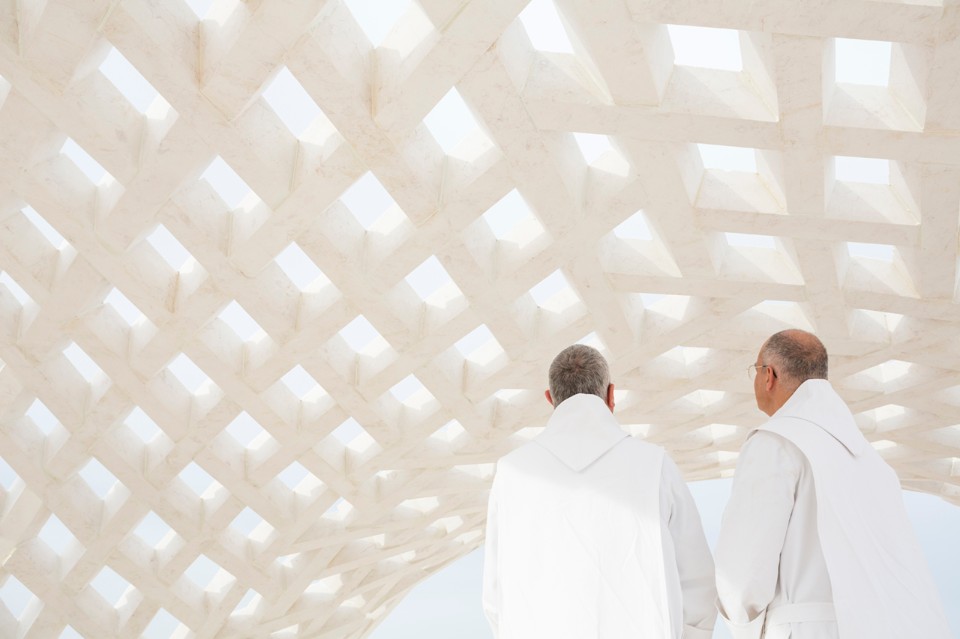As architects living and working in the occupied territories of the West Bank, stone forms the bedrock of the historic urban fabric that surrounds them, informing their sense of place and identity as Palestinians.
But thanks to an archaic building regulation, a curious hangover from the Ottoman Empire, stone is more than a matter of heritage. It is also their single greatest material constraint.
“The ruling states that at least 70 per cent of the envelope of a building should be covered in stone,” explains Yousef Anastas, who is currently completing a PhD in advanced stone construction techniques.
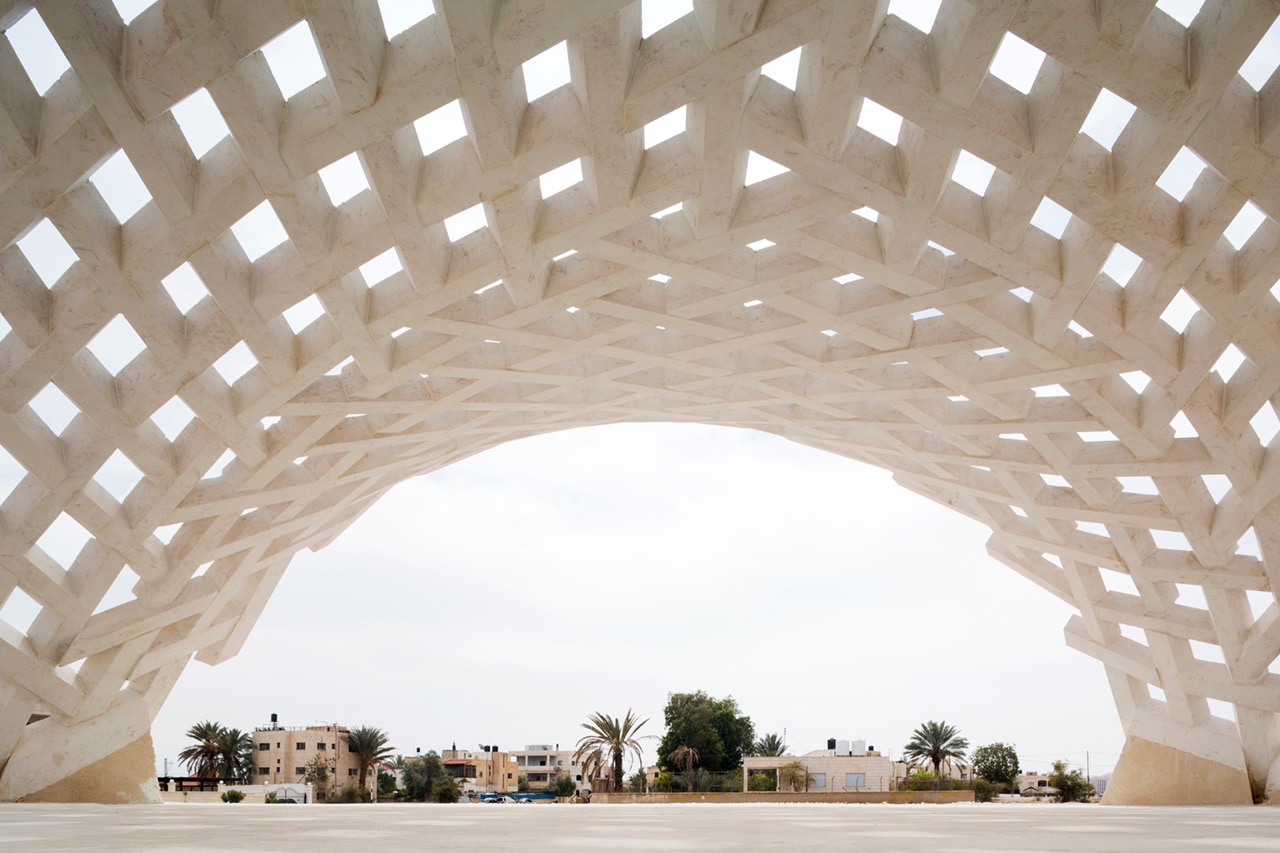
 View gallery
View gallery
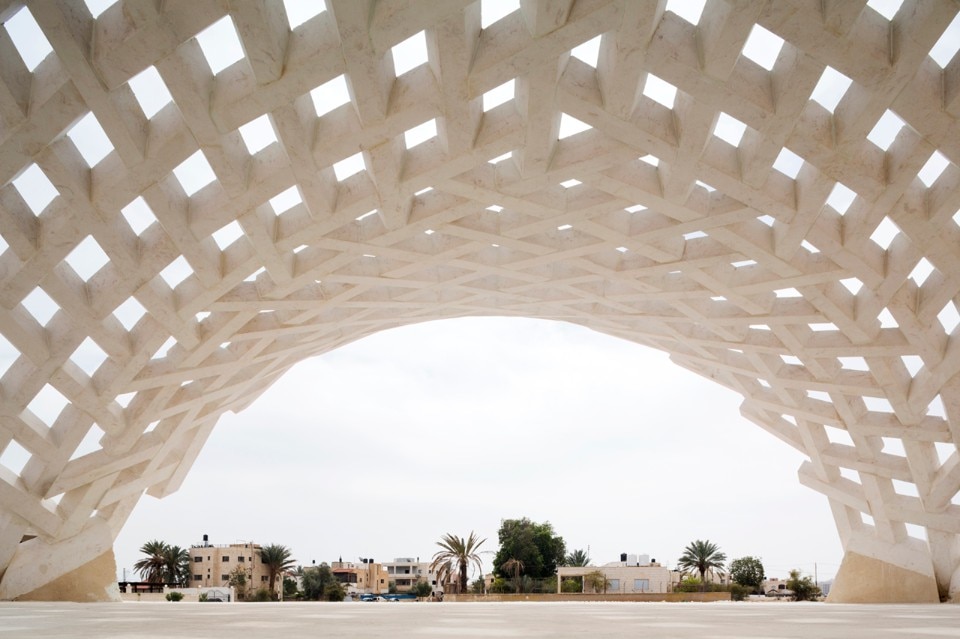
Stonematters
The research department of AAU ANASTAS "Scales" and the GSA Lab of ENSA Paris-Malaquais are examining the use of three-dimensional freeform stone in Palestine. The research aims to include stone stereotomy, stone cutting processes, construction processes in contemporary architecture. It is based on new computational and manufacturing simulation techniques to present a modern stone construction technique as part of a local and global architectural language. The results of the research will be used to build the residence of artists and writers of el-Atlal in Jericho. As such, Stonematters is the first module of the residence and the first constructed vault of our research.
AAU ANASTAS, Stonematters, Jericho, 2017
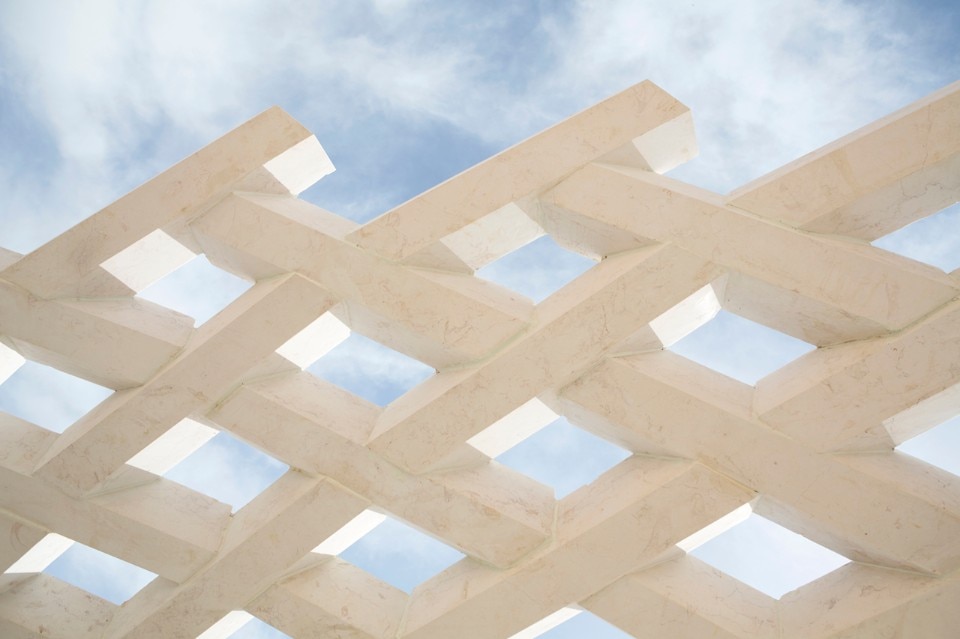
Stonematters
The research department of AAU ANASTAS "Scales" and the GSA Lab of ENSA Paris-Malaquais are examining the use of three-dimensional freeform stone in Palestine. The research aims to include stone stereotomy, stone cutting processes, construction processes in contemporary architecture. It is based on new computational and manufacturing simulation techniques to present a modern stone construction technique as part of a local and global architectural language. The results of the research will be used to build the residence of artists and writers of el-Atlal in Jericho. As such, Stonematters is the first module of the residence and the first constructed vault of our research.
AAU ANASTAS, Stonematters, Jericho, 2017
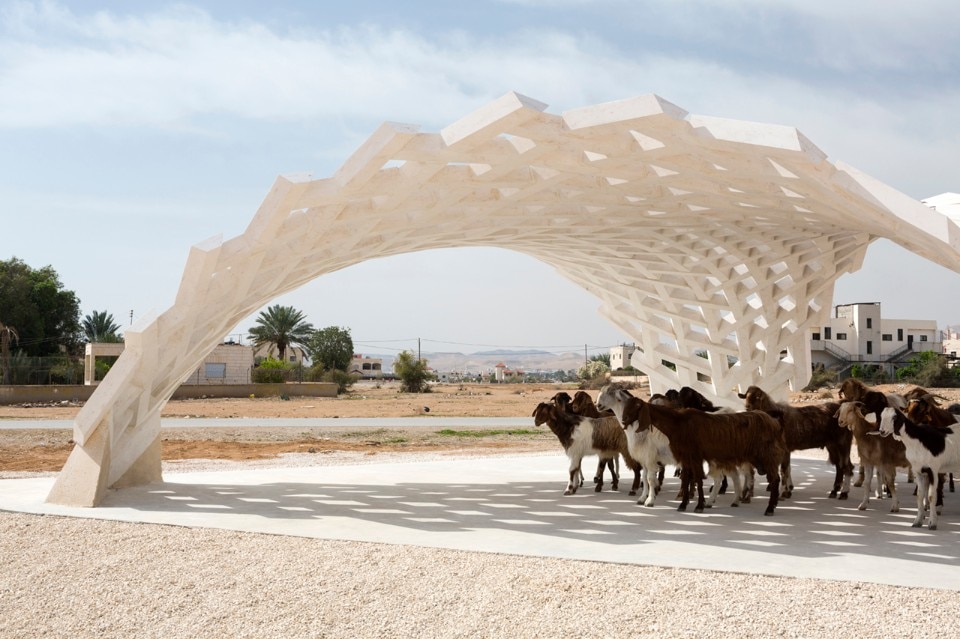
Stonematters
The research department of AAU ANASTAS "Scales" and the GSA Lab of ENSA Paris-Malaquais are examining the use of three-dimensional freeform stone in Palestine. The research aims to include stone stereotomy, stone cutting processes, construction processes in contemporary architecture. It is based on new computational and manufacturing simulation techniques to present a modern stone construction technique as part of a local and global architectural language. The results of the research will be used to build the residence of artists and writers of el-Atlal in Jericho. As such, Stonematters is the first module of the residence and the first constructed vault of our research.
AAU ANASTAS, Stonematters, Jericho, 2017
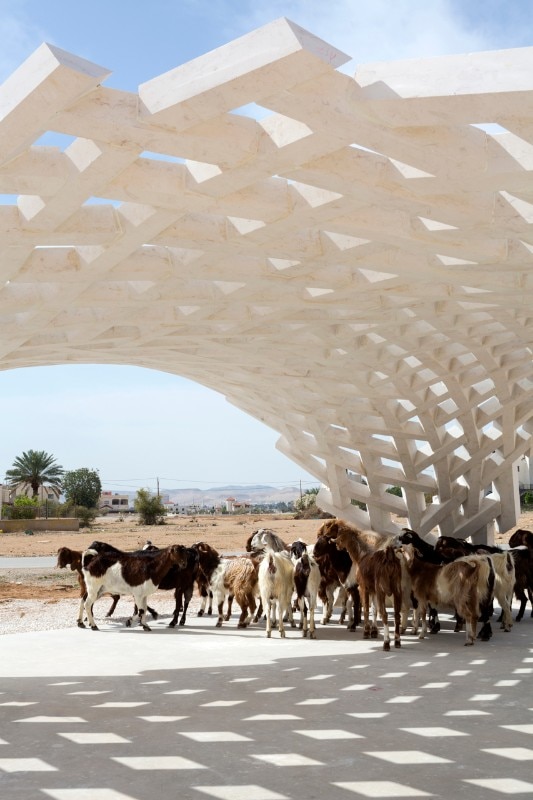
Stonematters
The research department of AAU ANASTAS "Scales" and the GSA Lab of ENSA Paris-Malaquais are examining the use of three-dimensional freeform stone in Palestine. The research aims to include stone stereotomy, stone cutting processes, construction processes in contemporary architecture. It is based on new computational and manufacturing simulation techniques to present a modern stone construction technique as part of a local and global architectural language. The results of the research will be used to build the residence of artists and writers of el-Atlal in Jericho. As such, Stonematters is the first module of the residence and the first constructed vault of our research.
AAU ANASTAS, Stonematters, Jericho, 2017
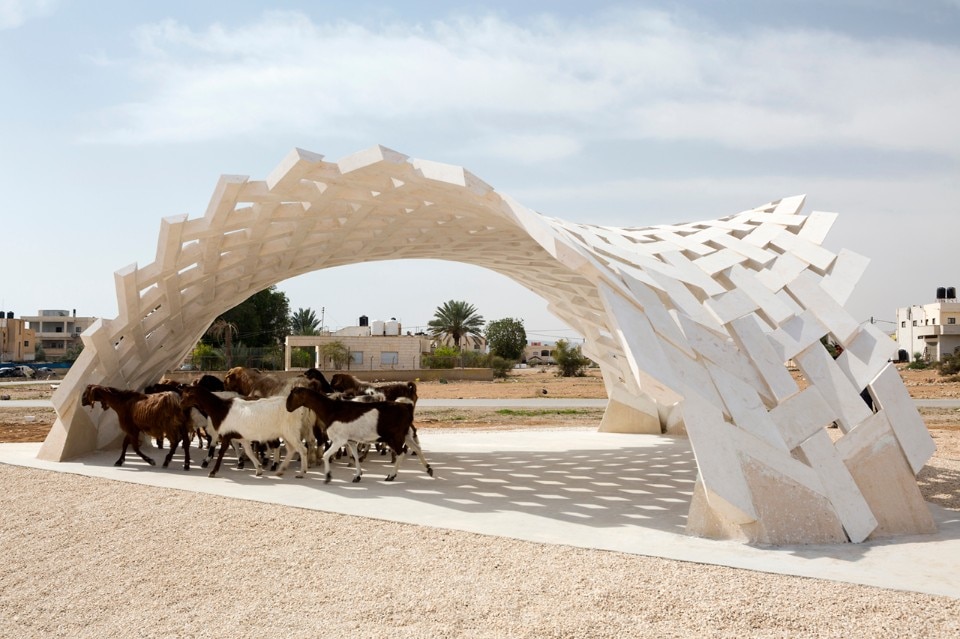
Stonematters
The research department of AAU ANASTAS "Scales" and the GSA Lab of ENSA Paris-Malaquais are examining the use of three-dimensional freeform stone in Palestine. The research aims to include stone stereotomy, stone cutting processes, construction processes in contemporary architecture. It is based on new computational and manufacturing simulation techniques to present a modern stone construction technique as part of a local and global architectural language. The results of the research will be used to build the residence of artists and writers of el-Atlal in Jericho. As such, Stonematters is the first module of the residence and the first constructed vault of our research.
AAU ANASTAS, Stonematters, Jericho, 2017
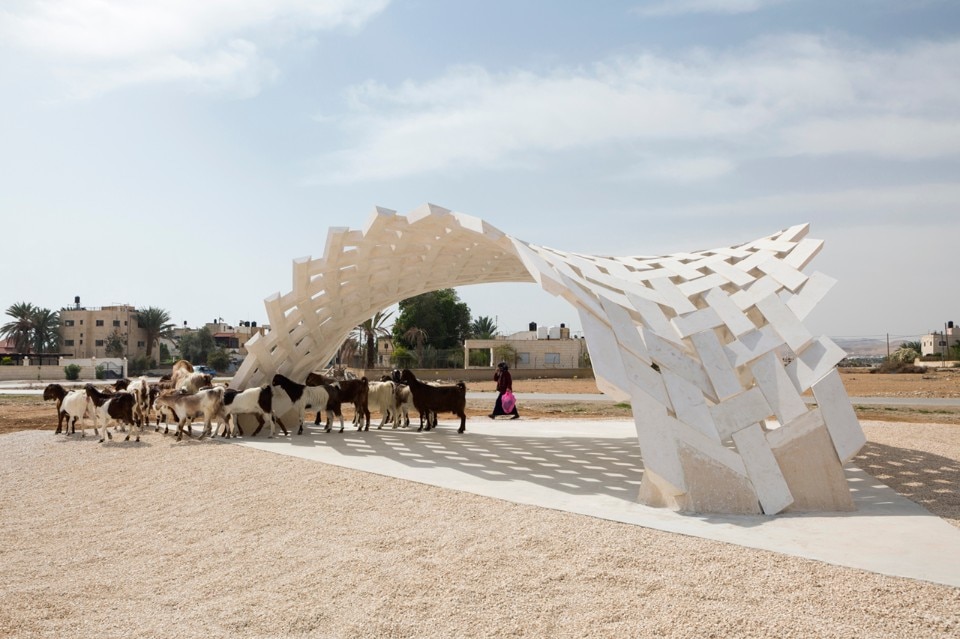
Stonematters
The research department of AAU ANASTAS "Scales" and the GSA Lab of ENSA Paris-Malaquais are examining the use of three-dimensional freeform stone in Palestine. The research aims to include stone stereotomy, stone cutting processes, construction processes in contemporary architecture. It is based on new computational and manufacturing simulation techniques to present a modern stone construction technique as part of a local and global architectural language. The results of the research will be used to build the residence of artists and writers of el-Atlal in Jericho. As such, Stonematters is the first module of the residence and the first constructed vault of our research.
AAU ANASTAS, Stonematters, Jericho, 2017
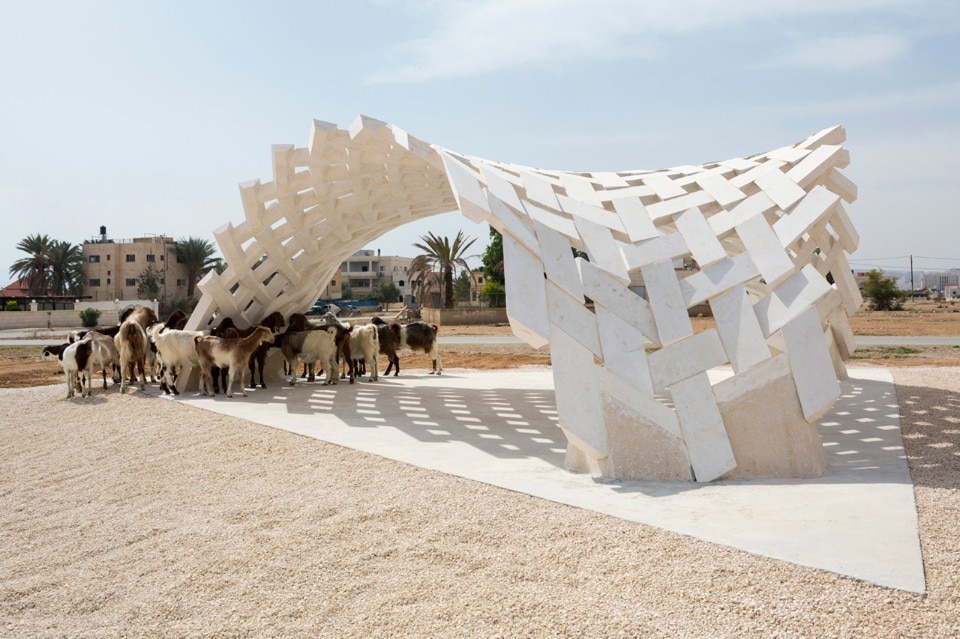
Stonematters
The research department of AAU ANASTAS "Scales" and the GSA Lab of ENSA Paris-Malaquais are examining the use of three-dimensional freeform stone in Palestine. The research aims to include stone stereotomy, stone cutting processes, construction processes in contemporary architecture. It is based on new computational and manufacturing simulation techniques to present a modern stone construction technique as part of a local and global architectural language. The results of the research will be used to build the residence of artists and writers of el-Atlal in Jericho. As such, Stonematters is the first module of the residence and the first constructed vault of our research.
AAU ANASTAS, Stonematters, Jericho, 2017
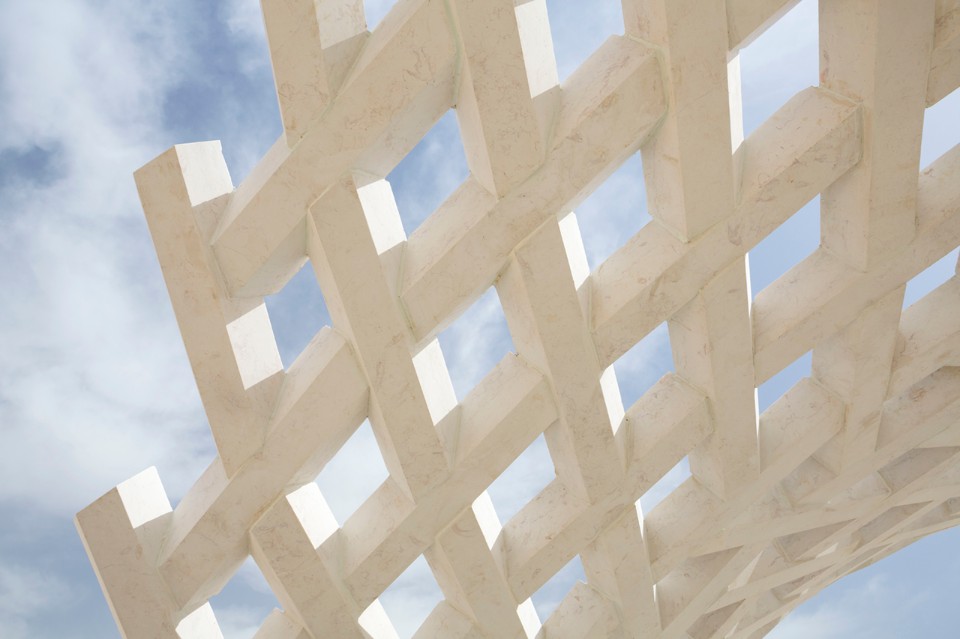
Stonematters
The research department of AAU ANASTAS "Scales" and the GSA Lab of ENSA Paris-Malaquais are examining the use of three-dimensional freeform stone in Palestine. The research aims to include stone stereotomy, stone cutting processes, construction processes in contemporary architecture. It is based on new computational and manufacturing simulation techniques to present a modern stone construction technique as part of a local and global architectural language. The results of the research will be used to build the residence of artists and writers of el-Atlal in Jericho. As such, Stonematters is the first module of the residence and the first constructed vault of our research.
AAU ANASTAS, Stonematters, Jericho, 2017
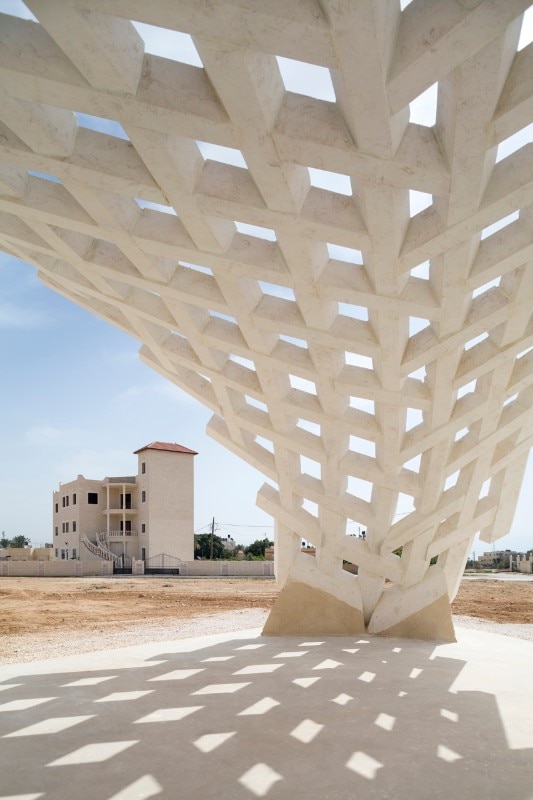
Stonematters
The research department of AAU ANASTAS "Scales" and the GSA Lab of ENSA Paris-Malaquais are examining the use of three-dimensional freeform stone in Palestine. The research aims to include stone stereotomy, stone cutting processes, construction processes in contemporary architecture. It is based on new computational and manufacturing simulation techniques to present a modern stone construction technique as part of a local and global architectural language. The results of the research will be used to build the residence of artists and writers of el-Atlal in Jericho. As such, Stonematters is the first module of the residence and the first constructed vault of our research.
AAU ANASTAS, Stonematters, Jericho, 2017
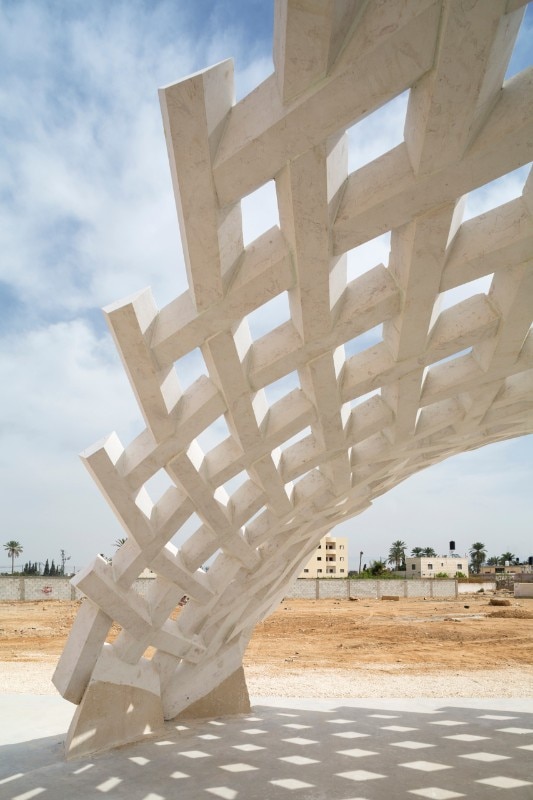
Stonematters
The research department of AAU ANASTAS "Scales" and the GSA Lab of ENSA Paris-Malaquais are examining the use of three-dimensional freeform stone in Palestine. The research aims to include stone stereotomy, stone cutting processes, construction processes in contemporary architecture. It is based on new computational and manufacturing simulation techniques to present a modern stone construction technique as part of a local and global architectural language. The results of the research will be used to build the residence of artists and writers of el-Atlal in Jericho. As such, Stonematters is the first module of the residence and the first constructed vault of our research.
AAU ANASTAS, Stonematters, Jericho, 2017
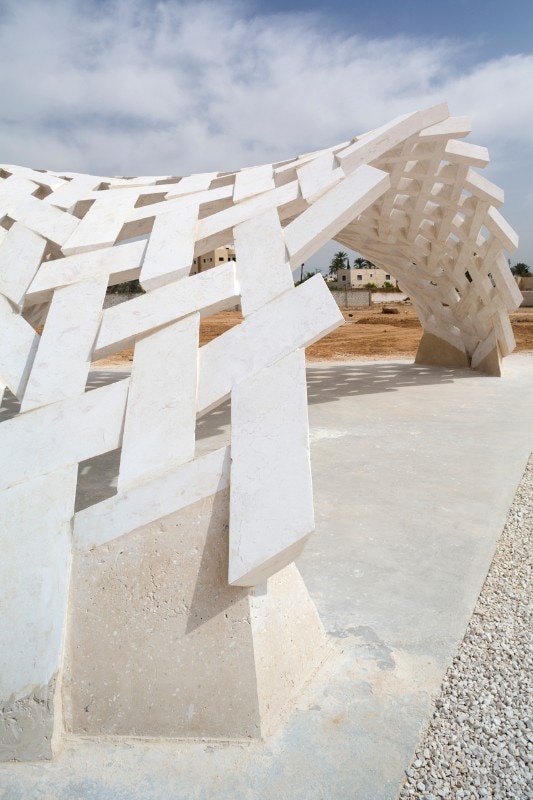
Stonematters
The research department of AAU ANASTAS "Scales" and the GSA Lab of ENSA Paris-Malaquais are examining the use of three-dimensional freeform stone in Palestine. The research aims to include stone stereotomy, stone cutting processes, construction processes in contemporary architecture. It is based on new computational and manufacturing simulation techniques to present a modern stone construction technique as part of a local and global architectural language. The results of the research will be used to build the residence of artists and writers of el-Atlal in Jericho. As such, Stonematters is the first module of the residence and the first constructed vault of our research.
AAU ANASTAS, Stonematters, Jericho, 2017
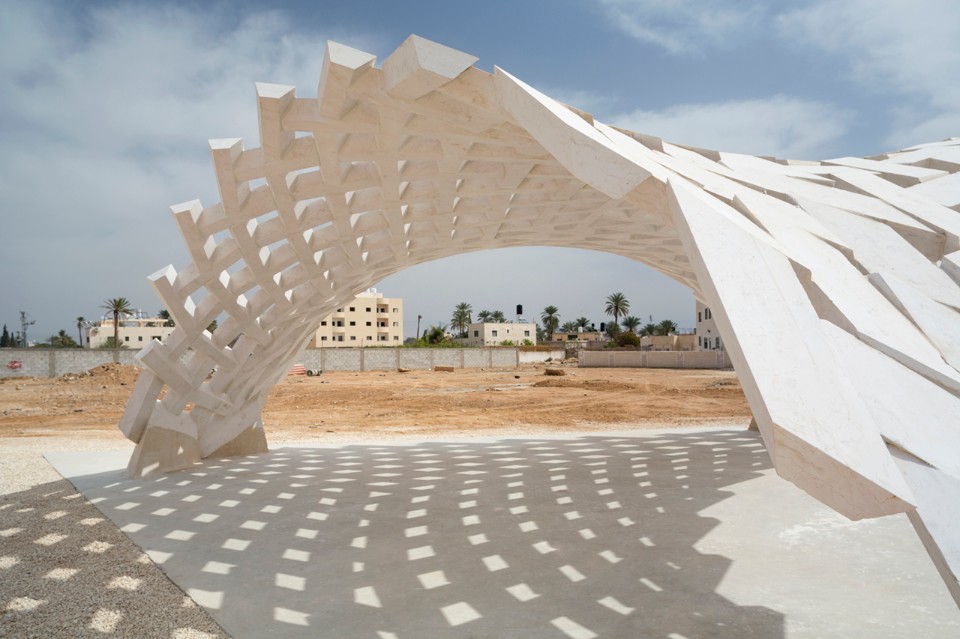
Stonematters
The research department of AAU ANASTAS "Scales" and the GSA Lab of ENSA Paris-Malaquais are examining the use of three-dimensional freeform stone in Palestine. The research aims to include stone stereotomy, stone cutting processes, construction processes in contemporary architecture. It is based on new computational and manufacturing simulation techniques to present a modern stone construction technique as part of a local and global architectural language. The results of the research will be used to build the residence of artists and writers of el-Atlal in Jericho. As such, Stonematters is the first module of the residence and the first constructed vault of our research.
AAU ANASTAS, Stonematters, Jericho, 2017
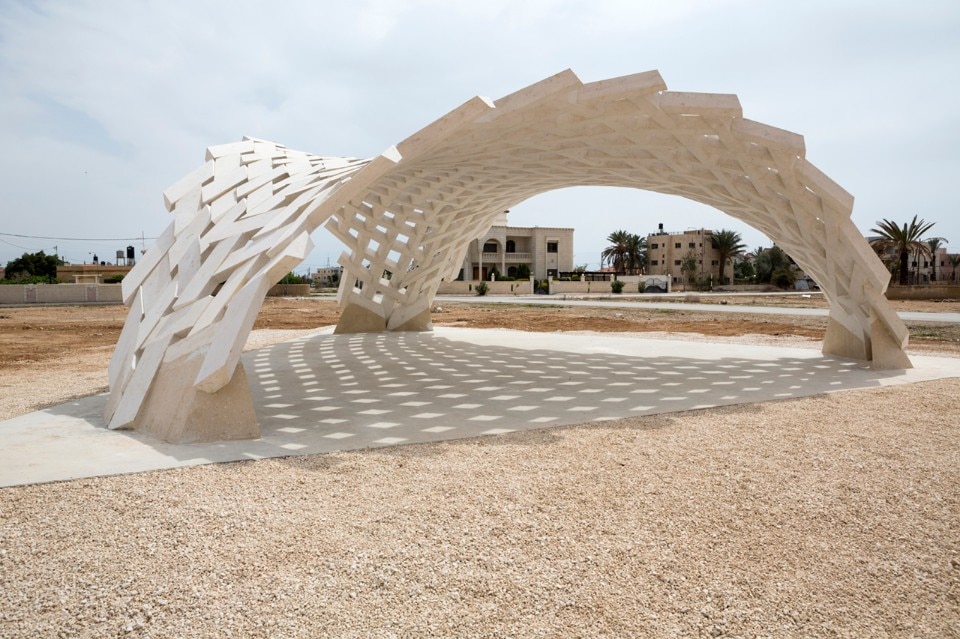
Stonematters
The research department of AAU ANASTAS "Scales" and the GSA Lab of ENSA Paris-Malaquais are examining the use of three-dimensional freeform stone in Palestine. The research aims to include stone stereotomy, stone cutting processes, construction processes in contemporary architecture. It is based on new computational and manufacturing simulation techniques to present a modern stone construction technique as part of a local and global architectural language. The results of the research will be used to build the residence of artists and writers of el-Atlal in Jericho. As such, Stonematters is the first module of the residence and the first constructed vault of our research.
AAU ANASTAS, Stonematters, Jericho, 2017
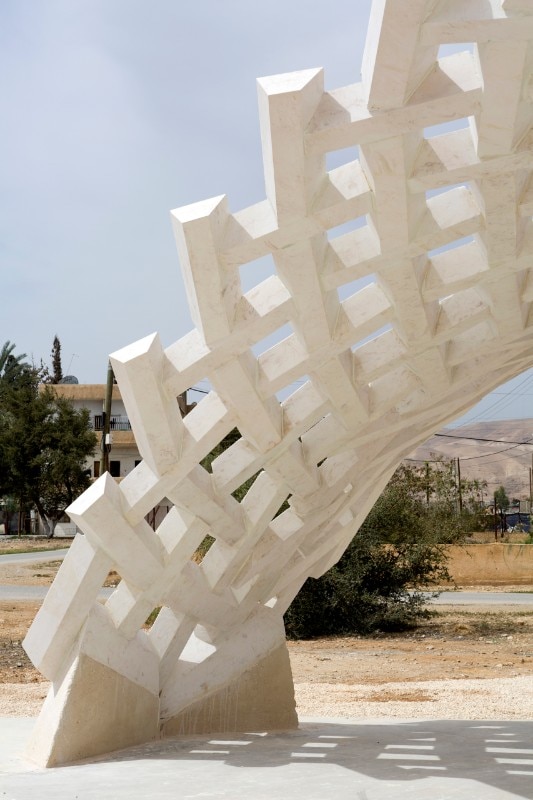
Stonematters
The research department of AAU ANASTAS "Scales" and the GSA Lab of ENSA Paris-Malaquais are examining the use of three-dimensional freeform stone in Palestine. The research aims to include stone stereotomy, stone cutting processes, construction processes in contemporary architecture. It is based on new computational and manufacturing simulation techniques to present a modern stone construction technique as part of a local and global architectural language. The results of the research will be used to build the residence of artists and writers of el-Atlal in Jericho. As such, Stonematters is the first module of the residence and the first constructed vault of our research.
AAU ANASTAS, Stonematters, Jericho, 2017
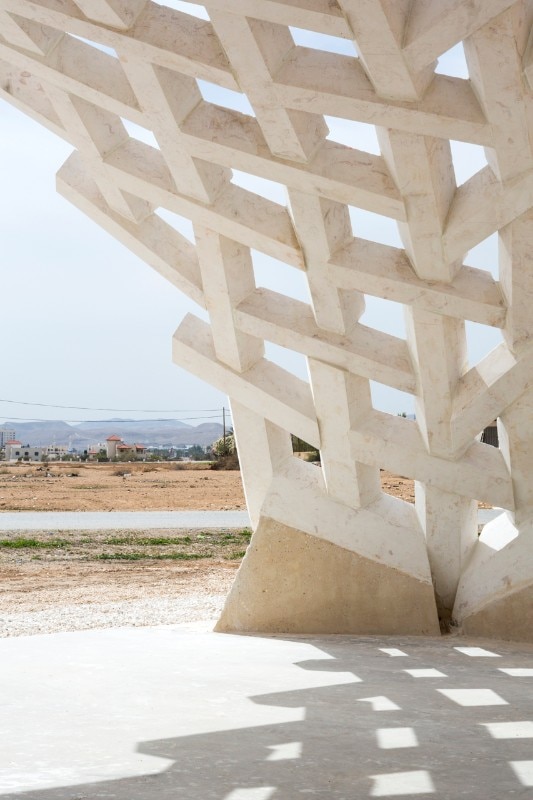
Stonematters
The research department of AAU ANASTAS "Scales" and the GSA Lab of ENSA Paris-Malaquais are examining the use of three-dimensional freeform stone in Palestine. The research aims to include stone stereotomy, stone cutting processes, construction processes in contemporary architecture. It is based on new computational and manufacturing simulation techniques to present a modern stone construction technique as part of a local and global architectural language. The results of the research will be used to build the residence of artists and writers of el-Atlal in Jericho. As such, Stonematters is the first module of the residence and the first constructed vault of our research.
AAU ANASTAS, Stonematters, Jericho, 2017
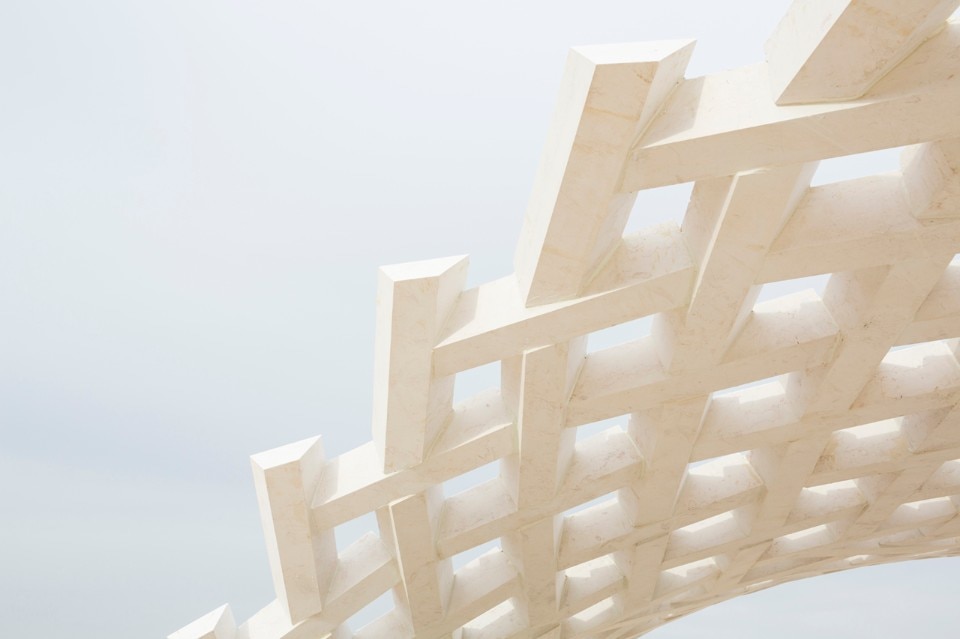
Stonematters
The research department of AAU ANASTAS "Scales" and the GSA Lab of ENSA Paris-Malaquais are examining the use of three-dimensional freeform stone in Palestine. The research aims to include stone stereotomy, stone cutting processes, construction processes in contemporary architecture. It is based on new computational and manufacturing simulation techniques to present a modern stone construction technique as part of a local and global architectural language. The results of the research will be used to build the residence of artists and writers of el-Atlal in Jericho. As such, Stonematters is the first module of the residence and the first constructed vault of our research.
AAU ANASTAS, Stonematters, Jericho, 2017
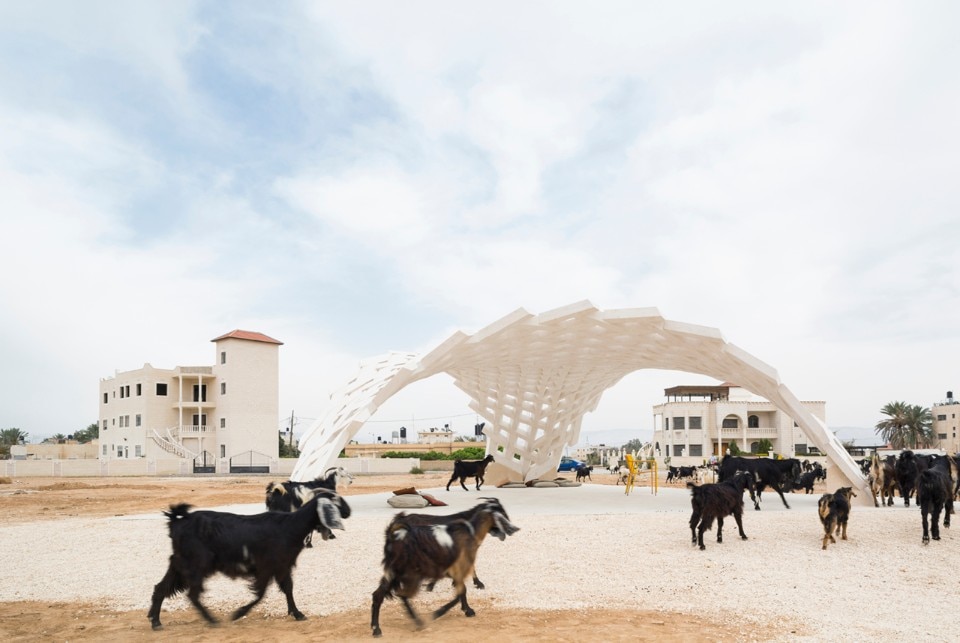
Stonematters
The research department of AAU ANASTAS "Scales" and the GSA Lab of ENSA Paris-Malaquais are examining the use of three-dimensional freeform stone in Palestine. The research aims to include stone stereotomy, stone cutting processes, construction processes in contemporary architecture. It is based on new computational and manufacturing simulation techniques to present a modern stone construction technique as part of a local and global architectural language. The results of the research will be used to build the residence of artists and writers of el-Atlal in Jericho. As such, Stonematters is the first module of the residence and the first constructed vault of our research.
AAU ANASTAS, Stonematters, Jericho, 2017
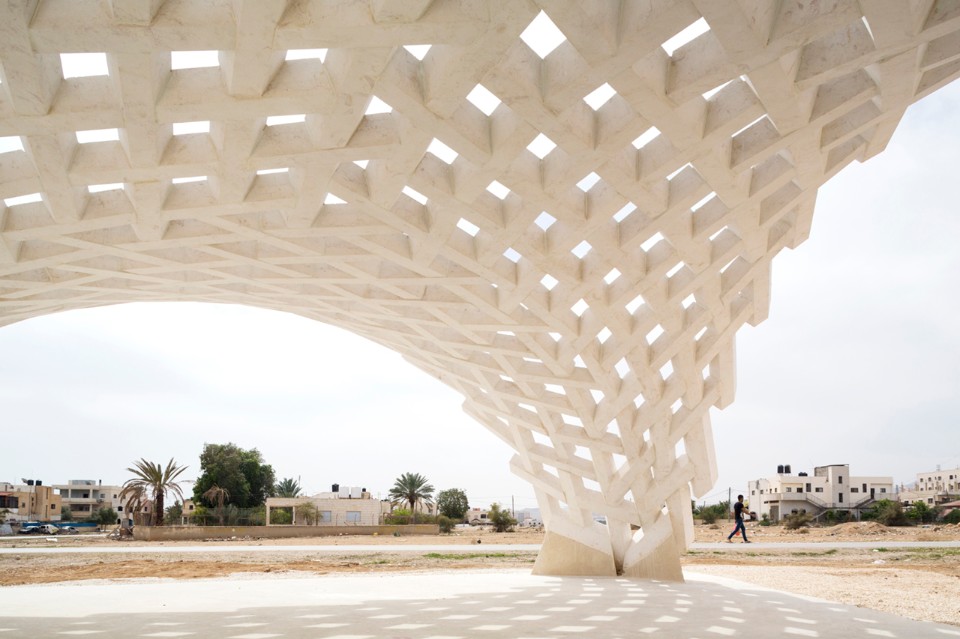
Stonematters
The research department of AAU ANASTAS "Scales" and the GSA Lab of ENSA Paris-Malaquais are examining the use of three-dimensional freeform stone in Palestine. The research aims to include stone stereotomy, stone cutting processes, construction processes in contemporary architecture. It is based on new computational and manufacturing simulation techniques to present a modern stone construction technique as part of a local and global architectural language. The results of the research will be used to build the residence of artists and writers of el-Atlal in Jericho. As such, Stonematters is the first module of the residence and the first constructed vault of our research.
AAU ANASTAS, Stonematters, Jericho, 2017
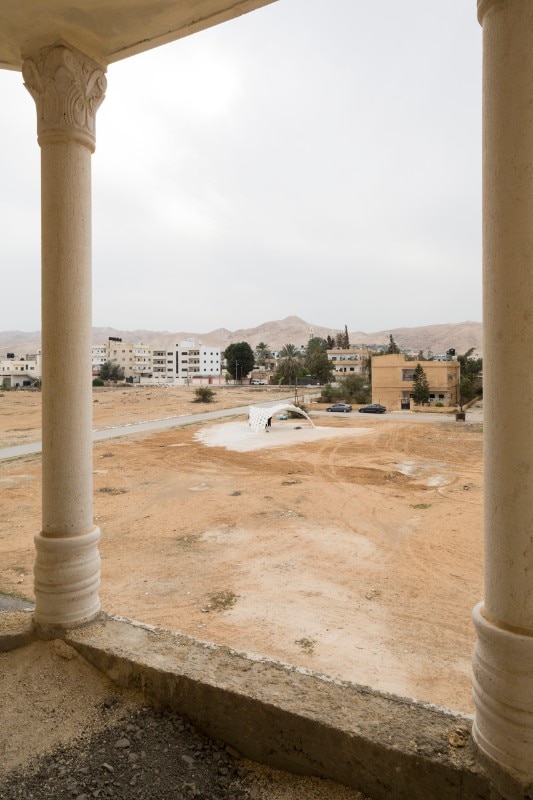
Stonematters
The research department of AAU ANASTAS "Scales" and the GSA Lab of ENSA Paris-Malaquais are examining the use of three-dimensional freeform stone in Palestine. The research aims to include stone stereotomy, stone cutting processes, construction processes in contemporary architecture. It is based on new computational and manufacturing simulation techniques to present a modern stone construction technique as part of a local and global architectural language. The results of the research will be used to build the residence of artists and writers of el-Atlal in Jericho. As such, Stonematters is the first module of the residence and the first constructed vault of our research.
AAU ANASTAS, Stonematters, Jericho, 2017
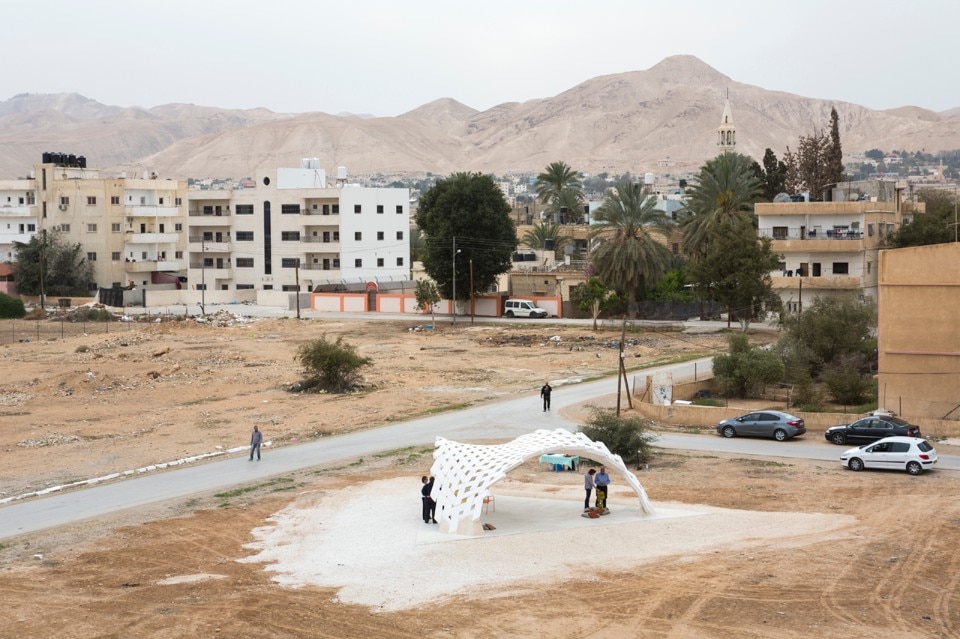
Stonematters
The research department of AAU ANASTAS "Scales" and the GSA Lab of ENSA Paris-Malaquais are examining the use of three-dimensional freeform stone in Palestine. The research aims to include stone stereotomy, stone cutting processes, construction processes in contemporary architecture. It is based on new computational and manufacturing simulation techniques to present a modern stone construction technique as part of a local and global architectural language. The results of the research will be used to build the residence of artists and writers of el-Atlal in Jericho. As such, Stonematters is the first module of the residence and the first constructed vault of our research.
AAU ANASTAS, Stonematters, Jericho, 2017
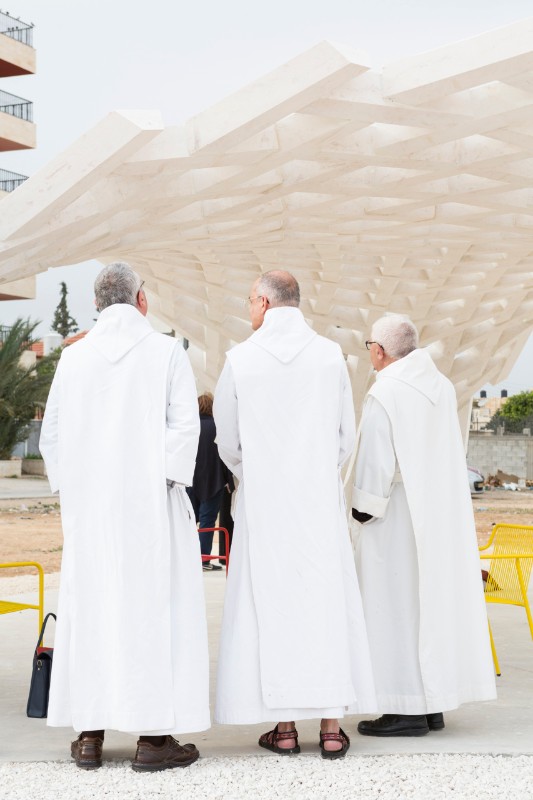
Stonematters
The research department of AAU ANASTAS "Scales" and the GSA Lab of ENSA Paris-Malaquais are examining the use of three-dimensional freeform stone in Palestine. The research aims to include stone stereotomy, stone cutting processes, construction processes in contemporary architecture. It is based on new computational and manufacturing simulation techniques to present a modern stone construction technique as part of a local and global architectural language. The results of the research will be used to build the residence of artists and writers of el-Atlal in Jericho. As such, Stonematters is the first module of the residence and the first constructed vault of our research.
AAU ANASTAS, Stonematters, Jericho, 2017
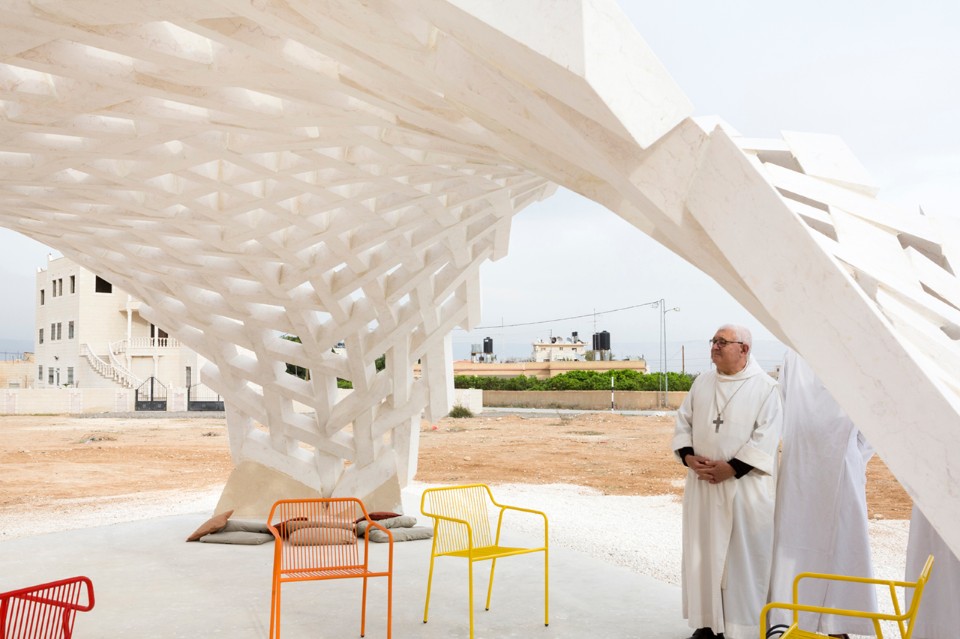
Stonematters
The research department of AAU ANASTAS "Scales" and the GSA Lab of ENSA Paris-Malaquais are examining the use of three-dimensional freeform stone in Palestine. The research aims to include stone stereotomy, stone cutting processes, construction processes in contemporary architecture. It is based on new computational and manufacturing simulation techniques to present a modern stone construction technique as part of a local and global architectural language. The results of the research will be used to build the residence of artists and writers of el-Atlal in Jericho. As such, Stonematters is the first module of the residence and the first constructed vault of our research.
AAU ANASTAS, Stonematters, Jericho, 2017
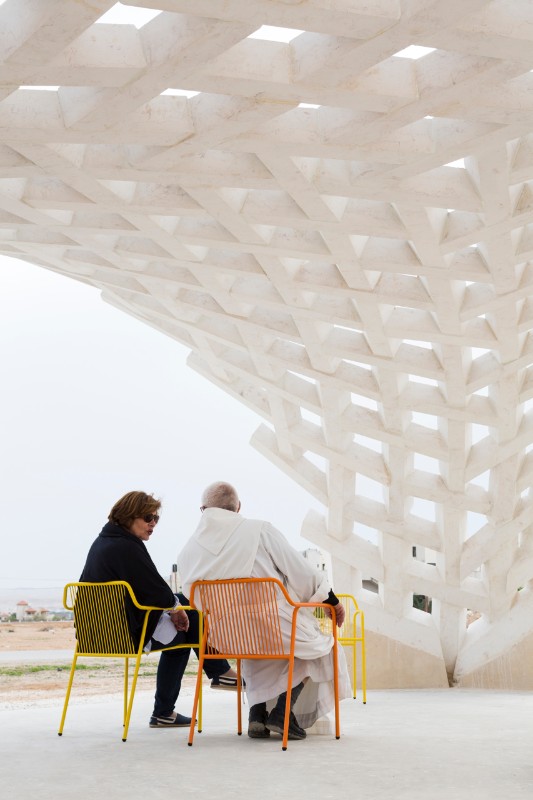
Stonematters
The research department of AAU ANASTAS "Scales" and the GSA Lab of ENSA Paris-Malaquais are examining the use of three-dimensional freeform stone in Palestine. The research aims to include stone stereotomy, stone cutting processes, construction processes in contemporary architecture. It is based on new computational and manufacturing simulation techniques to present a modern stone construction technique as part of a local and global architectural language. The results of the research will be used to build the residence of artists and writers of el-Atlal in Jericho. As such, Stonematters is the first module of the residence and the first constructed vault of our research.
AAU ANASTAS, Stonematters, Jericho, 2017
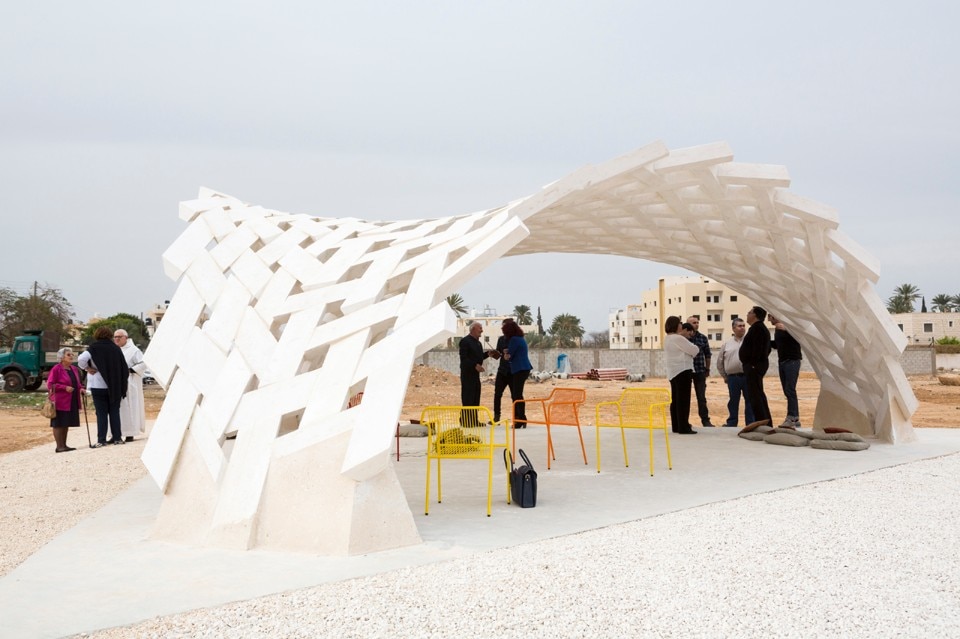
Stonematters
The research department of AAU ANASTAS "Scales" and the GSA Lab of ENSA Paris-Malaquais are examining the use of three-dimensional freeform stone in Palestine. The research aims to include stone stereotomy, stone cutting processes, construction processes in contemporary architecture. It is based on new computational and manufacturing simulation techniques to present a modern stone construction technique as part of a local and global architectural language. The results of the research will be used to build the residence of artists and writers of el-Atlal in Jericho. As such, Stonematters is the first module of the residence and the first constructed vault of our research.
AAU ANASTAS, Stonematters, Jericho, 2017
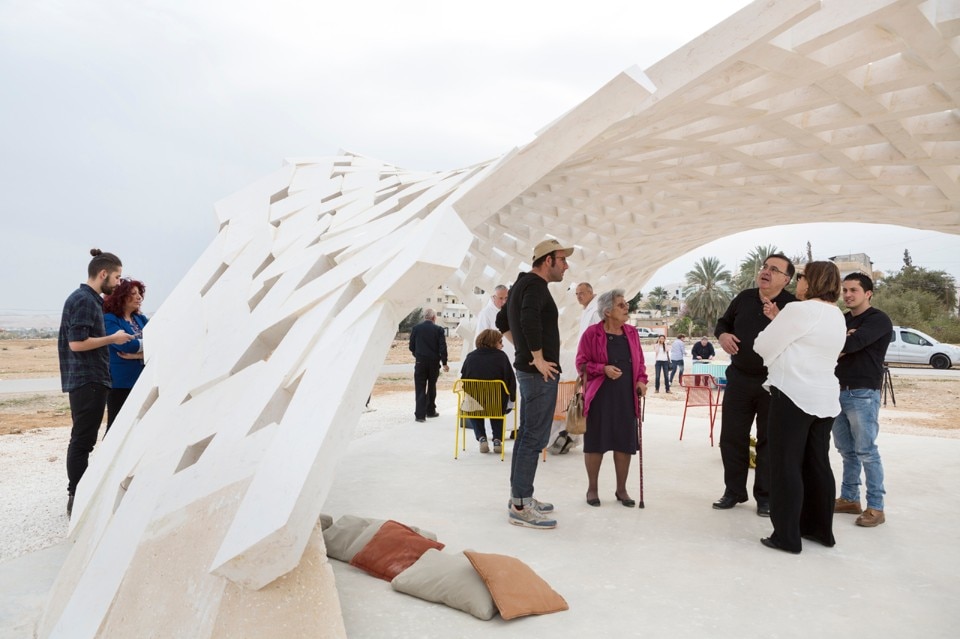
Stonematters
The research department of AAU ANASTAS "Scales" and the GSA Lab of ENSA Paris-Malaquais are examining the use of three-dimensional freeform stone in Palestine. The research aims to include stone stereotomy, stone cutting processes, construction processes in contemporary architecture. It is based on new computational and manufacturing simulation techniques to present a modern stone construction technique as part of a local and global architectural language. The results of the research will be used to build the residence of artists and writers of el-Atlal in Jericho. As such, Stonematters is the first module of the residence and the first constructed vault of our research.
AAU ANASTAS, Stonematters, Jericho, 2017
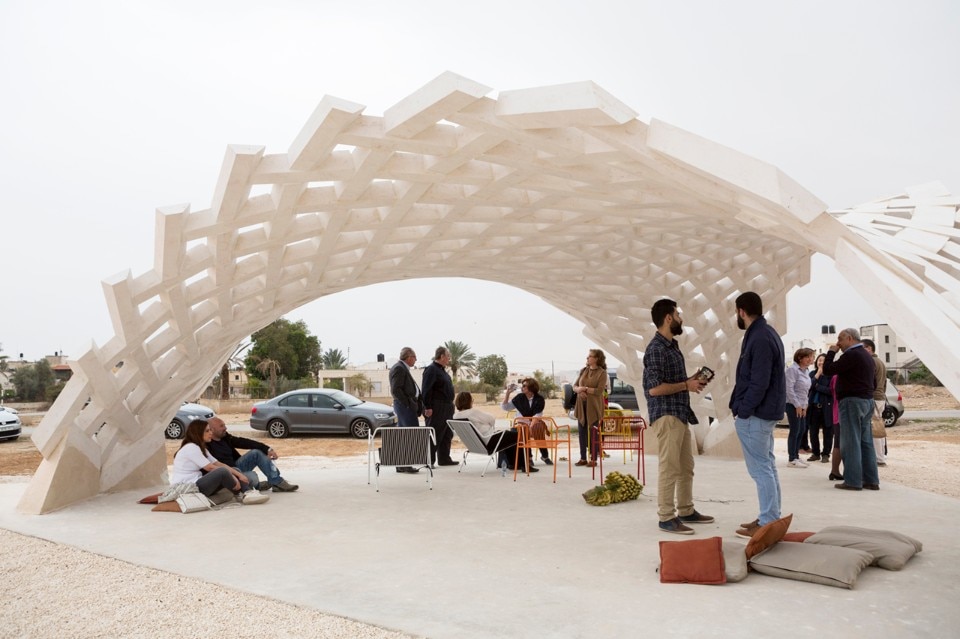
Stonematters
The research department of AAU ANASTAS "Scales" and the GSA Lab of ENSA Paris-Malaquais are examining the use of three-dimensional freeform stone in Palestine. The research aims to include stone stereotomy, stone cutting processes, construction processes in contemporary architecture. It is based on new computational and manufacturing simulation techniques to present a modern stone construction technique as part of a local and global architectural language. The results of the research will be used to build the residence of artists and writers of el-Atlal in Jericho. As such, Stonematters is the first module of the residence and the first constructed vault of our research.
AAU ANASTAS, Stonematters, Jericho, 2017
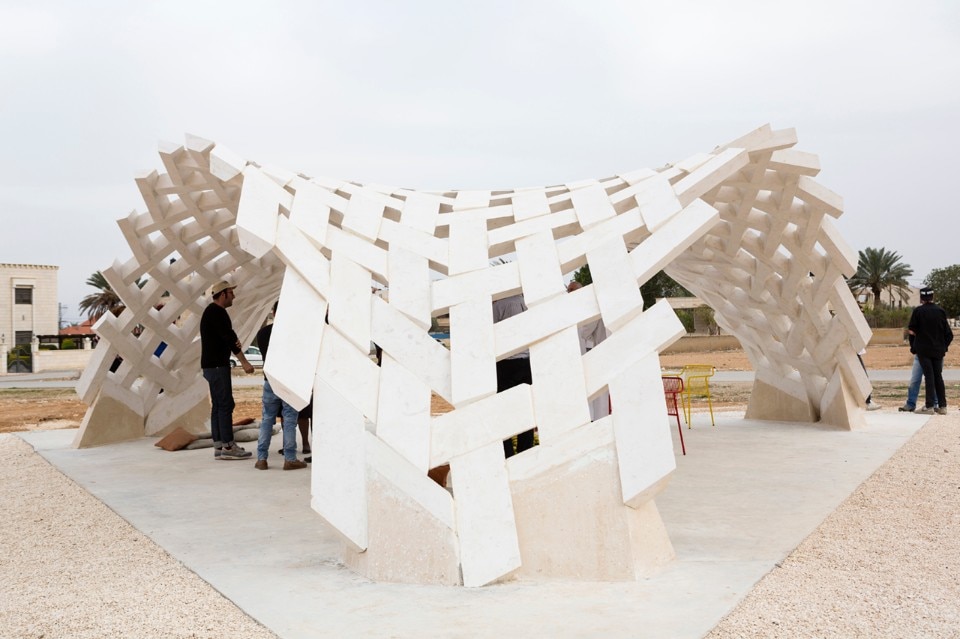
Stonematters
The research department of AAU ANASTAS "Scales" and the GSA Lab of ENSA Paris-Malaquais are examining the use of three-dimensional freeform stone in Palestine. The research aims to include stone stereotomy, stone cutting processes, construction processes in contemporary architecture. It is based on new computational and manufacturing simulation techniques to present a modern stone construction technique as part of a local and global architectural language. The results of the research will be used to build the residence of artists and writers of el-Atlal in Jericho. As such, Stonematters is the first module of the residence and the first constructed vault of our research.
AAU ANASTAS, Stonematters, Jericho, 2017
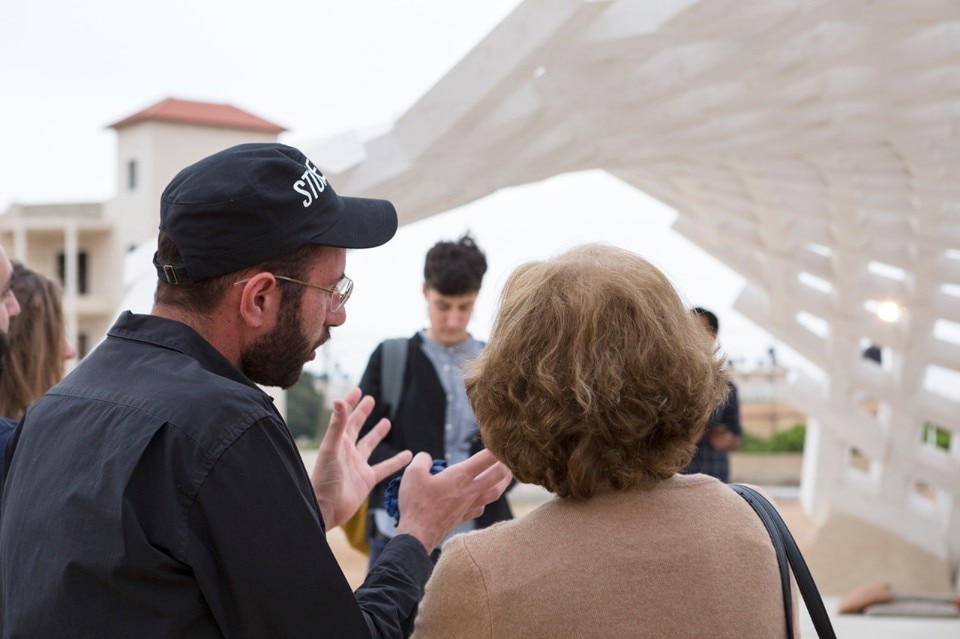
Stonematters
The research department of AAU ANASTAS "Scales" and the GSA Lab of ENSA Paris-Malaquais are examining the use of three-dimensional freeform stone in Palestine. The research aims to include stone stereotomy, stone cutting processes, construction processes in contemporary architecture. It is based on new computational and manufacturing simulation techniques to present a modern stone construction technique as part of a local and global architectural language. The results of the research will be used to build the residence of artists and writers of el-Atlal in Jericho. As such, Stonematters is the first module of the residence and the first constructed vault of our research.
AAU ANASTAS, Stonematters, Jericho, 2017
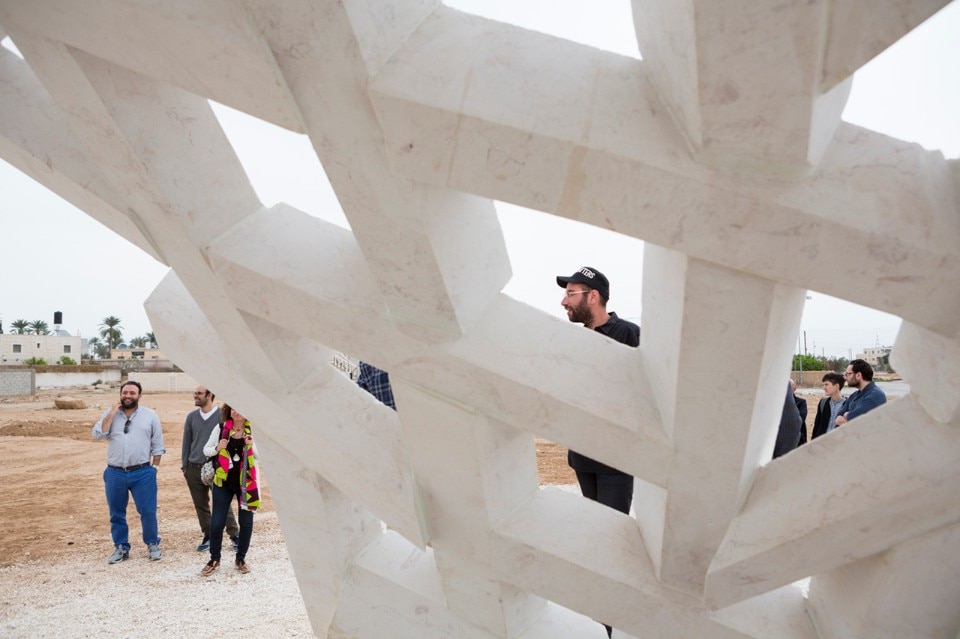
Stonematters
The research department of AAU ANASTAS "Scales" and the GSA Lab of ENSA Paris-Malaquais are examining the use of three-dimensional freeform stone in Palestine. The research aims to include stone stereotomy, stone cutting processes, construction processes in contemporary architecture. It is based on new computational and manufacturing simulation techniques to present a modern stone construction technique as part of a local and global architectural language. The results of the research will be used to build the residence of artists and writers of el-Atlal in Jericho. As such, Stonematters is the first module of the residence and the first constructed vault of our research.
AAU ANASTAS, Stonematters, Jericho, 2017
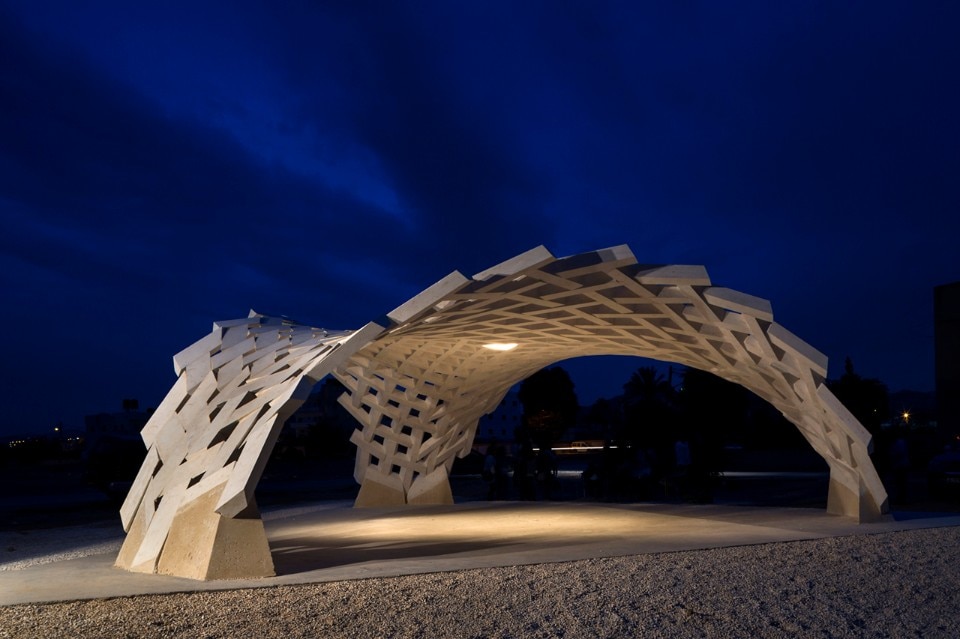
Stonematters
The research department of AAU ANASTAS "Scales" and the GSA Lab of ENSA Paris-Malaquais are examining the use of three-dimensional freeform stone in Palestine. The research aims to include stone stereotomy, stone cutting processes, construction processes in contemporary architecture. It is based on new computational and manufacturing simulation techniques to present a modern stone construction technique as part of a local and global architectural language. The results of the research will be used to build the residence of artists and writers of el-Atlal in Jericho. As such, Stonematters is the first module of the residence and the first constructed vault of our research.
AAU ANASTAS, Stonematters, Jericho, 2017
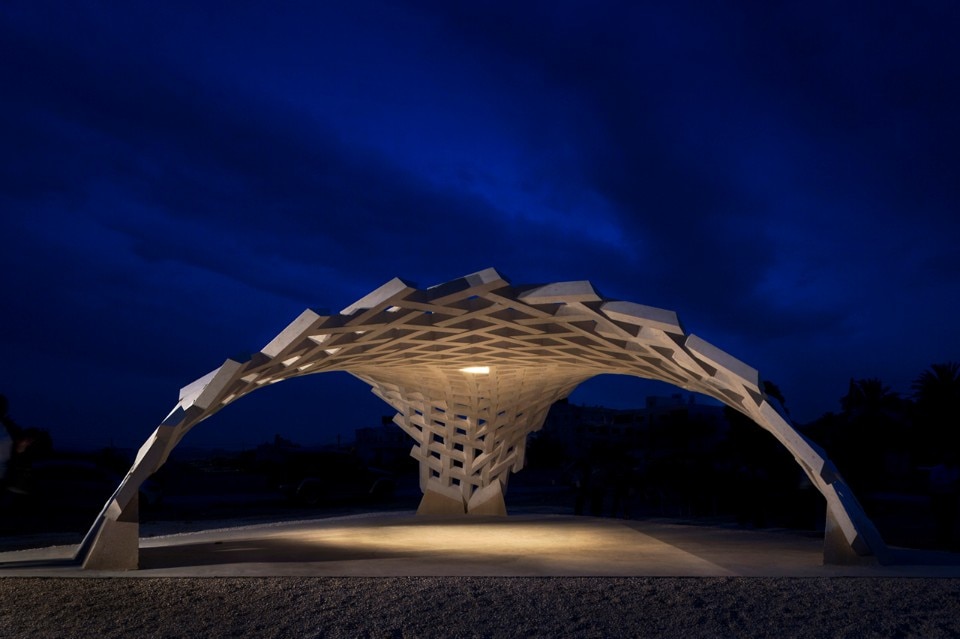
Stonematters
The research department of AAU ANASTAS "Scales" and the GSA Lab of ENSA Paris-Malaquais are examining the use of three-dimensional freeform stone in Palestine. The research aims to include stone stereotomy, stone cutting processes, construction processes in contemporary architecture. It is based on new computational and manufacturing simulation techniques to present a modern stone construction technique as part of a local and global architectural language. The results of the research will be used to build the residence of artists and writers of el-Atlal in Jericho. As such, Stonematters is the first module of the residence and the first constructed vault of our research.
AAU ANASTAS, Stonematters, Jericho, 2017
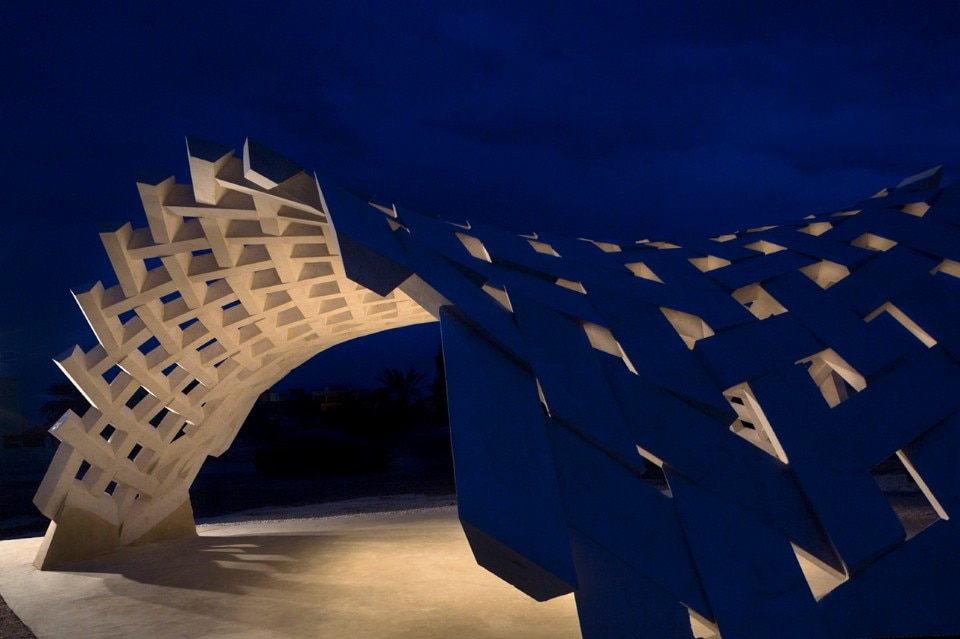
Stonematters
The research department of AAU ANASTAS "Scales" and the GSA Lab of ENSA Paris-Malaquais are examining the use of three-dimensional freeform stone in Palestine. The research aims to include stone stereotomy, stone cutting processes, construction processes in contemporary architecture. It is based on new computational and manufacturing simulation techniques to present a modern stone construction technique as part of a local and global architectural language. The results of the research will be used to build the residence of artists and writers of el-Atlal in Jericho. As such, Stonematters is the first module of the residence and the first constructed vault of our research.
AAU ANASTAS, Stonematters, Jericho, 2017
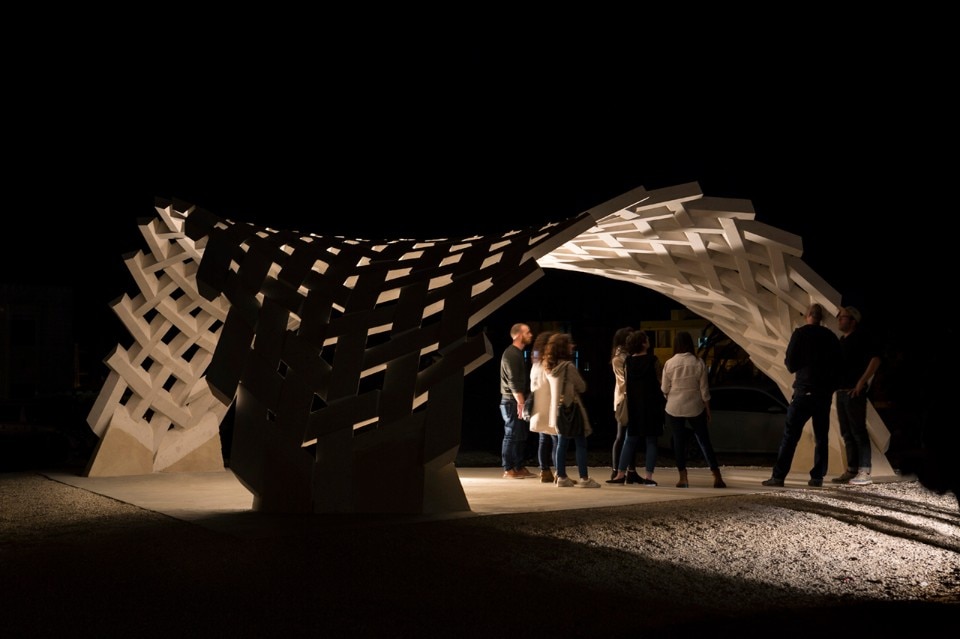
Stonematters
The research department of AAU ANASTAS "Scales" and the GSA Lab of ENSA Paris-Malaquais are examining the use of three-dimensional freeform stone in Palestine. The research aims to include stone stereotomy, stone cutting processes, construction processes in contemporary architecture. It is based on new computational and manufacturing simulation techniques to present a modern stone construction technique as part of a local and global architectural language. The results of the research will be used to build the residence of artists and writers of el-Atlal in Jericho. As such, Stonematters is the first module of the residence and the first constructed vault of our research.
AAU ANASTAS, Stonematters, Jericho, 2017
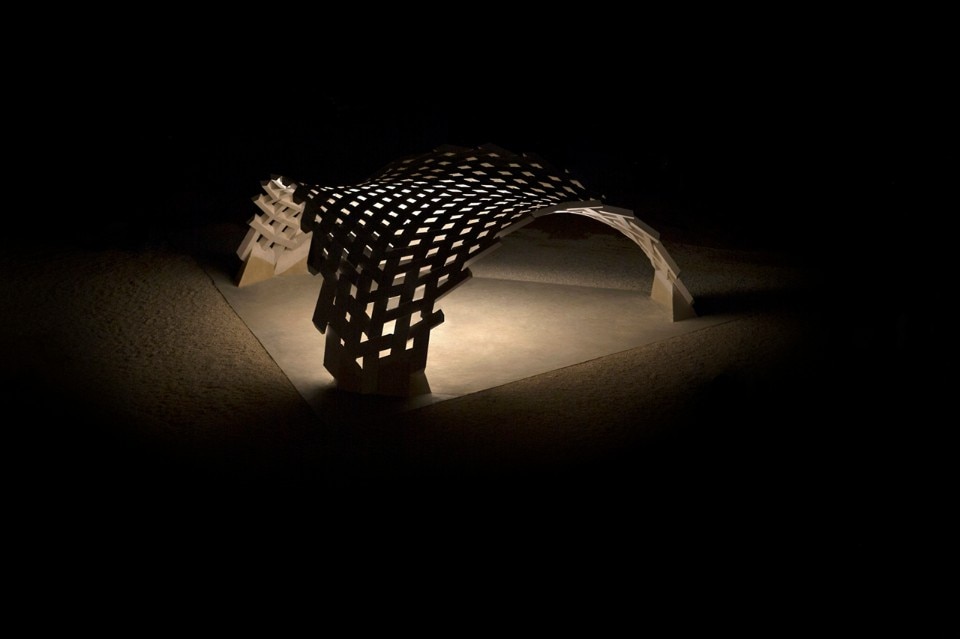
Stonematters
The research department of AAU ANASTAS "Scales" and the GSA Lab of ENSA Paris-Malaquais are examining the use of three-dimensional freeform stone in Palestine. The research aims to include stone stereotomy, stone cutting processes, construction processes in contemporary architecture. It is based on new computational and manufacturing simulation techniques to present a modern stone construction technique as part of a local and global architectural language. The results of the research will be used to build the residence of artists and writers of el-Atlal in Jericho. As such, Stonematters is the first module of the residence and the first constructed vault of our research.
AAU ANASTAS, Stonematters, Jericho, 2017
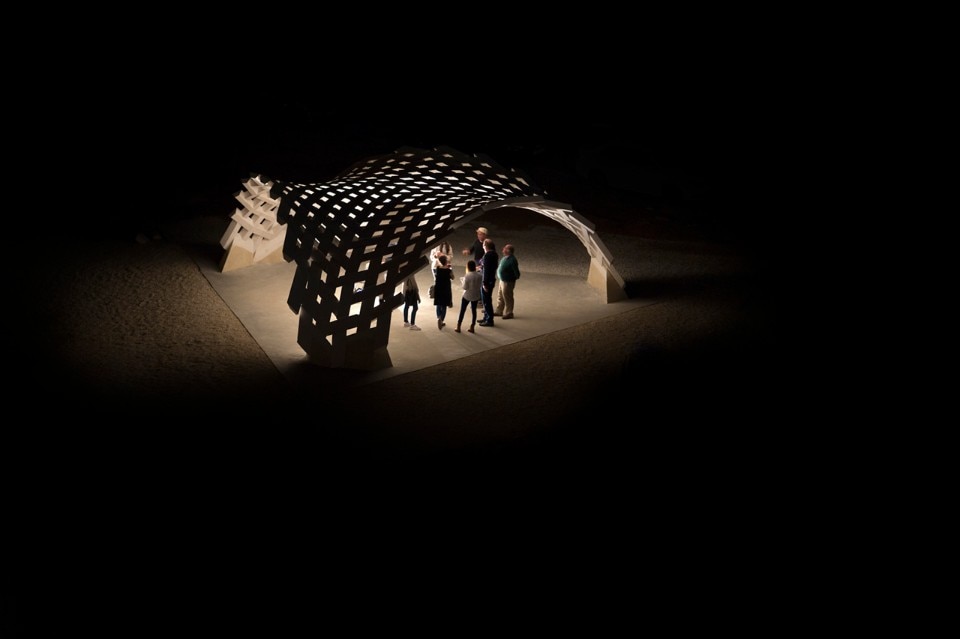
Stonematters
The research department of AAU ANASTAS "Scales" and the GSA Lab of ENSA Paris-Malaquais are examining the use of three-dimensional freeform stone in Palestine. The research aims to include stone stereotomy, stone cutting processes, construction processes in contemporary architecture. It is based on new computational and manufacturing simulation techniques to present a modern stone construction technique as part of a local and global architectural language. The results of the research will be used to build the residence of artists and writers of el-Atlal in Jericho. As such, Stonematters is the first module of the residence and the first constructed vault of our research.
AAU ANASTAS, Stonematters, Jericho, 2017
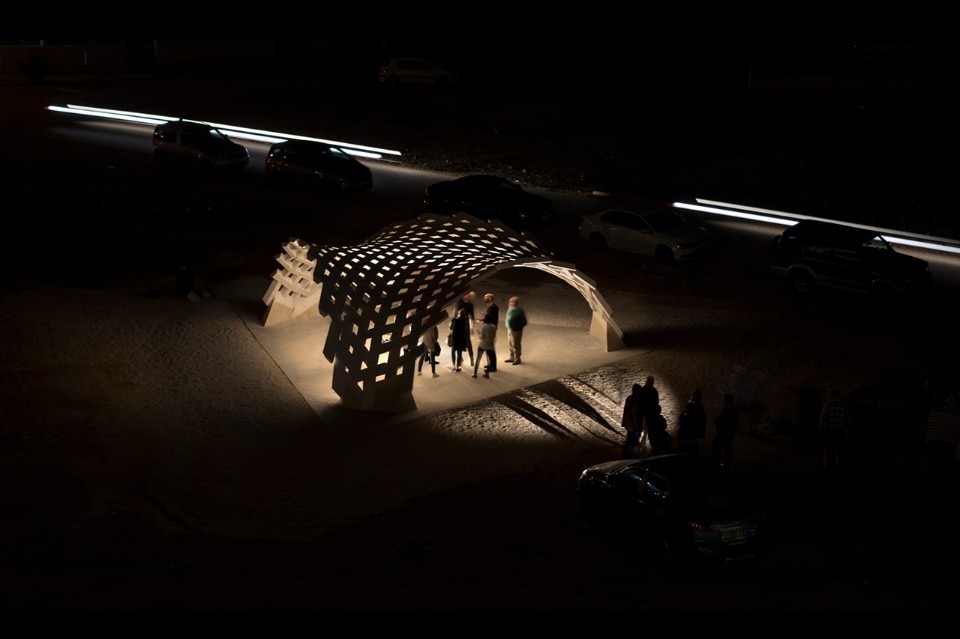
Stonematters
The research department of AAU ANASTAS "Scales" and the GSA Lab of ENSA Paris-Malaquais are examining the use of three-dimensional freeform stone in Palestine. The research aims to include stone stereotomy, stone cutting processes, construction processes in contemporary architecture. It is based on new computational and manufacturing simulation techniques to present a modern stone construction technique as part of a local and global architectural language. The results of the research will be used to build the residence of artists and writers of el-Atlal in Jericho. As such, Stonematters is the first module of the residence and the first constructed vault of our research.
AAU ANASTAS, Stonematters, Jericho, 2017

Stonematters
The research department of AAU ANASTAS "Scales" and the GSA Lab of ENSA Paris-Malaquais are examining the use of three-dimensional freeform stone in Palestine. The research aims to include stone stereotomy, stone cutting processes, construction processes in contemporary architecture. It is based on new computational and manufacturing simulation techniques to present a modern stone construction technique as part of a local and global architectural language. The results of the research will be used to build the residence of artists and writers of el-Atlal in Jericho. As such, Stonematters is the first module of the residence and the first constructed vault of our research.
AAU ANASTAS, Stonematters, Jericho, 2017

Stonematters
The research department of AAU ANASTAS "Scales" and the GSA Lab of ENSA Paris-Malaquais are examining the use of three-dimensional freeform stone in Palestine. The research aims to include stone stereotomy, stone cutting processes, construction processes in contemporary architecture. It is based on new computational and manufacturing simulation techniques to present a modern stone construction technique as part of a local and global architectural language. The results of the research will be used to build the residence of artists and writers of el-Atlal in Jericho. As such, Stonematters is the first module of the residence and the first constructed vault of our research.
AAU ANASTAS, Stonematters, Jericho, 2017

Stonematters
The research department of AAU ANASTAS "Scales" and the GSA Lab of ENSA Paris-Malaquais are examining the use of three-dimensional freeform stone in Palestine. The research aims to include stone stereotomy, stone cutting processes, construction processes in contemporary architecture. It is based on new computational and manufacturing simulation techniques to present a modern stone construction technique as part of a local and global architectural language. The results of the research will be used to build the residence of artists and writers of el-Atlal in Jericho. As such, Stonematters is the first module of the residence and the first constructed vault of our research.
AAU ANASTAS, Stonematters, Jericho, 2017

Stonematters
The research department of AAU ANASTAS "Scales" and the GSA Lab of ENSA Paris-Malaquais are examining the use of three-dimensional freeform stone in Palestine. The research aims to include stone stereotomy, stone cutting processes, construction processes in contemporary architecture. It is based on new computational and manufacturing simulation techniques to present a modern stone construction technique as part of a local and global architectural language. The results of the research will be used to build the residence of artists and writers of el-Atlal in Jericho. As such, Stonematters is the first module of the residence and the first constructed vault of our research.
AAU ANASTAS, Stonematters, Jericho, 2017

Stonematters
The research department of AAU ANASTAS "Scales" and the GSA Lab of ENSA Paris-Malaquais are examining the use of three-dimensional freeform stone in Palestine. The research aims to include stone stereotomy, stone cutting processes, construction processes in contemporary architecture. It is based on new computational and manufacturing simulation techniques to present a modern stone construction technique as part of a local and global architectural language. The results of the research will be used to build the residence of artists and writers of el-Atlal in Jericho. As such, Stonematters is the first module of the residence and the first constructed vault of our research.
AAU ANASTAS, Stonematters, Jericho, 2017

Stonematters
The research department of AAU ANASTAS "Scales" and the GSA Lab of ENSA Paris-Malaquais are examining the use of three-dimensional freeform stone in Palestine. The research aims to include stone stereotomy, stone cutting processes, construction processes in contemporary architecture. It is based on new computational and manufacturing simulation techniques to present a modern stone construction technique as part of a local and global architectural language. The results of the research will be used to build the residence of artists and writers of el-Atlal in Jericho. As such, Stonematters is the first module of the residence and the first constructed vault of our research.
AAU ANASTAS, Stonematters, Jericho, 2017

Stonematters
The research department of AAU ANASTAS "Scales" and the GSA Lab of ENSA Paris-Malaquais are examining the use of three-dimensional freeform stone in Palestine. The research aims to include stone stereotomy, stone cutting processes, construction processes in contemporary architecture. It is based on new computational and manufacturing simulation techniques to present a modern stone construction technique as part of a local and global architectural language. The results of the research will be used to build the residence of artists and writers of el-Atlal in Jericho. As such, Stonematters is the first module of the residence and the first constructed vault of our research.
AAU ANASTAS, Stonematters, Jericho, 2017

Stonematters
The research department of AAU ANASTAS "Scales" and the GSA Lab of ENSA Paris-Malaquais are examining the use of three-dimensional freeform stone in Palestine. The research aims to include stone stereotomy, stone cutting processes, construction processes in contemporary architecture. It is based on new computational and manufacturing simulation techniques to present a modern stone construction technique as part of a local and global architectural language. The results of the research will be used to build the residence of artists and writers of el-Atlal in Jericho. As such, Stonematters is the first module of the residence and the first constructed vault of our research.
AAU ANASTAS, Stonematters, Jericho, 2017

Stonematters
The research department of AAU ANASTAS "Scales" and the GSA Lab of ENSA Paris-Malaquais are examining the use of three-dimensional freeform stone in Palestine. The research aims to include stone stereotomy, stone cutting processes, construction processes in contemporary architecture. It is based on new computational and manufacturing simulation techniques to present a modern stone construction technique as part of a local and global architectural language. The results of the research will be used to build the residence of artists and writers of el-Atlal in Jericho. As such, Stonematters is the first module of the residence and the first constructed vault of our research.
AAU ANASTAS, Stonematters, Jericho, 2017

Stonematters
The research department of AAU ANASTAS "Scales" and the GSA Lab of ENSA Paris-Malaquais are examining the use of three-dimensional freeform stone in Palestine. The research aims to include stone stereotomy, stone cutting processes, construction processes in contemporary architecture. It is based on new computational and manufacturing simulation techniques to present a modern stone construction technique as part of a local and global architectural language. The results of the research will be used to build the residence of artists and writers of el-Atlal in Jericho. As such, Stonematters is the first module of the residence and the first constructed vault of our research.
AAU ANASTAS, Stonematters, Jericho, 2017

Stonematters
The research department of AAU ANASTAS "Scales" and the GSA Lab of ENSA Paris-Malaquais are examining the use of three-dimensional freeform stone in Palestine. The research aims to include stone stereotomy, stone cutting processes, construction processes in contemporary architecture. It is based on new computational and manufacturing simulation techniques to present a modern stone construction technique as part of a local and global architectural language. The results of the research will be used to build the residence of artists and writers of el-Atlal in Jericho. As such, Stonematters is the first module of the residence and the first constructed vault of our research.
AAU ANASTAS, Stonematters, Jericho, 2017

Stonematters
The research department of AAU ANASTAS "Scales" and the GSA Lab of ENSA Paris-Malaquais are examining the use of three-dimensional freeform stone in Palestine. The research aims to include stone stereotomy, stone cutting processes, construction processes in contemporary architecture. It is based on new computational and manufacturing simulation techniques to present a modern stone construction technique as part of a local and global architectural language. The results of the research will be used to build the residence of artists and writers of el-Atlal in Jericho. As such, Stonematters is the first module of the residence and the first constructed vault of our research.
AAU ANASTAS, Stonematters, Jericho, 2017

Stonematters
The research department of AAU ANASTAS "Scales" and the GSA Lab of ENSA Paris-Malaquais are examining the use of three-dimensional freeform stone in Palestine. The research aims to include stone stereotomy, stone cutting processes, construction processes in contemporary architecture. It is based on new computational and manufacturing simulation techniques to present a modern stone construction technique as part of a local and global architectural language. The results of the research will be used to build the residence of artists and writers of el-Atlal in Jericho. As such, Stonematters is the first module of the residence and the first constructed vault of our research.
AAU ANASTAS, Stonematters, Jericho, 2017

Stonematters
The research department of AAU ANASTAS "Scales" and the GSA Lab of ENSA Paris-Malaquais are examining the use of three-dimensional freeform stone in Palestine. The research aims to include stone stereotomy, stone cutting processes, construction processes in contemporary architecture. It is based on new computational and manufacturing simulation techniques to present a modern stone construction technique as part of a local and global architectural language. The results of the research will be used to build the residence of artists and writers of el-Atlal in Jericho. As such, Stonematters is the first module of the residence and the first constructed vault of our research.
AAU ANASTAS, Stonematters, Jericho, 2017

Stonematters
The research department of AAU ANASTAS "Scales" and the GSA Lab of ENSA Paris-Malaquais are examining the use of three-dimensional freeform stone in Palestine. The research aims to include stone stereotomy, stone cutting processes, construction processes in contemporary architecture. It is based on new computational and manufacturing simulation techniques to present a modern stone construction technique as part of a local and global architectural language. The results of the research will be used to build the residence of artists and writers of el-Atlal in Jericho. As such, Stonematters is the first module of the residence and the first constructed vault of our research.
AAU ANASTAS, Stonematters, Jericho, 2017

Stonematters
The research department of AAU ANASTAS "Scales" and the GSA Lab of ENSA Paris-Malaquais are examining the use of three-dimensional freeform stone in Palestine. The research aims to include stone stereotomy, stone cutting processes, construction processes in contemporary architecture. It is based on new computational and manufacturing simulation techniques to present a modern stone construction technique as part of a local and global architectural language. The results of the research will be used to build the residence of artists and writers of el-Atlal in Jericho. As such, Stonematters is the first module of the residence and the first constructed vault of our research.
AAU ANASTAS, Stonematters, Jericho, 2017

Stonematters
The research department of AAU ANASTAS "Scales" and the GSA Lab of ENSA Paris-Malaquais are examining the use of three-dimensional freeform stone in Palestine. The research aims to include stone stereotomy, stone cutting processes, construction processes in contemporary architecture. It is based on new computational and manufacturing simulation techniques to present a modern stone construction technique as part of a local and global architectural language. The results of the research will be used to build the residence of artists and writers of el-Atlal in Jericho. As such, Stonematters is the first module of the residence and the first constructed vault of our research.
AAU ANASTAS, Stonematters, Jericho, 2017

Stonematters
The research department of AAU ANASTAS "Scales" and the GSA Lab of ENSA Paris-Malaquais are examining the use of three-dimensional freeform stone in Palestine. The research aims to include stone stereotomy, stone cutting processes, construction processes in contemporary architecture. It is based on new computational and manufacturing simulation techniques to present a modern stone construction technique as part of a local and global architectural language. The results of the research will be used to build the residence of artists and writers of el-Atlal in Jericho. As such, Stonematters is the first module of the residence and the first constructed vault of our research.
AAU ANASTAS, Stonematters, Jericho, 2017

Stonematters
The research department of AAU ANASTAS "Scales" and the GSA Lab of ENSA Paris-Malaquais are examining the use of three-dimensional freeform stone in Palestine. The research aims to include stone stereotomy, stone cutting processes, construction processes in contemporary architecture. It is based on new computational and manufacturing simulation techniques to present a modern stone construction technique as part of a local and global architectural language. The results of the research will be used to build the residence of artists and writers of el-Atlal in Jericho. As such, Stonematters is the first module of the residence and the first constructed vault of our research.
AAU ANASTAS, Stonematters, Jericho, 2017

Stonematters
The research department of AAU ANASTAS "Scales" and the GSA Lab of ENSA Paris-Malaquais are examining the use of three-dimensional freeform stone in Palestine. The research aims to include stone stereotomy, stone cutting processes, construction processes in contemporary architecture. It is based on new computational and manufacturing simulation techniques to present a modern stone construction technique as part of a local and global architectural language. The results of the research will be used to build the residence of artists and writers of el-Atlal in Jericho. As such, Stonematters is the first module of the residence and the first constructed vault of our research.
AAU ANASTAS, Stonematters, Jericho, 2017

Stonematters
The research department of AAU ANASTAS "Scales" and the GSA Lab of ENSA Paris-Malaquais are examining the use of three-dimensional freeform stone in Palestine. The research aims to include stone stereotomy, stone cutting processes, construction processes in contemporary architecture. It is based on new computational and manufacturing simulation techniques to present a modern stone construction technique as part of a local and global architectural language. The results of the research will be used to build the residence of artists and writers of el-Atlal in Jericho. As such, Stonematters is the first module of the residence and the first constructed vault of our research.
AAU ANASTAS, Stonematters, Jericho, 2017

Stonematters
The research department of AAU ANASTAS "Scales" and the GSA Lab of ENSA Paris-Malaquais are examining the use of three-dimensional freeform stone in Palestine. The research aims to include stone stereotomy, stone cutting processes, construction processes in contemporary architecture. It is based on new computational and manufacturing simulation techniques to present a modern stone construction technique as part of a local and global architectural language. The results of the research will be used to build the residence of artists and writers of el-Atlal in Jericho. As such, Stonematters is the first module of the residence and the first constructed vault of our research.
AAU ANASTAS, Stonematters, Jericho, 2017

Stonematters
The research department of AAU ANASTAS "Scales" and the GSA Lab of ENSA Paris-Malaquais are examining the use of three-dimensional freeform stone in Palestine. The research aims to include stone stereotomy, stone cutting processes, construction processes in contemporary architecture. It is based on new computational and manufacturing simulation techniques to present a modern stone construction technique as part of a local and global architectural language. The results of the research will be used to build the residence of artists and writers of el-Atlal in Jericho. As such, Stonematters is the first module of the residence and the first constructed vault of our research.
AAU ANASTAS, Stonematters, Jericho, 2017

Stonematters
The research department of AAU ANASTAS "Scales" and the GSA Lab of ENSA Paris-Malaquais are examining the use of three-dimensional freeform stone in Palestine. The research aims to include stone stereotomy, stone cutting processes, construction processes in contemporary architecture. It is based on new computational and manufacturing simulation techniques to present a modern stone construction technique as part of a local and global architectural language. The results of the research will be used to build the residence of artists and writers of el-Atlal in Jericho. As such, Stonematters is the first module of the residence and the first constructed vault of our research.
AAU ANASTAS, Stonematters, Jericho, 2017

Stonematters
The research department of AAU ANASTAS "Scales" and the GSA Lab of ENSA Paris-Malaquais are examining the use of three-dimensional freeform stone in Palestine. The research aims to include stone stereotomy, stone cutting processes, construction processes in contemporary architecture. It is based on new computational and manufacturing simulation techniques to present a modern stone construction technique as part of a local and global architectural language. The results of the research will be used to build the residence of artists and writers of el-Atlal in Jericho. As such, Stonematters is the first module of the residence and the first constructed vault of our research.
AAU ANASTAS, Stonematters, Jericho, 2017

Stonematters
The research department of AAU ANASTAS "Scales" and the GSA Lab of ENSA Paris-Malaquais are examining the use of three-dimensional freeform stone in Palestine. The research aims to include stone stereotomy, stone cutting processes, construction processes in contemporary architecture. It is based on new computational and manufacturing simulation techniques to present a modern stone construction technique as part of a local and global architectural language. The results of the research will be used to build the residence of artists and writers of el-Atlal in Jericho. As such, Stonematters is the first module of the residence and the first constructed vault of our research.
AAU ANASTAS, Stonematters, Jericho, 2017

Stonematters
The research department of AAU ANASTAS "Scales" and the GSA Lab of ENSA Paris-Malaquais are examining the use of three-dimensional freeform stone in Palestine. The research aims to include stone stereotomy, stone cutting processes, construction processes in contemporary architecture. It is based on new computational and manufacturing simulation techniques to present a modern stone construction technique as part of a local and global architectural language. The results of the research will be used to build the residence of artists and writers of el-Atlal in Jericho. As such, Stonematters is the first module of the residence and the first constructed vault of our research.
AAU ANASTAS, Stonematters, Jericho, 2017

Stonematters
The research department of AAU ANASTAS "Scales" and the GSA Lab of ENSA Paris-Malaquais are examining the use of three-dimensional freeform stone in Palestine. The research aims to include stone stereotomy, stone cutting processes, construction processes in contemporary architecture. It is based on new computational and manufacturing simulation techniques to present a modern stone construction technique as part of a local and global architectural language. The results of the research will be used to build the residence of artists and writers of el-Atlal in Jericho. As such, Stonematters is the first module of the residence and the first constructed vault of our research.
AAU ANASTAS, Stonematters, Jericho, 2017

Stonematters
The research department of AAU ANASTAS "Scales" and the GSA Lab of ENSA Paris-Malaquais are examining the use of three-dimensional freeform stone in Palestine. The research aims to include stone stereotomy, stone cutting processes, construction processes in contemporary architecture. It is based on new computational and manufacturing simulation techniques to present a modern stone construction technique as part of a local and global architectural language. The results of the research will be used to build the residence of artists and writers of el-Atlal in Jericho. As such, Stonematters is the first module of the residence and the first constructed vault of our research.
AAU ANASTAS, Stonematters, Jericho, 2017

Stonematters
The research department of AAU ANASTAS "Scales" and the GSA Lab of ENSA Paris-Malaquais are examining the use of three-dimensional freeform stone in Palestine. The research aims to include stone stereotomy, stone cutting processes, construction processes in contemporary architecture. It is based on new computational and manufacturing simulation techniques to present a modern stone construction technique as part of a local and global architectural language. The results of the research will be used to build the residence of artists and writers of el-Atlal in Jericho. As such, Stonematters is the first module of the residence and the first constructed vault of our research.
AAU ANASTAS, Stonematters, Jericho, 2017

Stonematters
The research department of AAU ANASTAS "Scales" and the GSA Lab of ENSA Paris-Malaquais are examining the use of three-dimensional freeform stone in Palestine. The research aims to include stone stereotomy, stone cutting processes, construction processes in contemporary architecture. It is based on new computational and manufacturing simulation techniques to present a modern stone construction technique as part of a local and global architectural language. The results of the research will be used to build the residence of artists and writers of el-Atlal in Jericho. As such, Stonematters is the first module of the residence and the first constructed vault of our research.
AAU ANASTAS, Stonematters, Jericho, 2017

Stonematters
The research department of AAU ANASTAS "Scales" and the GSA Lab of ENSA Paris-Malaquais are examining the use of three-dimensional freeform stone in Palestine. The research aims to include stone stereotomy, stone cutting processes, construction processes in contemporary architecture. It is based on new computational and manufacturing simulation techniques to present a modern stone construction technique as part of a local and global architectural language. The results of the research will be used to build the residence of artists and writers of el-Atlal in Jericho. As such, Stonematters is the first module of the residence and the first constructed vault of our research.
AAU ANASTAS, Stonematters, Jericho, 2017

Stonematters
The research department of AAU ANASTAS "Scales" and the GSA Lab of ENSA Paris-Malaquais are examining the use of three-dimensional freeform stone in Palestine. The research aims to include stone stereotomy, stone cutting processes, construction processes in contemporary architecture. It is based on new computational and manufacturing simulation techniques to present a modern stone construction technique as part of a local and global architectural language. The results of the research will be used to build the residence of artists and writers of el-Atlal in Jericho. As such, Stonematters is the first module of the residence and the first constructed vault of our research.
AAU ANASTAS, Stonematters, Jericho, 2017

Stonematters
The research department of AAU ANASTAS "Scales" and the GSA Lab of ENSA Paris-Malaquais are examining the use of three-dimensional freeform stone in Palestine. The research aims to include stone stereotomy, stone cutting processes, construction processes in contemporary architecture. It is based on new computational and manufacturing simulation techniques to present a modern stone construction technique as part of a local and global architectural language. The results of the research will be used to build the residence of artists and writers of el-Atlal in Jericho. As such, Stonematters is the first module of the residence and the first constructed vault of our research.
AAU ANASTAS, Stonematters, Jericho, 2017

Stonematters
The research department of AAU ANASTAS "Scales" and the GSA Lab of ENSA Paris-Malaquais are examining the use of three-dimensional freeform stone in Palestine. The research aims to include stone stereotomy, stone cutting processes, construction processes in contemporary architecture. It is based on new computational and manufacturing simulation techniques to present a modern stone construction technique as part of a local and global architectural language. The results of the research will be used to build the residence of artists and writers of el-Atlal in Jericho. As such, Stonematters is the first module of the residence and the first constructed vault of our research.
AAU ANASTAS, Stonematters, Jericho, 2017

Stonematters
The research department of AAU ANASTAS "Scales" and the GSA Lab of ENSA Paris-Malaquais are examining the use of three-dimensional freeform stone in Palestine. The research aims to include stone stereotomy, stone cutting processes, construction processes in contemporary architecture. It is based on new computational and manufacturing simulation techniques to present a modern stone construction technique as part of a local and global architectural language. The results of the research will be used to build the residence of artists and writers of el-Atlal in Jericho. As such, Stonematters is the first module of the residence and the first constructed vault of our research.
AAU ANASTAS, Stonematters, Jericho, 2017
“Traditionally it was used as a structural material, but now it is increasingly being used as cladding for concrete structures.” For the brothers, who are on a mission, they say, to “desacrilise” stone and to reintroduce it into contemporary architecture as a structural system, the current pattern of Palestinian urbanism is proof positive of their belief of intimate connection between the design of the smallest architectural elements and urban morphology.
“Because we are forced to use stone in an urban context, you end up with structures that are all the same size because the [stone] factories are all set up the same way and our research began as a reaction to this uniformity,” Yousef says. For Elias Anastas, their experiments are also a reaction to the rapidity in the development of the Palestinian city.
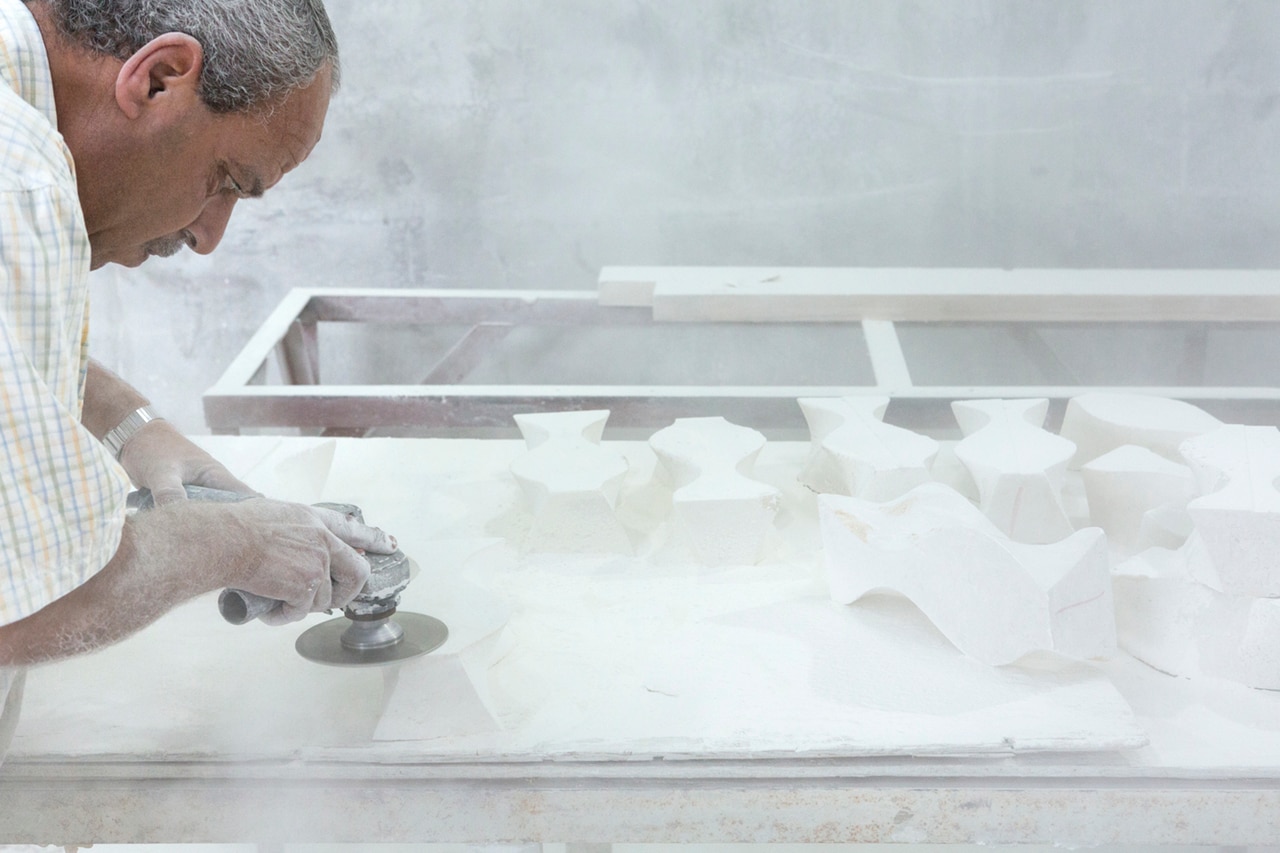
 View gallery
View gallery
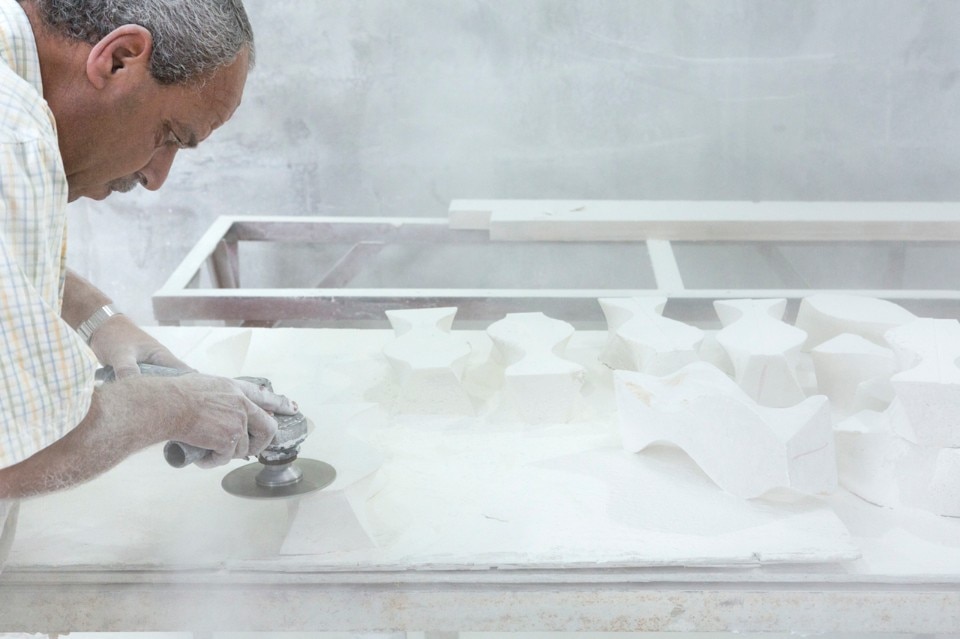
While We Wait
While We Wait is an immersive installation about the cultural claim over nature. The towering structure consists of small elements of stone from different regions of Palestine, fading upwards from earthy red to pale limestone. The stone elements are shaped by both revolutionary and traditional techniques: they are designed on a computer, cut by robots and hand-finished by local artisans.
AAU ANASTAS, While We Wait, 2017
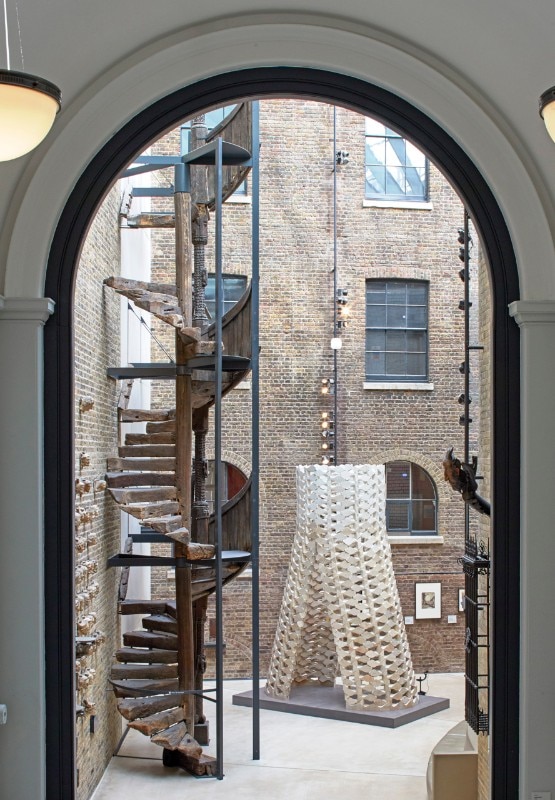
While We Wait
While We Wait is an immersive installation about the cultural claim over nature. The towering structure consists of small elements of stone from different regions of Palestine, fading upwards from earthy red to pale limestone. The stone elements are shaped by both revolutionary and traditional techniques: they are designed on a computer, cut by robots and hand-finished by local artisans.
AAU ANASTAS, While We Wait, 2017
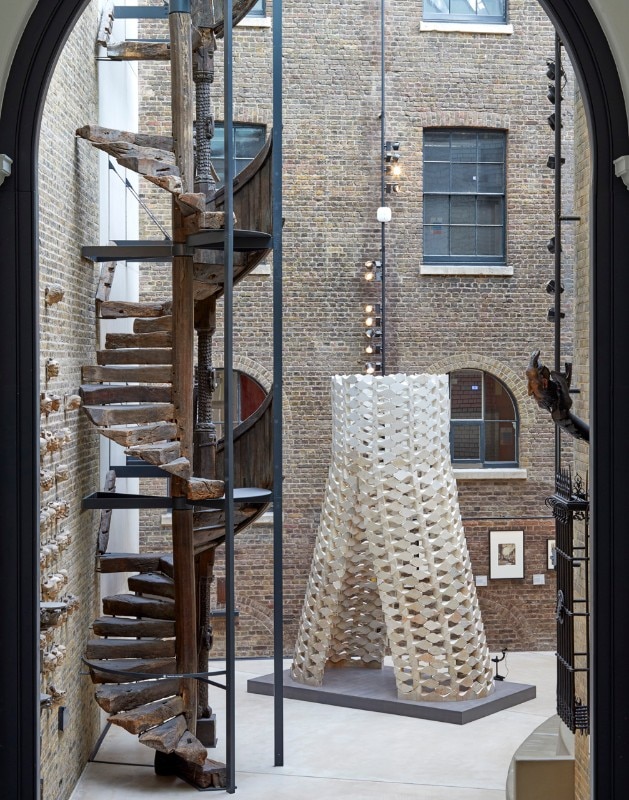
While We Wait
While We Wait is an immersive installation about the cultural claim over nature. The towering structure consists of small elements of stone from different regions of Palestine, fading upwards from earthy red to pale limestone. The stone elements are shaped by both revolutionary and traditional techniques: they are designed on a computer, cut by robots and hand-finished by local artisans.
AAU ANASTAS, While We Wait, 2017
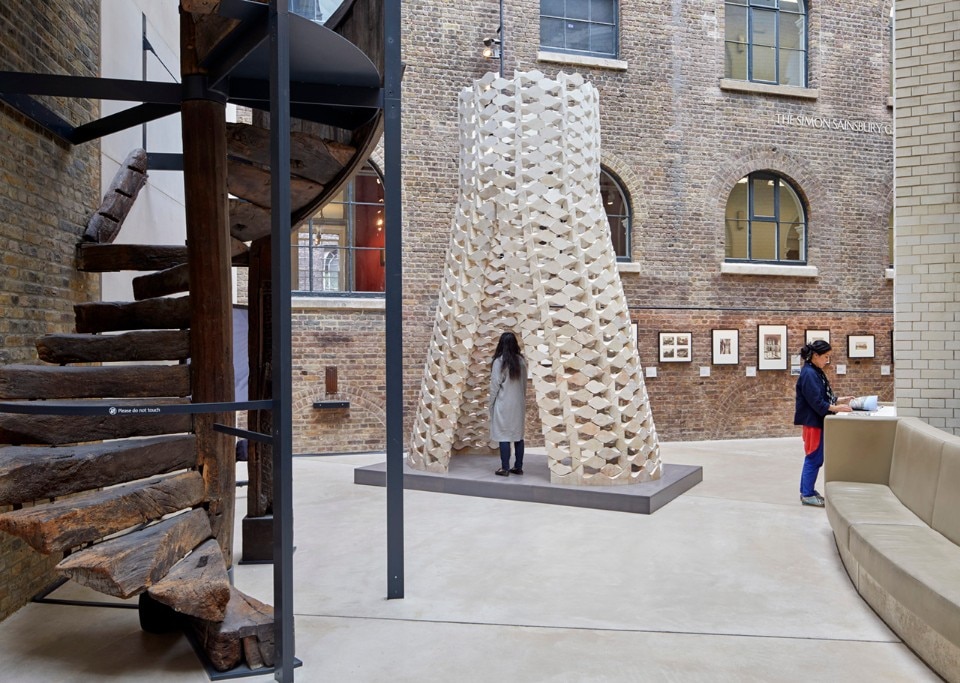
While We Wait
While We Wait is an immersive installation about the cultural claim over nature. The towering structure consists of small elements of stone from different regions of Palestine, fading upwards from earthy red to pale limestone. The stone elements are shaped by both revolutionary and traditional techniques: they are designed on a computer, cut by robots and hand-finished by local artisans.
AAU ANASTAS, While We Wait, 2017
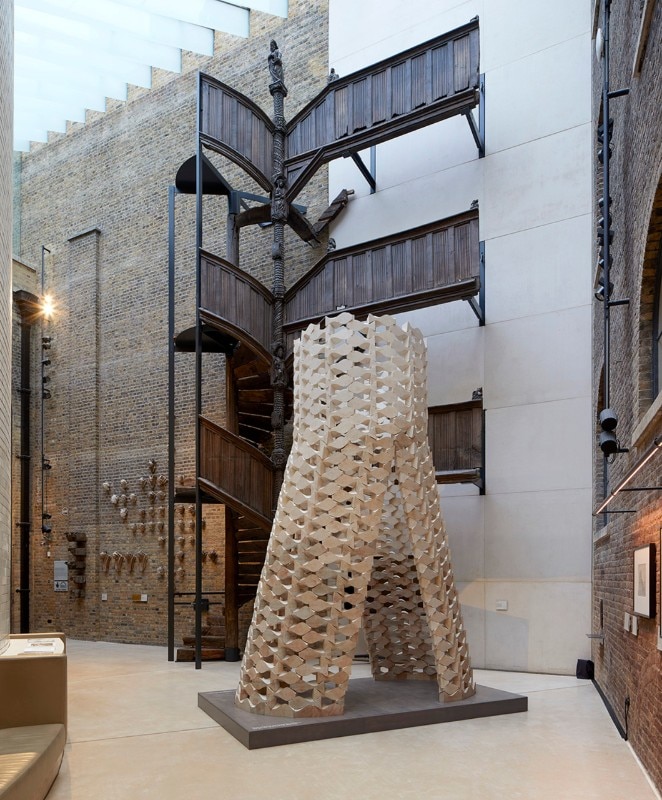
While We Wait
While We Wait is an immersive installation about the cultural claim over nature. The towering structure consists of small elements of stone from different regions of Palestine, fading upwards from earthy red to pale limestone. The stone elements are shaped by both revolutionary and traditional techniques: they are designed on a computer, cut by robots and hand-finished by local artisans.
AAU ANASTAS, While We Wait, 2017
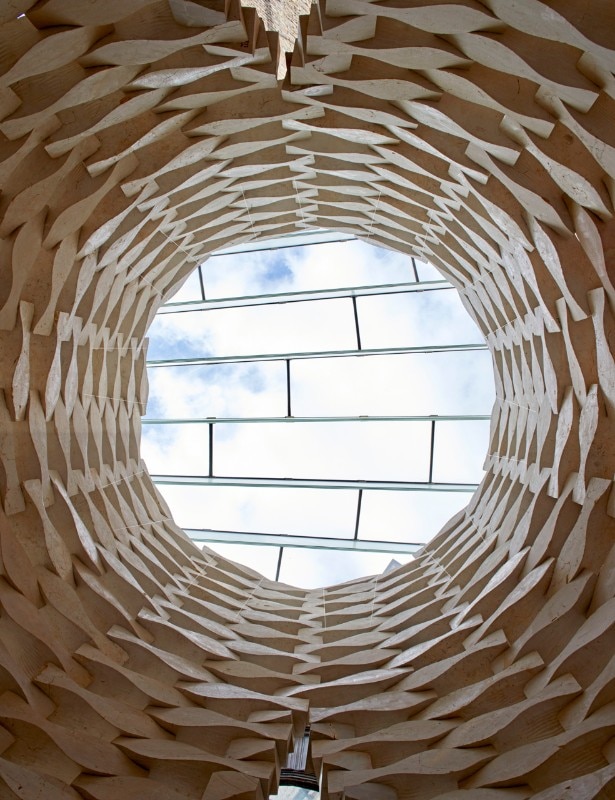
While We Wait
While We Wait is an immersive installation about the cultural claim over nature. The towering structure consists of small elements of stone from different regions of Palestine, fading upwards from earthy red to pale limestone. The stone elements are shaped by both revolutionary and traditional techniques: they are designed on a computer, cut by robots and hand-finished by local artisans.
AAU ANASTAS, While We Wait, 2017
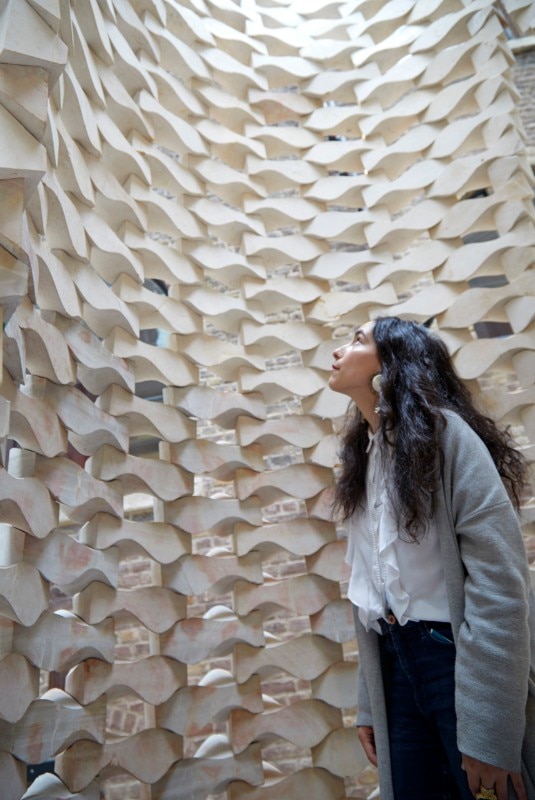
While We Wait
While We Wait is an immersive installation about the cultural claim over nature. The towering structure consists of small elements of stone from different regions of Palestine, fading upwards from earthy red to pale limestone. The stone elements are shaped by both revolutionary and traditional techniques: they are designed on a computer, cut by robots and hand-finished by local artisans.
AAU ANASTAS, While We Wait, 2017
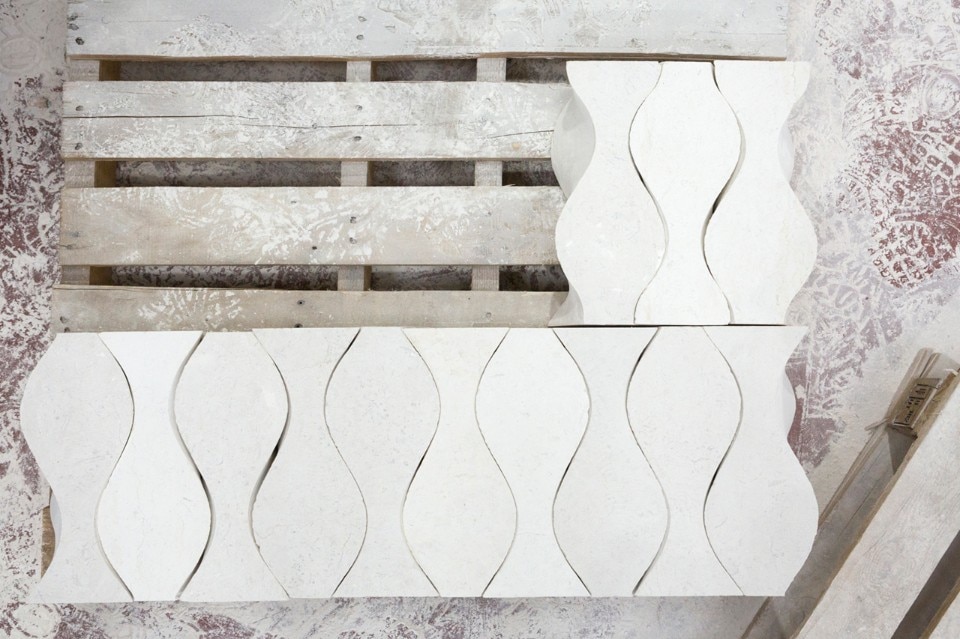
While We Wait
While We Wait is an immersive installation about the cultural claim over nature. The towering structure consists of small elements of stone from different regions of Palestine, fading upwards from earthy red to pale limestone. The stone elements are shaped by both revolutionary and traditional techniques: they are designed on a computer, cut by robots and hand-finished by local artisans.
AAU ANASTAS, While We Wait, 2017
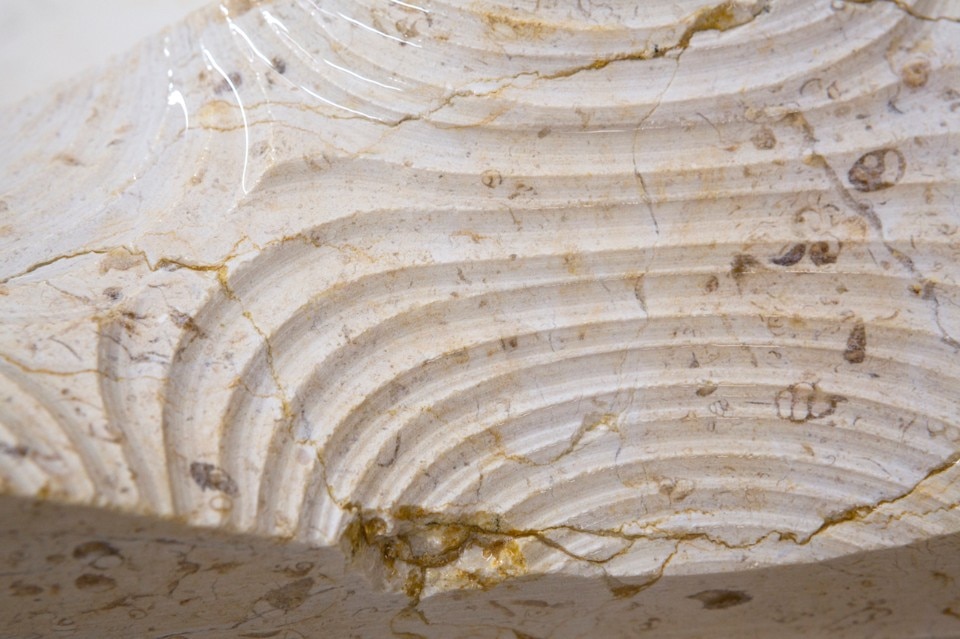
While We Wait
While We Wait is an immersive installation about the cultural claim over nature. The towering structure consists of small elements of stone from different regions of Palestine, fading upwards from earthy red to pale limestone. The stone elements are shaped by both revolutionary and traditional techniques: they are designed on a computer, cut by robots and hand-finished by local artisans.
AAU ANASTAS, While We Wait, 2017
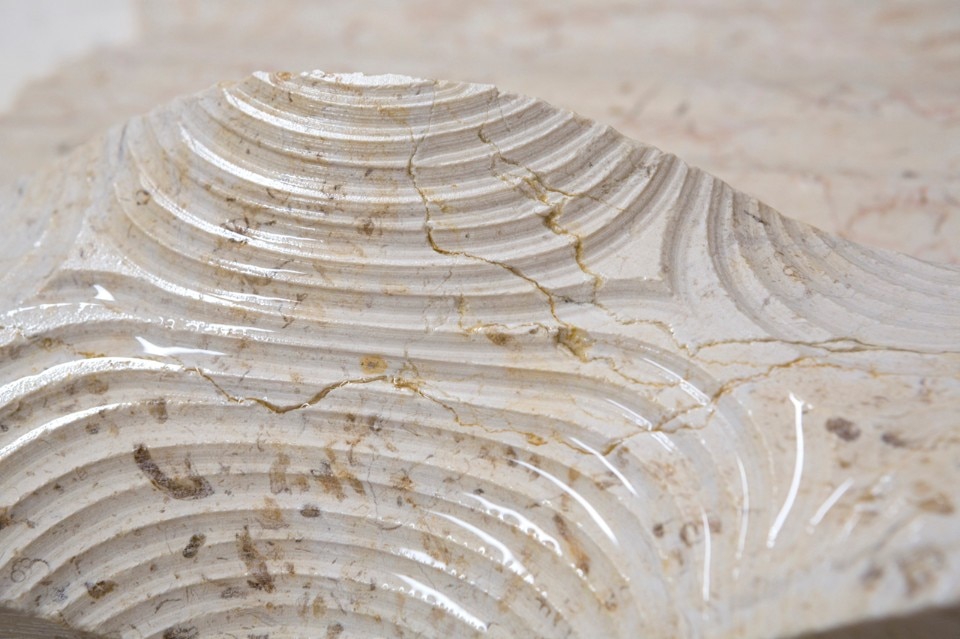
While We Wait
While We Wait is an immersive installation about the cultural claim over nature. The towering structure consists of small elements of stone from different regions of Palestine, fading upwards from earthy red to pale limestone. The stone elements are shaped by both revolutionary and traditional techniques: they are designed on a computer, cut by robots and hand-finished by local artisans.
AAU ANASTAS, While We Wait, 2017
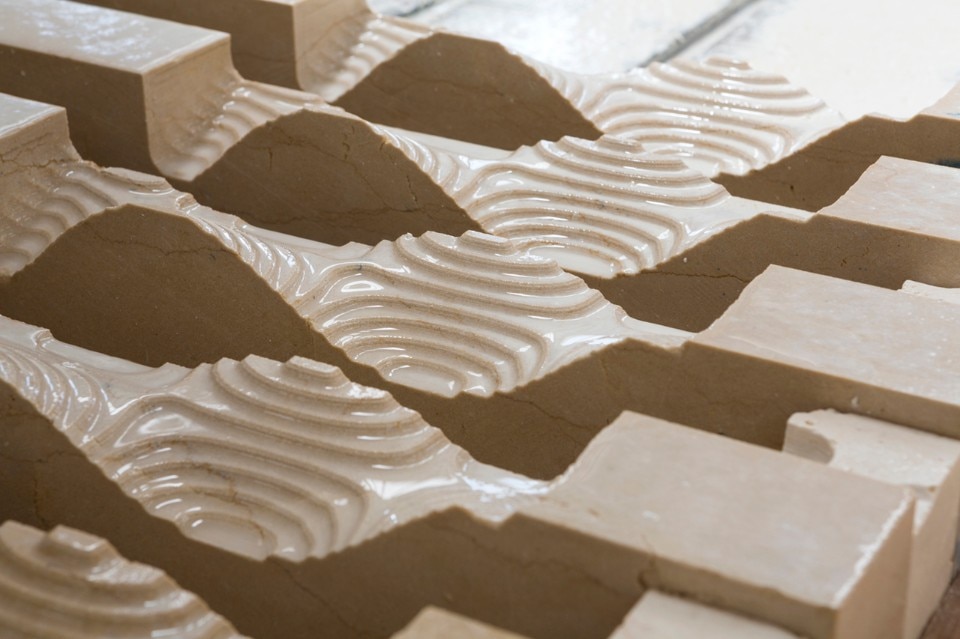
While We Wait
While We Wait is an immersive installation about the cultural claim over nature. The towering structure consists of small elements of stone from different regions of Palestine, fading upwards from earthy red to pale limestone. The stone elements are shaped by both revolutionary and traditional techniques: they are designed on a computer, cut by robots and hand-finished by local artisans.
AAU ANASTAS, While We Wait, 2017
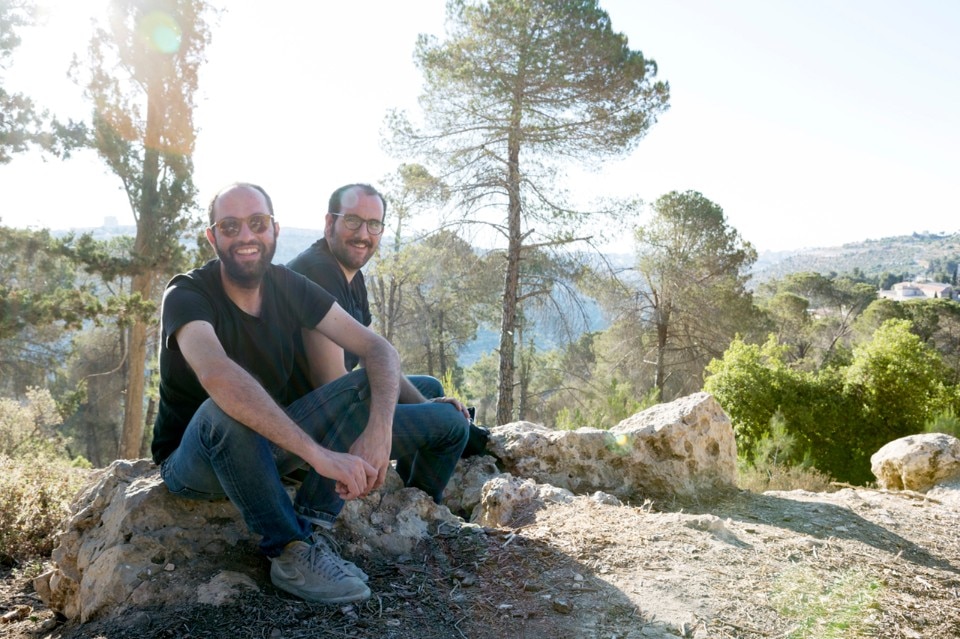
While We Wait
While We Wait is an immersive installation about the cultural claim over nature. The towering structure consists of small elements of stone from different regions of Palestine, fading upwards from earthy red to pale limestone. The stone elements are shaped by both revolutionary and traditional techniques: they are designed on a computer, cut by robots and hand-finished by local artisans.
AAU ANASTAS, While We Wait, 2017
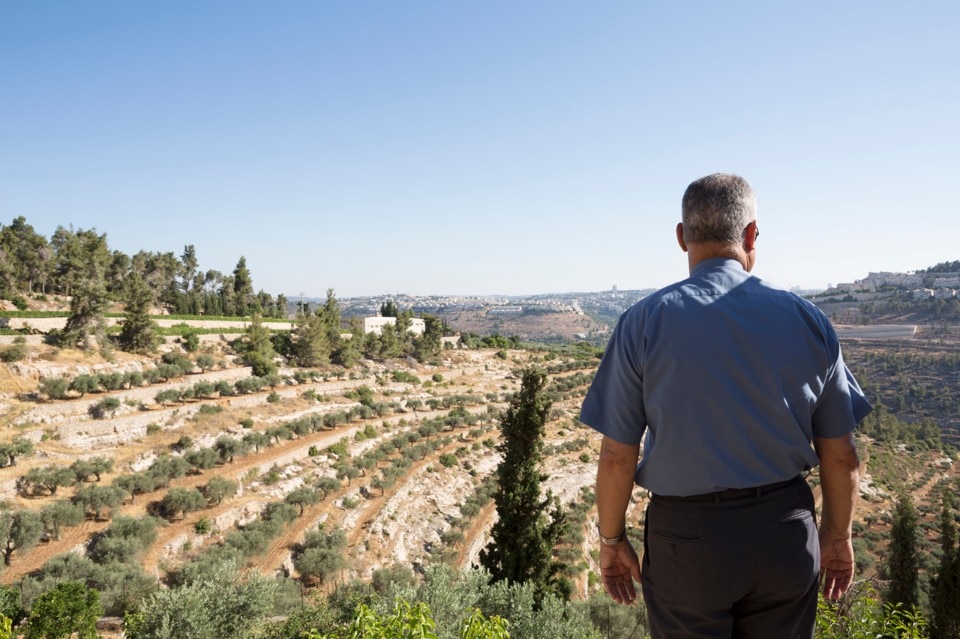
While We Wait
While We Wait is an immersive installation about the cultural claim over nature. The towering structure consists of small elements of stone from different regions of Palestine, fading upwards from earthy red to pale limestone. The stone elements are shaped by both revolutionary and traditional techniques: they are designed on a computer, cut by robots and hand-finished by local artisans.
AAU ANASTAS, While We Wait, 2017
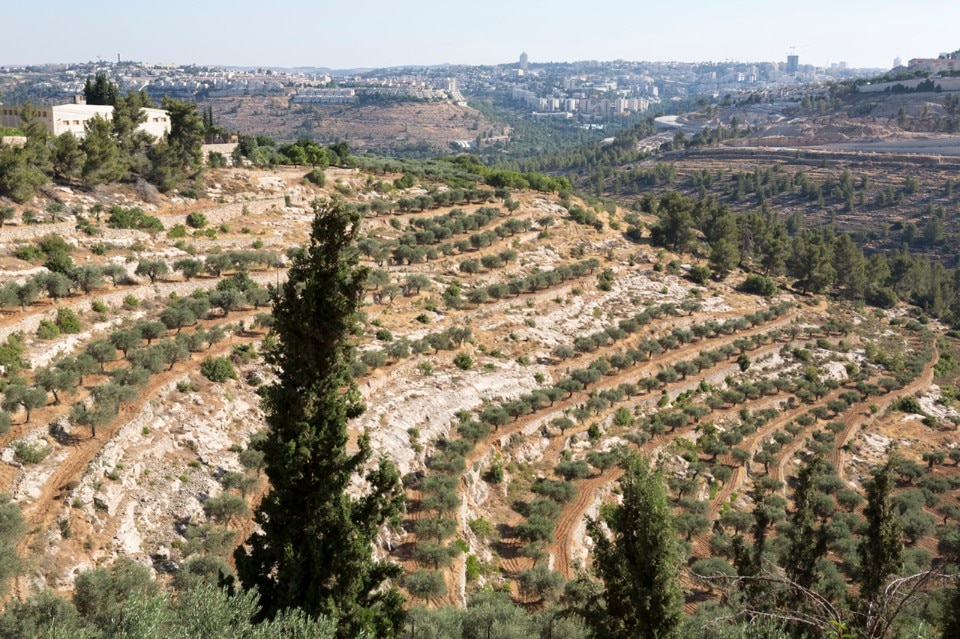
While We Wait
While We Wait is an immersive installation about the cultural claim over nature. The towering structure consists of small elements of stone from different regions of Palestine, fading upwards from earthy red to pale limestone. The stone elements are shaped by both revolutionary and traditional techniques: they are designed on a computer, cut by robots and hand-finished by local artisans.
AAU ANASTAS, While We Wait, 2017
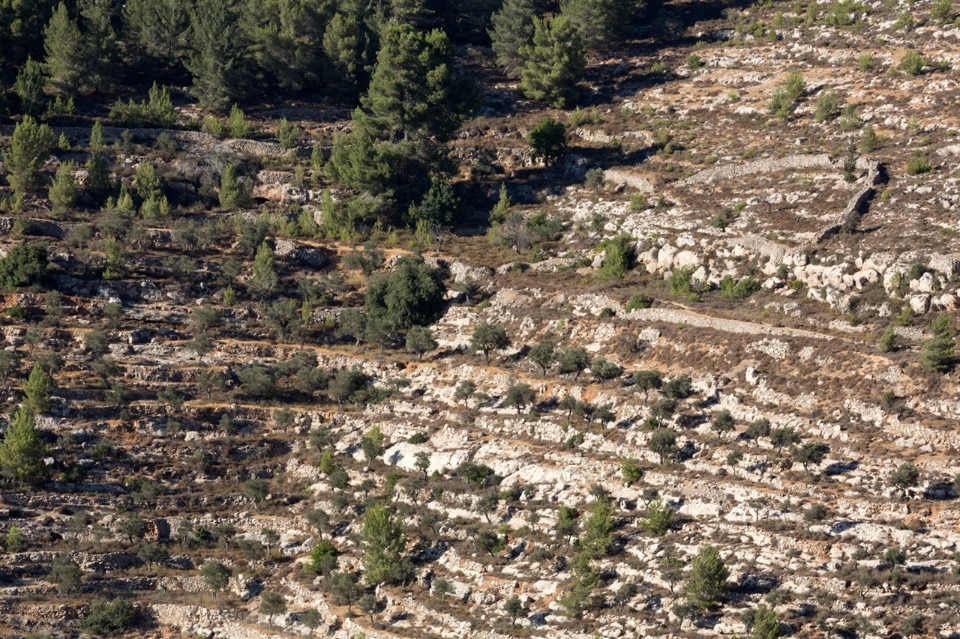
While We Wait
While We Wait is an immersive installation about the cultural claim over nature. The towering structure consists of small elements of stone from different regions of Palestine, fading upwards from earthy red to pale limestone. The stone elements are shaped by both revolutionary and traditional techniques: they are designed on a computer, cut by robots and hand-finished by local artisans.
AAU ANASTAS, While We Wait, 2017
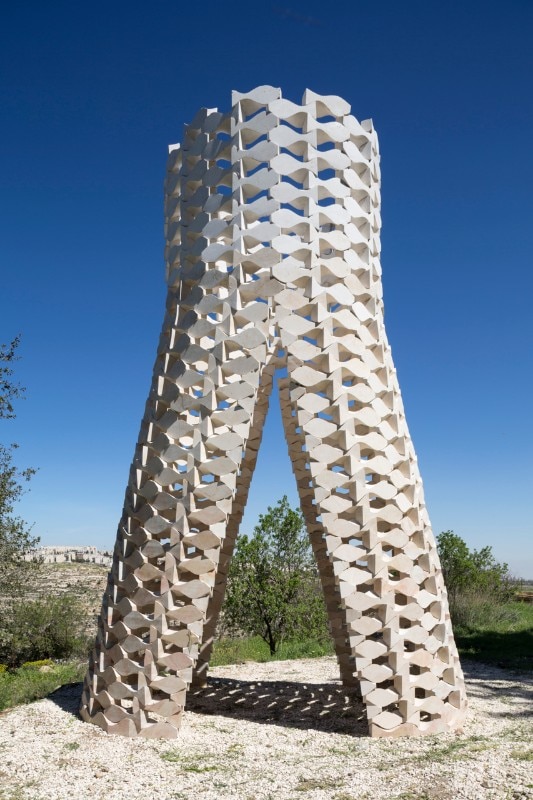
While We Wait
While We Wait is an immersive installation about the cultural claim over nature. The towering structure consists of small elements of stone from different regions of Palestine, fading upwards from earthy red to pale limestone. The stone elements are shaped by both revolutionary and traditional techniques: they are designed on a computer, cut by robots and hand-finished by local artisans.
AAU ANASTAS, While We Wait, 2017
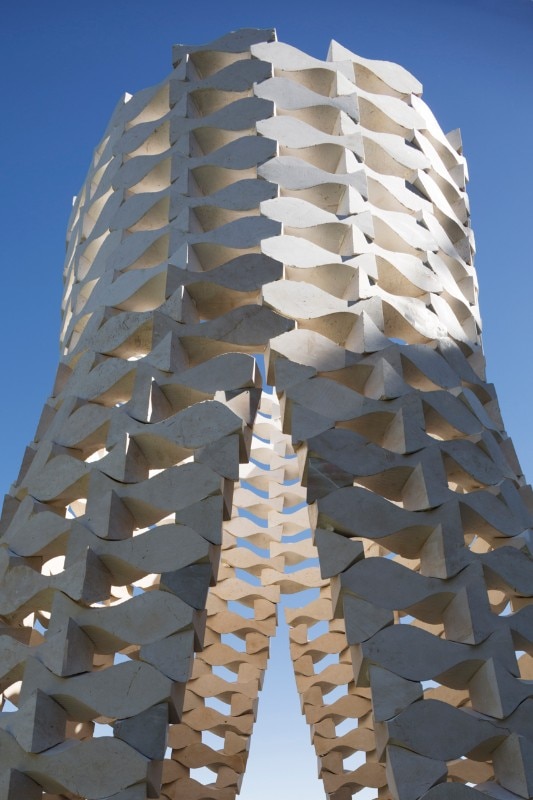
While We Wait
While We Wait is an immersive installation about the cultural claim over nature. The towering structure consists of small elements of stone from different regions of Palestine, fading upwards from earthy red to pale limestone. The stone elements are shaped by both revolutionary and traditional techniques: they are designed on a computer, cut by robots and hand-finished by local artisans.
AAU ANASTAS, While We Wait, 2017
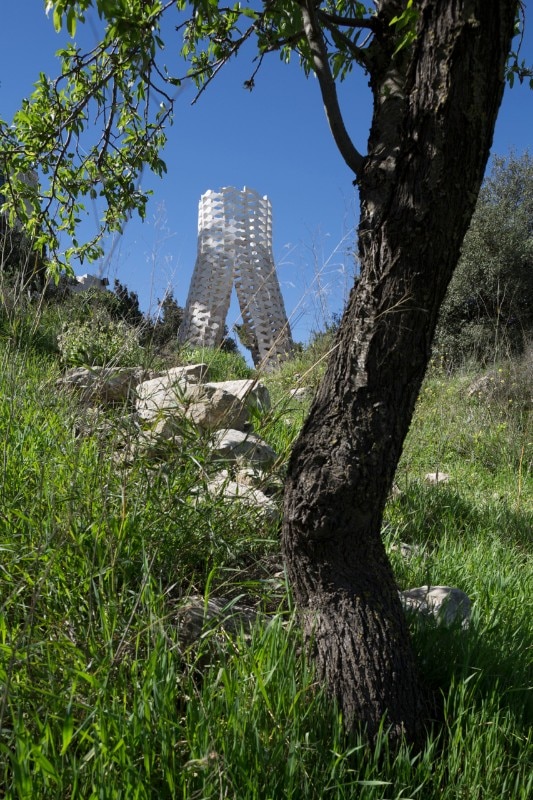
While We Wait
While We Wait is an immersive installation about the cultural claim over nature. The towering structure consists of small elements of stone from different regions of Palestine, fading upwards from earthy red to pale limestone. The stone elements are shaped by both revolutionary and traditional techniques: they are designed on a computer, cut by robots and hand-finished by local artisans.
AAU ANASTAS, While We Wait, 2017
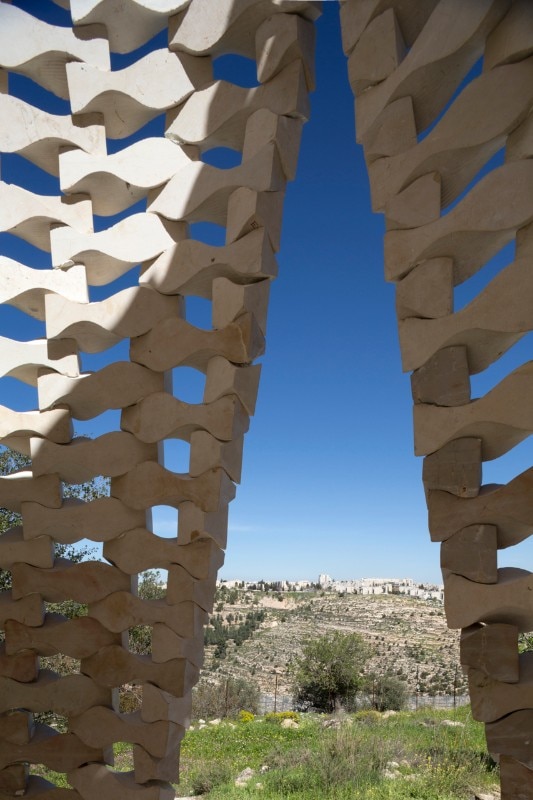
While We Wait
While We Wait is an immersive installation about the cultural claim over nature. The towering structure consists of small elements of stone from different regions of Palestine, fading upwards from earthy red to pale limestone. The stone elements are shaped by both revolutionary and traditional techniques: they are designed on a computer, cut by robots and hand-finished by local artisans.
AAU ANASTAS, While We Wait, 2017
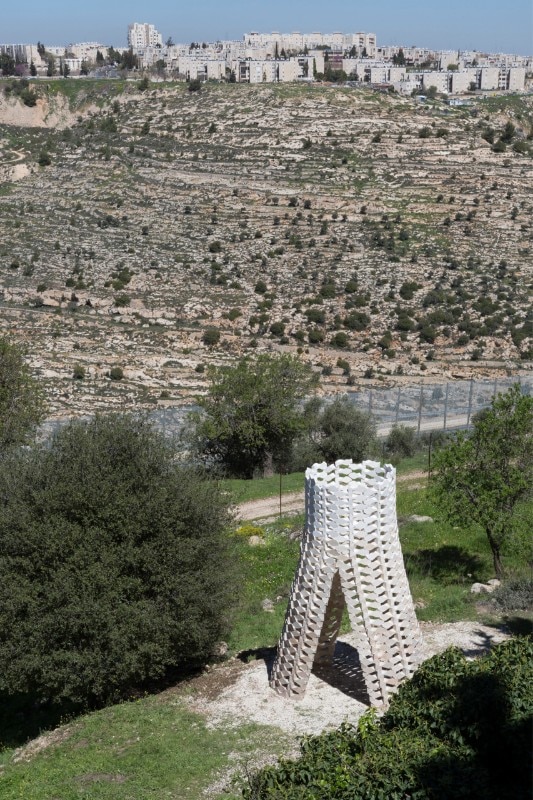
While We Wait
While We Wait is an immersive installation about the cultural claim over nature. The towering structure consists of small elements of stone from different regions of Palestine, fading upwards from earthy red to pale limestone. The stone elements are shaped by both revolutionary and traditional techniques: they are designed on a computer, cut by robots and hand-finished by local artisans.
AAU ANASTAS, While We Wait, 2017
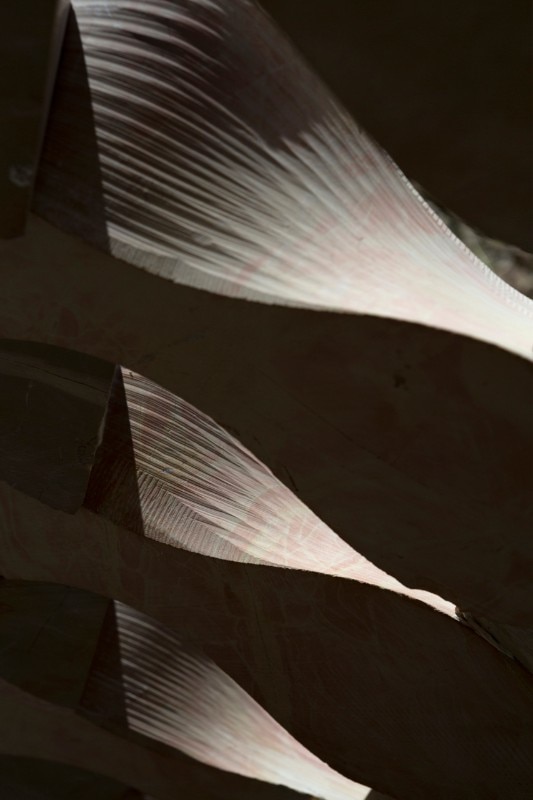
While We Wait
While We Wait is an immersive installation about the cultural claim over nature. The towering structure consists of small elements of stone from different regions of Palestine, fading upwards from earthy red to pale limestone. The stone elements are shaped by both revolutionary and traditional techniques: they are designed on a computer, cut by robots and hand-finished by local artisans.
AAU ANASTAS, While We Wait, 2017
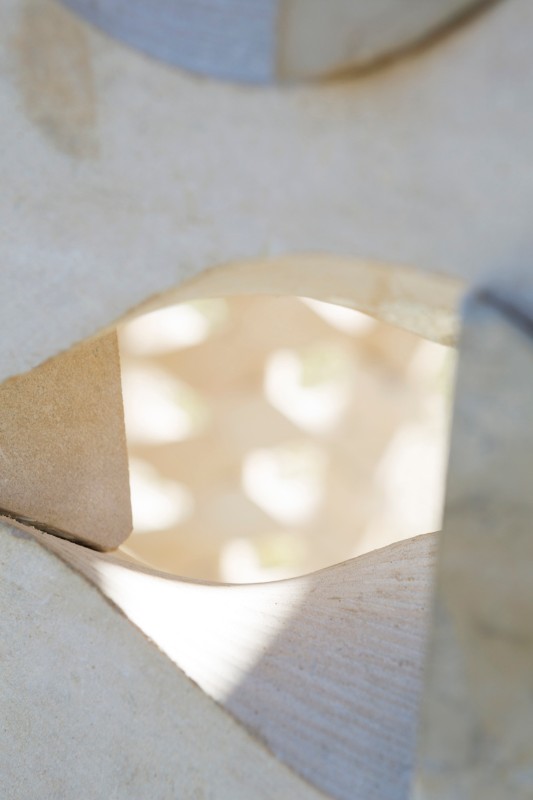
While We Wait
While We Wait is an immersive installation about the cultural claim over nature. The towering structure consists of small elements of stone from different regions of Palestine, fading upwards from earthy red to pale limestone. The stone elements are shaped by both revolutionary and traditional techniques: they are designed on a computer, cut by robots and hand-finished by local artisans.
AAU ANASTAS, While We Wait, 2017
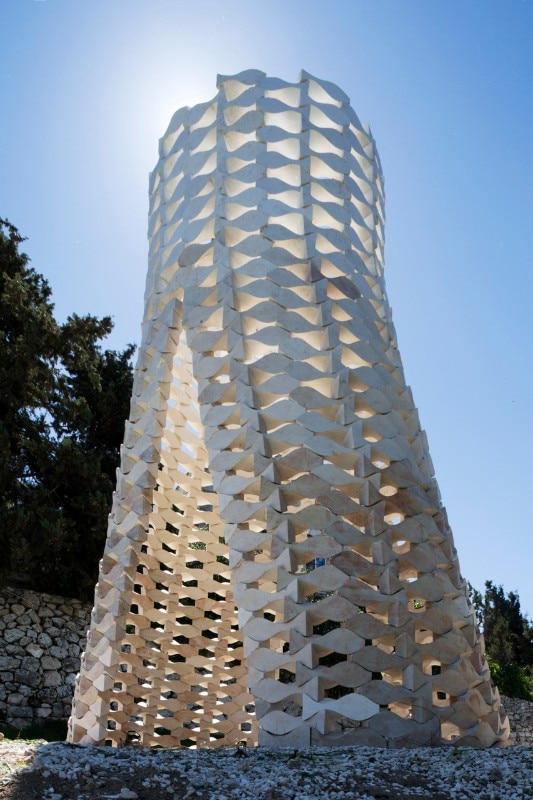
While We Wait
While We Wait is an immersive installation about the cultural claim over nature. The towering structure consists of small elements of stone from different regions of Palestine, fading upwards from earthy red to pale limestone. The stone elements are shaped by both revolutionary and traditional techniques: they are designed on a computer, cut by robots and hand-finished by local artisans.
AAU ANASTAS, While We Wait, 2017
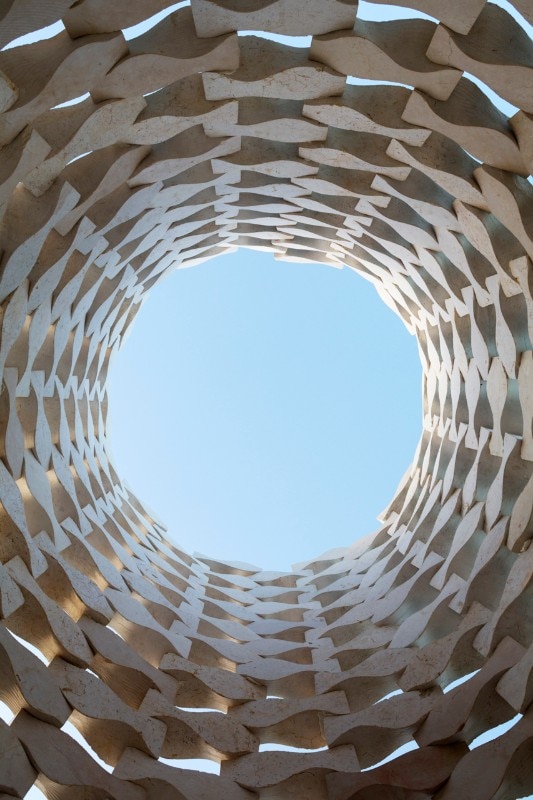
While We Wait
While We Wait is an immersive installation about the cultural claim over nature. The towering structure consists of small elements of stone from different regions of Palestine, fading upwards from earthy red to pale limestone. The stone elements are shaped by both revolutionary and traditional techniques: they are designed on a computer, cut by robots and hand-finished by local artisans.
AAU ANASTAS, While We Wait, 2017
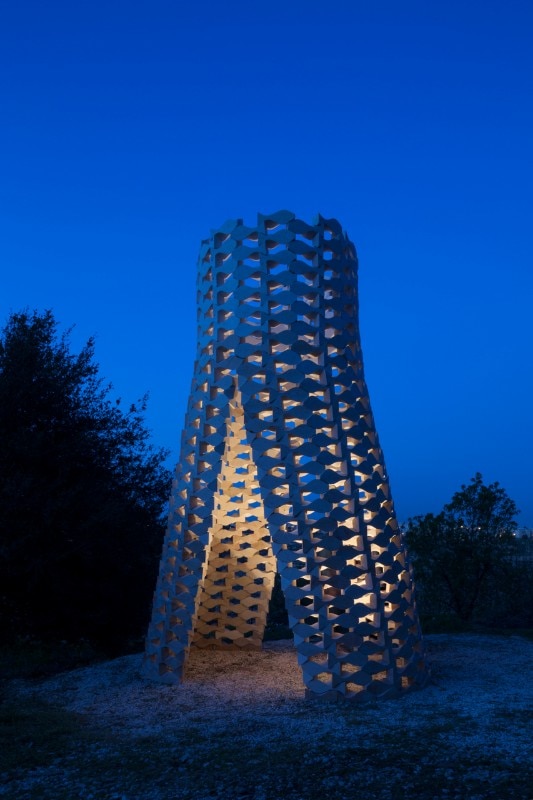
While We Wait
While We Wait is an immersive installation about the cultural claim over nature. The towering structure consists of small elements of stone from different regions of Palestine, fading upwards from earthy red to pale limestone. The stone elements are shaped by both revolutionary and traditional techniques: they are designed on a computer, cut by robots and hand-finished by local artisans.
AAU ANASTAS, While We Wait, 2017
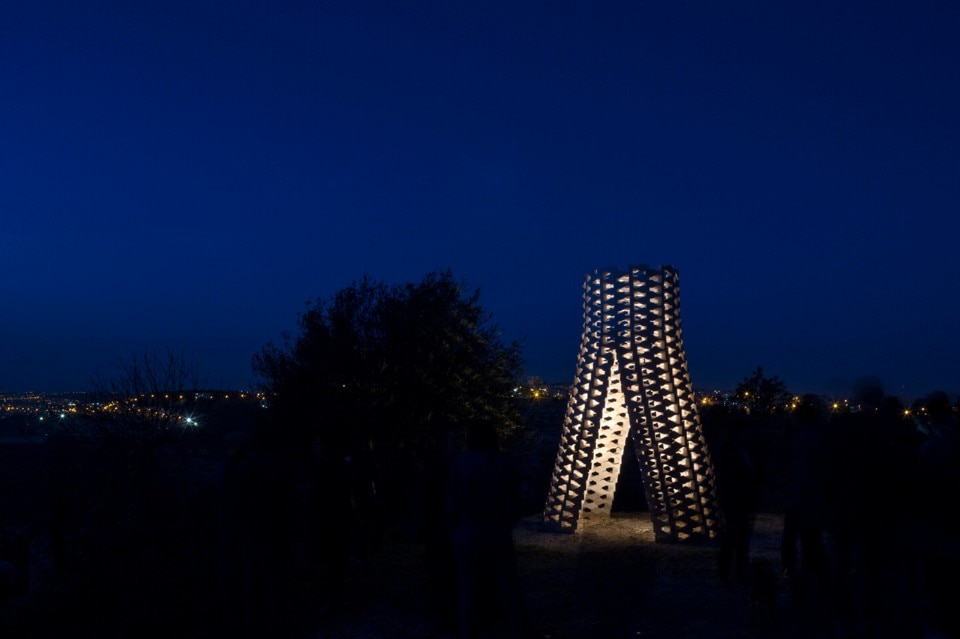
While We Wait
While We Wait is an immersive installation about the cultural claim over nature. The towering structure consists of small elements of stone from different regions of Palestine, fading upwards from earthy red to pale limestone. The stone elements are shaped by both revolutionary and traditional techniques: they are designed on a computer, cut by robots and hand-finished by local artisans.
AAU ANASTAS, While We Wait, 2017

While We Wait
While We Wait is an immersive installation about the cultural claim over nature. The towering structure consists of small elements of stone from different regions of Palestine, fading upwards from earthy red to pale limestone. The stone elements are shaped by both revolutionary and traditional techniques: they are designed on a computer, cut by robots and hand-finished by local artisans.
AAU ANASTAS, While We Wait, 2017

While We Wait
While We Wait is an immersive installation about the cultural claim over nature. The towering structure consists of small elements of stone from different regions of Palestine, fading upwards from earthy red to pale limestone. The stone elements are shaped by both revolutionary and traditional techniques: they are designed on a computer, cut by robots and hand-finished by local artisans.
AAU ANASTAS, While We Wait, 2017

While We Wait
While We Wait is an immersive installation about the cultural claim over nature. The towering structure consists of small elements of stone from different regions of Palestine, fading upwards from earthy red to pale limestone. The stone elements are shaped by both revolutionary and traditional techniques: they are designed on a computer, cut by robots and hand-finished by local artisans.
AAU ANASTAS, While We Wait, 2017

While We Wait
While We Wait is an immersive installation about the cultural claim over nature. The towering structure consists of small elements of stone from different regions of Palestine, fading upwards from earthy red to pale limestone. The stone elements are shaped by both revolutionary and traditional techniques: they are designed on a computer, cut by robots and hand-finished by local artisans.
AAU ANASTAS, While We Wait, 2017

While We Wait
While We Wait is an immersive installation about the cultural claim over nature. The towering structure consists of small elements of stone from different regions of Palestine, fading upwards from earthy red to pale limestone. The stone elements are shaped by both revolutionary and traditional techniques: they are designed on a computer, cut by robots and hand-finished by local artisans.
AAU ANASTAS, While We Wait, 2017

While We Wait
While We Wait is an immersive installation about the cultural claim over nature. The towering structure consists of small elements of stone from different regions of Palestine, fading upwards from earthy red to pale limestone. The stone elements are shaped by both revolutionary and traditional techniques: they are designed on a computer, cut by robots and hand-finished by local artisans.
AAU ANASTAS, While We Wait, 2017

While We Wait
While We Wait is an immersive installation about the cultural claim over nature. The towering structure consists of small elements of stone from different regions of Palestine, fading upwards from earthy red to pale limestone. The stone elements are shaped by both revolutionary and traditional techniques: they are designed on a computer, cut by robots and hand-finished by local artisans.
AAU ANASTAS, While We Wait, 2017

While We Wait
While We Wait is an immersive installation about the cultural claim over nature. The towering structure consists of small elements of stone from different regions of Palestine, fading upwards from earthy red to pale limestone. The stone elements are shaped by both revolutionary and traditional techniques: they are designed on a computer, cut by robots and hand-finished by local artisans.
AAU ANASTAS, While We Wait, 2017

While We Wait
While We Wait is an immersive installation about the cultural claim over nature. The towering structure consists of small elements of stone from different regions of Palestine, fading upwards from earthy red to pale limestone. The stone elements are shaped by both revolutionary and traditional techniques: they are designed on a computer, cut by robots and hand-finished by local artisans.
AAU ANASTAS, While We Wait, 2017

While We Wait
While We Wait is an immersive installation about the cultural claim over nature. The towering structure consists of small elements of stone from different regions of Palestine, fading upwards from earthy red to pale limestone. The stone elements are shaped by both revolutionary and traditional techniques: they are designed on a computer, cut by robots and hand-finished by local artisans.
AAU ANASTAS, While We Wait, 2017

While We Wait
While We Wait is an immersive installation about the cultural claim over nature. The towering structure consists of small elements of stone from different regions of Palestine, fading upwards from earthy red to pale limestone. The stone elements are shaped by both revolutionary and traditional techniques: they are designed on a computer, cut by robots and hand-finished by local artisans.
AAU ANASTAS, While We Wait, 2017

While We Wait
While We Wait is an immersive installation about the cultural claim over nature. The towering structure consists of small elements of stone from different regions of Palestine, fading upwards from earthy red to pale limestone. The stone elements are shaped by both revolutionary and traditional techniques: they are designed on a computer, cut by robots and hand-finished by local artisans.
AAU ANASTAS, While We Wait, 2017

While We Wait
While We Wait is an immersive installation about the cultural claim over nature. The towering structure consists of small elements of stone from different regions of Palestine, fading upwards from earthy red to pale limestone. The stone elements are shaped by both revolutionary and traditional techniques: they are designed on a computer, cut by robots and hand-finished by local artisans.
AAU ANASTAS, While We Wait, 2017

While We Wait
While We Wait is an immersive installation about the cultural claim over nature. The towering structure consists of small elements of stone from different regions of Palestine, fading upwards from earthy red to pale limestone. The stone elements are shaped by both revolutionary and traditional techniques: they are designed on a computer, cut by robots and hand-finished by local artisans.
AAU ANASTAS, While We Wait, 2017

While We Wait
While We Wait is an immersive installation about the cultural claim over nature. The towering structure consists of small elements of stone from different regions of Palestine, fading upwards from earthy red to pale limestone. The stone elements are shaped by both revolutionary and traditional techniques: they are designed on a computer, cut by robots and hand-finished by local artisans.
AAU ANASTAS, While We Wait, 2017

While We Wait
While We Wait is an immersive installation about the cultural claim over nature. The towering structure consists of small elements of stone from different regions of Palestine, fading upwards from earthy red to pale limestone. The stone elements are shaped by both revolutionary and traditional techniques: they are designed on a computer, cut by robots and hand-finished by local artisans.
AAU ANASTAS, While We Wait, 2017

While We Wait
While We Wait is an immersive installation about the cultural claim over nature. The towering structure consists of small elements of stone from different regions of Palestine, fading upwards from earthy red to pale limestone. The stone elements are shaped by both revolutionary and traditional techniques: they are designed on a computer, cut by robots and hand-finished by local artisans.
AAU ANASTAS, While We Wait, 2017

While We Wait
While We Wait is an immersive installation about the cultural claim over nature. The towering structure consists of small elements of stone from different regions of Palestine, fading upwards from earthy red to pale limestone. The stone elements are shaped by both revolutionary and traditional techniques: they are designed on a computer, cut by robots and hand-finished by local artisans.
AAU ANASTAS, While We Wait, 2017

While We Wait
While We Wait is an immersive installation about the cultural claim over nature. The towering structure consists of small elements of stone from different regions of Palestine, fading upwards from earthy red to pale limestone. The stone elements are shaped by both revolutionary and traditional techniques: they are designed on a computer, cut by robots and hand-finished by local artisans.
AAU ANASTAS, While We Wait, 2017

While We Wait
While We Wait is an immersive installation about the cultural claim over nature. The towering structure consists of small elements of stone from different regions of Palestine, fading upwards from earthy red to pale limestone. The stone elements are shaped by both revolutionary and traditional techniques: they are designed on a computer, cut by robots and hand-finished by local artisans.
AAU ANASTAS, While We Wait, 2017

While We Wait
While We Wait is an immersive installation about the cultural claim over nature. The towering structure consists of small elements of stone from different regions of Palestine, fading upwards from earthy red to pale limestone. The stone elements are shaped by both revolutionary and traditional techniques: they are designed on a computer, cut by robots and hand-finished by local artisans.
AAU ANASTAS, While We Wait, 2017

While We Wait
While We Wait is an immersive installation about the cultural claim over nature. The towering structure consists of small elements of stone from different regions of Palestine, fading upwards from earthy red to pale limestone. The stone elements are shaped by both revolutionary and traditional techniques: they are designed on a computer, cut by robots and hand-finished by local artisans.
AAU ANASTAS, While We Wait, 2017

While We Wait
While We Wait is an immersive installation about the cultural claim over nature. The towering structure consists of small elements of stone from different regions of Palestine, fading upwards from earthy red to pale limestone. The stone elements are shaped by both revolutionary and traditional techniques: they are designed on a computer, cut by robots and hand-finished by local artisans.
AAU ANASTAS, While We Wait, 2017

While We Wait
While We Wait is an immersive installation about the cultural claim over nature. The towering structure consists of small elements of stone from different regions of Palestine, fading upwards from earthy red to pale limestone. The stone elements are shaped by both revolutionary and traditional techniques: they are designed on a computer, cut by robots and hand-finished by local artisans.
AAU ANASTAS, While We Wait, 2017

While We Wait
While We Wait is an immersive installation about the cultural claim over nature. The towering structure consists of small elements of stone from different regions of Palestine, fading upwards from earthy red to pale limestone. The stone elements are shaped by both revolutionary and traditional techniques: they are designed on a computer, cut by robots and hand-finished by local artisans.
AAU ANASTAS, While We Wait, 2017

While We Wait
While We Wait is an immersive installation about the cultural claim over nature. The towering structure consists of small elements of stone from different regions of Palestine, fading upwards from earthy red to pale limestone. The stone elements are shaped by both revolutionary and traditional techniques: they are designed on a computer, cut by robots and hand-finished by local artisans.
AAU ANASTAS, While We Wait, 2017
“What’s happening at the moment isn’t linked to architecture, it’s automatically linked to the consumption of land because the moment you build, it protects the land in some way from being expropriated,” he explains. “So the question of how you build is no longer on the agenda. The question is how you do it as quickly as possible, but as architects we want to generate cities that are more adapted to ways of living.”
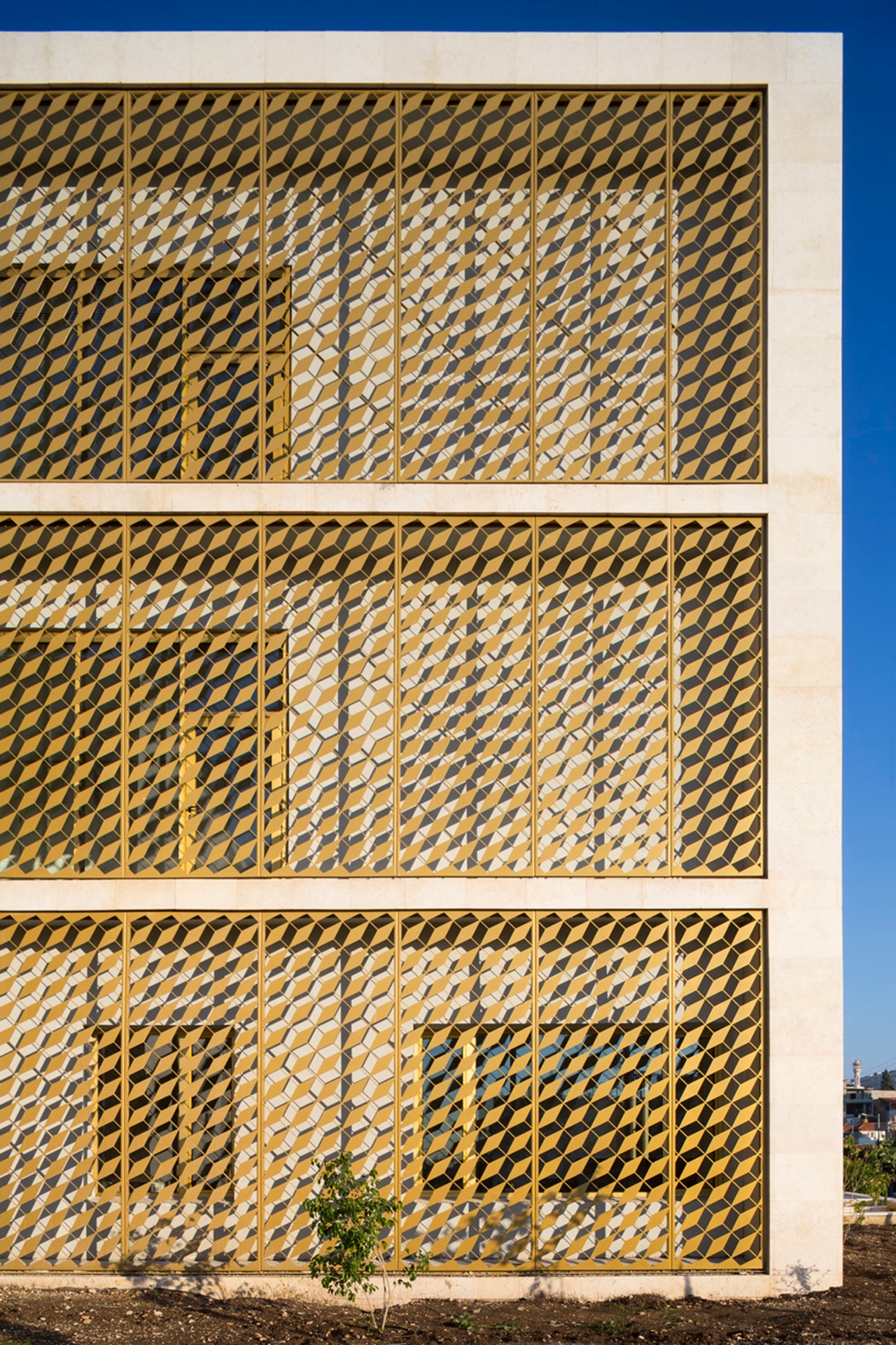
 View gallery
View gallery
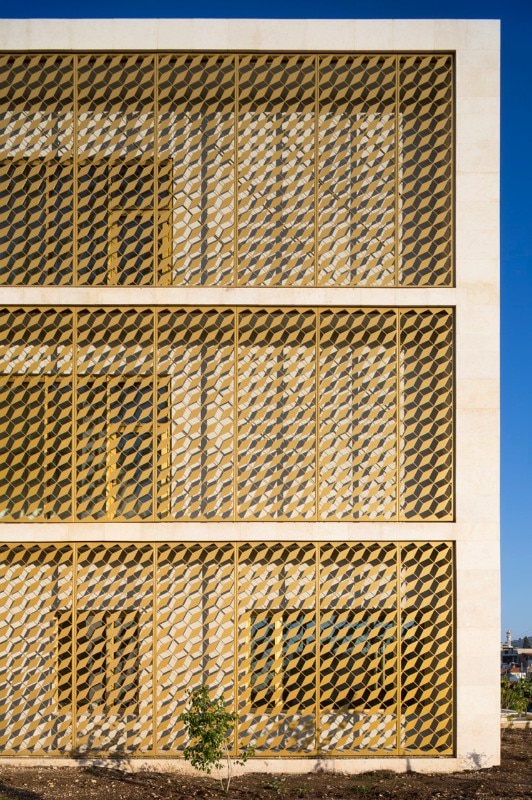
Toulkarem Courthouse
Located at the North entrance to Toulkarem, the Courthouse takes part in a broader renovation of the urban fabric and houses the magistrate and first-degree courts. The proposed urban concept determines a succession of volumes: on the road to Toulkarem towards the city, a first building houses public services while a second building is revealed with a space locally cultivated interstitium. The main building is directly connected to a front public space, which fixes the building in its direct urban context and offers the citizens of Toulkarem a space for social gathering. The difference in levels between the street and the ground floor of the building creates a configuration of public space that stimulates citizens to invest in space. The massive local stone walls of the main building are sculpted with different slanted geometries that protect the indoor space from the greenhouse effect during working hours, while offering ample framed views of the surrounding landscapes.
AAU ANASTAS, Toulkarem Courthouse, Toulkarem, Palestine, 2015. Photo: Mikaela Burstow
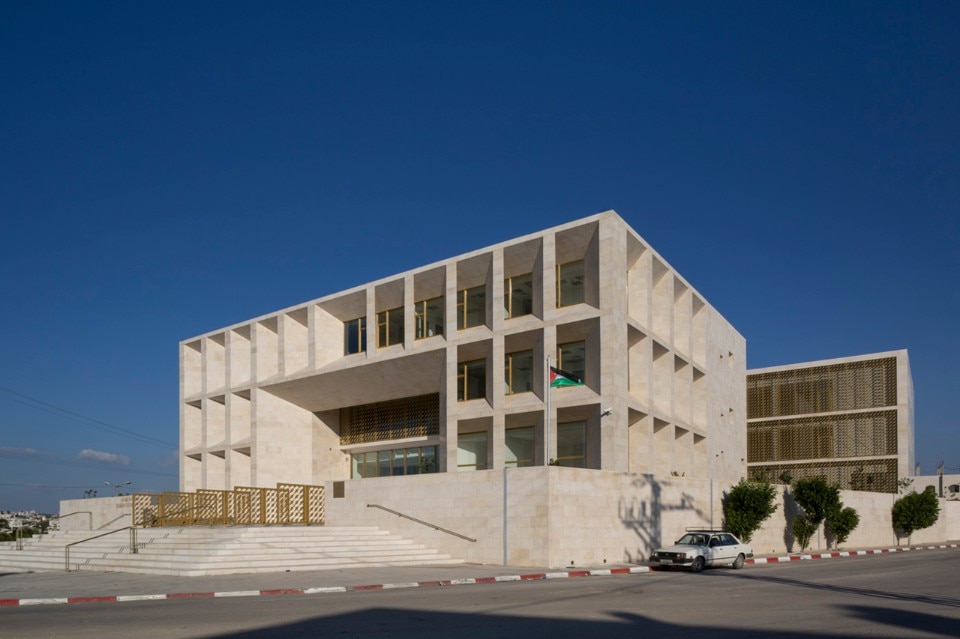
Toulkarem Courthouse
Located at the North entrance to Toulkarem, the Courthouse takes part in a broader renovation of the urban fabric and houses the magistrate and first-degree courts. The proposed urban concept determines a succession of volumes: on the road to Toulkarem towards the city, a first building houses public services while a second building is revealed with a space locally cultivated interstitium. The main building is directly connected to a front public space, which fixes the building in its direct urban context and offers the citizens of Toulkarem a space for social gathering. The difference in levels between the street and the ground floor of the building creates a configuration of public space that stimulates citizens to invest in space. The massive local stone walls of the main building are sculpted with different slanted geometries that protect the indoor space from the greenhouse effect during working hours, while offering ample framed views of the surrounding landscapes.
AAU ANASTAS, Toulkarem Courthouse, Toulkarem, Palestine, 2015. Photo: Mikaela Burstow
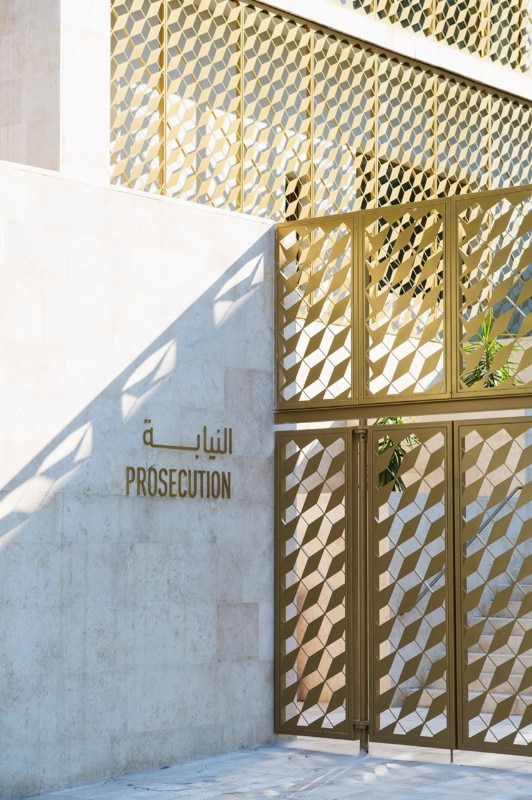
Toulkarem Courthouse
Located at the North entrance to Toulkarem, the Courthouse takes part in a broader renovation of the urban fabric and houses the magistrate and first-degree courts. The proposed urban concept determines a succession of volumes: on the road to Toulkarem towards the city, a first building houses public services while a second building is revealed with a space locally cultivated interstitium. The main building is directly connected to a front public space, which fixes the building in its direct urban context and offers the citizens of Toulkarem a space for social gathering. The difference in levels between the street and the ground floor of the building creates a configuration of public space that stimulates citizens to invest in space. The massive local stone walls of the main building are sculpted with different slanted geometries that protect the indoor space from the greenhouse effect during working hours, while offering ample framed views of the surrounding landscapes.
AAU ANASTAS, Toulkarem Courthouse, Toulkarem, Palestine, 2015. Photo: Mikaela Burstow
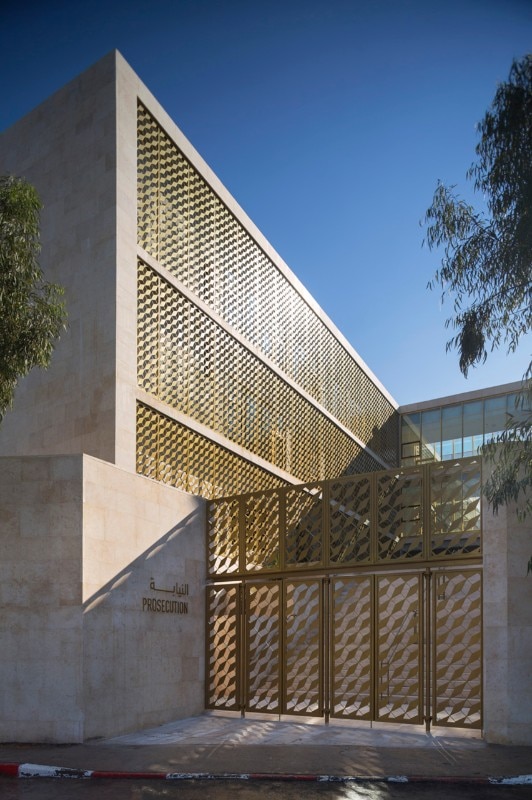
Toulkarem Courthouse
Located at the North entrance to Toulkarem, the Courthouse takes part in a broader renovation of the urban fabric and houses the magistrate and first-degree courts. The proposed urban concept determines a succession of volumes: on the road to Toulkarem towards the city, a first building houses public services while a second building is revealed with a space locally cultivated interstitium. The main building is directly connected to a front public space, which fixes the building in its direct urban context and offers the citizens of Toulkarem a space for social gathering. The difference in levels between the street and the ground floor of the building creates a configuration of public space that stimulates citizens to invest in space. The massive local stone walls of the main building are sculpted with different slanted geometries that protect the indoor space from the greenhouse effect during working hours, while offering ample framed views of the surrounding landscapes.
AAU ANASTAS, Toulkarem Courthouse, Toulkarem, Palestine, 2015. Photo: Mikaela Burstow
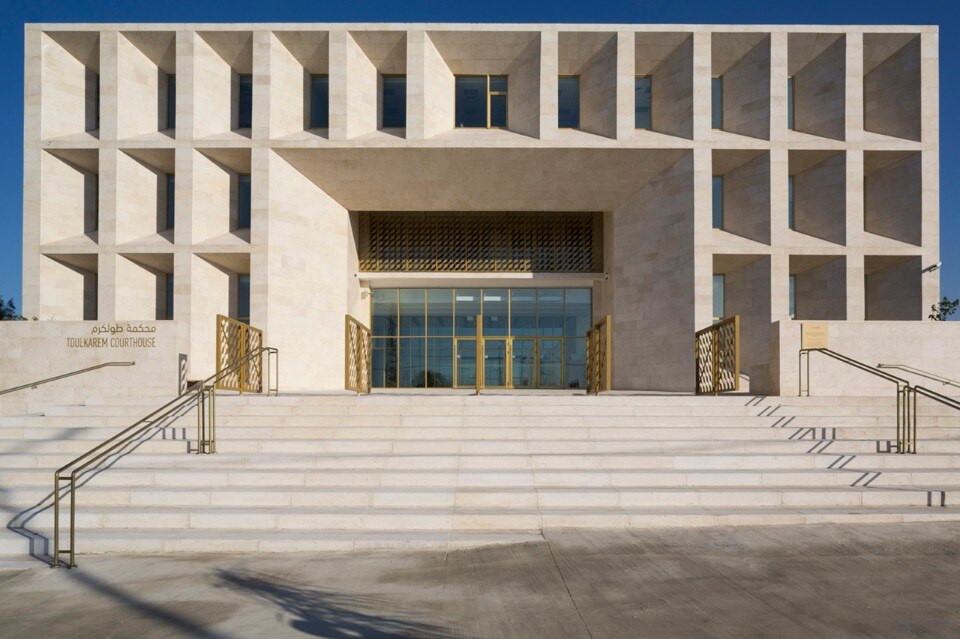
Toulkarem Courthouse
Located at the North entrance to Toulkarem, the Courthouse takes part in a broader renovation of the urban fabric and houses the magistrate and first-degree courts. The proposed urban concept determines a succession of volumes: on the road to Toulkarem towards the city, a first building houses public services while a second building is revealed with a space locally cultivated interstitium. The main building is directly connected to a front public space, which fixes the building in its direct urban context and offers the citizens of Toulkarem a space for social gathering. The difference in levels between the street and the ground floor of the building creates a configuration of public space that stimulates citizens to invest in space. The massive local stone walls of the main building are sculpted with different slanted geometries that protect the indoor space from the greenhouse effect during working hours, while offering ample framed views of the surrounding landscapes.
AAU ANASTAS, Toulkarem Courthouse, Toulkarem, Palestine, 2015. Photo: Mikaela Burstow
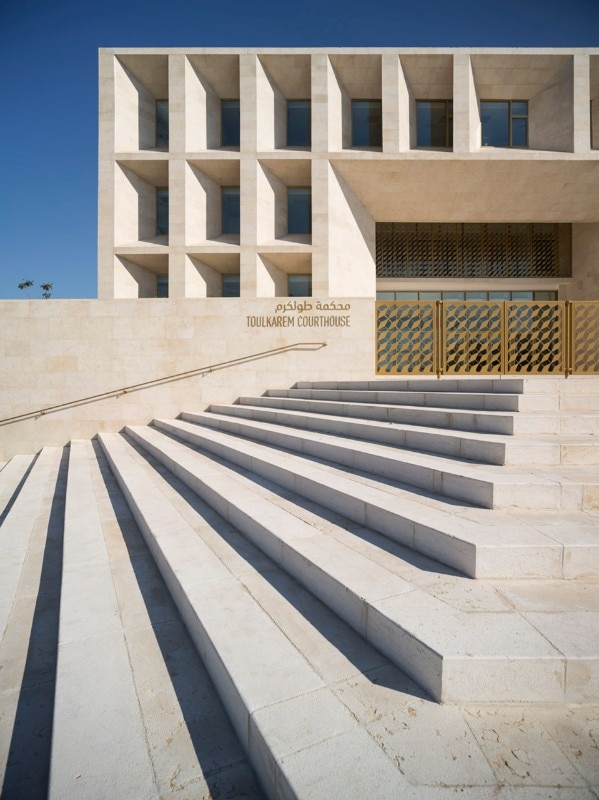
Toulkarem Courthouse
Located at the North entrance to Toulkarem, the Courthouse takes part in a broader renovation of the urban fabric and houses the magistrate and first-degree courts. The proposed urban concept determines a succession of volumes: on the road to Toulkarem towards the city, a first building houses public services while a second building is revealed with a space locally cultivated interstitium. The main building is directly connected to a front public space, which fixes the building in its direct urban context and offers the citizens of Toulkarem a space for social gathering. The difference in levels between the street and the ground floor of the building creates a configuration of public space that stimulates citizens to invest in space. The massive local stone walls of the main building are sculpted with different slanted geometries that protect the indoor space from the greenhouse effect during working hours, while offering ample framed views of the surrounding landscapes.
AAU ANASTAS, Toulkarem Courthouse, Toulkarem, Palestine, 2015. Photo: Mikaela Burstow
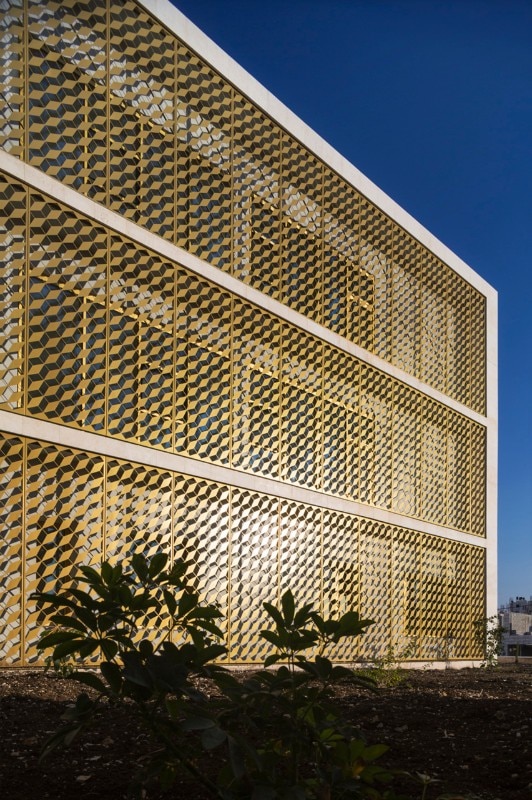
Toulkarem Courthouse
Located at the North entrance to Toulkarem, the Courthouse takes part in a broader renovation of the urban fabric and houses the magistrate and first-degree courts. The proposed urban concept determines a succession of volumes: on the road to Toulkarem towards the city, a first building houses public services while a second building is revealed with a space locally cultivated interstitium. The main building is directly connected to a front public space, which fixes the building in its direct urban context and offers the citizens of Toulkarem a space for social gathering. The difference in levels between the street and the ground floor of the building creates a configuration of public space that stimulates citizens to invest in space. The massive local stone walls of the main building are sculpted with different slanted geometries that protect the indoor space from the greenhouse effect during working hours, while offering ample framed views of the surrounding landscapes.
AAU ANASTAS, Toulkarem Courthouse, Toulkarem, Palestine, 2015. Photo: Mikaela Burstow
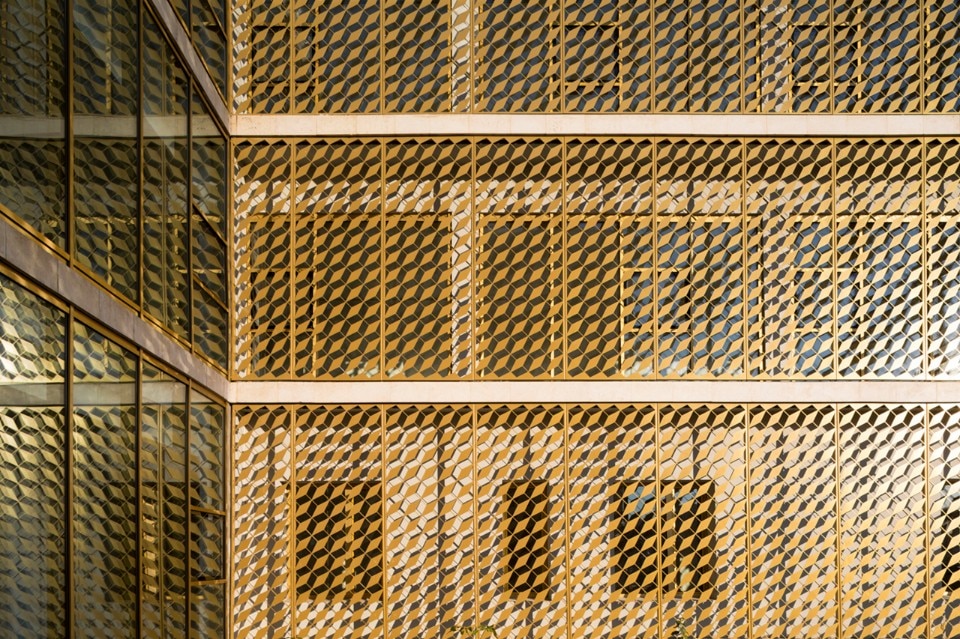
Toulkarem Courthouse
Located at the North entrance to Toulkarem, the Courthouse takes part in a broader renovation of the urban fabric and houses the magistrate and first-degree courts. The proposed urban concept determines a succession of volumes: on the road to Toulkarem towards the city, a first building houses public services while a second building is revealed with a space locally cultivated interstitium. The main building is directly connected to a front public space, which fixes the building in its direct urban context and offers the citizens of Toulkarem a space for social gathering. The difference in levels between the street and the ground floor of the building creates a configuration of public space that stimulates citizens to invest in space. The massive local stone walls of the main building are sculpted with different slanted geometries that protect the indoor space from the greenhouse effect during working hours, while offering ample framed views of the surrounding landscapes.
AAU ANASTAS, Toulkarem Courthouse, Toulkarem, Palestine, 2015. Photo: Mikaela Burstow
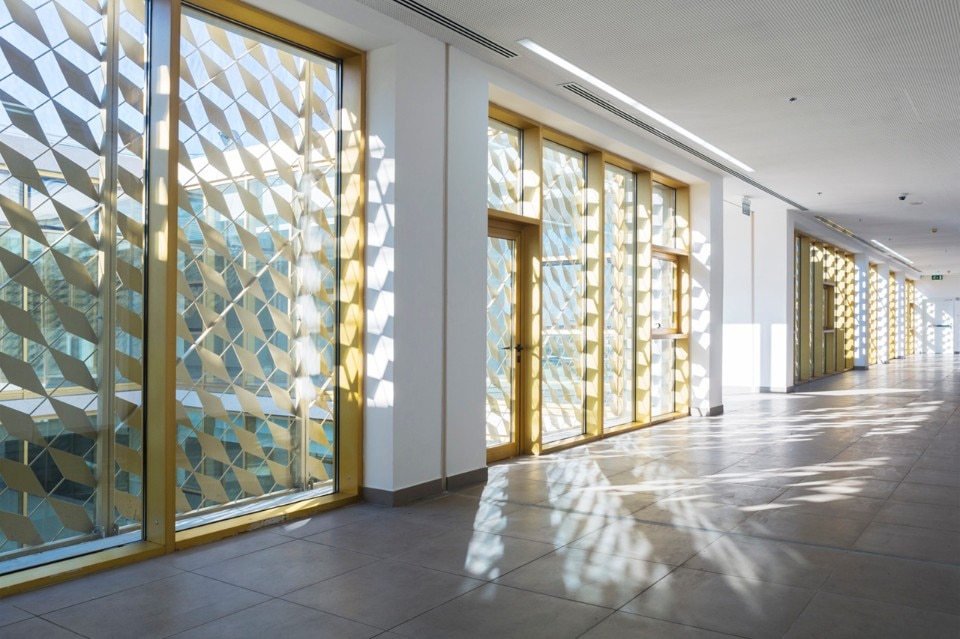
Toulkarem Courthouse
Located at the North entrance to Toulkarem, the Courthouse takes part in a broader renovation of the urban fabric and houses the magistrate and first-degree courts. The proposed urban concept determines a succession of volumes: on the road to Toulkarem towards the city, a first building houses public services while a second building is revealed with a space locally cultivated interstitium. The main building is directly connected to a front public space, which fixes the building in its direct urban context and offers the citizens of Toulkarem a space for social gathering. The difference in levels between the street and the ground floor of the building creates a configuration of public space that stimulates citizens to invest in space. The massive local stone walls of the main building are sculpted with different slanted geometries that protect the indoor space from the greenhouse effect during working hours, while offering ample framed views of the surrounding landscapes.
AAU ANASTAS, Toulkarem Courthouse, Toulkarem, Palestine, 2015. Photo: Mikaela Burstow
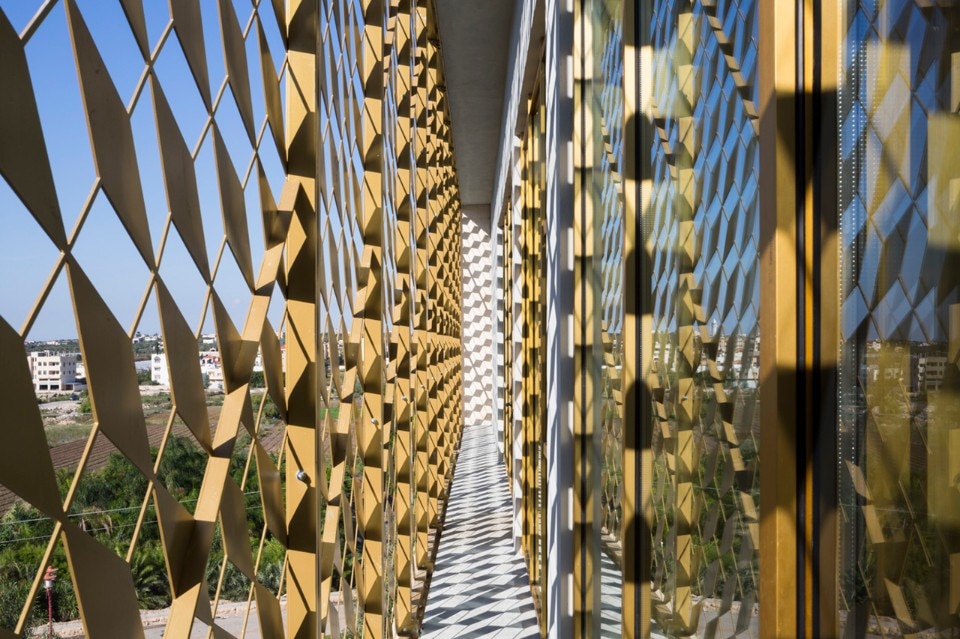
Toulkarem Courthouse
Located at the North entrance to Toulkarem, the Courthouse takes part in a broader renovation of the urban fabric and houses the magistrate and first-degree courts. The proposed urban concept determines a succession of volumes: on the road to Toulkarem towards the city, a first building houses public services while a second building is revealed with a space locally cultivated interstitium. The main building is directly connected to a front public space, which fixes the building in its direct urban context and offers the citizens of Toulkarem a space for social gathering. The difference in levels between the street and the ground floor of the building creates a configuration of public space that stimulates citizens to invest in space. The massive local stone walls of the main building are sculpted with different slanted geometries that protect the indoor space from the greenhouse effect during working hours, while offering ample framed views of the surrounding landscapes.
AAU ANASTAS, Toulkarem Courthouse, Toulkarem, Palestine, 2015. Photo: Mikaela Burstow
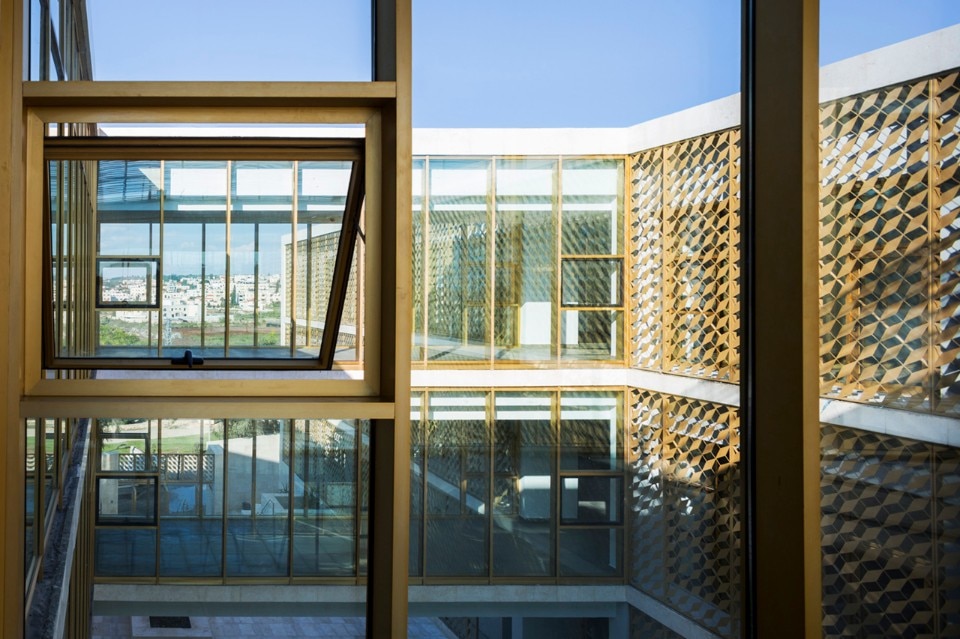
Toulkarem Courthouse
Located at the North entrance to Toulkarem, the Courthouse takes part in a broader renovation of the urban fabric and houses the magistrate and first-degree courts. The proposed urban concept determines a succession of volumes: on the road to Toulkarem towards the city, a first building houses public services while a second building is revealed with a space locally cultivated interstitium. The main building is directly connected to a front public space, which fixes the building in its direct urban context and offers the citizens of Toulkarem a space for social gathering. The difference in levels between the street and the ground floor of the building creates a configuration of public space that stimulates citizens to invest in space. The massive local stone walls of the main building are sculpted with different slanted geometries that protect the indoor space from the greenhouse effect during working hours, while offering ample framed views of the surrounding landscapes.
AAU ANASTAS, Toulkarem Courthouse, Toulkarem, Palestine, 2015. Photo: Mikaela Burstow
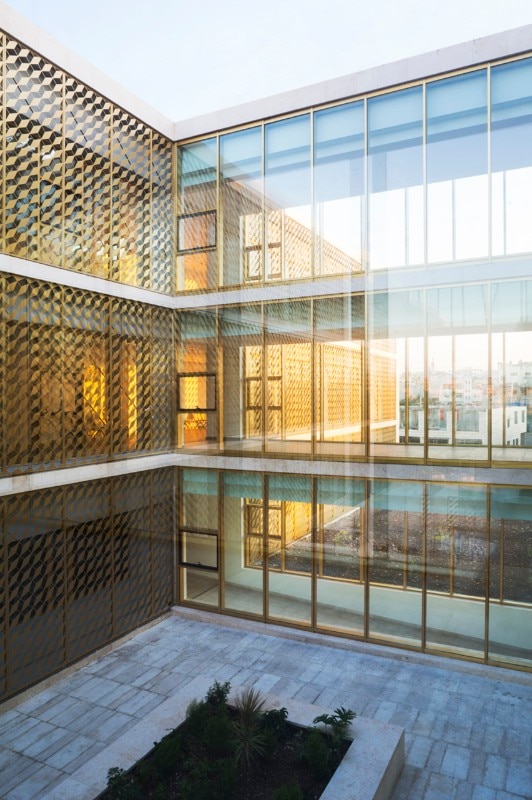
Toulkarem Courthouse
Located at the North entrance to Toulkarem, the Courthouse takes part in a broader renovation of the urban fabric and houses the magistrate and first-degree courts. The proposed urban concept determines a succession of volumes: on the road to Toulkarem towards the city, a first building houses public services while a second building is revealed with a space locally cultivated interstitium. The main building is directly connected to a front public space, which fixes the building in its direct urban context and offers the citizens of Toulkarem a space for social gathering. The difference in levels between the street and the ground floor of the building creates a configuration of public space that stimulates citizens to invest in space. The massive local stone walls of the main building are sculpted with different slanted geometries that protect the indoor space from the greenhouse effect during working hours, while offering ample framed views of the surrounding landscapes.
AAU ANASTAS, Toulkarem Courthouse, Toulkarem, Palestine, 2015. Photo: Mikaela Burstow
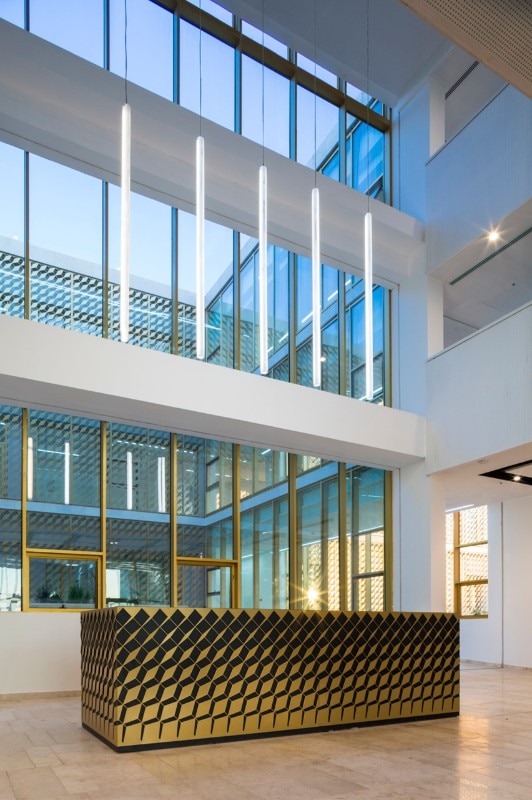
Toulkarem Courthouse
Located at the North entrance to Toulkarem, the Courthouse takes part in a broader renovation of the urban fabric and houses the magistrate and first-degree courts. The proposed urban concept determines a succession of volumes: on the road to Toulkarem towards the city, a first building houses public services while a second building is revealed with a space locally cultivated interstitium. The main building is directly connected to a front public space, which fixes the building in its direct urban context and offers the citizens of Toulkarem a space for social gathering. The difference in levels between the street and the ground floor of the building creates a configuration of public space that stimulates citizens to invest in space. The massive local stone walls of the main building are sculpted with different slanted geometries that protect the indoor space from the greenhouse effect during working hours, while offering ample framed views of the surrounding landscapes.
AAU ANASTAS, Toulkarem Courthouse, Toulkarem, Palestine, 2015. Photo: Mikaela Burstow
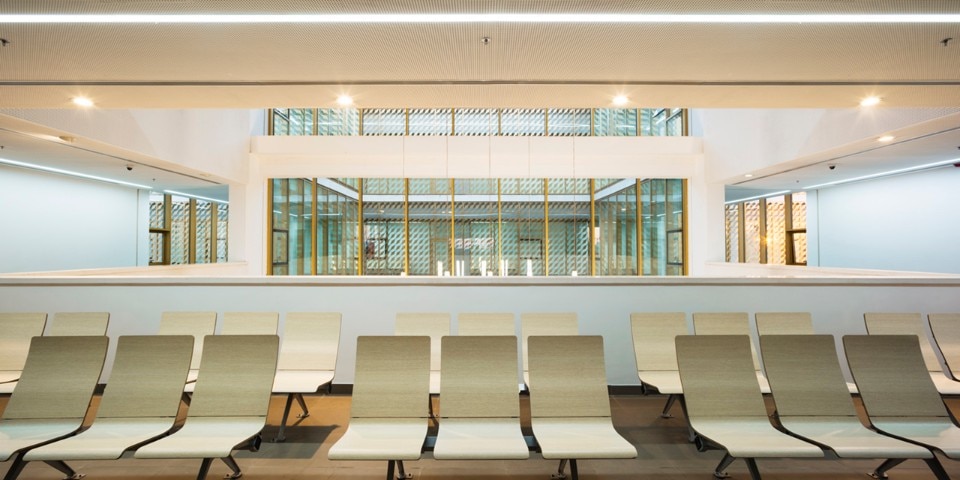
Toulkarem Courthouse
Located at the North entrance to Toulkarem, the Courthouse takes part in a broader renovation of the urban fabric and houses the magistrate and first-degree courts. The proposed urban concept determines a succession of volumes: on the road to Toulkarem towards the city, a first building houses public services while a second building is revealed with a space locally cultivated interstitium. The main building is directly connected to a front public space, which fixes the building in its direct urban context and offers the citizens of Toulkarem a space for social gathering. The difference in levels between the street and the ground floor of the building creates a configuration of public space that stimulates citizens to invest in space. The massive local stone walls of the main building are sculpted with different slanted geometries that protect the indoor space from the greenhouse effect during working hours, while offering ample framed views of the surrounding landscapes.
AAU ANASTAS, Toulkarem Courthouse, Toulkarem, Palestine, 2015. Photo: Mikaela Burstow
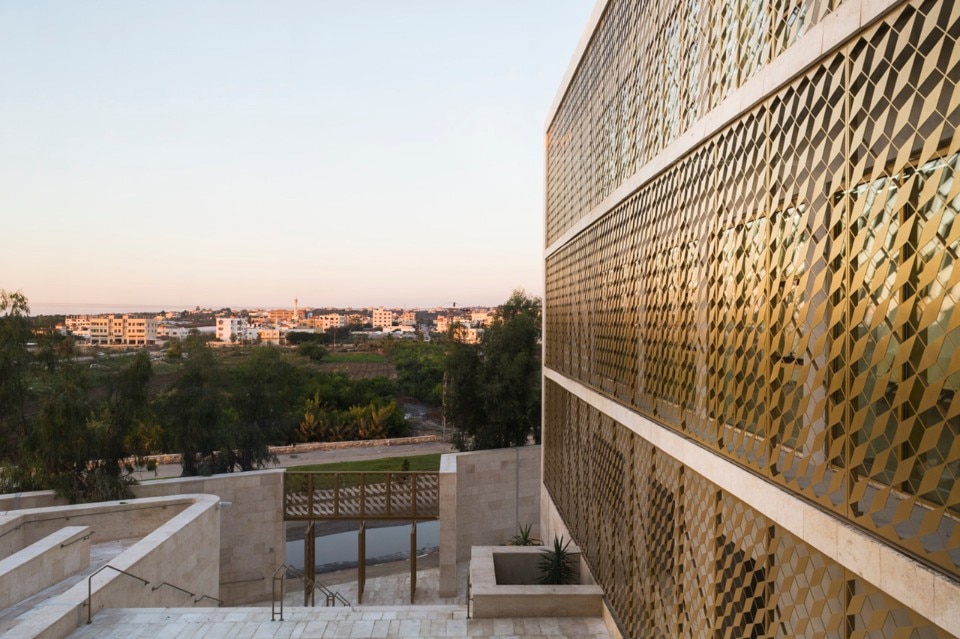
Toulkarem Courthouse
Located at the North entrance to Toulkarem, the Courthouse takes part in a broader renovation of the urban fabric and houses the magistrate and first-degree courts. The proposed urban concept determines a succession of volumes: on the road to Toulkarem towards the city, a first building houses public services while a second building is revealed with a space locally cultivated interstitium. The main building is directly connected to a front public space, which fixes the building in its direct urban context and offers the citizens of Toulkarem a space for social gathering. The difference in levels between the street and the ground floor of the building creates a configuration of public space that stimulates citizens to invest in space. The massive local stone walls of the main building are sculpted with different slanted geometries that protect the indoor space from the greenhouse effect during working hours, while offering ample framed views of the surrounding landscapes.
AAU ANASTAS, Toulkarem Courthouse, Toulkarem, Palestine, 2015. Photo: Mikaela Burstow
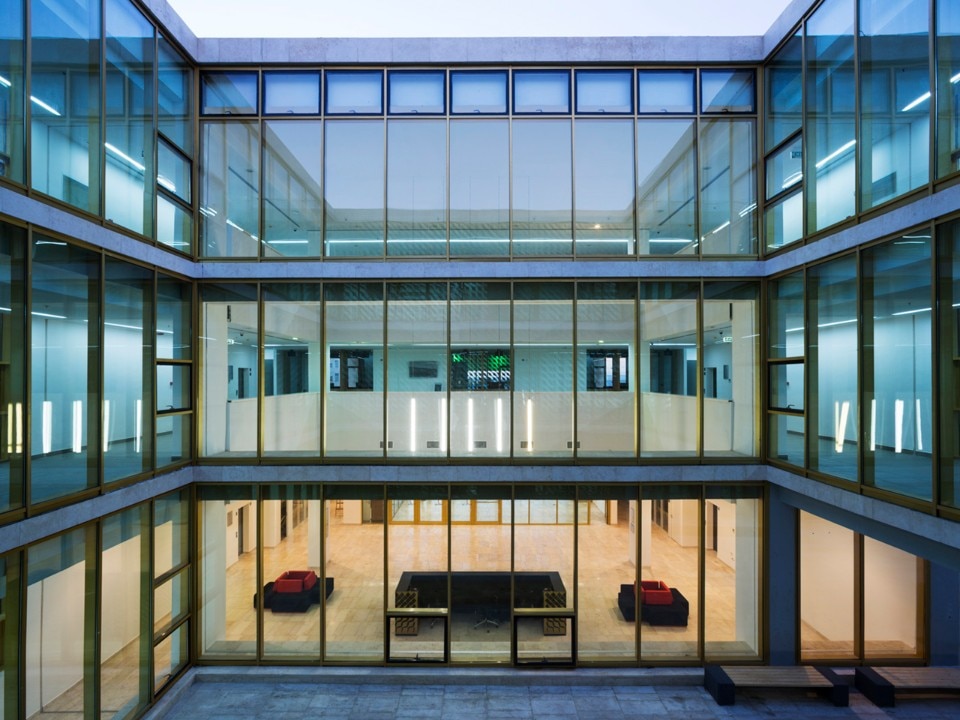
Toulkarem Courthouse
Located at the North entrance to Toulkarem, the Courthouse takes part in a broader renovation of the urban fabric and houses the magistrate and first-degree courts. The proposed urban concept determines a succession of volumes: on the road to Toulkarem towards the city, a first building houses public services while a second building is revealed with a space locally cultivated interstitium. The main building is directly connected to a front public space, which fixes the building in its direct urban context and offers the citizens of Toulkarem a space for social gathering. The difference in levels between the street and the ground floor of the building creates a configuration of public space that stimulates citizens to invest in space. The massive local stone walls of the main building are sculpted with different slanted geometries that protect the indoor space from the greenhouse effect during working hours, while offering ample framed views of the surrounding landscapes.
AAU ANASTAS, Toulkarem Courthouse, Toulkarem, Palestine, 2015. Photo: Mikaela Burstow
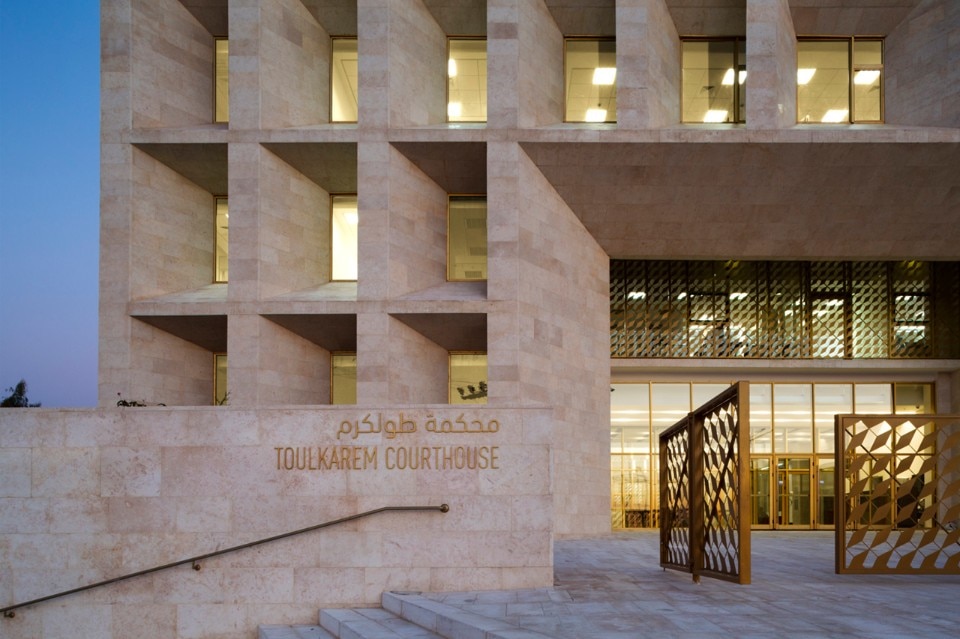
Toulkarem Courthouse
Located at the North entrance to Toulkarem, the Courthouse takes part in a broader renovation of the urban fabric and houses the magistrate and first-degree courts. The proposed urban concept determines a succession of volumes: on the road to Toulkarem towards the city, a first building houses public services while a second building is revealed with a space locally cultivated interstitium. The main building is directly connected to a front public space, which fixes the building in its direct urban context and offers the citizens of Toulkarem a space for social gathering. The difference in levels between the street and the ground floor of the building creates a configuration of public space that stimulates citizens to invest in space. The massive local stone walls of the main building are sculpted with different slanted geometries that protect the indoor space from the greenhouse effect during working hours, while offering ample framed views of the surrounding landscapes.
AAU ANASTAS, Toulkarem Courthouse, Toulkarem, Palestine, 2015. Photo: Mikaela Burstow
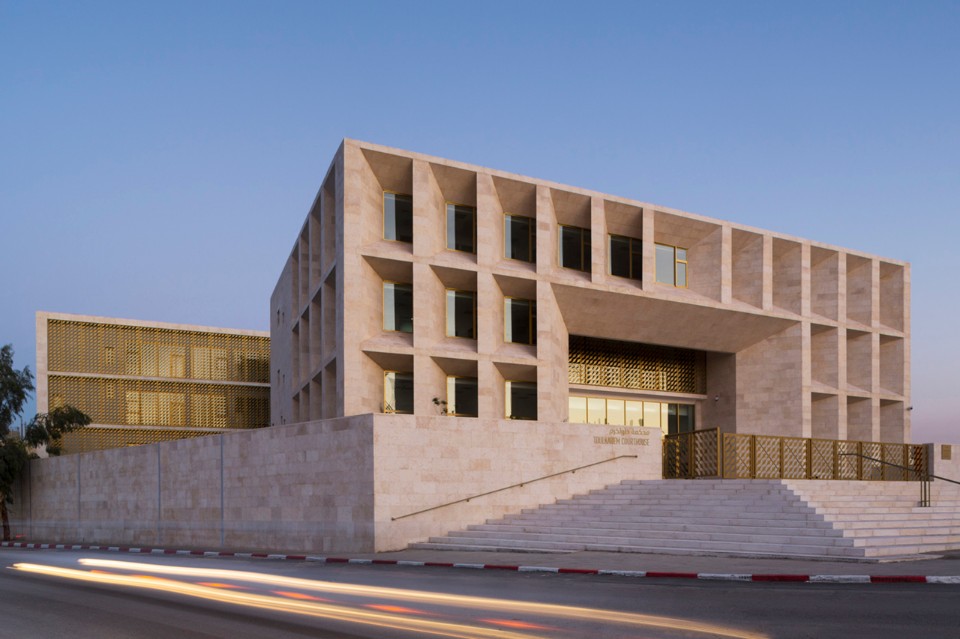
Toulkarem Courthouse
Located at the North entrance to Toulkarem, the Courthouse takes part in a broader renovation of the urban fabric and houses the magistrate and first-degree courts. The proposed urban concept determines a succession of volumes: on the road to Toulkarem towards the city, a first building houses public services while a second building is revealed with a space locally cultivated interstitium. The main building is directly connected to a front public space, which fixes the building in its direct urban context and offers the citizens of Toulkarem a space for social gathering. The difference in levels between the street and the ground floor of the building creates a configuration of public space that stimulates citizens to invest in space. The massive local stone walls of the main building are sculpted with different slanted geometries that protect the indoor space from the greenhouse effect during working hours, while offering ample framed views of the surrounding landscapes.
AAU ANASTAS, Toulkarem Courthouse, Toulkarem, Palestine, 2015. Photo: Mikaela Burstow
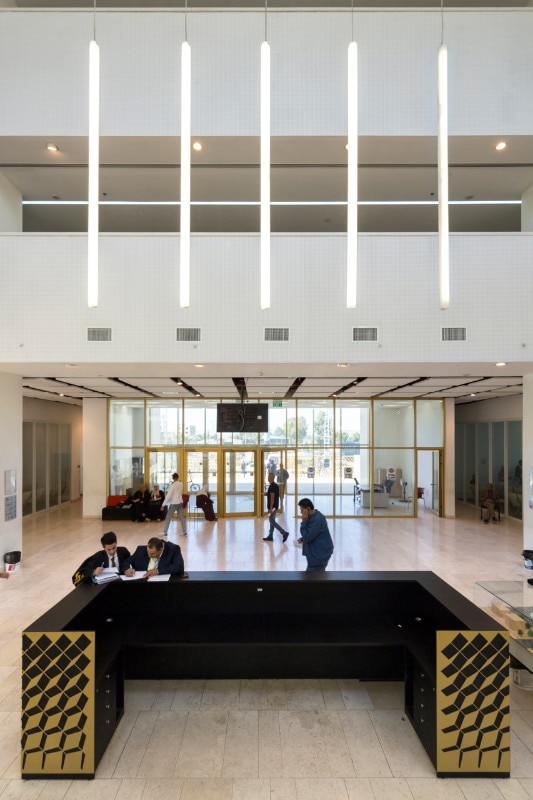
Toulkarem Courthouse
Located at the North entrance to Toulkarem, the Courthouse takes part in a broader renovation of the urban fabric and houses the magistrate and first-degree courts. The proposed urban concept determines a succession of volumes: on the road to Toulkarem towards the city, a first building houses public services while a second building is revealed with a space locally cultivated interstitium. The main building is directly connected to a front public space, which fixes the building in its direct urban context and offers the citizens of Toulkarem a space for social gathering. The difference in levels between the street and the ground floor of the building creates a configuration of public space that stimulates citizens to invest in space. The massive local stone walls of the main building are sculpted with different slanted geometries that protect the indoor space from the greenhouse effect during working hours, while offering ample framed views of the surrounding landscapes.
AAU ANASTAS, Toulkarem Courthouse, Toulkarem, Palestine, 2015. Photo: Mikaela Burstow
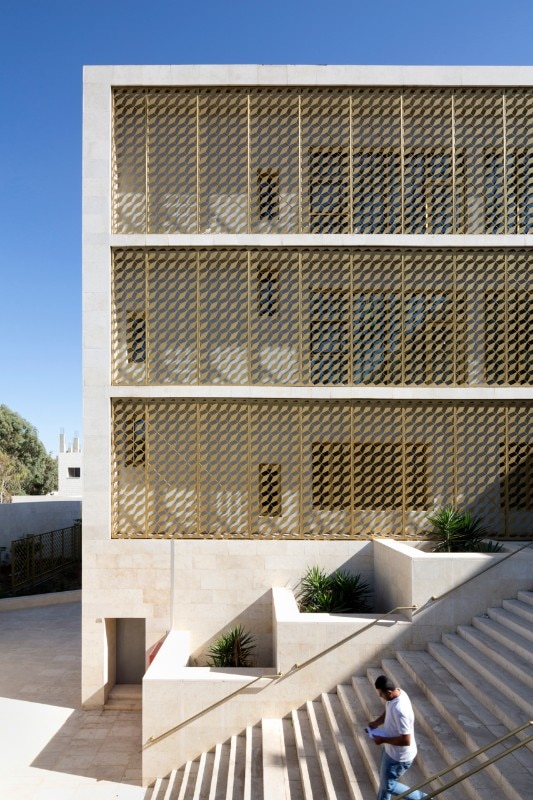
Toulkarem Courthouse
Located at the North entrance to Toulkarem, the Courthouse takes part in a broader renovation of the urban fabric and houses the magistrate and first-degree courts. The proposed urban concept determines a succession of volumes: on the road to Toulkarem towards the city, a first building houses public services while a second building is revealed with a space locally cultivated interstitium. The main building is directly connected to a front public space, which fixes the building in its direct urban context and offers the citizens of Toulkarem a space for social gathering. The difference in levels between the street and the ground floor of the building creates a configuration of public space that stimulates citizens to invest in space. The massive local stone walls of the main building are sculpted with different slanted geometries that protect the indoor space from the greenhouse effect during working hours, while offering ample framed views of the surrounding landscapes.
AAU ANASTAS, Toulkarem Courthouse, Toulkarem, Palestine, 2015. Photo: Mikaela Burstow
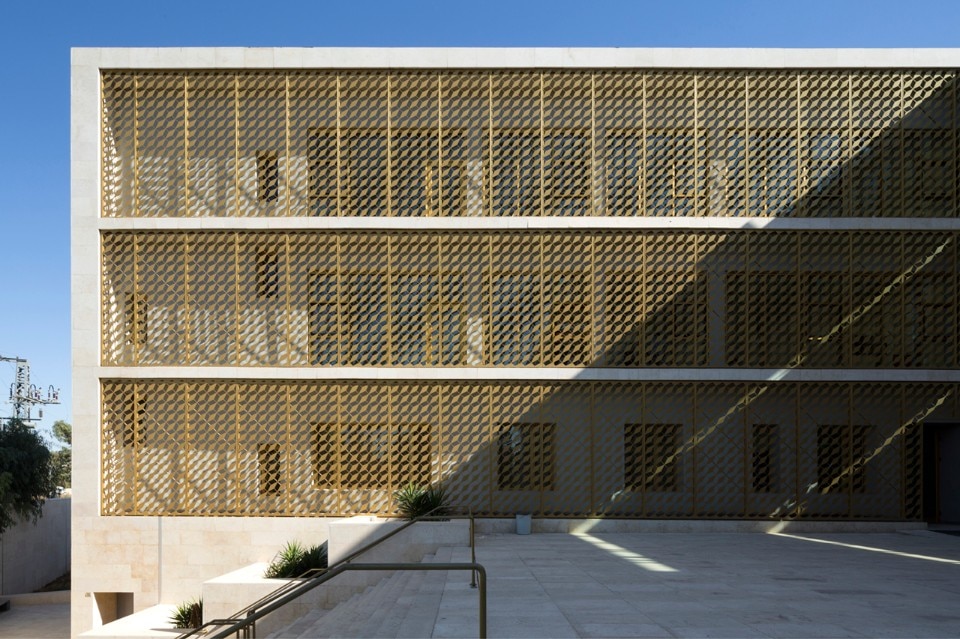
Toulkarem Courthouse
Located at the North entrance to Toulkarem, the Courthouse takes part in a broader renovation of the urban fabric and houses the magistrate and first-degree courts. The proposed urban concept determines a succession of volumes: on the road to Toulkarem towards the city, a first building houses public services while a second building is revealed with a space locally cultivated interstitium. The main building is directly connected to a front public space, which fixes the building in its direct urban context and offers the citizens of Toulkarem a space for social gathering. The difference in levels between the street and the ground floor of the building creates a configuration of public space that stimulates citizens to invest in space. The massive local stone walls of the main building are sculpted with different slanted geometries that protect the indoor space from the greenhouse effect during working hours, while offering ample framed views of the surrounding landscapes.
AAU ANASTAS, Toulkarem Courthouse, Toulkarem, Palestine, 2015. Photo: Mikaela Burstow
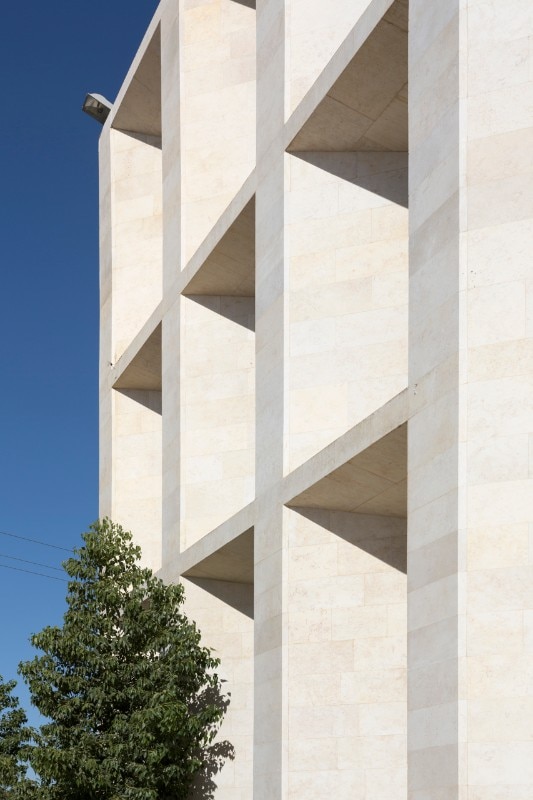
Toulkarem Courthouse
Located at the North entrance to Toulkarem, the Courthouse takes part in a broader renovation of the urban fabric and houses the magistrate and first-degree courts. The proposed urban concept determines a succession of volumes: on the road to Toulkarem towards the city, a first building houses public services while a second building is revealed with a space locally cultivated interstitium. The main building is directly connected to a front public space, which fixes the building in its direct urban context and offers the citizens of Toulkarem a space for social gathering. The difference in levels between the street and the ground floor of the building creates a configuration of public space that stimulates citizens to invest in space. The massive local stone walls of the main building are sculpted with different slanted geometries that protect the indoor space from the greenhouse effect during working hours, while offering ample framed views of the surrounding landscapes.
AAU ANASTAS, Toulkarem Courthouse, Toulkarem, Palestine, 2015. Photo: Mikaela Burstow
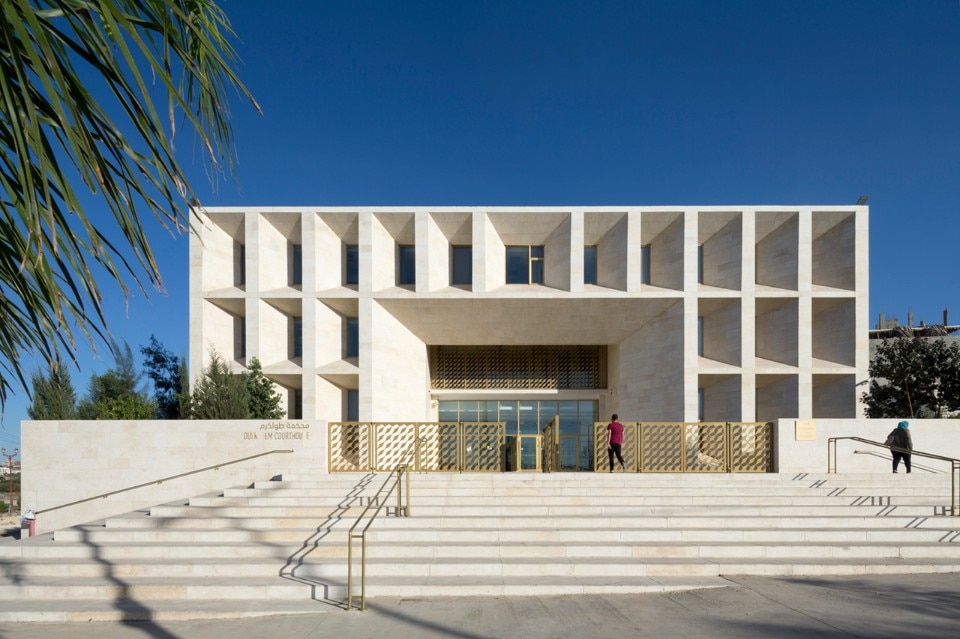
Toulkarem Courthouse
Located at the North entrance to Toulkarem, the Courthouse takes part in a broader renovation of the urban fabric and houses the magistrate and first-degree courts. The proposed urban concept determines a succession of volumes: on the road to Toulkarem towards the city, a first building houses public services while a second building is revealed with a space locally cultivated interstitium. The main building is directly connected to a front public space, which fixes the building in its direct urban context and offers the citizens of Toulkarem a space for social gathering. The difference in levels between the street and the ground floor of the building creates a configuration of public space that stimulates citizens to invest in space. The massive local stone walls of the main building are sculpted with different slanted geometries that protect the indoor space from the greenhouse effect during working hours, while offering ample framed views of the surrounding landscapes.
AAU ANASTAS, Toulkarem Courthouse, Toulkarem, Palestine, 2015. Photo: Mikaela Burstow
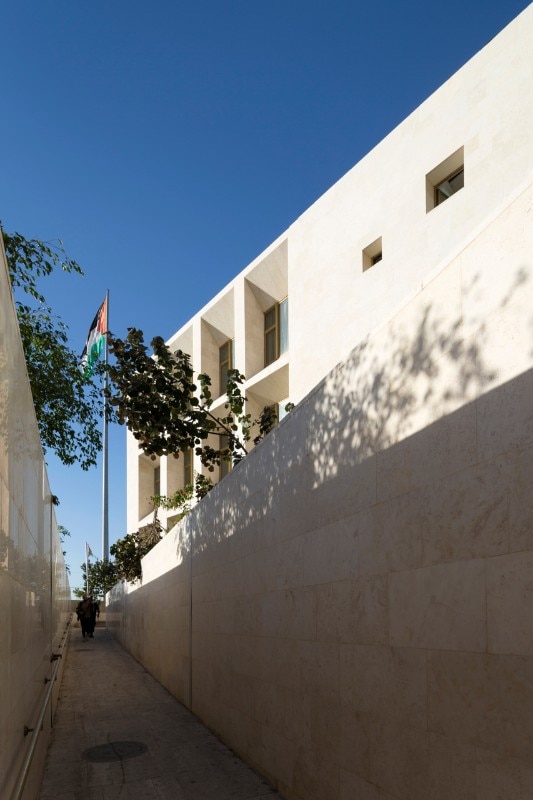
Toulkarem Courthouse
Located at the North entrance to Toulkarem, the Courthouse takes part in a broader renovation of the urban fabric and houses the magistrate and first-degree courts. The proposed urban concept determines a succession of volumes: on the road to Toulkarem towards the city, a first building houses public services while a second building is revealed with a space locally cultivated interstitium. The main building is directly connected to a front public space, which fixes the building in its direct urban context and offers the citizens of Toulkarem a space for social gathering. The difference in levels between the street and the ground floor of the building creates a configuration of public space that stimulates citizens to invest in space. The massive local stone walls of the main building are sculpted with different slanted geometries that protect the indoor space from the greenhouse effect during working hours, while offering ample framed views of the surrounding landscapes.
AAU ANASTAS, Toulkarem Courthouse, Toulkarem, Palestine, 2015. Photo: Mikaela Burstow
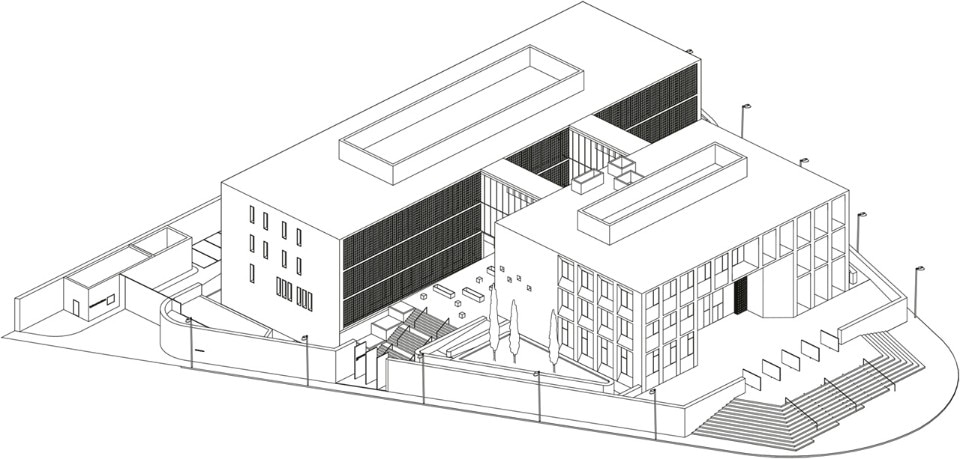
Toulkarem Courthouse
Located at the North entrance to Toulkarem, the Courthouse takes part in a broader renovation of the urban fabric and houses the magistrate and first-degree courts. The proposed urban concept determines a succession of volumes: on the road to Toulkarem towards the city, a first building houses public services while a second building is revealed with a space locally cultivated interstitium. The main building is directly connected to a front public space, which fixes the building in its direct urban context and offers the citizens of Toulkarem a space for social gathering. The difference in levels between the street and the ground floor of the building creates a configuration of public space that stimulates citizens to invest in space. The massive local stone walls of the main building are sculpted with different slanted geometries that protect the indoor space from the greenhouse effect during working hours, while offering ample framed views of the surrounding landscapes.
AAU ANASTAS, Toulkarem Courthouse, Toulkarem, Palestine, 2015. Photo: Mikaela Burstow

Toulkarem Courthouse
Located at the North entrance to Toulkarem, the Courthouse takes part in a broader renovation of the urban fabric and houses the magistrate and first-degree courts. The proposed urban concept determines a succession of volumes: on the road to Toulkarem towards the city, a first building houses public services while a second building is revealed with a space locally cultivated interstitium. The main building is directly connected to a front public space, which fixes the building in its direct urban context and offers the citizens of Toulkarem a space for social gathering. The difference in levels between the street and the ground floor of the building creates a configuration of public space that stimulates citizens to invest in space. The massive local stone walls of the main building are sculpted with different slanted geometries that protect the indoor space from the greenhouse effect during working hours, while offering ample framed views of the surrounding landscapes.
AAU ANASTAS, Toulkarem Courthouse, Toulkarem, Palestine, 2015. Photo: Mikaela Burstow
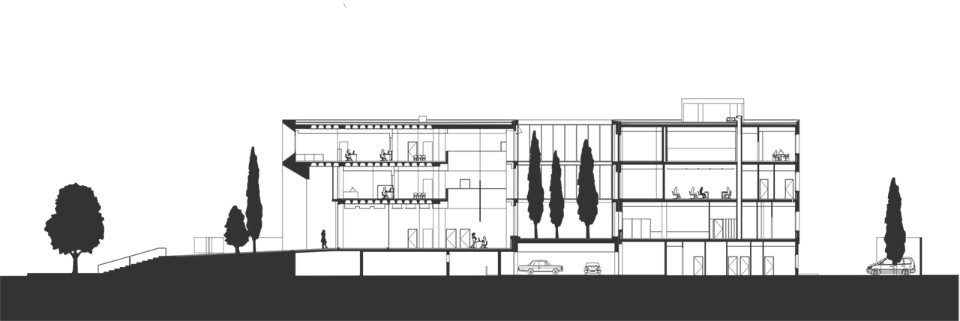
Toulkarem Courthouse
Located at the North entrance to Toulkarem, the Courthouse takes part in a broader renovation of the urban fabric and houses the magistrate and first-degree courts. The proposed urban concept determines a succession of volumes: on the road to Toulkarem towards the city, a first building houses public services while a second building is revealed with a space locally cultivated interstitium. The main building is directly connected to a front public space, which fixes the building in its direct urban context and offers the citizens of Toulkarem a space for social gathering. The difference in levels between the street and the ground floor of the building creates a configuration of public space that stimulates citizens to invest in space. The massive local stone walls of the main building are sculpted with different slanted geometries that protect the indoor space from the greenhouse effect during working hours, while offering ample framed views of the surrounding landscapes.
AAU ANASTAS, Toulkarem Courthouse, Toulkarem, Palestine, 2015. Photo: Mikaela Burstow
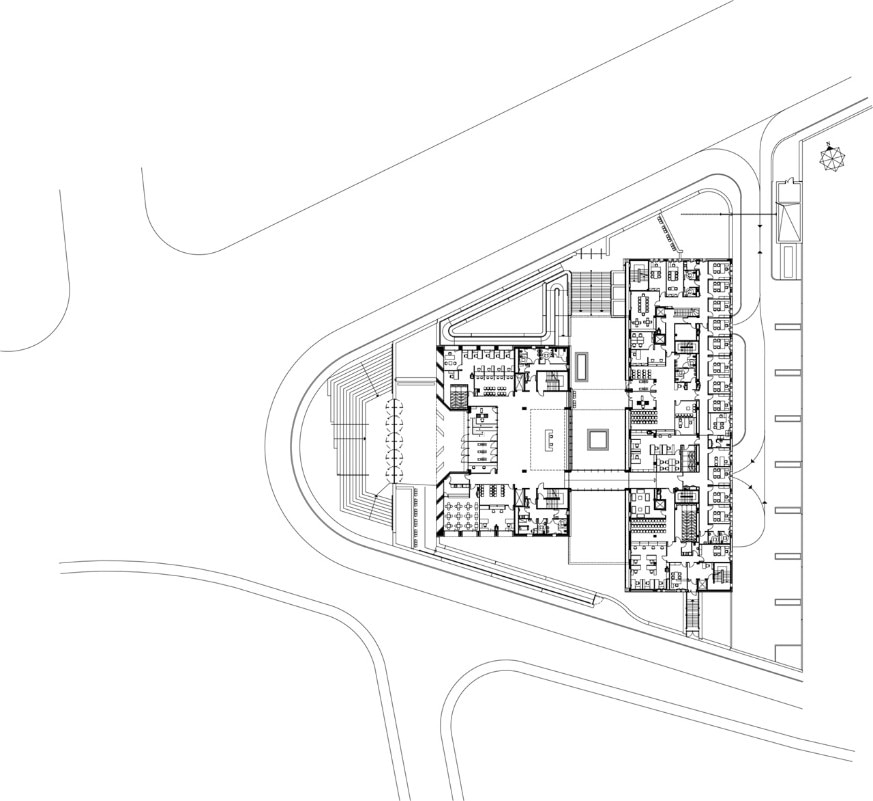
Toulkarem Courthouse
Located at the North entrance to Toulkarem, the Courthouse takes part in a broader renovation of the urban fabric and houses the magistrate and first-degree courts. The proposed urban concept determines a succession of volumes: on the road to Toulkarem towards the city, a first building houses public services while a second building is revealed with a space locally cultivated interstitium. The main building is directly connected to a front public space, which fixes the building in its direct urban context and offers the citizens of Toulkarem a space for social gathering. The difference in levels between the street and the ground floor of the building creates a configuration of public space that stimulates citizens to invest in space. The massive local stone walls of the main building are sculpted with different slanted geometries that protect the indoor space from the greenhouse effect during working hours, while offering ample framed views of the surrounding landscapes.
AAU ANASTAS, Toulkarem Courthouse, Toulkarem, Palestine, 2015. Photo: Mikaela Burstow
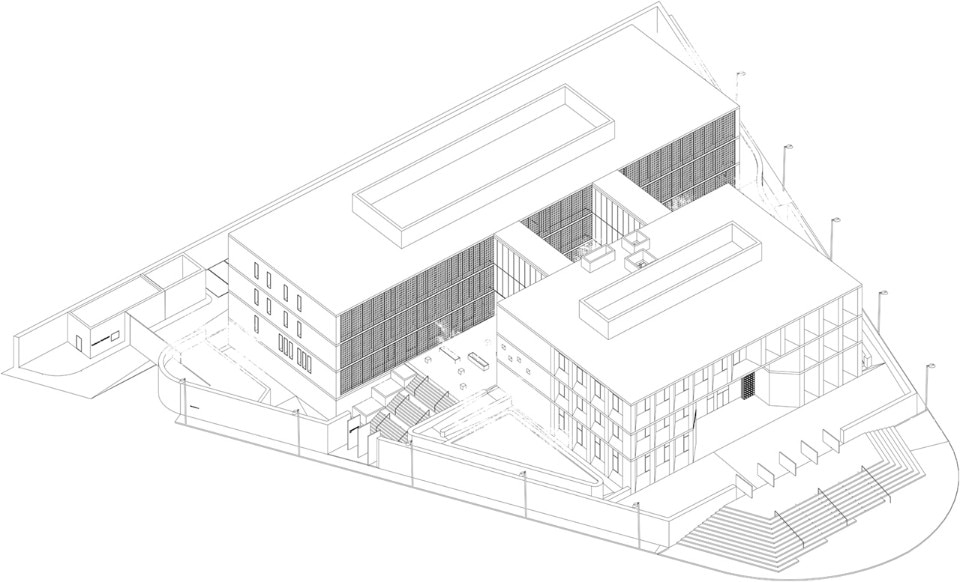
Toulkarem Courthouse
Located at the North entrance to Toulkarem, the Courthouse takes part in a broader renovation of the urban fabric and houses the magistrate and first-degree courts. The proposed urban concept determines a succession of volumes: on the road to Toulkarem towards the city, a first building houses public services while a second building is revealed with a space locally cultivated interstitium. The main building is directly connected to a front public space, which fixes the building in its direct urban context and offers the citizens of Toulkarem a space for social gathering. The difference in levels between the street and the ground floor of the building creates a configuration of public space that stimulates citizens to invest in space. The massive local stone walls of the main building are sculpted with different slanted geometries that protect the indoor space from the greenhouse effect during working hours, while offering ample framed views of the surrounding landscapes.
AAU ANASTAS, Toulkarem Courthouse, Toulkarem, Palestine, 2015. Photo: Mikaela Burstow
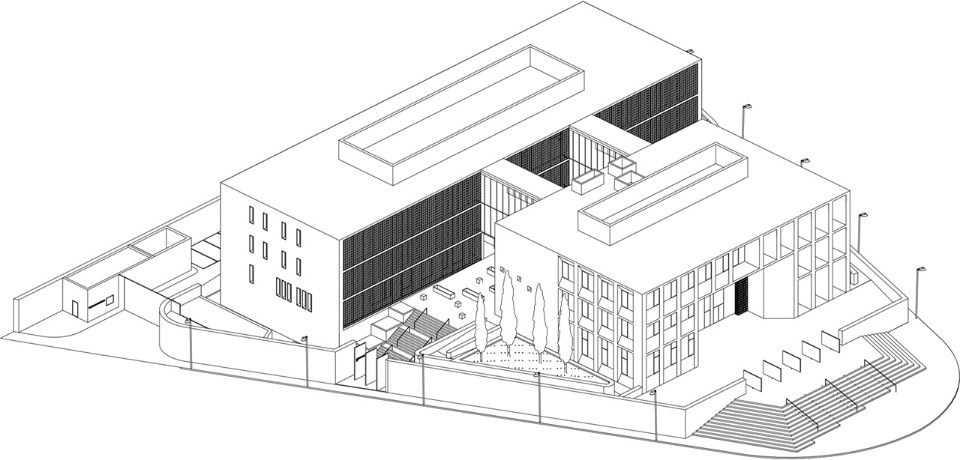
Toulkarem Courthouse
Located at the North entrance to Toulkarem, the Courthouse takes part in a broader renovation of the urban fabric and houses the magistrate and first-degree courts. The proposed urban concept determines a succession of volumes: on the road to Toulkarem towards the city, a first building houses public services while a second building is revealed with a space locally cultivated interstitium. The main building is directly connected to a front public space, which fixes the building in its direct urban context and offers the citizens of Toulkarem a space for social gathering. The difference in levels between the street and the ground floor of the building creates a configuration of public space that stimulates citizens to invest in space. The massive local stone walls of the main building are sculpted with different slanted geometries that protect the indoor space from the greenhouse effect during working hours, while offering ample framed views of the surrounding landscapes.
AAU ANASTAS, Toulkarem Courthouse, Toulkarem, Palestine, 2015. Photo: Mikaela Burstow

Toulkarem Courthouse
Located at the North entrance to Toulkarem, the Courthouse takes part in a broader renovation of the urban fabric and houses the magistrate and first-degree courts. The proposed urban concept determines a succession of volumes: on the road to Toulkarem towards the city, a first building houses public services while a second building is revealed with a space locally cultivated interstitium. The main building is directly connected to a front public space, which fixes the building in its direct urban context and offers the citizens of Toulkarem a space for social gathering. The difference in levels between the street and the ground floor of the building creates a configuration of public space that stimulates citizens to invest in space. The massive local stone walls of the main building are sculpted with different slanted geometries that protect the indoor space from the greenhouse effect during working hours, while offering ample framed views of the surrounding landscapes.
AAU ANASTAS, Toulkarem Courthouse, Toulkarem, Palestine, 2015. Photo: Mikaela Burstow

Toulkarem Courthouse
Located at the North entrance to Toulkarem, the Courthouse takes part in a broader renovation of the urban fabric and houses the magistrate and first-degree courts. The proposed urban concept determines a succession of volumes: on the road to Toulkarem towards the city, a first building houses public services while a second building is revealed with a space locally cultivated interstitium. The main building is directly connected to a front public space, which fixes the building in its direct urban context and offers the citizens of Toulkarem a space for social gathering. The difference in levels between the street and the ground floor of the building creates a configuration of public space that stimulates citizens to invest in space. The massive local stone walls of the main building are sculpted with different slanted geometries that protect the indoor space from the greenhouse effect during working hours, while offering ample framed views of the surrounding landscapes.
AAU ANASTAS, Toulkarem Courthouse, Toulkarem, Palestine, 2015. Photo: Mikaela Burstow

Toulkarem Courthouse
Located at the North entrance to Toulkarem, the Courthouse takes part in a broader renovation of the urban fabric and houses the magistrate and first-degree courts. The proposed urban concept determines a succession of volumes: on the road to Toulkarem towards the city, a first building houses public services while a second building is revealed with a space locally cultivated interstitium. The main building is directly connected to a front public space, which fixes the building in its direct urban context and offers the citizens of Toulkarem a space for social gathering. The difference in levels between the street and the ground floor of the building creates a configuration of public space that stimulates citizens to invest in space. The massive local stone walls of the main building are sculpted with different slanted geometries that protect the indoor space from the greenhouse effect during working hours, while offering ample framed views of the surrounding landscapes.
AAU ANASTAS, Toulkarem Courthouse, Toulkarem, Palestine, 2015. Photo: Mikaela Burstow

Toulkarem Courthouse
Located at the North entrance to Toulkarem, the Courthouse takes part in a broader renovation of the urban fabric and houses the magistrate and first-degree courts. The proposed urban concept determines a succession of volumes: on the road to Toulkarem towards the city, a first building houses public services while a second building is revealed with a space locally cultivated interstitium. The main building is directly connected to a front public space, which fixes the building in its direct urban context and offers the citizens of Toulkarem a space for social gathering. The difference in levels between the street and the ground floor of the building creates a configuration of public space that stimulates citizens to invest in space. The massive local stone walls of the main building are sculpted with different slanted geometries that protect the indoor space from the greenhouse effect during working hours, while offering ample framed views of the surrounding landscapes.
AAU ANASTAS, Toulkarem Courthouse, Toulkarem, Palestine, 2015. Photo: Mikaela Burstow

Toulkarem Courthouse
Located at the North entrance to Toulkarem, the Courthouse takes part in a broader renovation of the urban fabric and houses the magistrate and first-degree courts. The proposed urban concept determines a succession of volumes: on the road to Toulkarem towards the city, a first building houses public services while a second building is revealed with a space locally cultivated interstitium. The main building is directly connected to a front public space, which fixes the building in its direct urban context and offers the citizens of Toulkarem a space for social gathering. The difference in levels between the street and the ground floor of the building creates a configuration of public space that stimulates citizens to invest in space. The massive local stone walls of the main building are sculpted with different slanted geometries that protect the indoor space from the greenhouse effect during working hours, while offering ample framed views of the surrounding landscapes.
AAU ANASTAS, Toulkarem Courthouse, Toulkarem, Palestine, 2015. Photo: Mikaela Burstow

Toulkarem Courthouse
Located at the North entrance to Toulkarem, the Courthouse takes part in a broader renovation of the urban fabric and houses the magistrate and first-degree courts. The proposed urban concept determines a succession of volumes: on the road to Toulkarem towards the city, a first building houses public services while a second building is revealed with a space locally cultivated interstitium. The main building is directly connected to a front public space, which fixes the building in its direct urban context and offers the citizens of Toulkarem a space for social gathering. The difference in levels between the street and the ground floor of the building creates a configuration of public space that stimulates citizens to invest in space. The massive local stone walls of the main building are sculpted with different slanted geometries that protect the indoor space from the greenhouse effect during working hours, while offering ample framed views of the surrounding landscapes.
AAU ANASTAS, Toulkarem Courthouse, Toulkarem, Palestine, 2015. Photo: Mikaela Burstow

Toulkarem Courthouse
Located at the North entrance to Toulkarem, the Courthouse takes part in a broader renovation of the urban fabric and houses the magistrate and first-degree courts. The proposed urban concept determines a succession of volumes: on the road to Toulkarem towards the city, a first building houses public services while a second building is revealed with a space locally cultivated interstitium. The main building is directly connected to a front public space, which fixes the building in its direct urban context and offers the citizens of Toulkarem a space for social gathering. The difference in levels between the street and the ground floor of the building creates a configuration of public space that stimulates citizens to invest in space. The massive local stone walls of the main building are sculpted with different slanted geometries that protect the indoor space from the greenhouse effect during working hours, while offering ample framed views of the surrounding landscapes.
AAU ANASTAS, Toulkarem Courthouse, Toulkarem, Palestine, 2015. Photo: Mikaela Burstow

Toulkarem Courthouse
Located at the North entrance to Toulkarem, the Courthouse takes part in a broader renovation of the urban fabric and houses the magistrate and first-degree courts. The proposed urban concept determines a succession of volumes: on the road to Toulkarem towards the city, a first building houses public services while a second building is revealed with a space locally cultivated interstitium. The main building is directly connected to a front public space, which fixes the building in its direct urban context and offers the citizens of Toulkarem a space for social gathering. The difference in levels between the street and the ground floor of the building creates a configuration of public space that stimulates citizens to invest in space. The massive local stone walls of the main building are sculpted with different slanted geometries that protect the indoor space from the greenhouse effect during working hours, while offering ample framed views of the surrounding landscapes.
AAU ANASTAS, Toulkarem Courthouse, Toulkarem, Palestine, 2015. Photo: Mikaela Burstow

Toulkarem Courthouse
Located at the North entrance to Toulkarem, the Courthouse takes part in a broader renovation of the urban fabric and houses the magistrate and first-degree courts. The proposed urban concept determines a succession of volumes: on the road to Toulkarem towards the city, a first building houses public services while a second building is revealed with a space locally cultivated interstitium. The main building is directly connected to a front public space, which fixes the building in its direct urban context and offers the citizens of Toulkarem a space for social gathering. The difference in levels between the street and the ground floor of the building creates a configuration of public space that stimulates citizens to invest in space. The massive local stone walls of the main building are sculpted with different slanted geometries that protect the indoor space from the greenhouse effect during working hours, while offering ample framed views of the surrounding landscapes.
AAU ANASTAS, Toulkarem Courthouse, Toulkarem, Palestine, 2015. Photo: Mikaela Burstow

Toulkarem Courthouse
Located at the North entrance to Toulkarem, the Courthouse takes part in a broader renovation of the urban fabric and houses the magistrate and first-degree courts. The proposed urban concept determines a succession of volumes: on the road to Toulkarem towards the city, a first building houses public services while a second building is revealed with a space locally cultivated interstitium. The main building is directly connected to a front public space, which fixes the building in its direct urban context and offers the citizens of Toulkarem a space for social gathering. The difference in levels between the street and the ground floor of the building creates a configuration of public space that stimulates citizens to invest in space. The massive local stone walls of the main building are sculpted with different slanted geometries that protect the indoor space from the greenhouse effect during working hours, while offering ample framed views of the surrounding landscapes.
AAU ANASTAS, Toulkarem Courthouse, Toulkarem, Palestine, 2015. Photo: Mikaela Burstow

Toulkarem Courthouse
Located at the North entrance to Toulkarem, the Courthouse takes part in a broader renovation of the urban fabric and houses the magistrate and first-degree courts. The proposed urban concept determines a succession of volumes: on the road to Toulkarem towards the city, a first building houses public services while a second building is revealed with a space locally cultivated interstitium. The main building is directly connected to a front public space, which fixes the building in its direct urban context and offers the citizens of Toulkarem a space for social gathering. The difference in levels between the street and the ground floor of the building creates a configuration of public space that stimulates citizens to invest in space. The massive local stone walls of the main building are sculpted with different slanted geometries that protect the indoor space from the greenhouse effect during working hours, while offering ample framed views of the surrounding landscapes.
AAU ANASTAS, Toulkarem Courthouse, Toulkarem, Palestine, 2015. Photo: Mikaela Burstow

Toulkarem Courthouse
Located at the North entrance to Toulkarem, the Courthouse takes part in a broader renovation of the urban fabric and houses the magistrate and first-degree courts. The proposed urban concept determines a succession of volumes: on the road to Toulkarem towards the city, a first building houses public services while a second building is revealed with a space locally cultivated interstitium. The main building is directly connected to a front public space, which fixes the building in its direct urban context and offers the citizens of Toulkarem a space for social gathering. The difference in levels between the street and the ground floor of the building creates a configuration of public space that stimulates citizens to invest in space. The massive local stone walls of the main building are sculpted with different slanted geometries that protect the indoor space from the greenhouse effect during working hours, while offering ample framed views of the surrounding landscapes.
AAU ANASTAS, Toulkarem Courthouse, Toulkarem, Palestine, 2015. Photo: Mikaela Burstow

Toulkarem Courthouse
Located at the North entrance to Toulkarem, the Courthouse takes part in a broader renovation of the urban fabric and houses the magistrate and first-degree courts. The proposed urban concept determines a succession of volumes: on the road to Toulkarem towards the city, a first building houses public services while a second building is revealed with a space locally cultivated interstitium. The main building is directly connected to a front public space, which fixes the building in its direct urban context and offers the citizens of Toulkarem a space for social gathering. The difference in levels between the street and the ground floor of the building creates a configuration of public space that stimulates citizens to invest in space. The massive local stone walls of the main building are sculpted with different slanted geometries that protect the indoor space from the greenhouse effect during working hours, while offering ample framed views of the surrounding landscapes.
AAU ANASTAS, Toulkarem Courthouse, Toulkarem, Palestine, 2015. Photo: Mikaela Burstow

Toulkarem Courthouse
Located at the North entrance to Toulkarem, the Courthouse takes part in a broader renovation of the urban fabric and houses the magistrate and first-degree courts. The proposed urban concept determines a succession of volumes: on the road to Toulkarem towards the city, a first building houses public services while a second building is revealed with a space locally cultivated interstitium. The main building is directly connected to a front public space, which fixes the building in its direct urban context and offers the citizens of Toulkarem a space for social gathering. The difference in levels between the street and the ground floor of the building creates a configuration of public space that stimulates citizens to invest in space. The massive local stone walls of the main building are sculpted with different slanted geometries that protect the indoor space from the greenhouse effect during working hours, while offering ample framed views of the surrounding landscapes.
AAU ANASTAS, Toulkarem Courthouse, Toulkarem, Palestine, 2015. Photo: Mikaela Burstow

Toulkarem Courthouse
Located at the North entrance to Toulkarem, the Courthouse takes part in a broader renovation of the urban fabric and houses the magistrate and first-degree courts. The proposed urban concept determines a succession of volumes: on the road to Toulkarem towards the city, a first building houses public services while a second building is revealed with a space locally cultivated interstitium. The main building is directly connected to a front public space, which fixes the building in its direct urban context and offers the citizens of Toulkarem a space for social gathering. The difference in levels between the street and the ground floor of the building creates a configuration of public space that stimulates citizens to invest in space. The massive local stone walls of the main building are sculpted with different slanted geometries that protect the indoor space from the greenhouse effect during working hours, while offering ample framed views of the surrounding landscapes.
AAU ANASTAS, Toulkarem Courthouse, Toulkarem, Palestine, 2015. Photo: Mikaela Burstow

Toulkarem Courthouse
Located at the North entrance to Toulkarem, the Courthouse takes part in a broader renovation of the urban fabric and houses the magistrate and first-degree courts. The proposed urban concept determines a succession of volumes: on the road to Toulkarem towards the city, a first building houses public services while a second building is revealed with a space locally cultivated interstitium. The main building is directly connected to a front public space, which fixes the building in its direct urban context and offers the citizens of Toulkarem a space for social gathering. The difference in levels between the street and the ground floor of the building creates a configuration of public space that stimulates citizens to invest in space. The massive local stone walls of the main building are sculpted with different slanted geometries that protect the indoor space from the greenhouse effect during working hours, while offering ample framed views of the surrounding landscapes.
AAU ANASTAS, Toulkarem Courthouse, Toulkarem, Palestine, 2015. Photo: Mikaela Burstow

Toulkarem Courthouse
Located at the North entrance to Toulkarem, the Courthouse takes part in a broader renovation of the urban fabric and houses the magistrate and first-degree courts. The proposed urban concept determines a succession of volumes: on the road to Toulkarem towards the city, a first building houses public services while a second building is revealed with a space locally cultivated interstitium. The main building is directly connected to a front public space, which fixes the building in its direct urban context and offers the citizens of Toulkarem a space for social gathering. The difference in levels between the street and the ground floor of the building creates a configuration of public space that stimulates citizens to invest in space. The massive local stone walls of the main building are sculpted with different slanted geometries that protect the indoor space from the greenhouse effect during working hours, while offering ample framed views of the surrounding landscapes.
AAU ANASTAS, Toulkarem Courthouse, Toulkarem, Palestine, 2015. Photo: Mikaela Burstow

Toulkarem Courthouse
Located at the North entrance to Toulkarem, the Courthouse takes part in a broader renovation of the urban fabric and houses the magistrate and first-degree courts. The proposed urban concept determines a succession of volumes: on the road to Toulkarem towards the city, a first building houses public services while a second building is revealed with a space locally cultivated interstitium. The main building is directly connected to a front public space, which fixes the building in its direct urban context and offers the citizens of Toulkarem a space for social gathering. The difference in levels between the street and the ground floor of the building creates a configuration of public space that stimulates citizens to invest in space. The massive local stone walls of the main building are sculpted with different slanted geometries that protect the indoor space from the greenhouse effect during working hours, while offering ample framed views of the surrounding landscapes.
AAU ANASTAS, Toulkarem Courthouse, Toulkarem, Palestine, 2015. Photo: Mikaela Burstow

Toulkarem Courthouse
Located at the North entrance to Toulkarem, the Courthouse takes part in a broader renovation of the urban fabric and houses the magistrate and first-degree courts. The proposed urban concept determines a succession of volumes: on the road to Toulkarem towards the city, a first building houses public services while a second building is revealed with a space locally cultivated interstitium. The main building is directly connected to a front public space, which fixes the building in its direct urban context and offers the citizens of Toulkarem a space for social gathering. The difference in levels between the street and the ground floor of the building creates a configuration of public space that stimulates citizens to invest in space. The massive local stone walls of the main building are sculpted with different slanted geometries that protect the indoor space from the greenhouse effect during working hours, while offering ample framed views of the surrounding landscapes.
AAU ANASTAS, Toulkarem Courthouse, Toulkarem, Palestine, 2015. Photo: Mikaela Burstow

Toulkarem Courthouse
Located at the North entrance to Toulkarem, the Courthouse takes part in a broader renovation of the urban fabric and houses the magistrate and first-degree courts. The proposed urban concept determines a succession of volumes: on the road to Toulkarem towards the city, a first building houses public services while a second building is revealed with a space locally cultivated interstitium. The main building is directly connected to a front public space, which fixes the building in its direct urban context and offers the citizens of Toulkarem a space for social gathering. The difference in levels between the street and the ground floor of the building creates a configuration of public space that stimulates citizens to invest in space. The massive local stone walls of the main building are sculpted with different slanted geometries that protect the indoor space from the greenhouse effect during working hours, while offering ample framed views of the surrounding landscapes.
AAU ANASTAS, Toulkarem Courthouse, Toulkarem, Palestine, 2015. Photo: Mikaela Burstow

Toulkarem Courthouse
Located at the North entrance to Toulkarem, the Courthouse takes part in a broader renovation of the urban fabric and houses the magistrate and first-degree courts. The proposed urban concept determines a succession of volumes: on the road to Toulkarem towards the city, a first building houses public services while a second building is revealed with a space locally cultivated interstitium. The main building is directly connected to a front public space, which fixes the building in its direct urban context and offers the citizens of Toulkarem a space for social gathering. The difference in levels between the street and the ground floor of the building creates a configuration of public space that stimulates citizens to invest in space. The massive local stone walls of the main building are sculpted with different slanted geometries that protect the indoor space from the greenhouse effect during working hours, while offering ample framed views of the surrounding landscapes.
AAU ANASTAS, Toulkarem Courthouse, Toulkarem, Palestine, 2015. Photo: Mikaela Burstow

Toulkarem Courthouse
Located at the North entrance to Toulkarem, the Courthouse takes part in a broader renovation of the urban fabric and houses the magistrate and first-degree courts. The proposed urban concept determines a succession of volumes: on the road to Toulkarem towards the city, a first building houses public services while a second building is revealed with a space locally cultivated interstitium. The main building is directly connected to a front public space, which fixes the building in its direct urban context and offers the citizens of Toulkarem a space for social gathering. The difference in levels between the street and the ground floor of the building creates a configuration of public space that stimulates citizens to invest in space. The massive local stone walls of the main building are sculpted with different slanted geometries that protect the indoor space from the greenhouse effect during working hours, while offering ample framed views of the surrounding landscapes.
AAU ANASTAS, Toulkarem Courthouse, Toulkarem, Palestine, 2015. Photo: Mikaela Burstow

Toulkarem Courthouse
Located at the North entrance to Toulkarem, the Courthouse takes part in a broader renovation of the urban fabric and houses the magistrate and first-degree courts. The proposed urban concept determines a succession of volumes: on the road to Toulkarem towards the city, a first building houses public services while a second building is revealed with a space locally cultivated interstitium. The main building is directly connected to a front public space, which fixes the building in its direct urban context and offers the citizens of Toulkarem a space for social gathering. The difference in levels between the street and the ground floor of the building creates a configuration of public space that stimulates citizens to invest in space. The massive local stone walls of the main building are sculpted with different slanted geometries that protect the indoor space from the greenhouse effect during working hours, while offering ample framed views of the surrounding landscapes.
AAU ANASTAS, Toulkarem Courthouse, Toulkarem, Palestine, 2015. Photo: Mikaela Burstow

Toulkarem Courthouse
Located at the North entrance to Toulkarem, the Courthouse takes part in a broader renovation of the urban fabric and houses the magistrate and first-degree courts. The proposed urban concept determines a succession of volumes: on the road to Toulkarem towards the city, a first building houses public services while a second building is revealed with a space locally cultivated interstitium. The main building is directly connected to a front public space, which fixes the building in its direct urban context and offers the citizens of Toulkarem a space for social gathering. The difference in levels between the street and the ground floor of the building creates a configuration of public space that stimulates citizens to invest in space. The massive local stone walls of the main building are sculpted with different slanted geometries that protect the indoor space from the greenhouse effect during working hours, while offering ample framed views of the surrounding landscapes.
AAU ANASTAS, Toulkarem Courthouse, Toulkarem, Palestine, 2015. Photo: Mikaela Burstow

Toulkarem Courthouse
Located at the North entrance to Toulkarem, the Courthouse takes part in a broader renovation of the urban fabric and houses the magistrate and first-degree courts. The proposed urban concept determines a succession of volumes: on the road to Toulkarem towards the city, a first building houses public services while a second building is revealed with a space locally cultivated interstitium. The main building is directly connected to a front public space, which fixes the building in its direct urban context and offers the citizens of Toulkarem a space for social gathering. The difference in levels between the street and the ground floor of the building creates a configuration of public space that stimulates citizens to invest in space. The massive local stone walls of the main building are sculpted with different slanted geometries that protect the indoor space from the greenhouse effect during working hours, while offering ample framed views of the surrounding landscapes.
AAU ANASTAS, Toulkarem Courthouse, Toulkarem, Palestine, 2015. Photo: Mikaela Burstow

Toulkarem Courthouse
Located at the North entrance to Toulkarem, the Courthouse takes part in a broader renovation of the urban fabric and houses the magistrate and first-degree courts. The proposed urban concept determines a succession of volumes: on the road to Toulkarem towards the city, a first building houses public services while a second building is revealed with a space locally cultivated interstitium. The main building is directly connected to a front public space, which fixes the building in its direct urban context and offers the citizens of Toulkarem a space for social gathering. The difference in levels between the street and the ground floor of the building creates a configuration of public space that stimulates citizens to invest in space. The massive local stone walls of the main building are sculpted with different slanted geometries that protect the indoor space from the greenhouse effect during working hours, while offering ample framed views of the surrounding landscapes.
AAU ANASTAS, Toulkarem Courthouse, Toulkarem, Palestine, 2015. Photo: Mikaela Burstow

Toulkarem Courthouse
Located at the North entrance to Toulkarem, the Courthouse takes part in a broader renovation of the urban fabric and houses the magistrate and first-degree courts. The proposed urban concept determines a succession of volumes: on the road to Toulkarem towards the city, a first building houses public services while a second building is revealed with a space locally cultivated interstitium. The main building is directly connected to a front public space, which fixes the building in its direct urban context and offers the citizens of Toulkarem a space for social gathering. The difference in levels between the street and the ground floor of the building creates a configuration of public space that stimulates citizens to invest in space. The massive local stone walls of the main building are sculpted with different slanted geometries that protect the indoor space from the greenhouse effect during working hours, while offering ample framed views of the surrounding landscapes.
AAU ANASTAS, Toulkarem Courthouse, Toulkarem, Palestine, 2015. Photo: Mikaela Burstow

Toulkarem Courthouse
Located at the North entrance to Toulkarem, the Courthouse takes part in a broader renovation of the urban fabric and houses the magistrate and first-degree courts. The proposed urban concept determines a succession of volumes: on the road to Toulkarem towards the city, a first building houses public services while a second building is revealed with a space locally cultivated interstitium. The main building is directly connected to a front public space, which fixes the building in its direct urban context and offers the citizens of Toulkarem a space for social gathering. The difference in levels between the street and the ground floor of the building creates a configuration of public space that stimulates citizens to invest in space. The massive local stone walls of the main building are sculpted with different slanted geometries that protect the indoor space from the greenhouse effect during working hours, while offering ample framed views of the surrounding landscapes.
AAU ANASTAS, Toulkarem Courthouse, Toulkarem, Palestine, 2015. Photo: Mikaela Burstow

Toulkarem Courthouse
Located at the North entrance to Toulkarem, the Courthouse takes part in a broader renovation of the urban fabric and houses the magistrate and first-degree courts. The proposed urban concept determines a succession of volumes: on the road to Toulkarem towards the city, a first building houses public services while a second building is revealed with a space locally cultivated interstitium. The main building is directly connected to a front public space, which fixes the building in its direct urban context and offers the citizens of Toulkarem a space for social gathering. The difference in levels between the street and the ground floor of the building creates a configuration of public space that stimulates citizens to invest in space. The massive local stone walls of the main building are sculpted with different slanted geometries that protect the indoor space from the greenhouse effect during working hours, while offering ample framed views of the surrounding landscapes.
AAU ANASTAS, Toulkarem Courthouse, Toulkarem, Palestine, 2015. Photo: Mikaela Burstow

Toulkarem Courthouse
Located at the North entrance to Toulkarem, the Courthouse takes part in a broader renovation of the urban fabric and houses the magistrate and first-degree courts. The proposed urban concept determines a succession of volumes: on the road to Toulkarem towards the city, a first building houses public services while a second building is revealed with a space locally cultivated interstitium. The main building is directly connected to a front public space, which fixes the building in its direct urban context and offers the citizens of Toulkarem a space for social gathering. The difference in levels between the street and the ground floor of the building creates a configuration of public space that stimulates citizens to invest in space. The massive local stone walls of the main building are sculpted with different slanted geometries that protect the indoor space from the greenhouse effect during working hours, while offering ample framed views of the surrounding landscapes.
AAU ANASTAS, Toulkarem Courthouse, Toulkarem, Palestine, 2015. Photo: Mikaela Burstow
With this aim in mind, the brothers have embarked on a series of experiments since 2012, when they established AAU Anastas’s second studio in Paris. The first, in Bethlehem, had been established by their architect parents in 1979. The results have been a series of award-winning civic buildings, such as their courthouse in Toulkarem, a series of gravity-defying stone structures and a line of contemporary artisan-made furniture that reflect the brother’s commitment to working at different scales while questioning the assumptions that inform contemporary architectural practice.
A case in point is the brother’s most recent research project, a self-supporting stone vault, Analogy, which was exhibited as part of Jerusalem Show IX at the biennial Qalandiya International festival in October. Inspired by a traditional type of rectangular stone vault – aqd takaneh – commonly employed in Palestinian domestic architecture at least since the thirteenth-century, Analogy, combines historic architectural forms, traditional craftsmanship and materials with innovative design and construction techniques.
The brothers describe the result as the first element in what might be described as a 21st century pattern book.
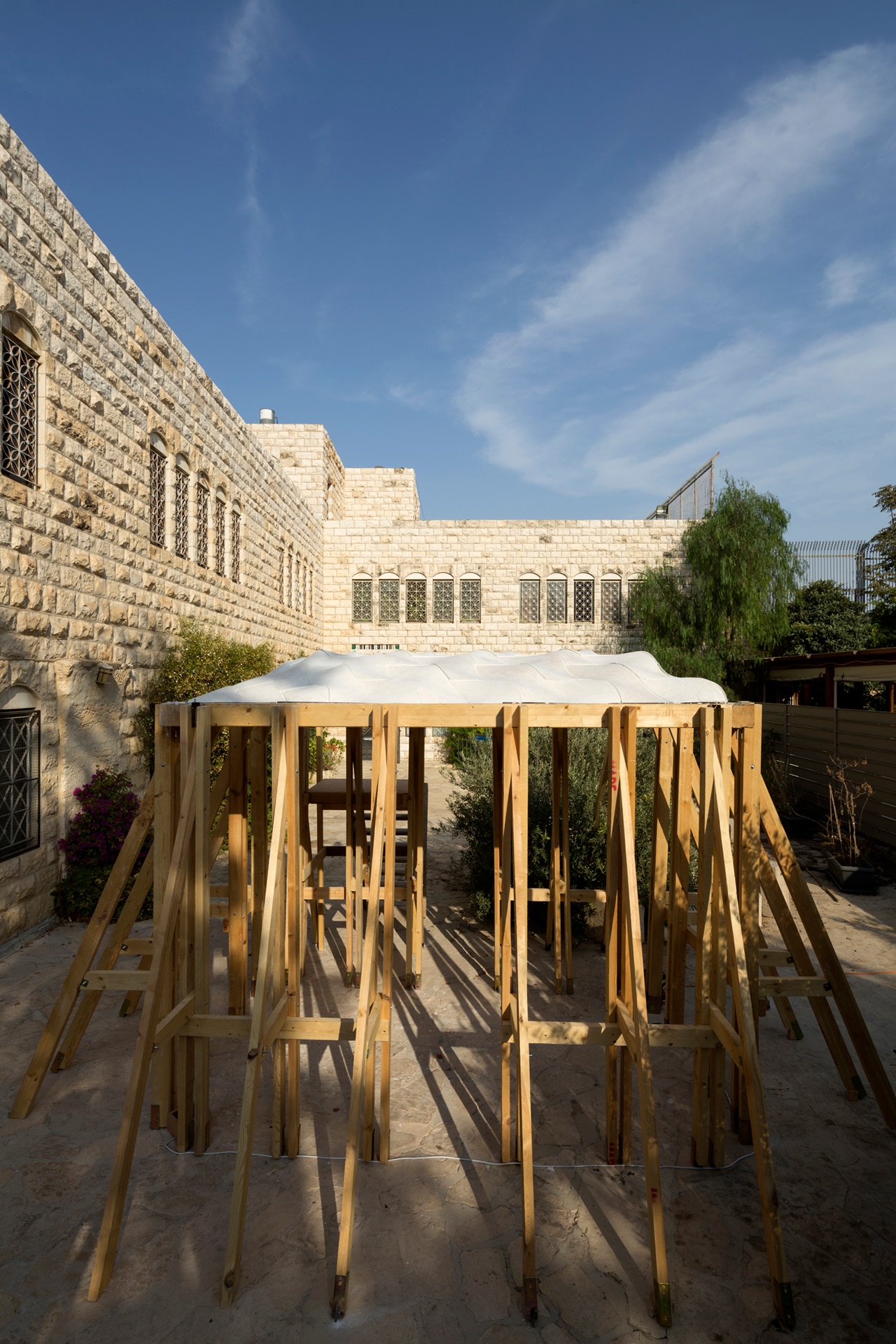
 View gallery
View gallery
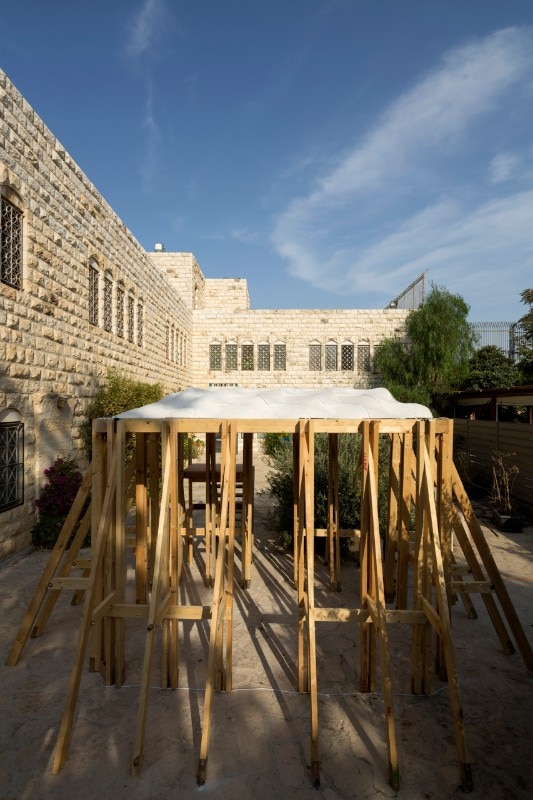
Analogy
Analogy is the most recent research project of the two brothers: a self-supporting stone vault, presented in October at the biennial Qalandiya International festival, in the context of Jerusalem Show IX. Analogy, inspired by the aqd takaneh - the traditional type of rectangular stone vault, commonly adopted in Palestinian domestic architecture since at least the thirteenth century - blends historical architectural forms, crafts and traditional materials with the innovation of the project and building techniques. The two brothers describe the result as the first example of what could be called a model manual for the 21st century.
AAU ANASTAS, Analogy, biennial festival Qalandiya International, Jerusalem Show IX, 2018
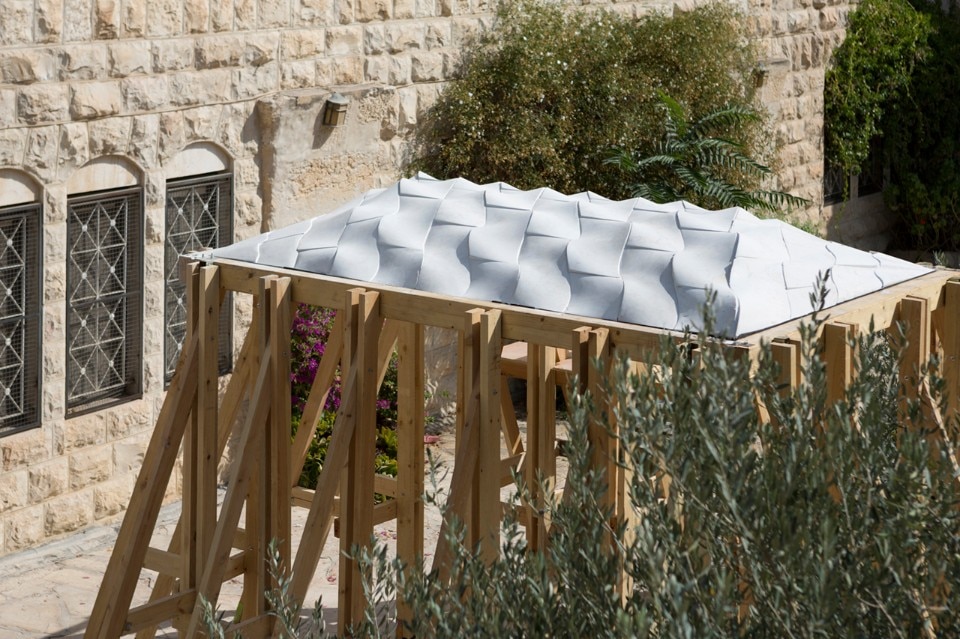
Analogy
Analogy is the most recent research project of the two brothers: a self-supporting stone vault, presented in October at the biennial Qalandiya International festival, in the context of Jerusalem Show IX. Analogy, inspired by the aqd takaneh - the traditional type of rectangular stone vault, commonly adopted in Palestinian domestic architecture since at least the thirteenth century - blends historical architectural forms, crafts and traditional materials with the innovation of the project and building techniques. The two brothers describe the result as the first example of what could be called a model manual for the 21st century.
AAU ANASTAS, Analogy, biennial festival Qalandiya International, Jerusalem Show IX, 2018
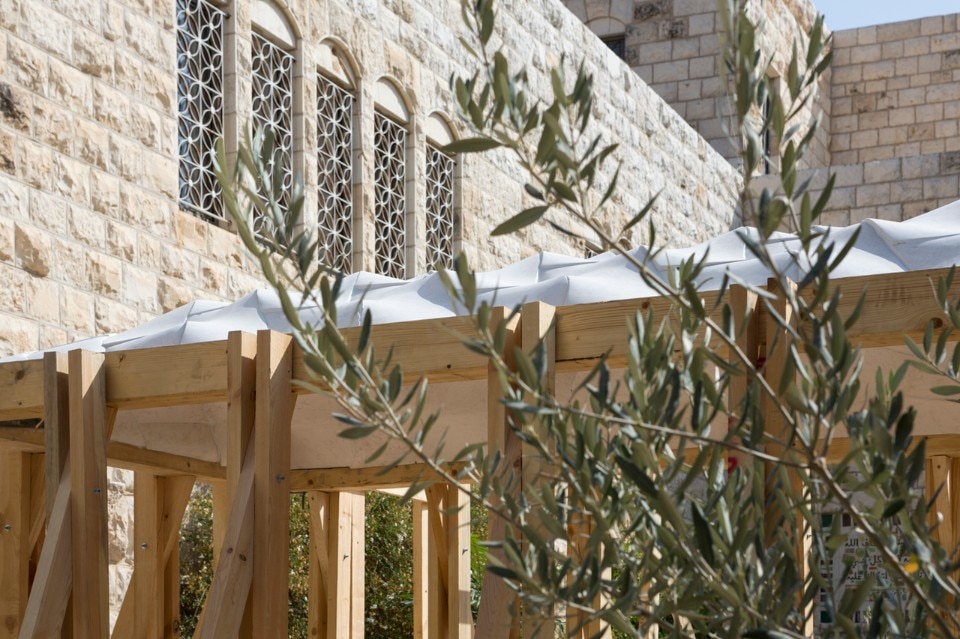
Analogy
Analogy is the most recent research project of the two brothers: a self-supporting stone vault, presented in October at the biennial Qalandiya International festival, in the context of Jerusalem Show IX. Analogy, inspired by the aqd takaneh - the traditional type of rectangular stone vault, commonly adopted in Palestinian domestic architecture since at least the thirteenth century - blends historical architectural forms, crafts and traditional materials with the innovation of the project and building techniques. The two brothers describe the result as the first example of what could be called a model manual for the 21st century.
AAU ANASTAS, Analogy, biennial festival Qalandiya International, Jerusalem Show IX, 2018
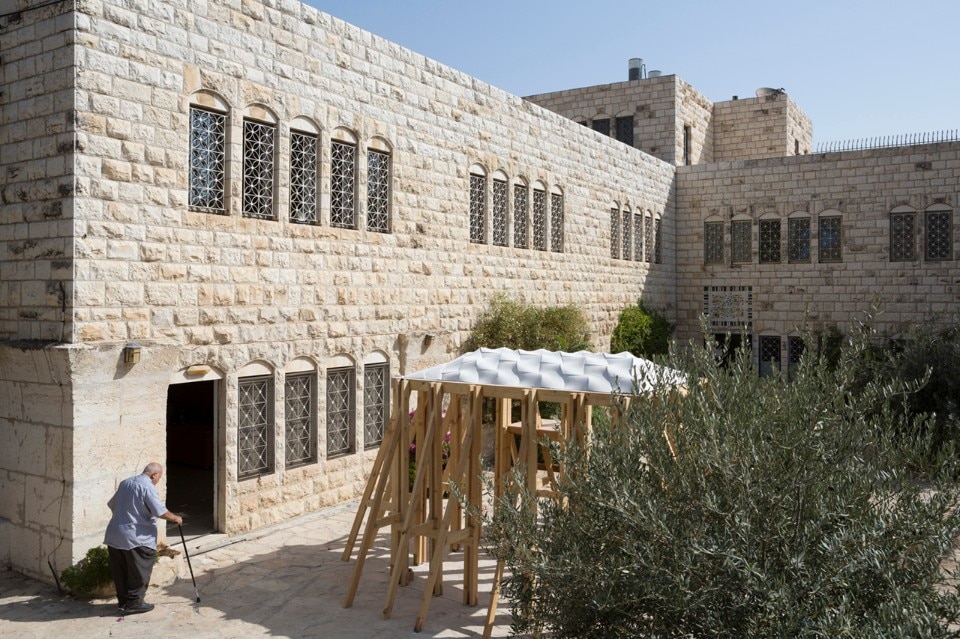
Analogy
Analogy is the most recent research project of the two brothers: a self-supporting stone vault, presented in October at the biennial Qalandiya International festival, in the context of Jerusalem Show IX. Analogy, inspired by the aqd takaneh - the traditional type of rectangular stone vault, commonly adopted in Palestinian domestic architecture since at least the thirteenth century - blends historical architectural forms, crafts and traditional materials with the innovation of the project and building techniques. The two brothers describe the result as the first example of what could be called a model manual for the 21st century.
AAU ANASTAS, Analogy, biennial festival Qalandiya International, Jerusalem Show IX, 2018
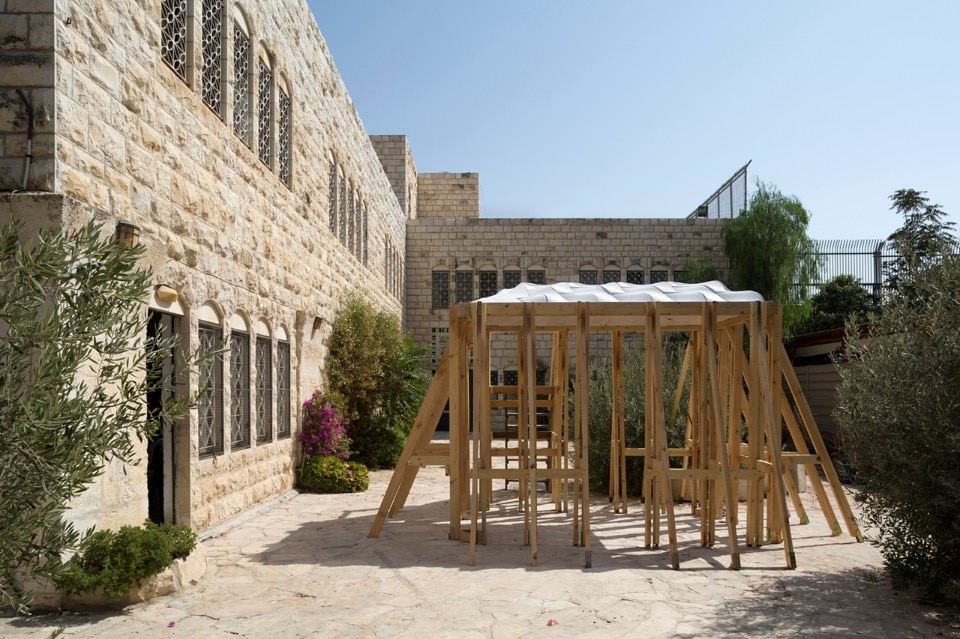
Analogy
Analogy is the most recent research project of the two brothers: a self-supporting stone vault, presented in October at the biennial Qalandiya International festival, in the context of Jerusalem Show IX. Analogy, inspired by the aqd takaneh - the traditional type of rectangular stone vault, commonly adopted in Palestinian domestic architecture since at least the thirteenth century - blends historical architectural forms, crafts and traditional materials with the innovation of the project and building techniques. The two brothers describe the result as the first example of what could be called a model manual for the 21st century.
AAU ANASTAS, Analogy, biennial festival Qalandiya International, Jerusalem Show IX, 2018
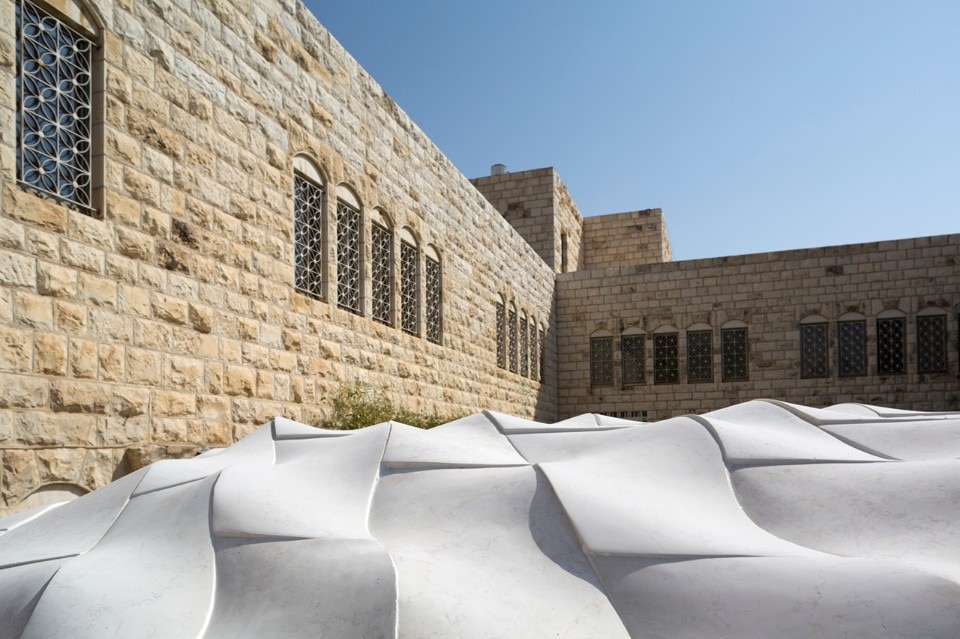
Analogy
Analogy is the most recent research project of the two brothers: a self-supporting stone vault, presented in October at the biennial Qalandiya International festival, in the context of Jerusalem Show IX. Analogy, inspired by the aqd takaneh - the traditional type of rectangular stone vault, commonly adopted in Palestinian domestic architecture since at least the thirteenth century - blends historical architectural forms, crafts and traditional materials with the innovation of the project and building techniques. The two brothers describe the result as the first example of what could be called a model manual for the 21st century.
AAU ANASTAS, Analogy, biennial festival Qalandiya International, Jerusalem Show IX, 2018
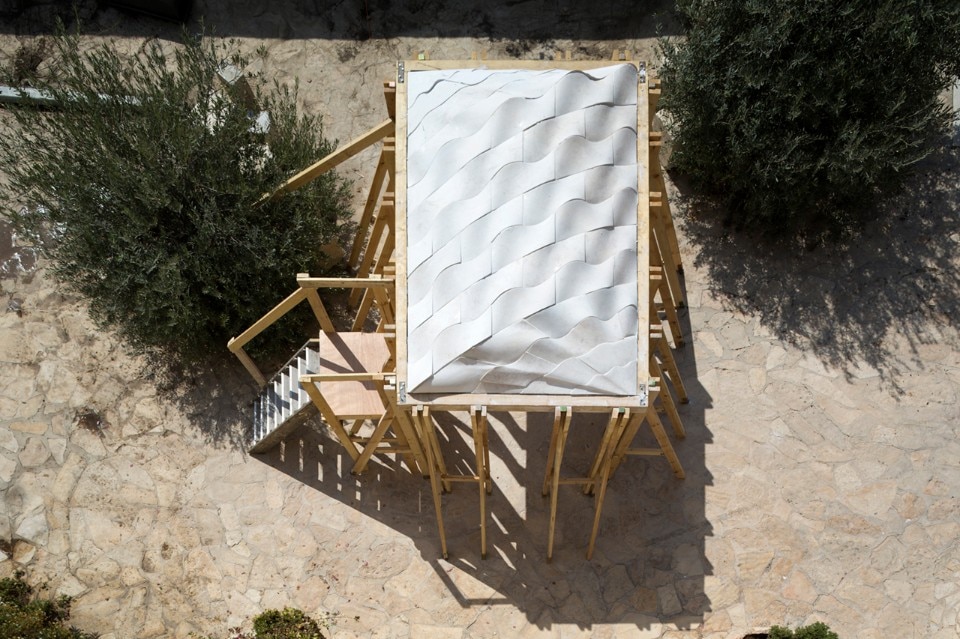
Analogy
Analogy is the most recent research project of the two brothers: a self-supporting stone vault, presented in October at the biennial Qalandiya International festival, in the context of Jerusalem Show IX. Analogy, inspired by the aqd takaneh - the traditional type of rectangular stone vault, commonly adopted in Palestinian domestic architecture since at least the thirteenth century - blends historical architectural forms, crafts and traditional materials with the innovation of the project and building techniques. The two brothers describe the result as the first example of what could be called a model manual for the 21st century.
AAU ANASTAS, Analogy, biennial festival Qalandiya International, Jerusalem Show IX, 2018
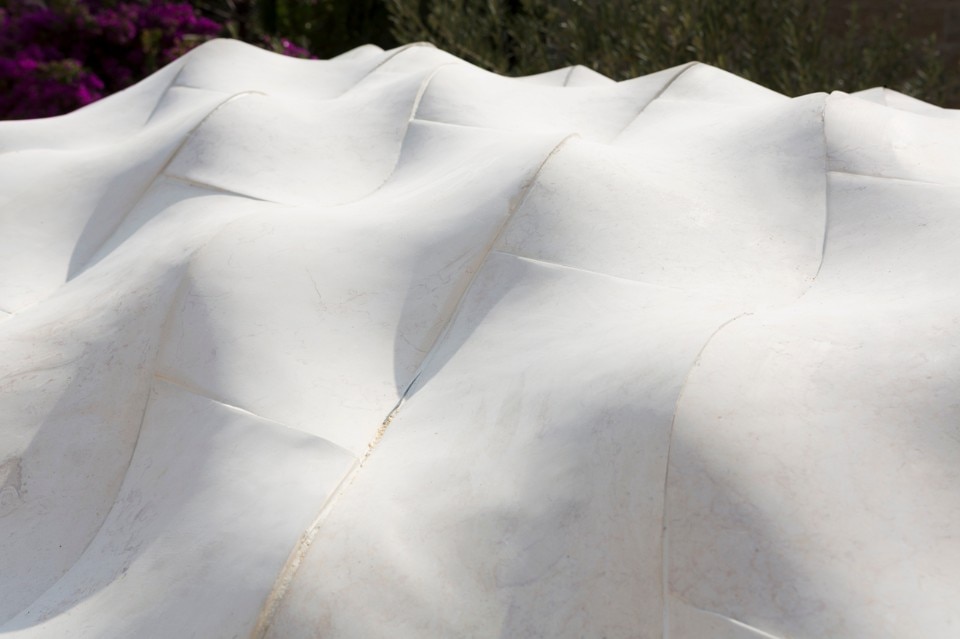
Analogy
Analogy is the most recent research project of the two brothers: a self-supporting stone vault, presented in October at the biennial Qalandiya International festival, in the context of Jerusalem Show IX. Analogy, inspired by the aqd takaneh - the traditional type of rectangular stone vault, commonly adopted in Palestinian domestic architecture since at least the thirteenth century - blends historical architectural forms, crafts and traditional materials with the innovation of the project and building techniques. The two brothers describe the result as the first example of what could be called a model manual for the 21st century.
AAU ANASTAS, Analogy, biennial festival Qalandiya International, Jerusalem Show IX, 2018
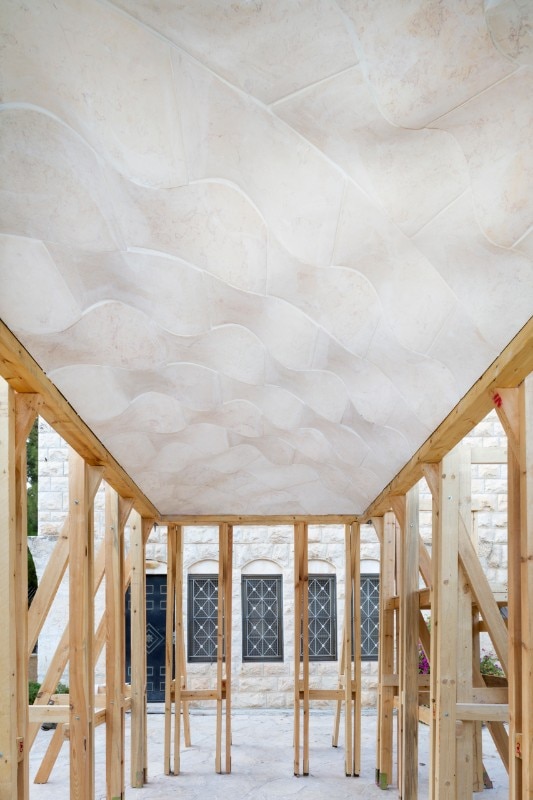
Analogy
Analogy is the most recent research project of the two brothers: a self-supporting stone vault, presented in October at the biennial Qalandiya International festival, in the context of Jerusalem Show IX. Analogy, inspired by the aqd takaneh - the traditional type of rectangular stone vault, commonly adopted in Palestinian domestic architecture since at least the thirteenth century - blends historical architectural forms, crafts and traditional materials with the innovation of the project and building techniques. The two brothers describe the result as the first example of what could be called a model manual for the 21st century.
AAU ANASTAS, Analogy, biennial festival Qalandiya International, Jerusalem Show IX, 2018
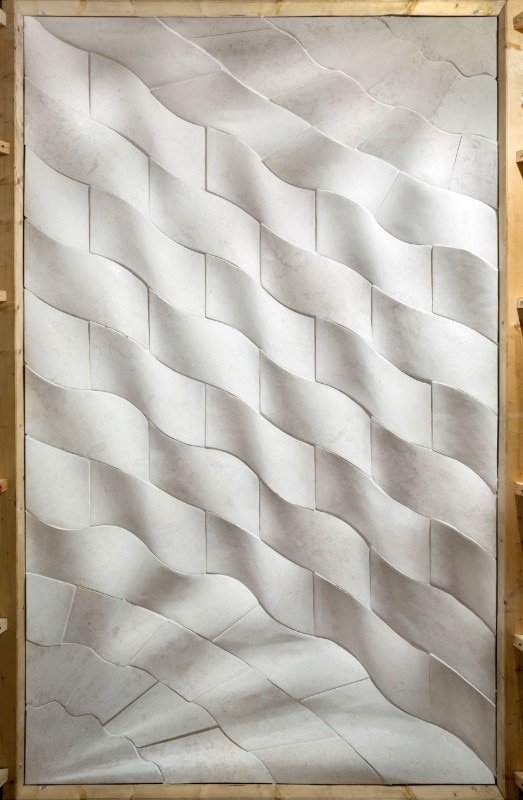
Analogy
Analogy is the most recent research project of the two brothers: a self-supporting stone vault, presented in October at the biennial Qalandiya International festival, in the context of Jerusalem Show IX. Analogy, inspired by the aqd takaneh - the traditional type of rectangular stone vault, commonly adopted in Palestinian domestic architecture since at least the thirteenth century - blends historical architectural forms, crafts and traditional materials with the innovation of the project and building techniques. The two brothers describe the result as the first example of what could be called a model manual for the 21st century.
AAU ANASTAS, Analogy, biennial festival Qalandiya International, Jerusalem Show IX, 2018
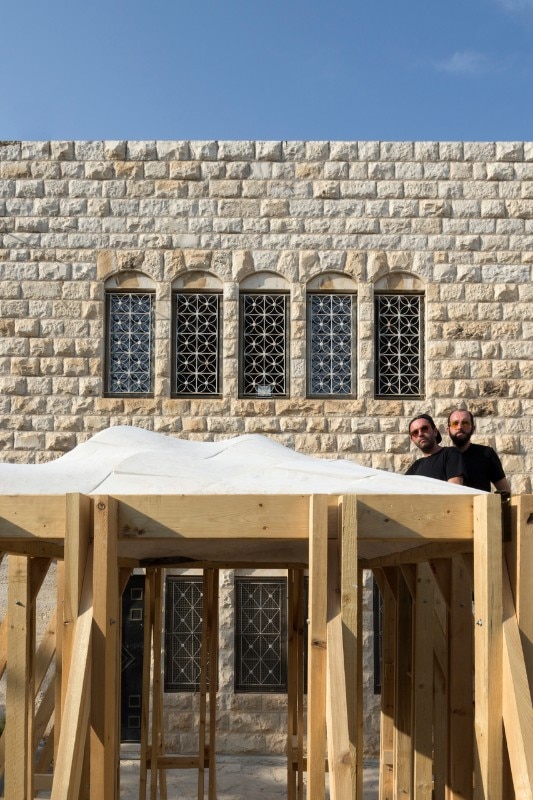
Analogy
Analogy is the most recent research project of the two brothers: a self-supporting stone vault, presented in October at the biennial Qalandiya International festival, in the context of Jerusalem Show IX. Analogy, inspired by the aqd takaneh - the traditional type of rectangular stone vault, commonly adopted in Palestinian domestic architecture since at least the thirteenth century - blends historical architectural forms, crafts and traditional materials with the innovation of the project and building techniques. The two brothers describe the result as the first example of what could be called a model manual for the 21st century.
AAU ANASTAS, Analogy, biennial festival Qalandiya International, Jerusalem Show IX, 2018
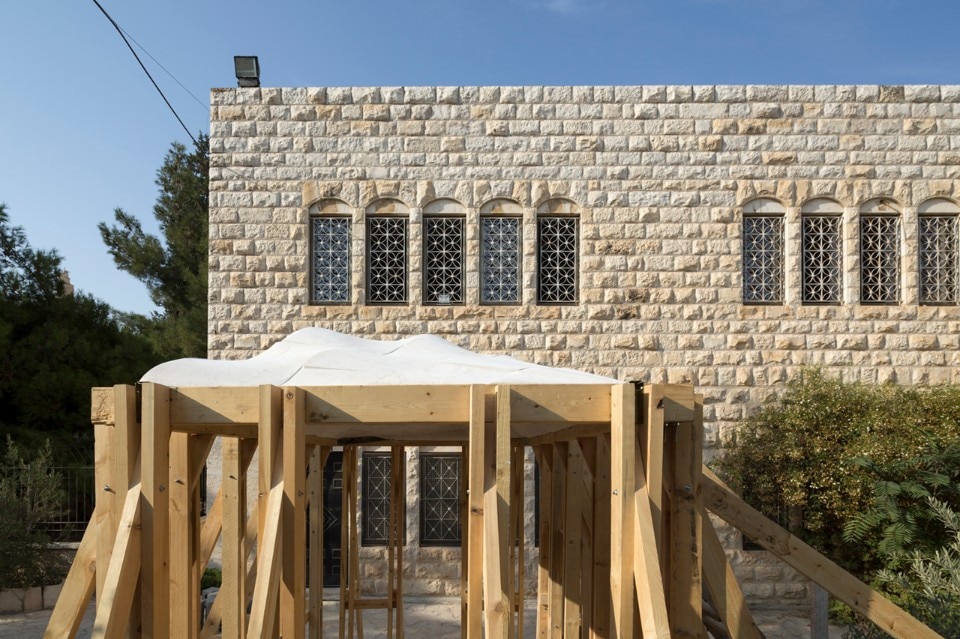
Analogy
Analogy is the most recent research project of the two brothers: a self-supporting stone vault, presented in October at the biennial Qalandiya International festival, in the context of Jerusalem Show IX. Analogy, inspired by the aqd takaneh - the traditional type of rectangular stone vault, commonly adopted in Palestinian domestic architecture since at least the thirteenth century - blends historical architectural forms, crafts and traditional materials with the innovation of the project and building techniques. The two brothers describe the result as the first example of what could be called a model manual for the 21st century.
AAU ANASTAS, Analogy, biennial festival Qalandiya International, Jerusalem Show IX, 2018
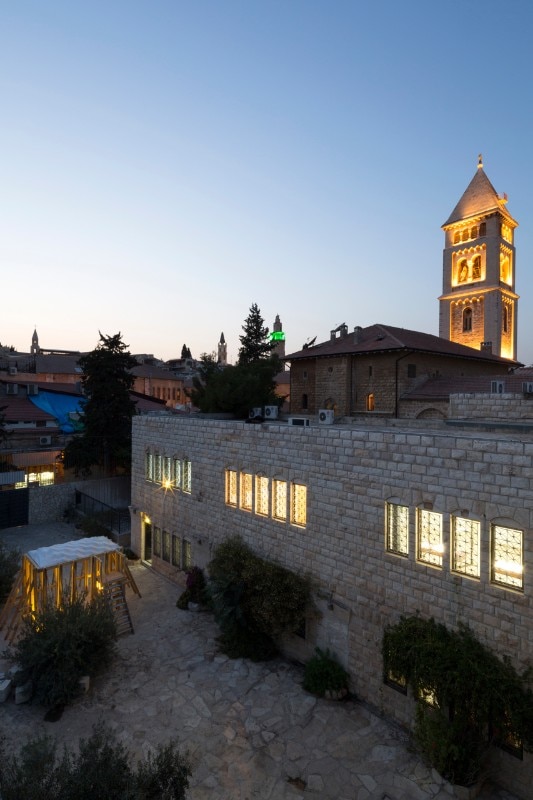
Analogy
Analogy is the most recent research project of the two brothers: a self-supporting stone vault, presented in October at the biennial Qalandiya International festival, in the context of Jerusalem Show IX. Analogy, inspired by the aqd takaneh - the traditional type of rectangular stone vault, commonly adopted in Palestinian domestic architecture since at least the thirteenth century - blends historical architectural forms, crafts and traditional materials with the innovation of the project and building techniques. The two brothers describe the result as the first example of what could be called a model manual for the 21st century.
AAU ANASTAS, Analogy, biennial festival Qalandiya International, Jerusalem Show IX, 2018
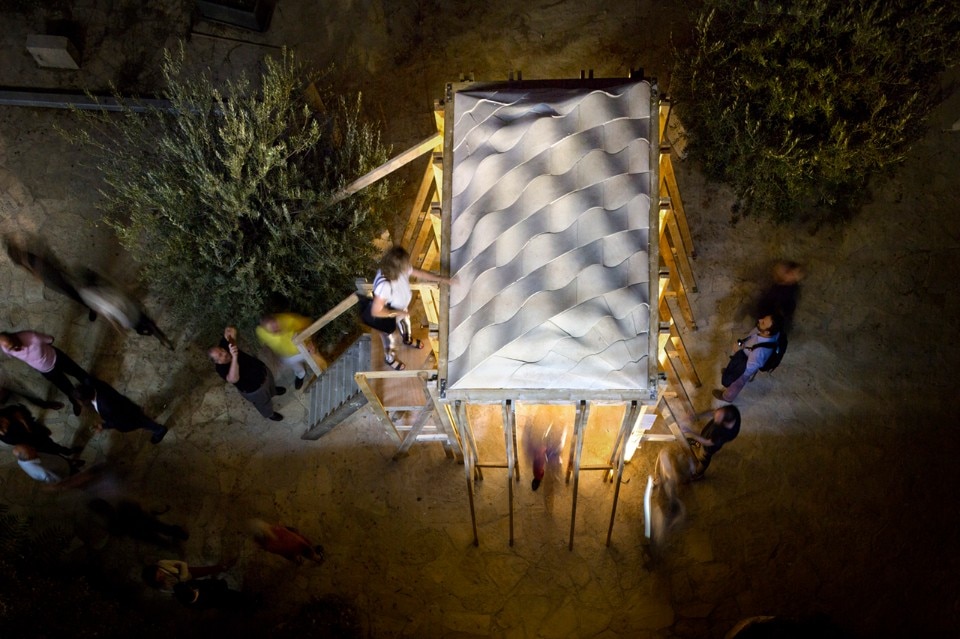
Analogy
Analogy is the most recent research project of the two brothers: a self-supporting stone vault, presented in October at the biennial Qalandiya International festival, in the context of Jerusalem Show IX. Analogy, inspired by the aqd takaneh - the traditional type of rectangular stone vault, commonly adopted in Palestinian domestic architecture since at least the thirteenth century - blends historical architectural forms, crafts and traditional materials with the innovation of the project and building techniques. The two brothers describe the result as the first example of what could be called a model manual for the 21st century.
AAU ANASTAS, Analogy, biennial festival Qalandiya International, Jerusalem Show IX, 2018
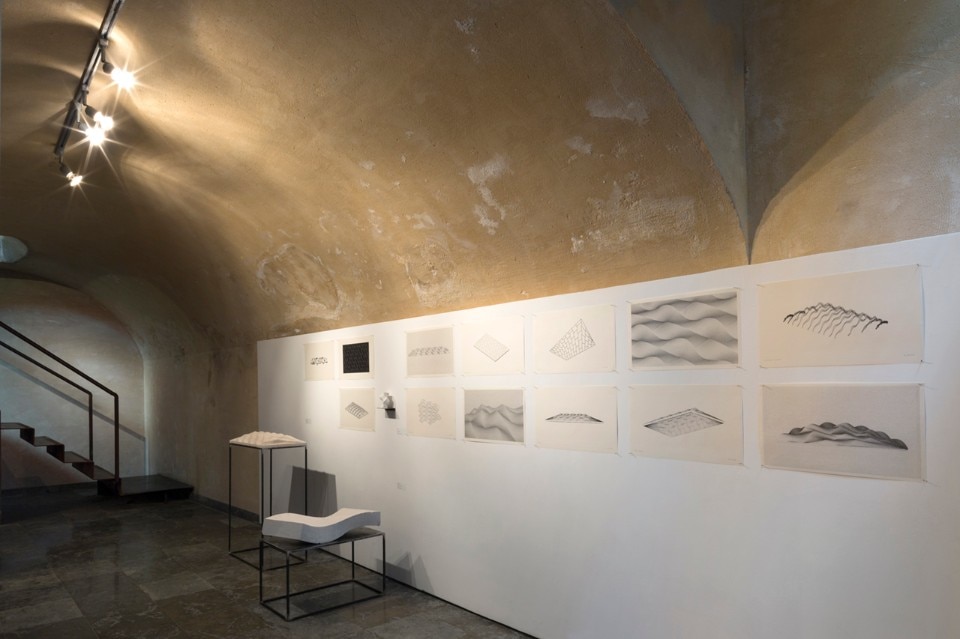
Analogy
Analogy is the most recent research project of the two brothers: a self-supporting stone vault, presented in October at the biennial Qalandiya International festival, in the context of Jerusalem Show IX. Analogy, inspired by the aqd takaneh - the traditional type of rectangular stone vault, commonly adopted in Palestinian domestic architecture since at least the thirteenth century - blends historical architectural forms, crafts and traditional materials with the innovation of the project and building techniques. The two brothers describe the result as the first example of what could be called a model manual for the 21st century.
AAU ANASTAS, Analogy, biennial festival Qalandiya International, Jerusalem Show IX, 2018
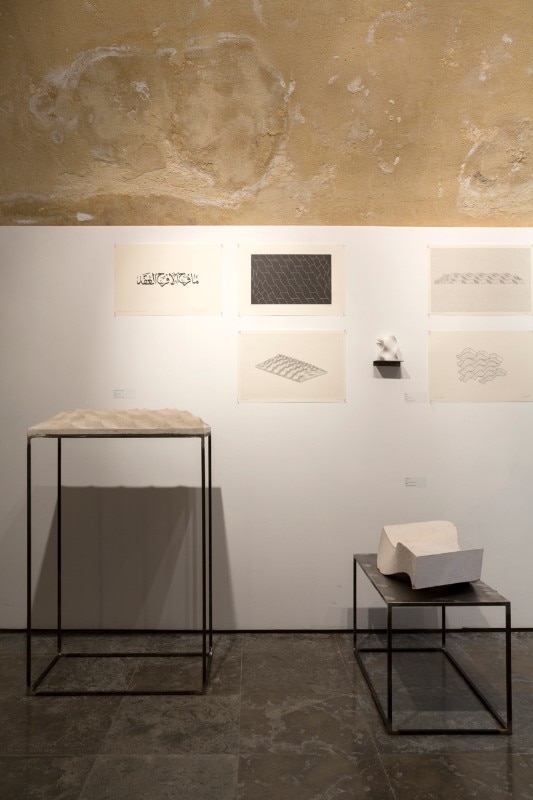
Analogy
Analogy is the most recent research project of the two brothers: a self-supporting stone vault, presented in October at the biennial Qalandiya International festival, in the context of Jerusalem Show IX. Analogy, inspired by the aqd takaneh - the traditional type of rectangular stone vault, commonly adopted in Palestinian domestic architecture since at least the thirteenth century - blends historical architectural forms, crafts and traditional materials with the innovation of the project and building techniques. The two brothers describe the result as the first example of what could be called a model manual for the 21st century.
AAU ANASTAS, Analogy, biennial festival Qalandiya International, Jerusalem Show IX, 2018
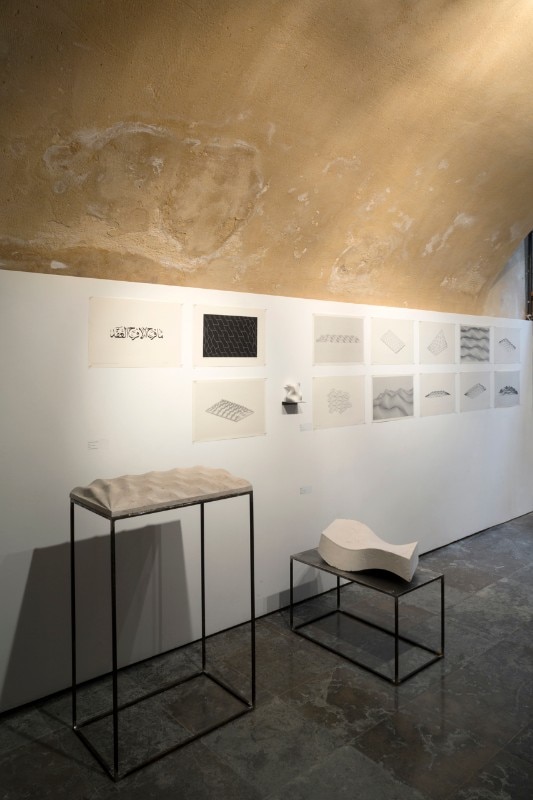
Analogy
Analogy is the most recent research project of the two brothers: a self-supporting stone vault, presented in October at the biennial Qalandiya International festival, in the context of Jerusalem Show IX. Analogy, inspired by the aqd takaneh - the traditional type of rectangular stone vault, commonly adopted in Palestinian domestic architecture since at least the thirteenth century - blends historical architectural forms, crafts and traditional materials with the innovation of the project and building techniques. The two brothers describe the result as the first example of what could be called a model manual for the 21st century.
AAU ANASTAS, Analogy, biennial festival Qalandiya International, Jerusalem Show IX, 2018
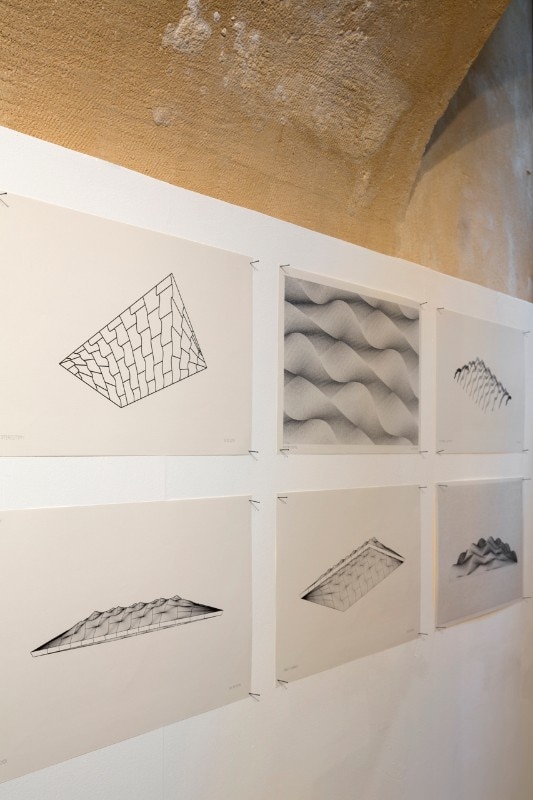
Analogy
Analogy is the most recent research project of the two brothers: a self-supporting stone vault, presented in October at the biennial Qalandiya International festival, in the context of Jerusalem Show IX. Analogy, inspired by the aqd takaneh - the traditional type of rectangular stone vault, commonly adopted in Palestinian domestic architecture since at least the thirteenth century - blends historical architectural forms, crafts and traditional materials with the innovation of the project and building techniques. The two brothers describe the result as the first example of what could be called a model manual for the 21st century.
AAU ANASTAS, Analogy, biennial festival Qalandiya International, Jerusalem Show IX, 2018
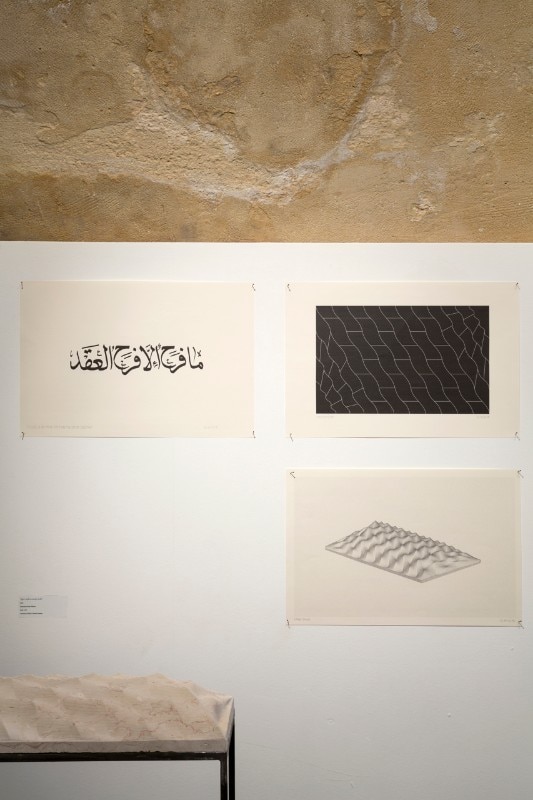
Analogy
Analogy is the most recent research project of the two brothers: a self-supporting stone vault, presented in October at the biennial Qalandiya International festival, in the context of Jerusalem Show IX. Analogy, inspired by the aqd takaneh - the traditional type of rectangular stone vault, commonly adopted in Palestinian domestic architecture since at least the thirteenth century - blends historical architectural forms, crafts and traditional materials with the innovation of the project and building techniques. The two brothers describe the result as the first example of what could be called a model manual for the 21st century.
AAU ANASTAS, Analogy, biennial festival Qalandiya International, Jerusalem Show IX, 2018
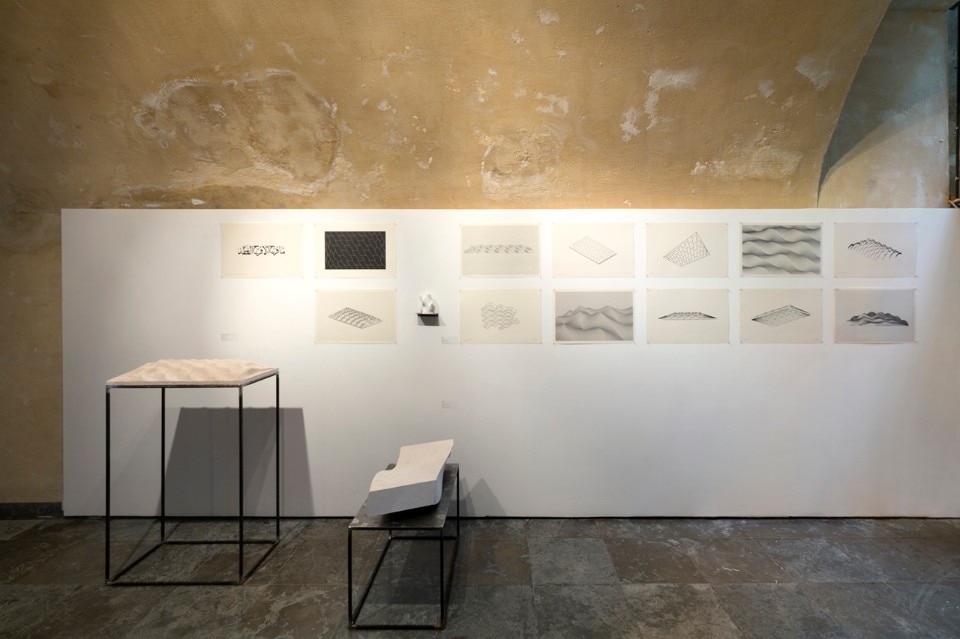
Analogy
Analogy is the most recent research project of the two brothers: a self-supporting stone vault, presented in October at the biennial Qalandiya International festival, in the context of Jerusalem Show IX. Analogy, inspired by the aqd takaneh - the traditional type of rectangular stone vault, commonly adopted in Palestinian domestic architecture since at least the thirteenth century - blends historical architectural forms, crafts and traditional materials with the innovation of the project and building techniques. The two brothers describe the result as the first example of what could be called a model manual for the 21st century.
AAU ANASTAS, Analogy, biennial festival Qalandiya International, Jerusalem Show IX, 2018

Analogy
Analogy is the most recent research project of the two brothers: a self-supporting stone vault, presented in October at the biennial Qalandiya International festival, in the context of Jerusalem Show IX. Analogy, inspired by the aqd takaneh - the traditional type of rectangular stone vault, commonly adopted in Palestinian domestic architecture since at least the thirteenth century - blends historical architectural forms, crafts and traditional materials with the innovation of the project and building techniques. The two brothers describe the result as the first example of what could be called a model manual for the 21st century.
AAU ANASTAS, Analogy, biennial festival Qalandiya International, Jerusalem Show IX, 2018

Analogy
Analogy is the most recent research project of the two brothers: a self-supporting stone vault, presented in October at the biennial Qalandiya International festival, in the context of Jerusalem Show IX. Analogy, inspired by the aqd takaneh - the traditional type of rectangular stone vault, commonly adopted in Palestinian domestic architecture since at least the thirteenth century - blends historical architectural forms, crafts and traditional materials with the innovation of the project and building techniques. The two brothers describe the result as the first example of what could be called a model manual for the 21st century.
AAU ANASTAS, Analogy, biennial festival Qalandiya International, Jerusalem Show IX, 2018

Analogy
Analogy is the most recent research project of the two brothers: a self-supporting stone vault, presented in October at the biennial Qalandiya International festival, in the context of Jerusalem Show IX. Analogy, inspired by the aqd takaneh - the traditional type of rectangular stone vault, commonly adopted in Palestinian domestic architecture since at least the thirteenth century - blends historical architectural forms, crafts and traditional materials with the innovation of the project and building techniques. The two brothers describe the result as the first example of what could be called a model manual for the 21st century.
AAU ANASTAS, Analogy, biennial festival Qalandiya International, Jerusalem Show IX, 2018

Analogy
Analogy is the most recent research project of the two brothers: a self-supporting stone vault, presented in October at the biennial Qalandiya International festival, in the context of Jerusalem Show IX. Analogy, inspired by the aqd takaneh - the traditional type of rectangular stone vault, commonly adopted in Palestinian domestic architecture since at least the thirteenth century - blends historical architectural forms, crafts and traditional materials with the innovation of the project and building techniques. The two brothers describe the result as the first example of what could be called a model manual for the 21st century.
AAU ANASTAS, Analogy, biennial festival Qalandiya International, Jerusalem Show IX, 2018

Analogy
Analogy is the most recent research project of the two brothers: a self-supporting stone vault, presented in October at the biennial Qalandiya International festival, in the context of Jerusalem Show IX. Analogy, inspired by the aqd takaneh - the traditional type of rectangular stone vault, commonly adopted in Palestinian domestic architecture since at least the thirteenth century - blends historical architectural forms, crafts and traditional materials with the innovation of the project and building techniques. The two brothers describe the result as the first example of what could be called a model manual for the 21st century.
AAU ANASTAS, Analogy, biennial festival Qalandiya International, Jerusalem Show IX, 2018

Analogy
Analogy is the most recent research project of the two brothers: a self-supporting stone vault, presented in October at the biennial Qalandiya International festival, in the context of Jerusalem Show IX. Analogy, inspired by the aqd takaneh - the traditional type of rectangular stone vault, commonly adopted in Palestinian domestic architecture since at least the thirteenth century - blends historical architectural forms, crafts and traditional materials with the innovation of the project and building techniques. The two brothers describe the result as the first example of what could be called a model manual for the 21st century.
AAU ANASTAS, Analogy, biennial festival Qalandiya International, Jerusalem Show IX, 2018

Analogy
Analogy is the most recent research project of the two brothers: a self-supporting stone vault, presented in October at the biennial Qalandiya International festival, in the context of Jerusalem Show IX. Analogy, inspired by the aqd takaneh - the traditional type of rectangular stone vault, commonly adopted in Palestinian domestic architecture since at least the thirteenth century - blends historical architectural forms, crafts and traditional materials with the innovation of the project and building techniques. The two brothers describe the result as the first example of what could be called a model manual for the 21st century.
AAU ANASTAS, Analogy, biennial festival Qalandiya International, Jerusalem Show IX, 2018

Analogy
Analogy is the most recent research project of the two brothers: a self-supporting stone vault, presented in October at the biennial Qalandiya International festival, in the context of Jerusalem Show IX. Analogy, inspired by the aqd takaneh - the traditional type of rectangular stone vault, commonly adopted in Palestinian domestic architecture since at least the thirteenth century - blends historical architectural forms, crafts and traditional materials with the innovation of the project and building techniques. The two brothers describe the result as the first example of what could be called a model manual for the 21st century.
AAU ANASTAS, Analogy, biennial festival Qalandiya International, Jerusalem Show IX, 2018

Analogy
Analogy is the most recent research project of the two brothers: a self-supporting stone vault, presented in October at the biennial Qalandiya International festival, in the context of Jerusalem Show IX. Analogy, inspired by the aqd takaneh - the traditional type of rectangular stone vault, commonly adopted in Palestinian domestic architecture since at least the thirteenth century - blends historical architectural forms, crafts and traditional materials with the innovation of the project and building techniques. The two brothers describe the result as the first example of what could be called a model manual for the 21st century.
AAU ANASTAS, Analogy, biennial festival Qalandiya International, Jerusalem Show IX, 2018

Analogy
Analogy is the most recent research project of the two brothers: a self-supporting stone vault, presented in October at the biennial Qalandiya International festival, in the context of Jerusalem Show IX. Analogy, inspired by the aqd takaneh - the traditional type of rectangular stone vault, commonly adopted in Palestinian domestic architecture since at least the thirteenth century - blends historical architectural forms, crafts and traditional materials with the innovation of the project and building techniques. The two brothers describe the result as the first example of what could be called a model manual for the 21st century.
AAU ANASTAS, Analogy, biennial festival Qalandiya International, Jerusalem Show IX, 2018

Analogy
Analogy is the most recent research project of the two brothers: a self-supporting stone vault, presented in October at the biennial Qalandiya International festival, in the context of Jerusalem Show IX. Analogy, inspired by the aqd takaneh - the traditional type of rectangular stone vault, commonly adopted in Palestinian domestic architecture since at least the thirteenth century - blends historical architectural forms, crafts and traditional materials with the innovation of the project and building techniques. The two brothers describe the result as the first example of what could be called a model manual for the 21st century.
AAU ANASTAS, Analogy, biennial festival Qalandiya International, Jerusalem Show IX, 2018

Analogy
Analogy is the most recent research project of the two brothers: a self-supporting stone vault, presented in October at the biennial Qalandiya International festival, in the context of Jerusalem Show IX. Analogy, inspired by the aqd takaneh - the traditional type of rectangular stone vault, commonly adopted in Palestinian domestic architecture since at least the thirteenth century - blends historical architectural forms, crafts and traditional materials with the innovation of the project and building techniques. The two brothers describe the result as the first example of what could be called a model manual for the 21st century.
AAU ANASTAS, Analogy, biennial festival Qalandiya International, Jerusalem Show IX, 2018

Analogy
Analogy is the most recent research project of the two brothers: a self-supporting stone vault, presented in October at the biennial Qalandiya International festival, in the context of Jerusalem Show IX. Analogy, inspired by the aqd takaneh - the traditional type of rectangular stone vault, commonly adopted in Palestinian domestic architecture since at least the thirteenth century - blends historical architectural forms, crafts and traditional materials with the innovation of the project and building techniques. The two brothers describe the result as the first example of what could be called a model manual for the 21st century.
AAU ANASTAS, Analogy, biennial festival Qalandiya International, Jerusalem Show IX, 2018

Analogy
Analogy is the most recent research project of the two brothers: a self-supporting stone vault, presented in October at the biennial Qalandiya International festival, in the context of Jerusalem Show IX. Analogy, inspired by the aqd takaneh - the traditional type of rectangular stone vault, commonly adopted in Palestinian domestic architecture since at least the thirteenth century - blends historical architectural forms, crafts and traditional materials with the innovation of the project and building techniques. The two brothers describe the result as the first example of what could be called a model manual for the 21st century.
AAU ANASTAS, Analogy, biennial festival Qalandiya International, Jerusalem Show IX, 2018

Analogy
Analogy is the most recent research project of the two brothers: a self-supporting stone vault, presented in October at the biennial Qalandiya International festival, in the context of Jerusalem Show IX. Analogy, inspired by the aqd takaneh - the traditional type of rectangular stone vault, commonly adopted in Palestinian domestic architecture since at least the thirteenth century - blends historical architectural forms, crafts and traditional materials with the innovation of the project and building techniques. The two brothers describe the result as the first example of what could be called a model manual for the 21st century.
AAU ANASTAS, Analogy, biennial festival Qalandiya International, Jerusalem Show IX, 2018

Analogy
Analogy is the most recent research project of the two brothers: a self-supporting stone vault, presented in October at the biennial Qalandiya International festival, in the context of Jerusalem Show IX. Analogy, inspired by the aqd takaneh - the traditional type of rectangular stone vault, commonly adopted in Palestinian domestic architecture since at least the thirteenth century - blends historical architectural forms, crafts and traditional materials with the innovation of the project and building techniques. The two brothers describe the result as the first example of what could be called a model manual for the 21st century.
AAU ANASTAS, Analogy, biennial festival Qalandiya International, Jerusalem Show IX, 2018

Analogy
Analogy is the most recent research project of the two brothers: a self-supporting stone vault, presented in October at the biennial Qalandiya International festival, in the context of Jerusalem Show IX. Analogy, inspired by the aqd takaneh - the traditional type of rectangular stone vault, commonly adopted in Palestinian domestic architecture since at least the thirteenth century - blends historical architectural forms, crafts and traditional materials with the innovation of the project and building techniques. The two brothers describe the result as the first example of what could be called a model manual for the 21st century.
AAU ANASTAS, Analogy, biennial festival Qalandiya International, Jerusalem Show IX, 2018

Analogy
Analogy is the most recent research project of the two brothers: a self-supporting stone vault, presented in October at the biennial Qalandiya International festival, in the context of Jerusalem Show IX. Analogy, inspired by the aqd takaneh - the traditional type of rectangular stone vault, commonly adopted in Palestinian domestic architecture since at least the thirteenth century - blends historical architectural forms, crafts and traditional materials with the innovation of the project and building techniques. The two brothers describe the result as the first example of what could be called a model manual for the 21st century.
AAU ANASTAS, Analogy, biennial festival Qalandiya International, Jerusalem Show IX, 2018

Analogy
Analogy is the most recent research project of the two brothers: a self-supporting stone vault, presented in October at the biennial Qalandiya International festival, in the context of Jerusalem Show IX. Analogy, inspired by the aqd takaneh - the traditional type of rectangular stone vault, commonly adopted in Palestinian domestic architecture since at least the thirteenth century - blends historical architectural forms, crafts and traditional materials with the innovation of the project and building techniques. The two brothers describe the result as the first example of what could be called a model manual for the 21st century.
AAU ANASTAS, Analogy, biennial festival Qalandiya International, Jerusalem Show IX, 2018

Analogy
Analogy is the most recent research project of the two brothers: a self-supporting stone vault, presented in October at the biennial Qalandiya International festival, in the context of Jerusalem Show IX. Analogy, inspired by the aqd takaneh - the traditional type of rectangular stone vault, commonly adopted in Palestinian domestic architecture since at least the thirteenth century - blends historical architectural forms, crafts and traditional materials with the innovation of the project and building techniques. The two brothers describe the result as the first example of what could be called a model manual for the 21st century.
AAU ANASTAS, Analogy, biennial festival Qalandiya International, Jerusalem Show IX, 2018
“The idea is to break down architectural elements to their simplest forms in order to democratise the use of stone as a structural material,” insists Elias Anastas.
“And our aim is to generate a lexicon of the most basic architectural elements – a lintel, a column, a vault – that can be generated through stereotomy into forms that are economically accessible.”
A form of applied geometry that was once the exclusive domain of the builder-architect and master mason, stereotomy involves the precise mathematical design, cutting and assembly of individual stone units and is the technique the brothers have chosen to deliver their structural revolution.
In Analogy stereotomy has allowed the brothers to create a shallow, 1500kg vault with a depth of just eight centimetres defined by shifting sinusoid-shaped profiles forming doubly-curved, ruled surfaces that afford the stones the necessary degree of structural reciprocity.
The result is a historically-informed structure that is as contextual as it is unprecedented. In September 2018 the brothers used similar techniques to construct The Flat Vault, a ceiling composed of 169 interlocking stone voussoirs at the St Mary of the Resurrection Abbey. An important site for Christian pilgrims, the 12th century Benedictine monastery is situated high in the Judean Hills at the heart of the village of Abu Ghosh, on one of three possible sites for the Biblical town of Emmaus.
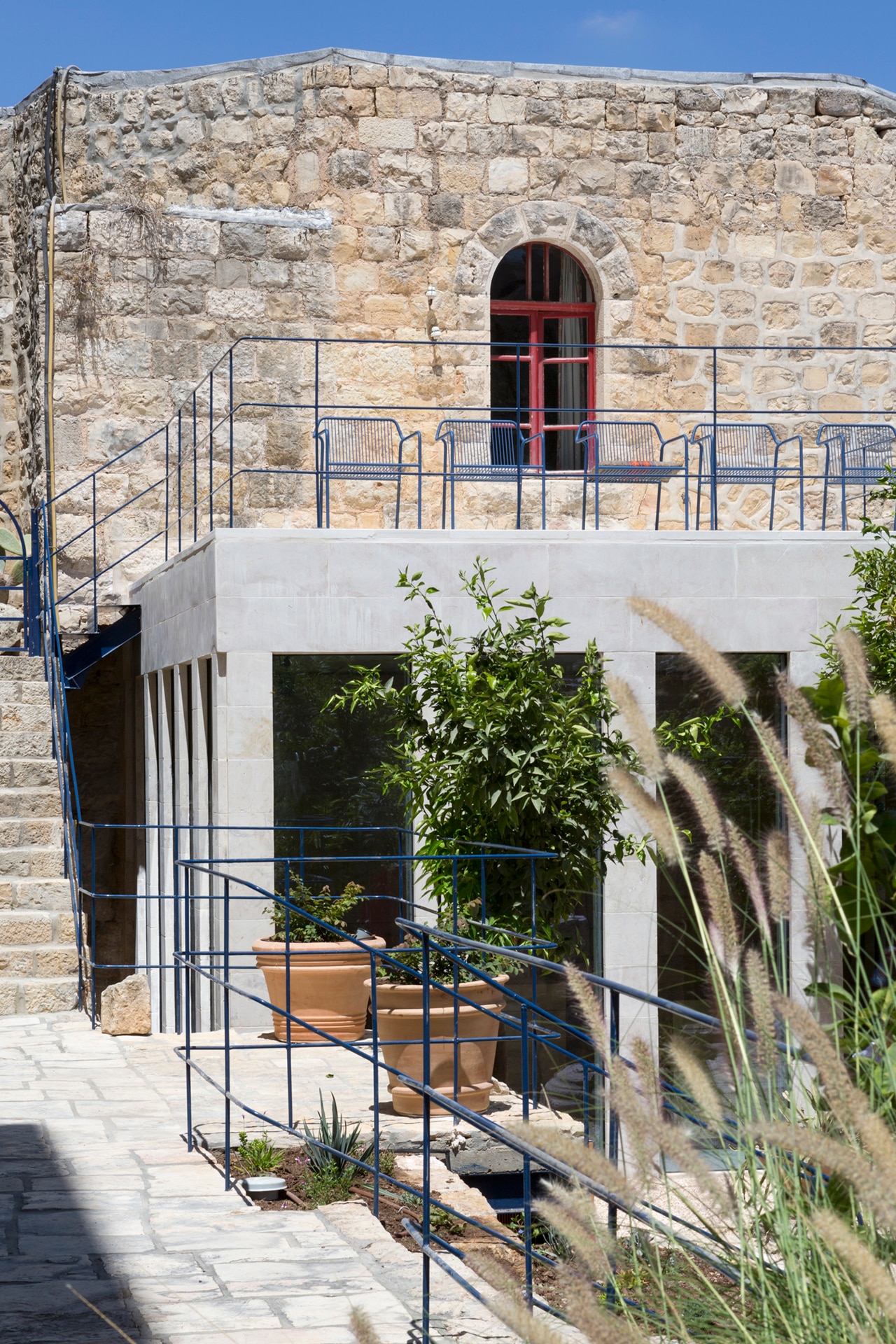
 View gallery
View gallery
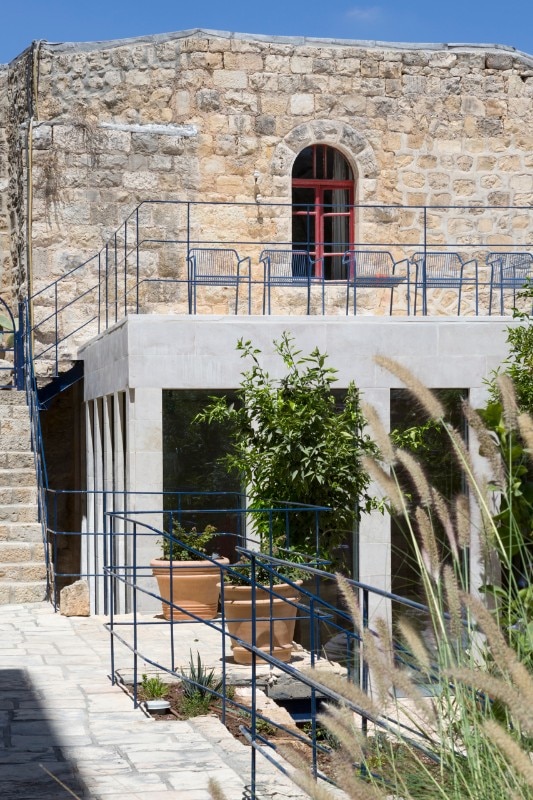
The Flat Vault
The design for the new shop of St Mary of the Resurrection Abbey is based on an innovative construction principle, literally weaving stones together to achieve the first reinforced flat stone vault of such a scale. The techniques used for the construction rely on novel design and simulation techniques of the structure’s structural behavior, as well as on fabrication and mounting methods allowing for the assembly of precise topological interlocking.
AAU ANASTAS, The Flat Vault, Jerusalem, 2018
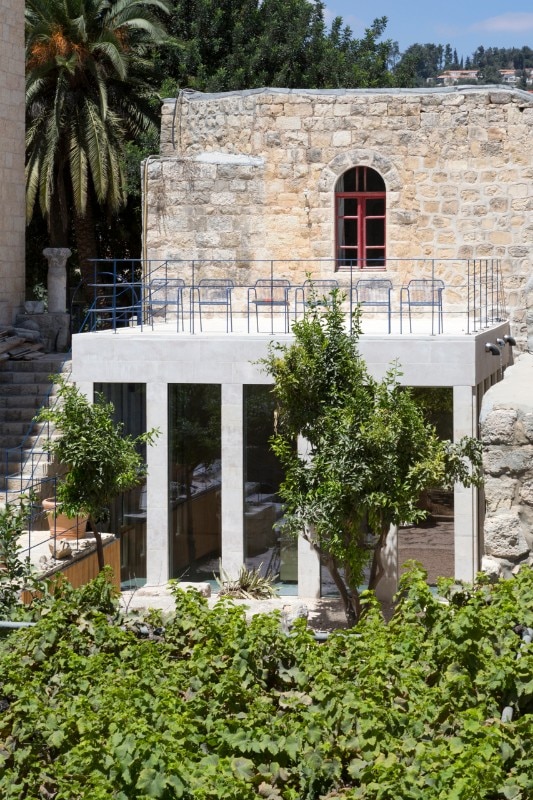
The Flat Vault
The design for the new shop of St Mary of the Resurrection Abbey is based on an innovative construction principle, literally weaving stones together to achieve the first reinforced flat stone vault of such a scale. The techniques used for the construction rely on novel design and simulation techniques of the structure’s structural behavior, as well as on fabrication and mounting methods allowing for the assembly of precise topological interlocking.
AAU ANASTAS, The Flat Vault, Jerusalem, 2018
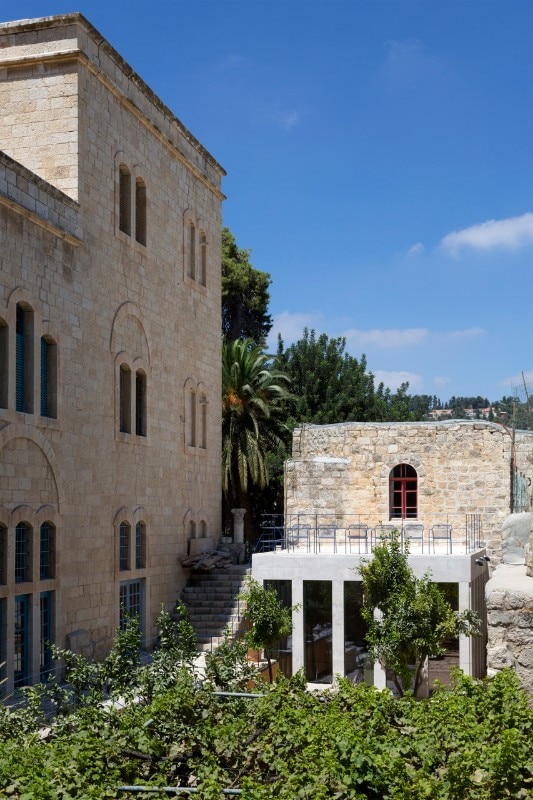
The Flat Vault
The design for the new shop of St Mary of the Resurrection Abbey is based on an innovative construction principle, literally weaving stones together to achieve the first reinforced flat stone vault of such a scale. The techniques used for the construction rely on novel design and simulation techniques of the structure’s structural behavior, as well as on fabrication and mounting methods allowing for the assembly of precise topological interlocking.
AAU ANASTAS, The Flat Vault, Jerusalem, 2018
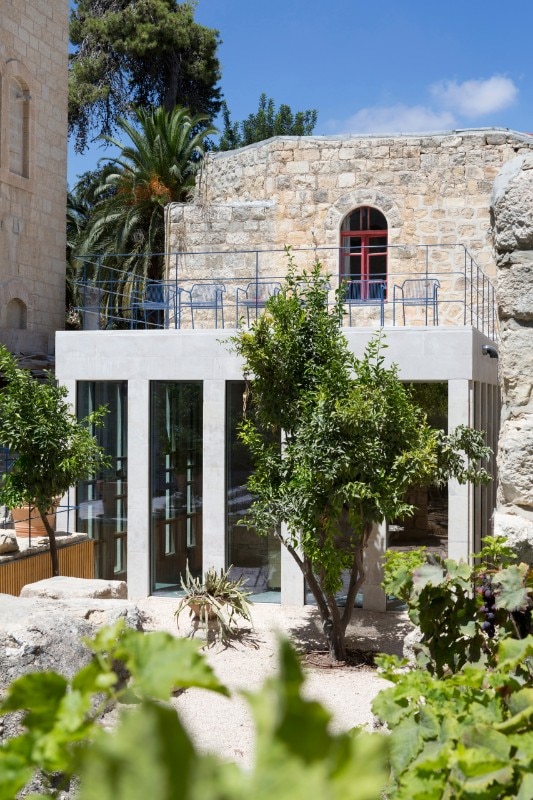
The Flat Vault
The design for the new shop of St Mary of the Resurrection Abbey is based on an innovative construction principle, literally weaving stones together to achieve the first reinforced flat stone vault of such a scale. The techniques used for the construction rely on novel design and simulation techniques of the structure’s structural behavior, as well as on fabrication and mounting methods allowing for the assembly of precise topological interlocking.
AAU ANASTAS, The Flat Vault, Jerusalem, 2018
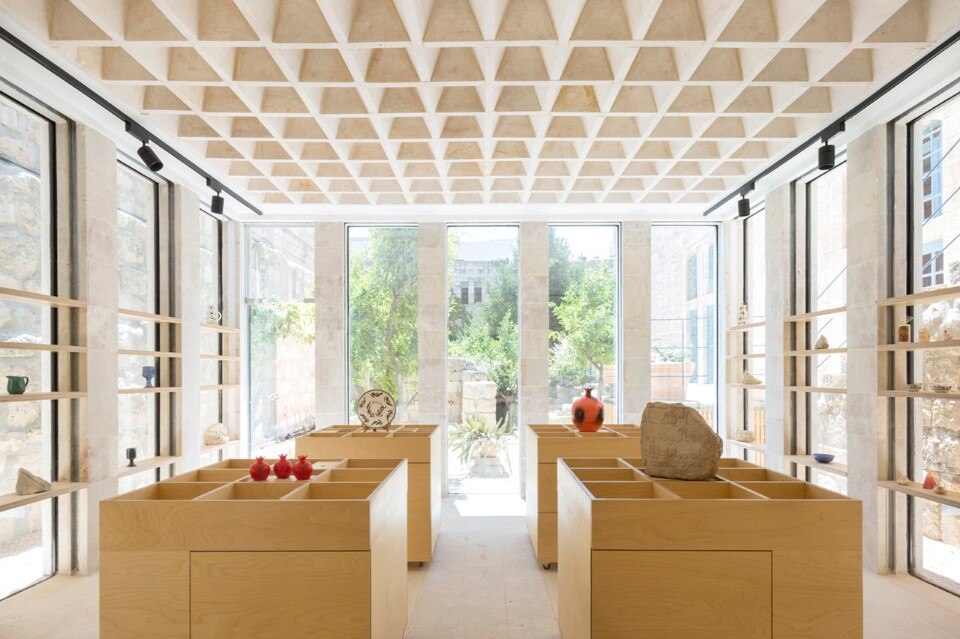
The Flat Vault
The design for the new shop of St Mary of the Resurrection Abbey is based on an innovative construction principle, literally weaving stones together to achieve the first reinforced flat stone vault of such a scale. The techniques used for the construction rely on novel design and simulation techniques of the structure’s structural behavior, as well as on fabrication and mounting methods allowing for the assembly of precise topological interlocking.
AAU ANASTAS, The Flat Vault, Jerusalem, 2018
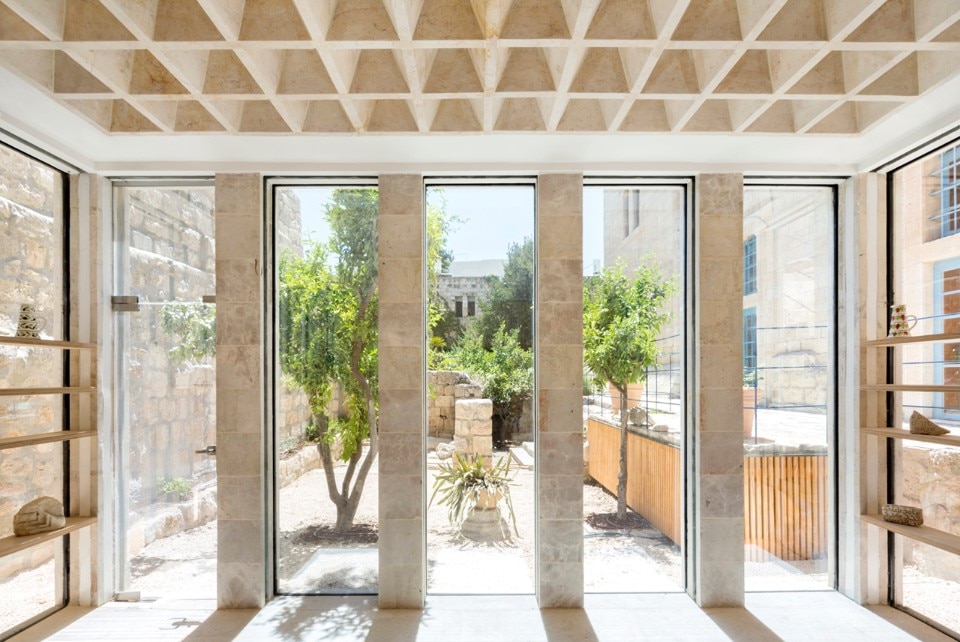
The Flat Vault
The design for the new shop of St Mary of the Resurrection Abbey is based on an innovative construction principle, literally weaving stones together to achieve the first reinforced flat stone vault of such a scale. The techniques used for the construction rely on novel design and simulation techniques of the structure’s structural behavior, as well as on fabrication and mounting methods allowing for the assembly of precise topological interlocking.
AAU ANASTAS, The Flat Vault, Jerusalem, 2018
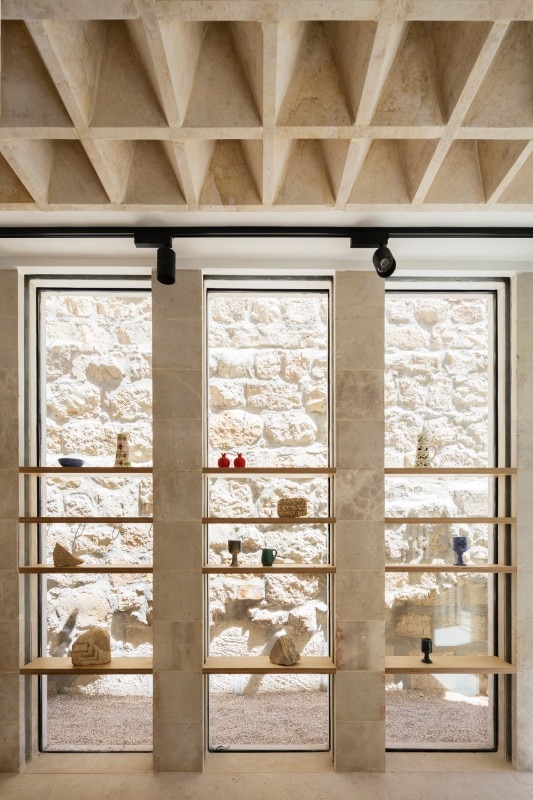
The Flat Vault
The design for the new shop of St Mary of the Resurrection Abbey is based on an innovative construction principle, literally weaving stones together to achieve the first reinforced flat stone vault of such a scale. The techniques used for the construction rely on novel design and simulation techniques of the structure’s structural behavior, as well as on fabrication and mounting methods allowing for the assembly of precise topological interlocking.
AAU ANASTAS, The Flat Vault, Jerusalem, 2018
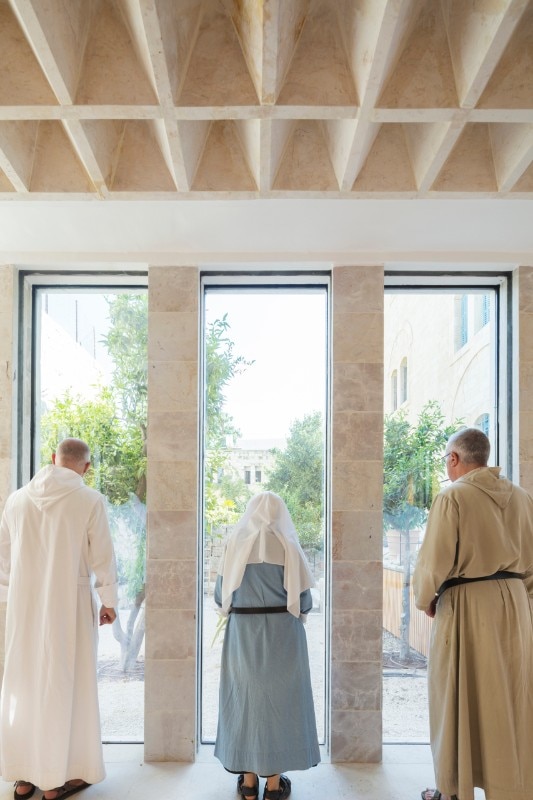
The Flat Vault
The design for the new shop of St Mary of the Resurrection Abbey is based on an innovative construction principle, literally weaving stones together to achieve the first reinforced flat stone vault of such a scale. The techniques used for the construction rely on novel design and simulation techniques of the structure’s structural behavior, as well as on fabrication and mounting methods allowing for the assembly of precise topological interlocking.
AAU ANASTAS, The Flat Vault, Jerusalem, 2018
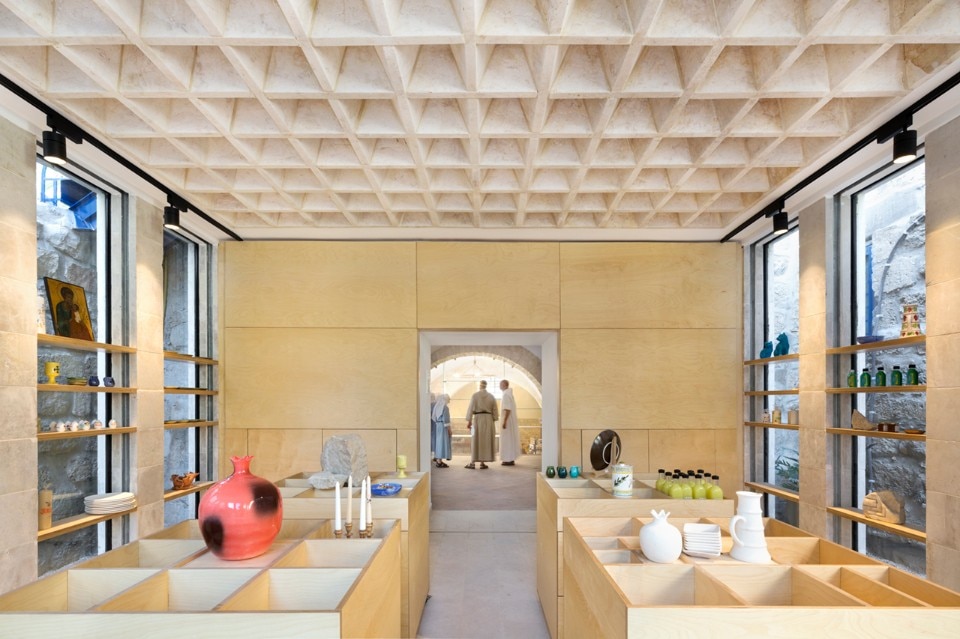
The Flat Vault
The design for the new shop of St Mary of the Resurrection Abbey is based on an innovative construction principle, literally weaving stones together to achieve the first reinforced flat stone vault of such a scale. The techniques used for the construction rely on novel design and simulation techniques of the structure’s structural behavior, as well as on fabrication and mounting methods allowing for the assembly of precise topological interlocking.
AAU ANASTAS, The Flat Vault, Jerusalem, 2018
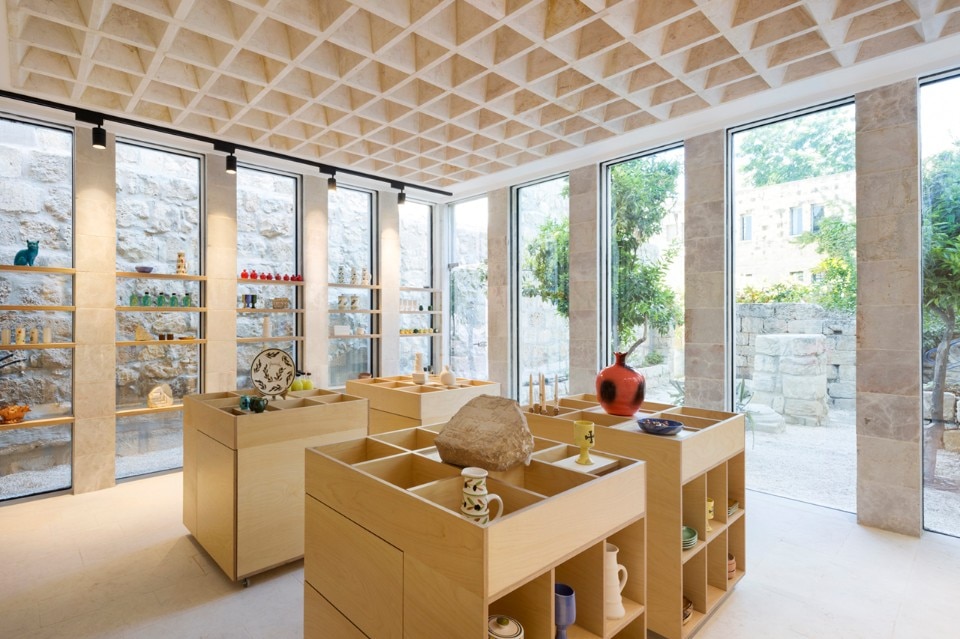
The Flat Vault
The design for the new shop of St Mary of the Resurrection Abbey is based on an innovative construction principle, literally weaving stones together to achieve the first reinforced flat stone vault of such a scale. The techniques used for the construction rely on novel design and simulation techniques of the structure’s structural behavior, as well as on fabrication and mounting methods allowing for the assembly of precise topological interlocking.
AAU ANASTAS, The Flat Vault, Jerusalem, 2018
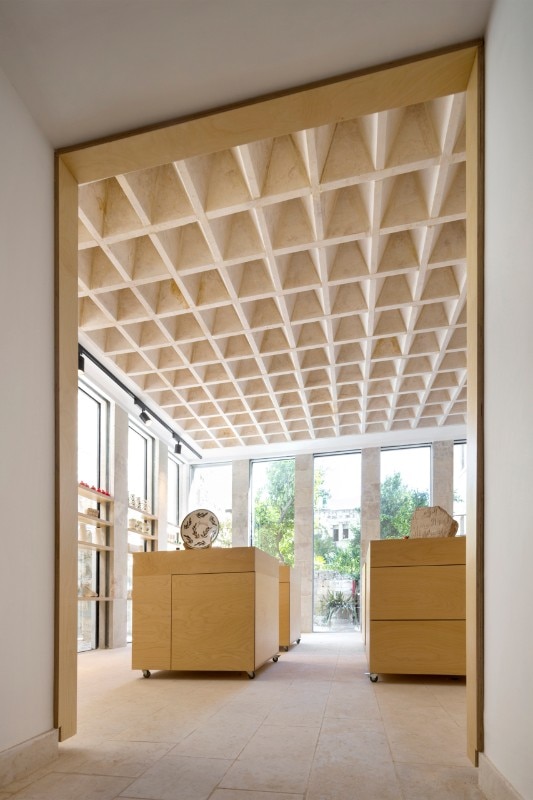
The Flat Vault
The design for the new shop of St Mary of the Resurrection Abbey is based on an innovative construction principle, literally weaving stones together to achieve the first reinforced flat stone vault of such a scale. The techniques used for the construction rely on novel design and simulation techniques of the structure’s structural behavior, as well as on fabrication and mounting methods allowing for the assembly of precise topological interlocking.
AAU ANASTAS, The Flat Vault, Jerusalem, 2018
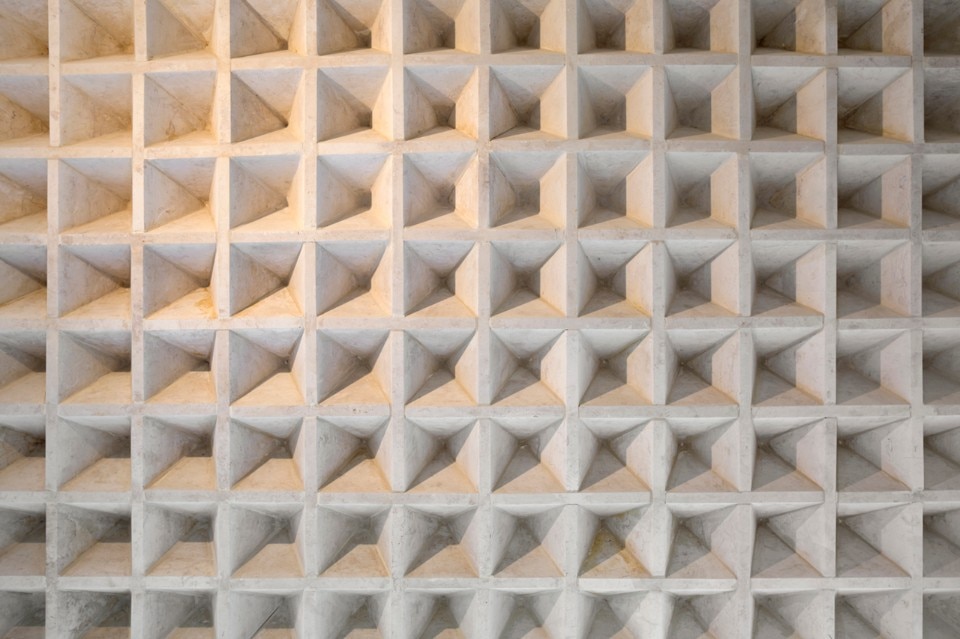
The Flat Vault
The design for the new shop of St Mary of the Resurrection Abbey is based on an innovative construction principle, literally weaving stones together to achieve the first reinforced flat stone vault of such a scale. The techniques used for the construction rely on novel design and simulation techniques of the structure’s structural behavior, as well as on fabrication and mounting methods allowing for the assembly of precise topological interlocking.
AAU ANASTAS, The Flat Vault, Jerusalem, 2018
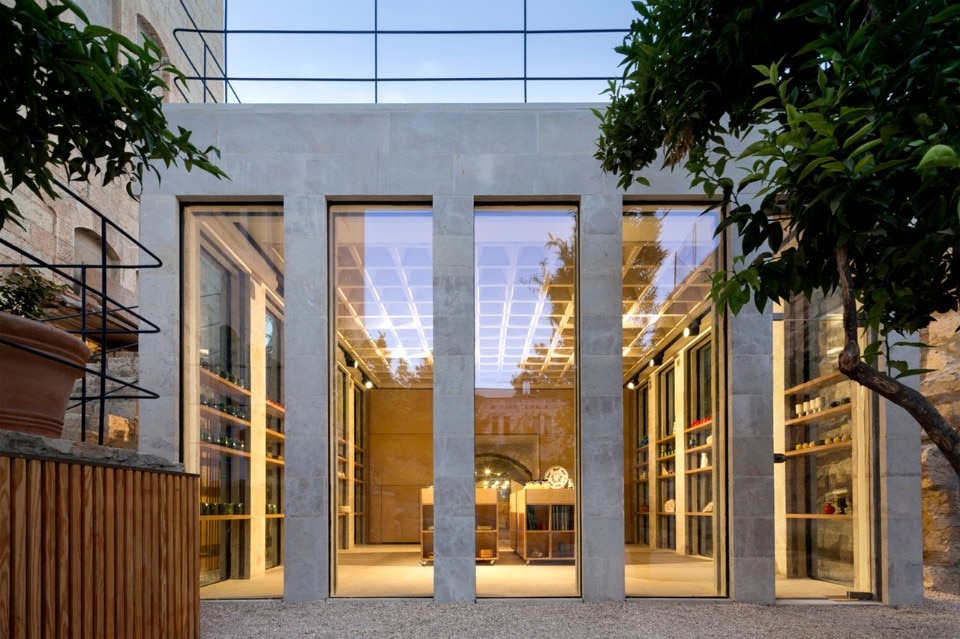
The Flat Vault
The design for the new shop of St Mary of the Resurrection Abbey is based on an innovative construction principle, literally weaving stones together to achieve the first reinforced flat stone vault of such a scale. The techniques used for the construction rely on novel design and simulation techniques of the structure’s structural behavior, as well as on fabrication and mounting methods allowing for the assembly of precise topological interlocking.
AAU ANASTAS, The Flat Vault, Jerusalem, 2018
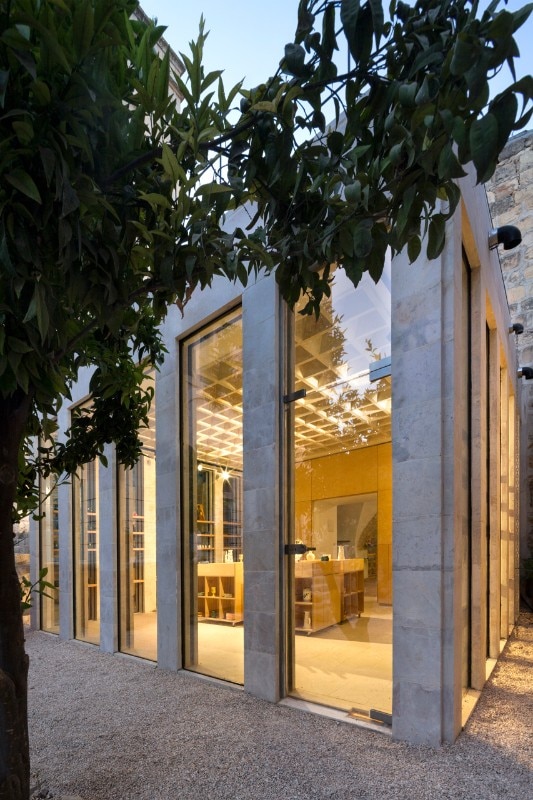
The Flat Vault
The design for the new shop of St Mary of the Resurrection Abbey is based on an innovative construction principle, literally weaving stones together to achieve the first reinforced flat stone vault of such a scale. The techniques used for the construction rely on novel design and simulation techniques of the structure’s structural behavior, as well as on fabrication and mounting methods allowing for the assembly of precise topological interlocking.
AAU ANASTAS, The Flat Vault, Jerusalem, 2018
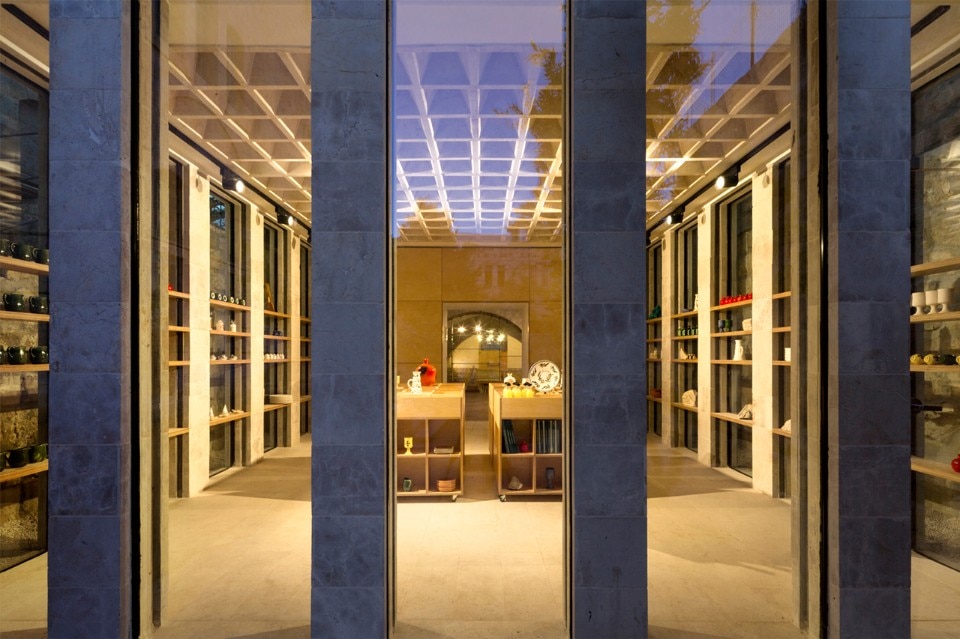
The Flat Vault
The design for the new shop of St Mary of the Resurrection Abbey is based on an innovative construction principle, literally weaving stones together to achieve the first reinforced flat stone vault of such a scale. The techniques used for the construction rely on novel design and simulation techniques of the structure’s structural behavior, as well as on fabrication and mounting methods allowing for the assembly of precise topological interlocking.
AAU ANASTAS, The Flat Vault, Jerusalem, 2018
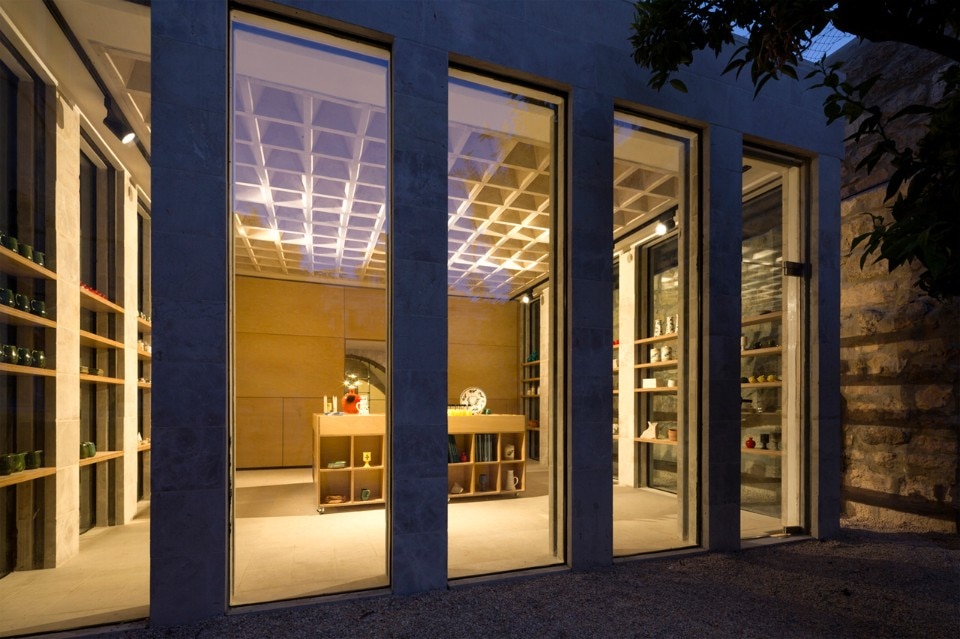
The Flat Vault
The design for the new shop of St Mary of the Resurrection Abbey is based on an innovative construction principle, literally weaving stones together to achieve the first reinforced flat stone vault of such a scale. The techniques used for the construction rely on novel design and simulation techniques of the structure’s structural behavior, as well as on fabrication and mounting methods allowing for the assembly of precise topological interlocking.
AAU ANASTAS, The Flat Vault, Jerusalem, 2018
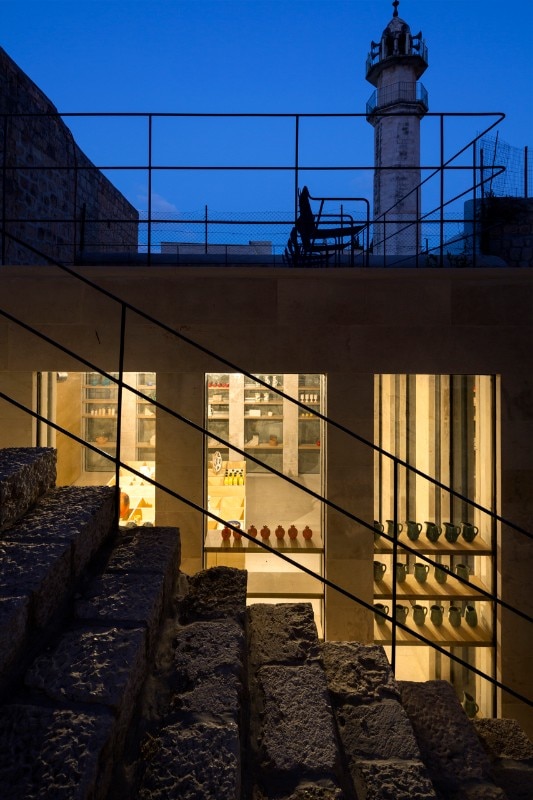
The Flat Vault
The design for the new shop of St Mary of the Resurrection Abbey is based on an innovative construction principle, literally weaving stones together to achieve the first reinforced flat stone vault of such a scale. The techniques used for the construction rely on novel design and simulation techniques of the structure’s structural behavior, as well as on fabrication and mounting methods allowing for the assembly of precise topological interlocking.
AAU ANASTAS, The Flat Vault, Jerusalem, 2018
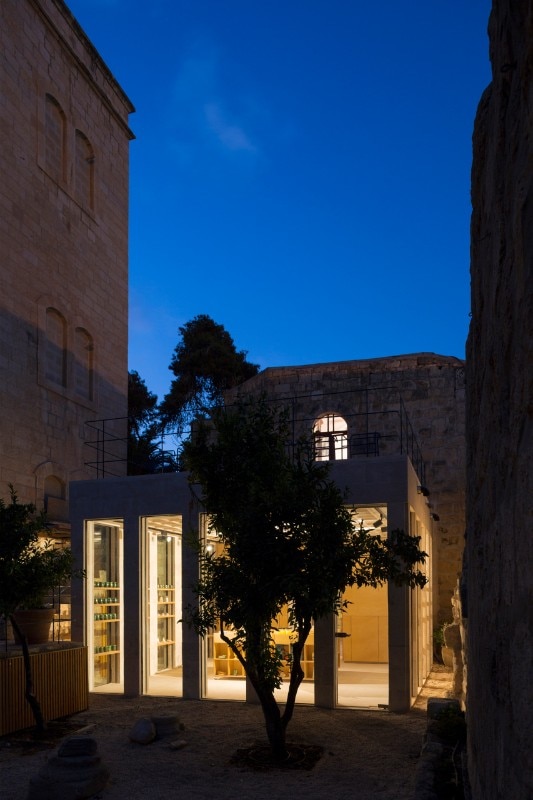
The Flat Vault
The design for the new shop of St Mary of the Resurrection Abbey is based on an innovative construction principle, literally weaving stones together to achieve the first reinforced flat stone vault of such a scale. The techniques used for the construction rely on novel design and simulation techniques of the structure’s structural behavior, as well as on fabrication and mounting methods allowing for the assembly of precise topological interlocking.
AAU ANASTAS, The Flat Vault, Jerusalem, 2018
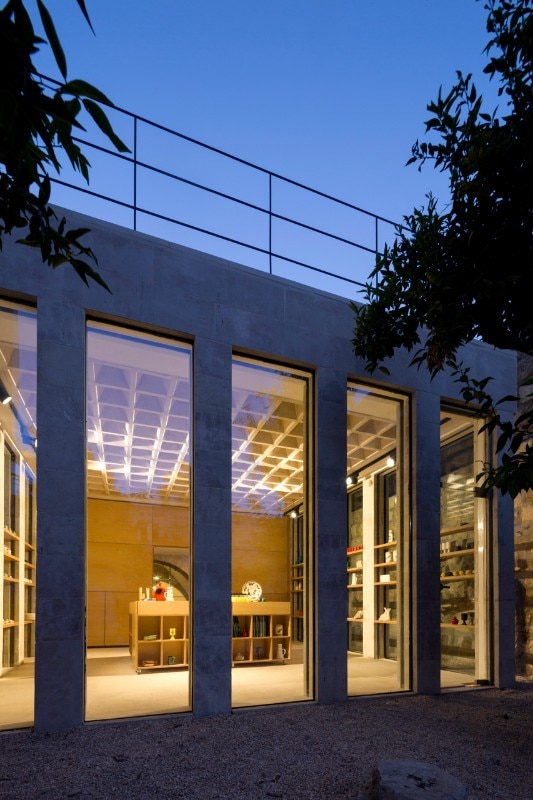
The Flat Vault
The design for the new shop of St Mary of the Resurrection Abbey is based on an innovative construction principle, literally weaving stones together to achieve the first reinforced flat stone vault of such a scale. The techniques used for the construction rely on novel design and simulation techniques of the structure’s structural behavior, as well as on fabrication and mounting methods allowing for the assembly of precise topological interlocking.
AAU ANASTAS, The Flat Vault, Jerusalem, 2018

The Flat Vault
The design for the new shop of St Mary of the Resurrection Abbey is based on an innovative construction principle, literally weaving stones together to achieve the first reinforced flat stone vault of such a scale. The techniques used for the construction rely on novel design and simulation techniques of the structure’s structural behavior, as well as on fabrication and mounting methods allowing for the assembly of precise topological interlocking.
AAU ANASTAS, The Flat Vault, Jerusalem, 2018

The Flat Vault
The design for the new shop of St Mary of the Resurrection Abbey is based on an innovative construction principle, literally weaving stones together to achieve the first reinforced flat stone vault of such a scale. The techniques used for the construction rely on novel design and simulation techniques of the structure’s structural behavior, as well as on fabrication and mounting methods allowing for the assembly of precise topological interlocking.
AAU ANASTAS, The Flat Vault, Jerusalem, 2018

The Flat Vault
The design for the new shop of St Mary of the Resurrection Abbey is based on an innovative construction principle, literally weaving stones together to achieve the first reinforced flat stone vault of such a scale. The techniques used for the construction rely on novel design and simulation techniques of the structure’s structural behavior, as well as on fabrication and mounting methods allowing for the assembly of precise topological interlocking.
AAU ANASTAS, The Flat Vault, Jerusalem, 2018

The Flat Vault
The design for the new shop of St Mary of the Resurrection Abbey is based on an innovative construction principle, literally weaving stones together to achieve the first reinforced flat stone vault of such a scale. The techniques used for the construction rely on novel design and simulation techniques of the structure’s structural behavior, as well as on fabrication and mounting methods allowing for the assembly of precise topological interlocking.
AAU ANASTAS, The Flat Vault, Jerusalem, 2018

The Flat Vault
The design for the new shop of St Mary of the Resurrection Abbey is based on an innovative construction principle, literally weaving stones together to achieve the first reinforced flat stone vault of such a scale. The techniques used for the construction rely on novel design and simulation techniques of the structure’s structural behavior, as well as on fabrication and mounting methods allowing for the assembly of precise topological interlocking.
AAU ANASTAS, The Flat Vault, Jerusalem, 2018

The Flat Vault
The design for the new shop of St Mary of the Resurrection Abbey is based on an innovative construction principle, literally weaving stones together to achieve the first reinforced flat stone vault of such a scale. The techniques used for the construction rely on novel design and simulation techniques of the structure’s structural behavior, as well as on fabrication and mounting methods allowing for the assembly of precise topological interlocking.
AAU ANASTAS, The Flat Vault, Jerusalem, 2018

The Flat Vault
The design for the new shop of St Mary of the Resurrection Abbey is based on an innovative construction principle, literally weaving stones together to achieve the first reinforced flat stone vault of such a scale. The techniques used for the construction rely on novel design and simulation techniques of the structure’s structural behavior, as well as on fabrication and mounting methods allowing for the assembly of precise topological interlocking.
AAU ANASTAS, The Flat Vault, Jerusalem, 2018

The Flat Vault
The design for the new shop of St Mary of the Resurrection Abbey is based on an innovative construction principle, literally weaving stones together to achieve the first reinforced flat stone vault of such a scale. The techniques used for the construction rely on novel design and simulation techniques of the structure’s structural behavior, as well as on fabrication and mounting methods allowing for the assembly of precise topological interlocking.
AAU ANASTAS, The Flat Vault, Jerusalem, 2018

The Flat Vault
The design for the new shop of St Mary of the Resurrection Abbey is based on an innovative construction principle, literally weaving stones together to achieve the first reinforced flat stone vault of such a scale. The techniques used for the construction rely on novel design and simulation techniques of the structure’s structural behavior, as well as on fabrication and mounting methods allowing for the assembly of precise topological interlocking.
AAU ANASTAS, The Flat Vault, Jerusalem, 2018

The Flat Vault
The design for the new shop of St Mary of the Resurrection Abbey is based on an innovative construction principle, literally weaving stones together to achieve the first reinforced flat stone vault of such a scale. The techniques used for the construction rely on novel design and simulation techniques of the structure’s structural behavior, as well as on fabrication and mounting methods allowing for the assembly of precise topological interlocking.
AAU ANASTAS, The Flat Vault, Jerusalem, 2018

The Flat Vault
The design for the new shop of St Mary of the Resurrection Abbey is based on an innovative construction principle, literally weaving stones together to achieve the first reinforced flat stone vault of such a scale. The techniques used for the construction rely on novel design and simulation techniques of the structure’s structural behavior, as well as on fabrication and mounting methods allowing for the assembly of precise topological interlocking.
AAU ANASTAS, The Flat Vault, Jerusalem, 2018

The Flat Vault
The design for the new shop of St Mary of the Resurrection Abbey is based on an innovative construction principle, literally weaving stones together to achieve the first reinforced flat stone vault of such a scale. The techniques used for the construction rely on novel design and simulation techniques of the structure’s structural behavior, as well as on fabrication and mounting methods allowing for the assembly of precise topological interlocking.
AAU ANASTAS, The Flat Vault, Jerusalem, 2018

The Flat Vault
The design for the new shop of St Mary of the Resurrection Abbey is based on an innovative construction principle, literally weaving stones together to achieve the first reinforced flat stone vault of such a scale. The techniques used for the construction rely on novel design and simulation techniques of the structure’s structural behavior, as well as on fabrication and mounting methods allowing for the assembly of precise topological interlocking.
AAU ANASTAS, The Flat Vault, Jerusalem, 2018

The Flat Vault
The design for the new shop of St Mary of the Resurrection Abbey is based on an innovative construction principle, literally weaving stones together to achieve the first reinforced flat stone vault of such a scale. The techniques used for the construction rely on novel design and simulation techniques of the structure’s structural behavior, as well as on fabrication and mounting methods allowing for the assembly of precise topological interlocking.
AAU ANASTAS, The Flat Vault, Jerusalem, 2018

The Flat Vault
The design for the new shop of St Mary of the Resurrection Abbey is based on an innovative construction principle, literally weaving stones together to achieve the first reinforced flat stone vault of such a scale. The techniques used for the construction rely on novel design and simulation techniques of the structure’s structural behavior, as well as on fabrication and mounting methods allowing for the assembly of precise topological interlocking.
AAU ANASTAS, The Flat Vault, Jerusalem, 2018

The Flat Vault
The design for the new shop of St Mary of the Resurrection Abbey is based on an innovative construction principle, literally weaving stones together to achieve the first reinforced flat stone vault of such a scale. The techniques used for the construction rely on novel design and simulation techniques of the structure’s structural behavior, as well as on fabrication and mounting methods allowing for the assembly of precise topological interlocking.
AAU ANASTAS, The Flat Vault, Jerusalem, 2018

The Flat Vault
The design for the new shop of St Mary of the Resurrection Abbey is based on an innovative construction principle, literally weaving stones together to achieve the first reinforced flat stone vault of such a scale. The techniques used for the construction rely on novel design and simulation techniques of the structure’s structural behavior, as well as on fabrication and mounting methods allowing for the assembly of precise topological interlocking.
AAU ANASTAS, The Flat Vault, Jerusalem, 2018

The Flat Vault
The design for the new shop of St Mary of the Resurrection Abbey is based on an innovative construction principle, literally weaving stones together to achieve the first reinforced flat stone vault of such a scale. The techniques used for the construction rely on novel design and simulation techniques of the structure’s structural behavior, as well as on fabrication and mounting methods allowing for the assembly of precise topological interlocking.
AAU ANASTAS, The Flat Vault, Jerusalem, 2018

The Flat Vault
The design for the new shop of St Mary of the Resurrection Abbey is based on an innovative construction principle, literally weaving stones together to achieve the first reinforced flat stone vault of such a scale. The techniques used for the construction rely on novel design and simulation techniques of the structure’s structural behavior, as well as on fabrication and mounting methods allowing for the assembly of precise topological interlocking.
AAU ANASTAS, The Flat Vault, Jerusalem, 2018
Developed by AAU Anastas’s research arm, Scales, in collaboration with the Geometry, Structure and Architecture Lab at the École Nationale Supérieure d'architecture Paris-Malaquais, The Flat Vault forms the roof of the monastery’s shop. Considered from the outset as a structural stone building whose integrity relies on massive stone columns and delicate stereotomy, the roof is effectively formed of woven limestone, the first reinforced flat stone vault of its type executed on such a scale.
Elias Anastas admits that the brother’s desire to transform their homeland through stereotomy may sound “a bit insane”, but both are convinced that the development of a series of pre-defined, economically viable architectural elements offers the potential to transform the Palestinian city vault by vault, lintel by lintel. “The other idea is to squeeze the whole specification and documentation of a building, and by using very classical construction techniques and by narrowing down the requirements, to make it accessible to any contractor rather than being exclusive,” says Elias Anastas.
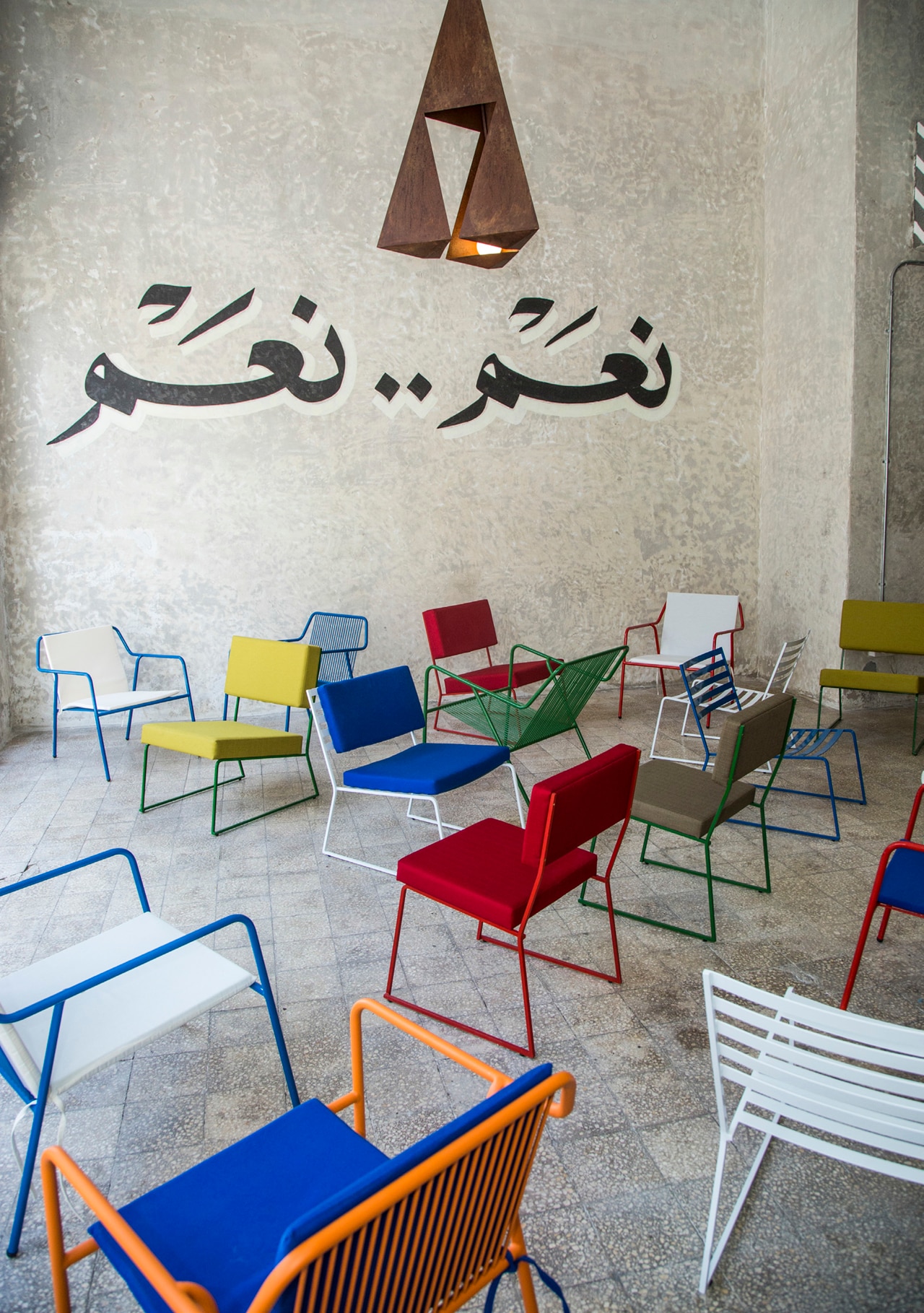
 View gallery
View gallery
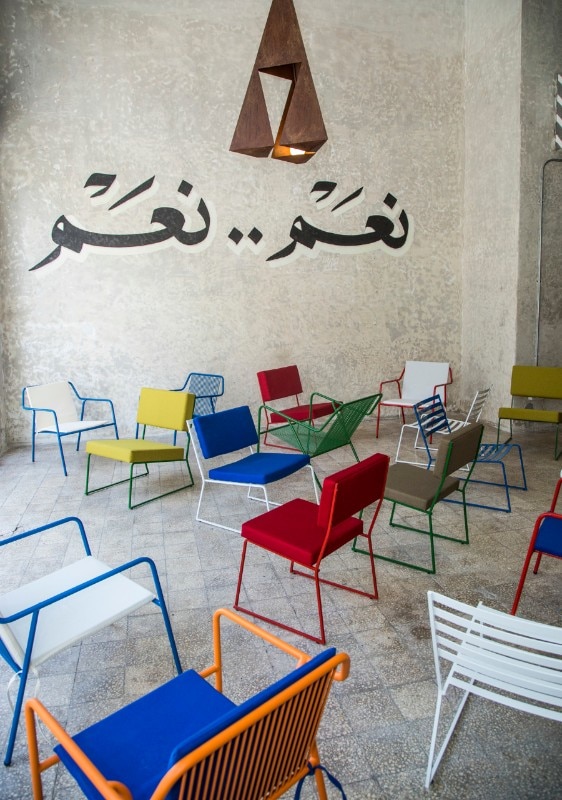
Local Industries by Elias and Yousef Anastas
Anastas’ were looking for a way to insert local craft techniques to their work. Their keen interest with furniture stems from their architectural work. Local Industries works with specific Palestinian artisans:the conception and production of furniture happensthrough a constant back-and-forth between all the agentsthus undermining the usual boundaries which separateconception from production. The result is a new type ofobject, which is adapted to local means of productions butalso to modern work or living spaces which require a highstandard in functionality, aesthetics and quality.
Local Industries was founded in 2011 by the Palestinian architects
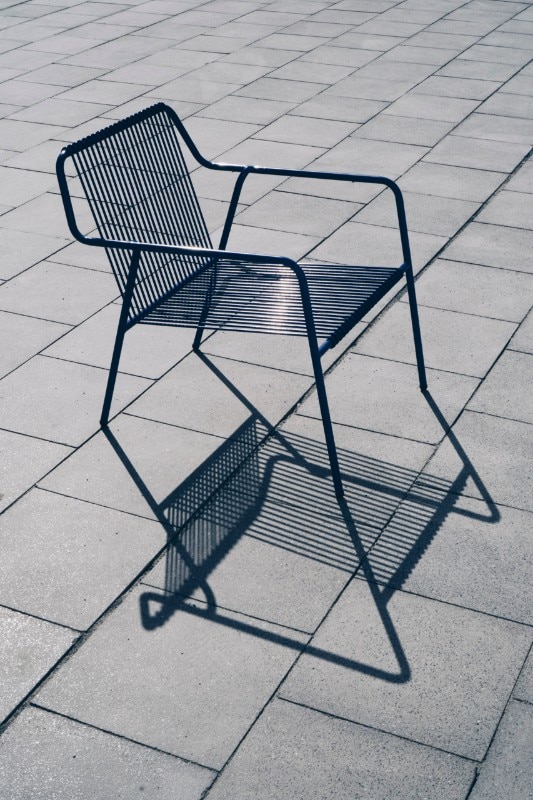
Local Industries by Elias and Yousef Anastas
Anastas’ were looking for a way to insert local craft techniques to their work. Their keen interest with furniture stems from their architectural work. Local Industries works with specific Palestinian artisans:the conception and production of furniture happensthrough a constant back-and-forth between all the agentsthus undermining the usual boundaries which separateconception from production. The result is a new type ofobject, which is adapted to local means of productions butalso to modern work or living spaces which require a highstandard in functionality, aesthetics and quality.
Local Industries was founded in 2011 by the Palestinian architects
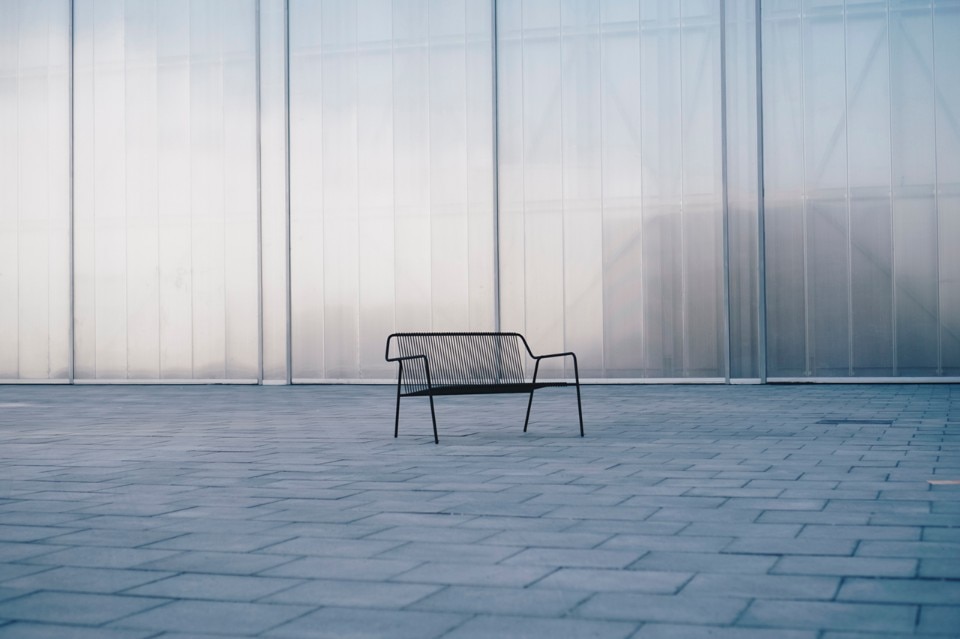
Local Industries by Elias and Yousef Anastas
Anastas’ were looking for a way to insert local craft techniques to their work. Their keen interest with furniture stems from their architectural work. Local Industries works with specific Palestinian artisans:the conception and production of furniture happensthrough a constant back-and-forth between all the agentsthus undermining the usual boundaries which separateconception from production. The result is a new type ofobject, which is adapted to local means of productions butalso to modern work or living spaces which require a highstandard in functionality, aesthetics and quality.
Local Industries was founded in 2011 by the Palestinian architects
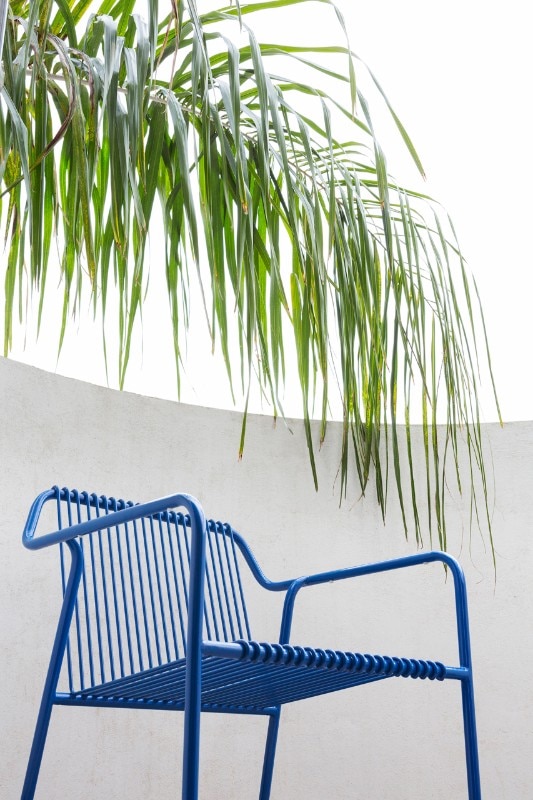
Local Industries by Elias and Yousef Anastas
Anastas’ were looking for a way to insert local craft techniques to their work. Their keen interest with furniture stems from their architectural work. Local Industries works with specific Palestinian artisans:the conception and production of furniture happensthrough a constant back-and-forth between all the agentsthus undermining the usual boundaries which separateconception from production. The result is a new type ofobject, which is adapted to local means of productions butalso to modern work or living spaces which require a highstandard in functionality, aesthetics and quality.
Local Industries was founded in 2011 by the Palestinian architects

Local Industries by Elias and Yousef Anastas
Anastas’ were looking for a way to insert local craft techniques to their work. Their keen interest with furniture stems from their architectural work. Local Industries works with specific Palestinian artisans:the conception and production of furniture happensthrough a constant back-and-forth between all the agentsthus undermining the usual boundaries which separateconception from production. The result is a new type ofobject, which is adapted to local means of productions butalso to modern work or living spaces which require a highstandard in functionality, aesthetics and quality.
Local Industries was founded in 2011 by the Palestinian architects
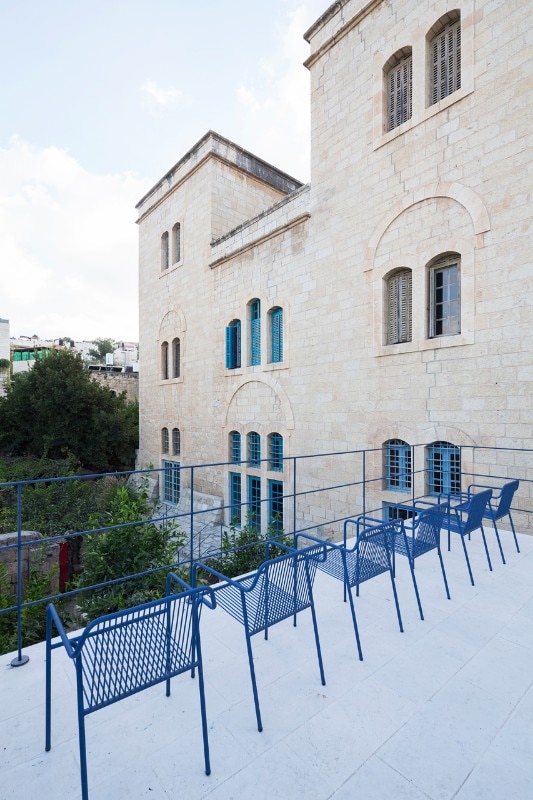
Local Industries by Elias and Yousef Anastas
Anastas’ were looking for a way to insert local craft techniques to their work. Their keen interest with furniture stems from their architectural work. Local Industries works with specific Palestinian artisans:the conception and production of furniture happensthrough a constant back-and-forth between all the agentsthus undermining the usual boundaries which separateconception from production. The result is a new type ofobject, which is adapted to local means of productions butalso to modern work or living spaces which require a highstandard in functionality, aesthetics and quality.
Local Industries was founded in 2011 by the Palestinian architects
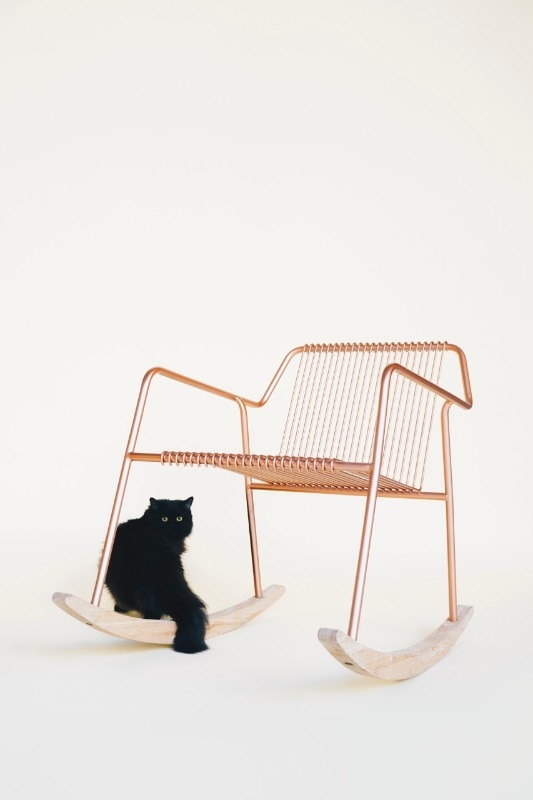
Local Industries by Elias and Yousef Anastas
Anastas’ were looking for a way to insert local craft techniques to their work. Their keen interest with furniture stems from their architectural work. Local Industries works with specific Palestinian artisans:the conception and production of furniture happensthrough a constant back-and-forth between all the agentsthus undermining the usual boundaries which separateconception from production. The result is a new type ofobject, which is adapted to local means of productions butalso to modern work or living spaces which require a highstandard in functionality, aesthetics and quality.
Local Industries was founded in 2011 by the Palestinian architects
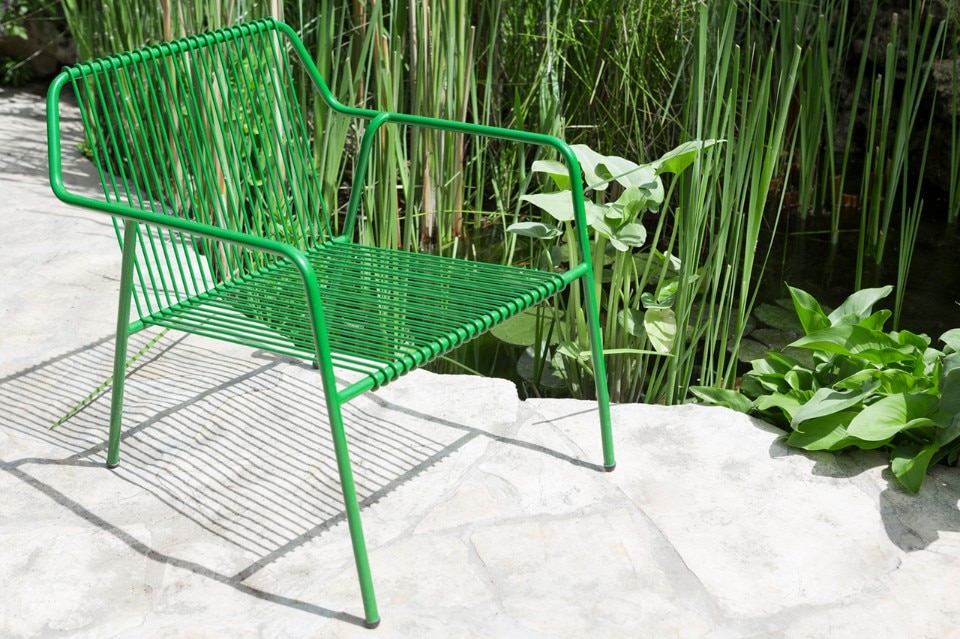
Local Industries by Elias and Yousef Anastas
Anastas’ were looking for a way to insert local craft techniques to their work. Their keen interest with furniture stems from their architectural work. Local Industries works with specific Palestinian artisans:the conception and production of furniture happensthrough a constant back-and-forth between all the agentsthus undermining the usual boundaries which separateconception from production. The result is a new type ofobject, which is adapted to local means of productions butalso to modern work or living spaces which require a highstandard in functionality, aesthetics and quality.
Local Industries was founded in 2011 by the Palestinian architects
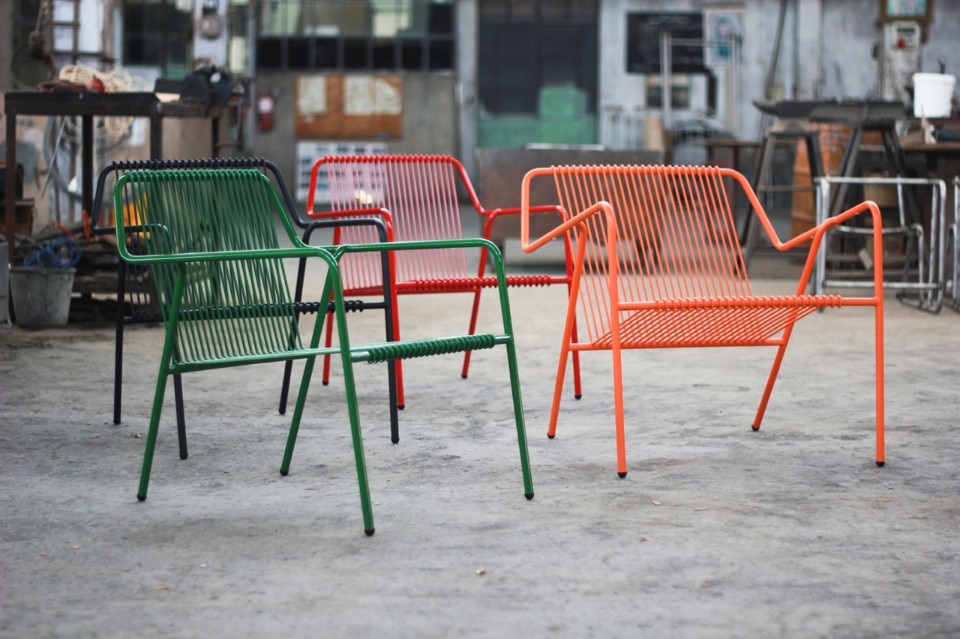
Local Industries by Elias and Yousef Anastas
Anastas’ were looking for a way to insert local craft techniques to their work. Their keen interest with furniture stems from their architectural work. Local Industries works with specific Palestinian artisans:the conception and production of furniture happensthrough a constant back-and-forth between all the agentsthus undermining the usual boundaries which separateconception from production. The result is a new type ofobject, which is adapted to local means of productions butalso to modern work or living spaces which require a highstandard in functionality, aesthetics and quality.
Local Industries was founded in 2011 by the Palestinian architects
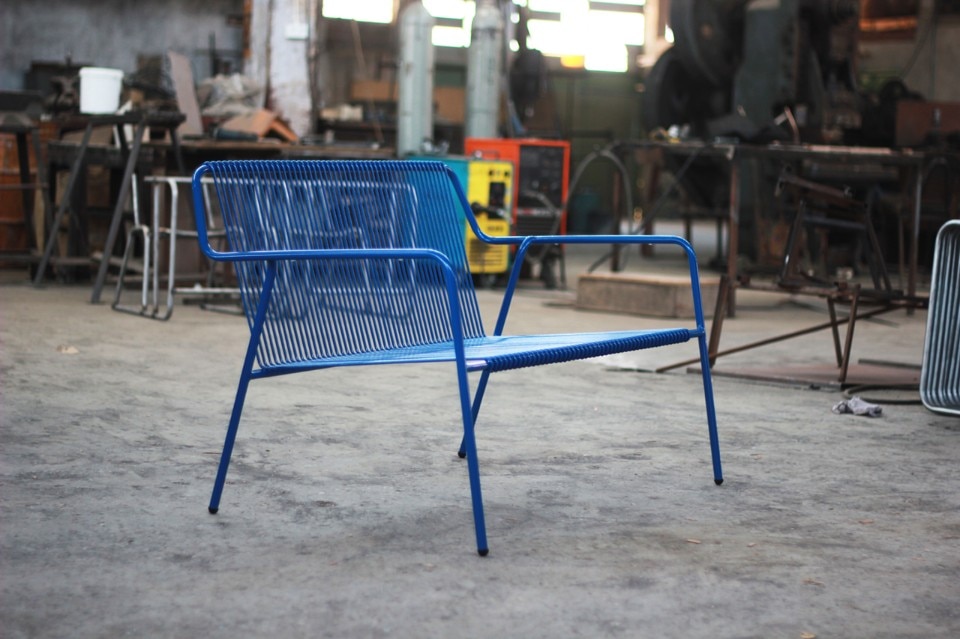
Local Industries by Elias and Yousef Anastas
Anastas’ were looking for a way to insert local craft techniques to their work. Their keen interest with furniture stems from their architectural work. Local Industries works with specific Palestinian artisans:the conception and production of furniture happensthrough a constant back-and-forth between all the agentsthus undermining the usual boundaries which separateconception from production. The result is a new type ofobject, which is adapted to local means of productions butalso to modern work or living spaces which require a highstandard in functionality, aesthetics and quality.
Local Industries was founded in 2011 by the Palestinian architects
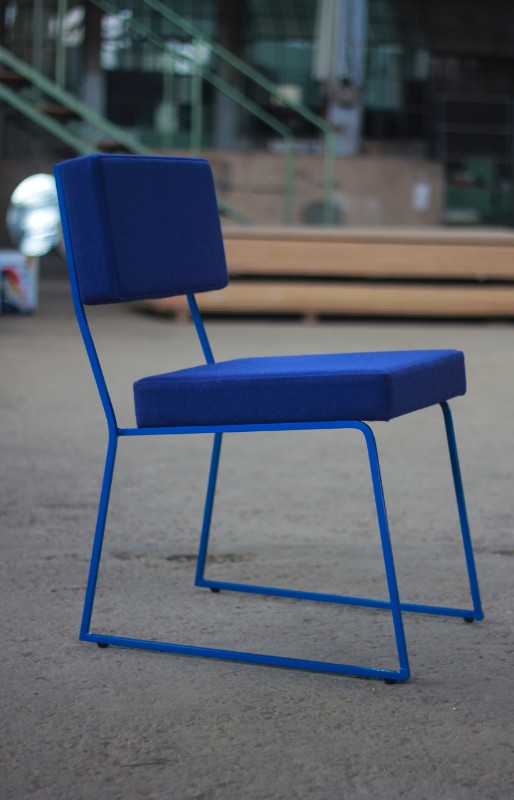
Local Industries by Elias and Yousef Anastas
Anastas’ were looking for a way to insert local craft techniques to their work. Their keen interest with furniture stems from their architectural work. Local Industries works with specific Palestinian artisans:the conception and production of furniture happensthrough a constant back-and-forth between all the agentsthus undermining the usual boundaries which separateconception from production. The result is a new type ofobject, which is adapted to local means of productions butalso to modern work or living spaces which require a highstandard in functionality, aesthetics and quality.
Local Industries was founded in 2011 by the Palestinian architects
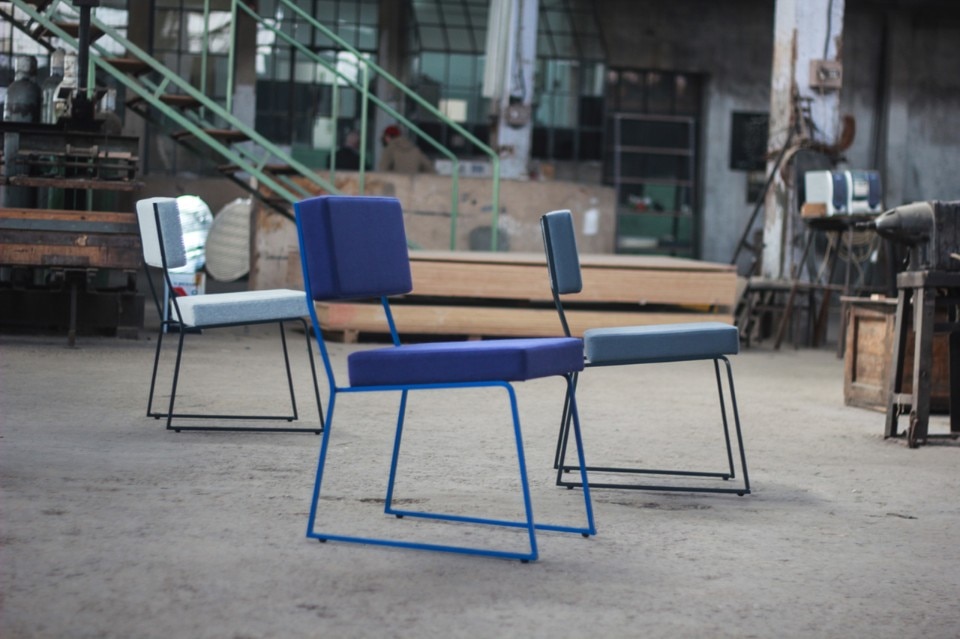
Local Industries by Elias and Yousef Anastas
Anastas’ were looking for a way to insert local craft techniques to their work. Their keen interest with furniture stems from their architectural work. Local Industries works with specific Palestinian artisans:the conception and production of furniture happensthrough a constant back-and-forth between all the agentsthus undermining the usual boundaries which separateconception from production. The result is a new type ofobject, which is adapted to local means of productions butalso to modern work or living spaces which require a highstandard in functionality, aesthetics and quality.
Local Industries was founded in 2011 by the Palestinian architects
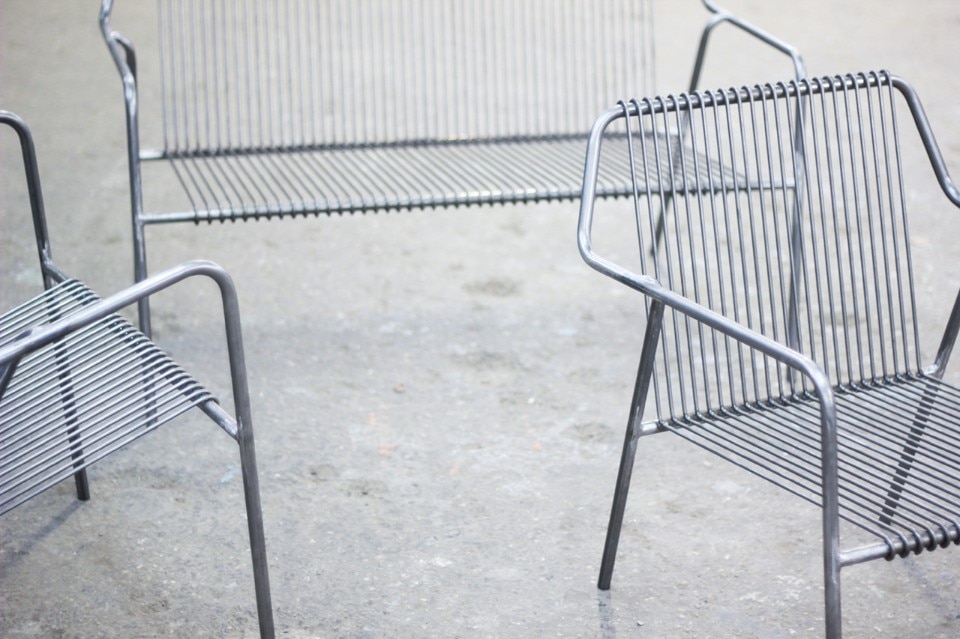
Local Industries by Elias and Yousef Anastas
Anastas’ were looking for a way to insert local craft techniques to their work. Their keen interest with furniture stems from their architectural work. Local Industries works with specific Palestinian artisans:the conception and production of furniture happensthrough a constant back-and-forth between all the agentsthus undermining the usual boundaries which separateconception from production. The result is a new type ofobject, which is adapted to local means of productions butalso to modern work or living spaces which require a highstandard in functionality, aesthetics and quality.
Local Industries was founded in 2011 by the Palestinian architects
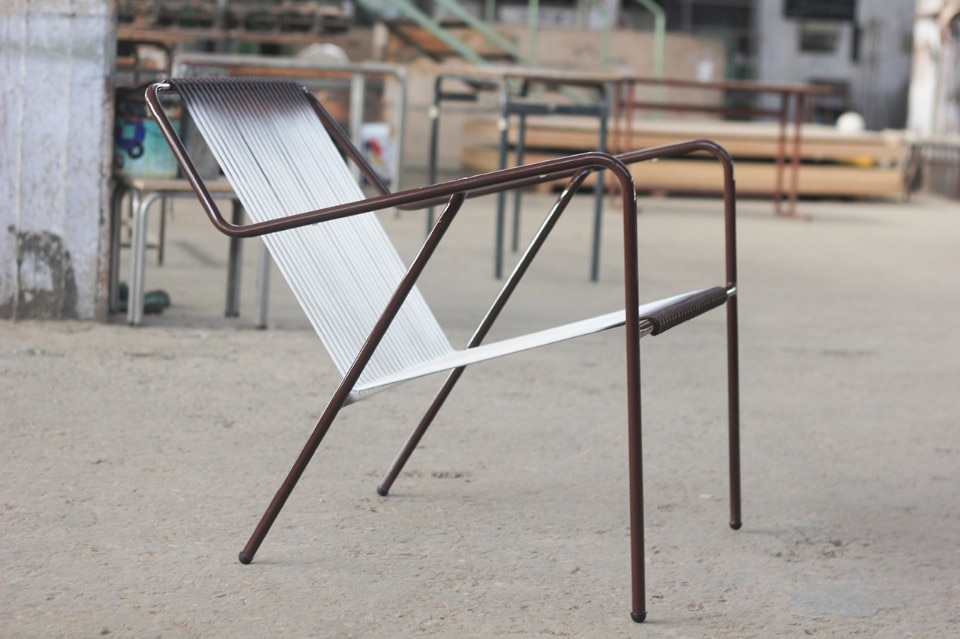
Local Industries by Elias and Yousef Anastas
Anastas’ were looking for a way to insert local craft techniques to their work. Their keen interest with furniture stems from their architectural work. Local Industries works with specific Palestinian artisans:the conception and production of furniture happensthrough a constant back-and-forth between all the agentsthus undermining the usual boundaries which separateconception from production. The result is a new type ofobject, which is adapted to local means of productions butalso to modern work or living spaces which require a highstandard in functionality, aesthetics and quality.
Local Industries was founded in 2011 by the Palestinian architects
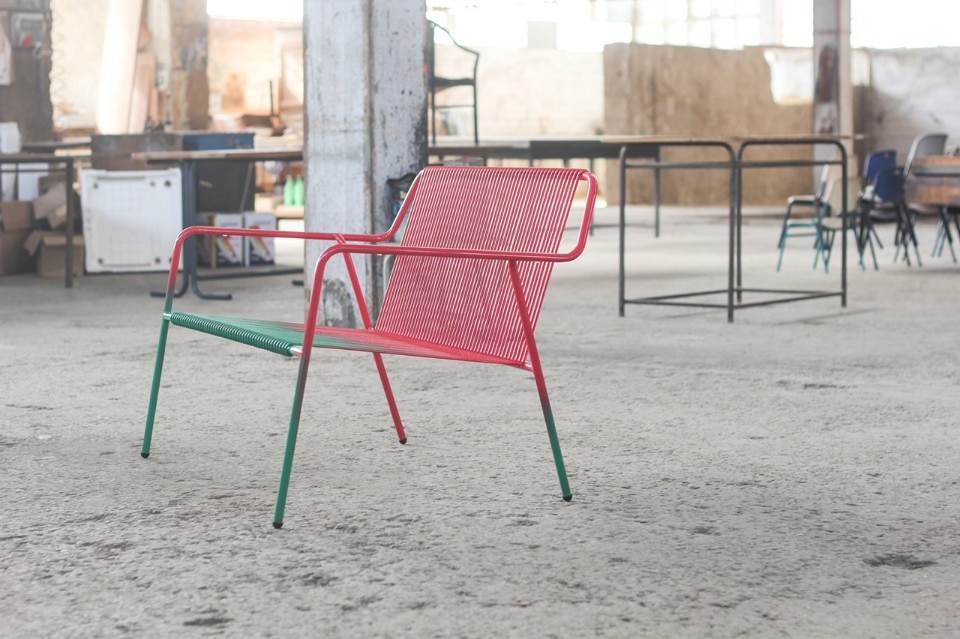
Local Industries by Elias and Yousef Anastas
Anastas’ were looking for a way to insert local craft techniques to their work. Their keen interest with furniture stems from their architectural work. Local Industries works with specific Palestinian artisans:the conception and production of furniture happensthrough a constant back-and-forth between all the agentsthus undermining the usual boundaries which separateconception from production. The result is a new type ofobject, which is adapted to local means of productions butalso to modern work or living spaces which require a highstandard in functionality, aesthetics and quality.
Local Industries was founded in 2011 by the Palestinian architects
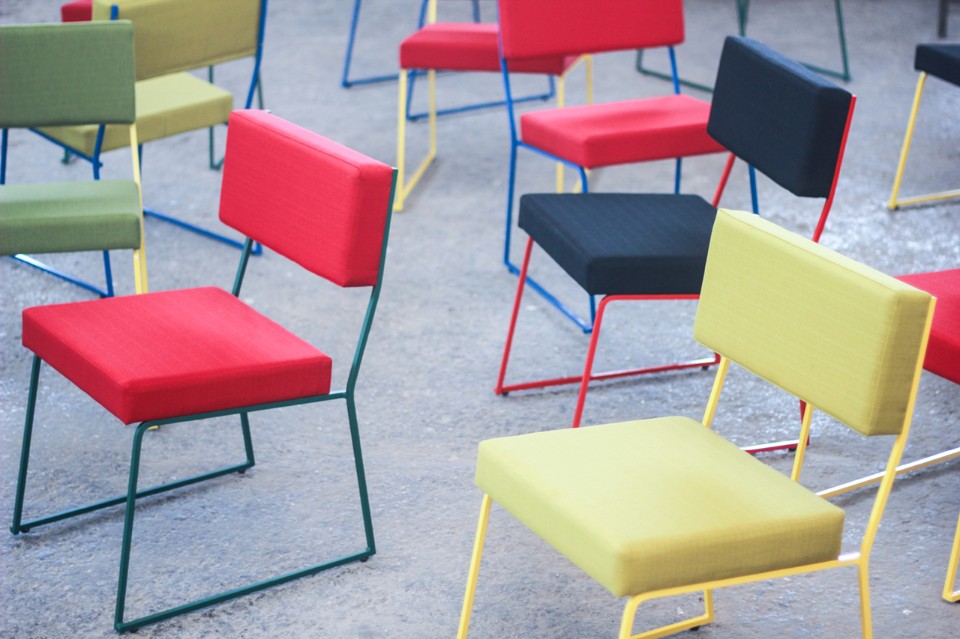
Local Industries by Elias and Yousef Anastas
Anastas’ were looking for a way to insert local craft techniques to their work. Their keen interest with furniture stems from their architectural work. Local Industries works with specific Palestinian artisans:the conception and production of furniture happensthrough a constant back-and-forth between all the agentsthus undermining the usual boundaries which separateconception from production. The result is a new type ofobject, which is adapted to local means of productions butalso to modern work or living spaces which require a highstandard in functionality, aesthetics and quality.
Local Industries was founded in 2011 by the Palestinian architects
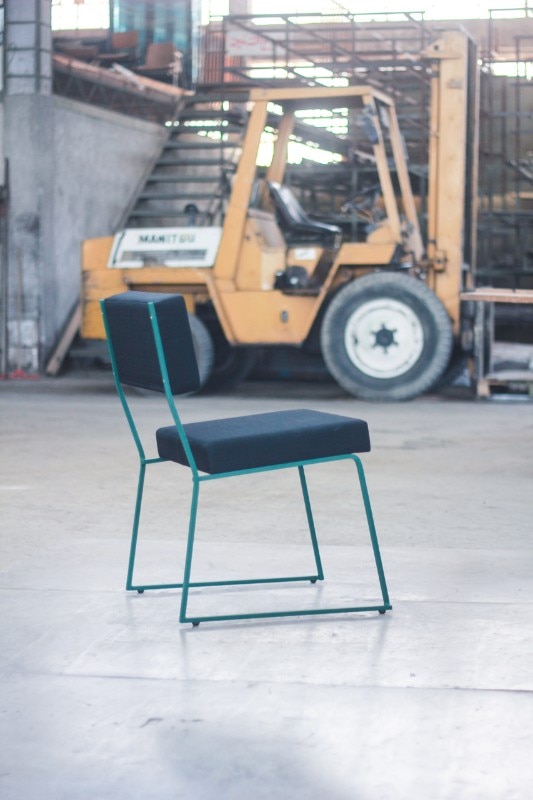
Local Industries by Elias and Yousef Anastas
Anastas’ were looking for a way to insert local craft techniques to their work. Their keen interest with furniture stems from their architectural work. Local Industries works with specific Palestinian artisans:the conception and production of furniture happensthrough a constant back-and-forth between all the agentsthus undermining the usual boundaries which separateconception from production. The result is a new type ofobject, which is adapted to local means of productions butalso to modern work or living spaces which require a highstandard in functionality, aesthetics and quality.
Local Industries was founded in 2011 by the Palestinian architects
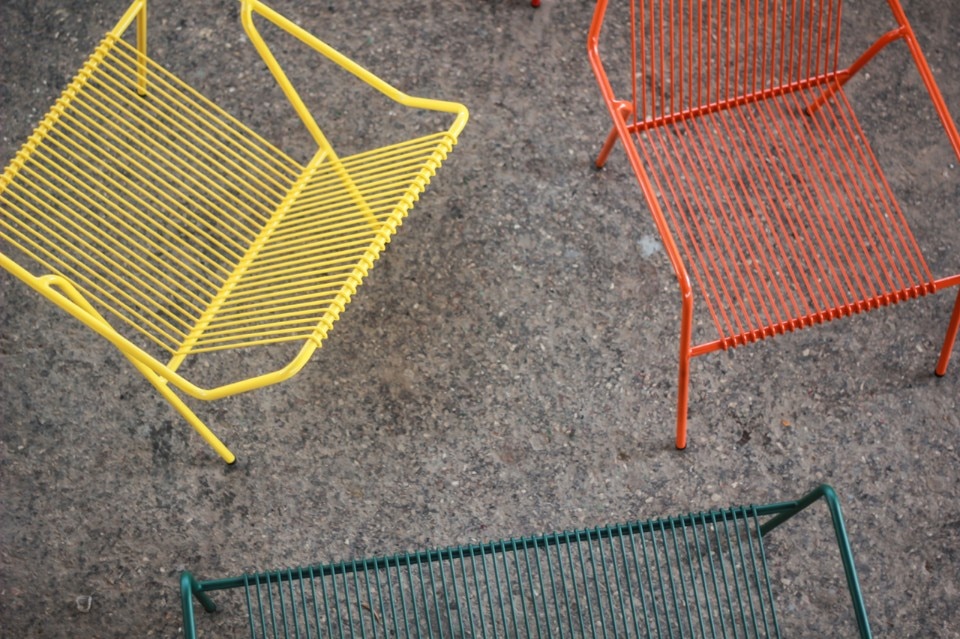
Local Industries by Elias and Yousef Anastas
Anastas’ were looking for a way to insert local craft techniques to their work. Their keen interest with furniture stems from their architectural work. Local Industries works with specific Palestinian artisans:the conception and production of furniture happensthrough a constant back-and-forth between all the agentsthus undermining the usual boundaries which separateconception from production. The result is a new type ofobject, which is adapted to local means of productions butalso to modern work or living spaces which require a highstandard in functionality, aesthetics and quality.
Local Industries was founded in 2011 by the Palestinian architects
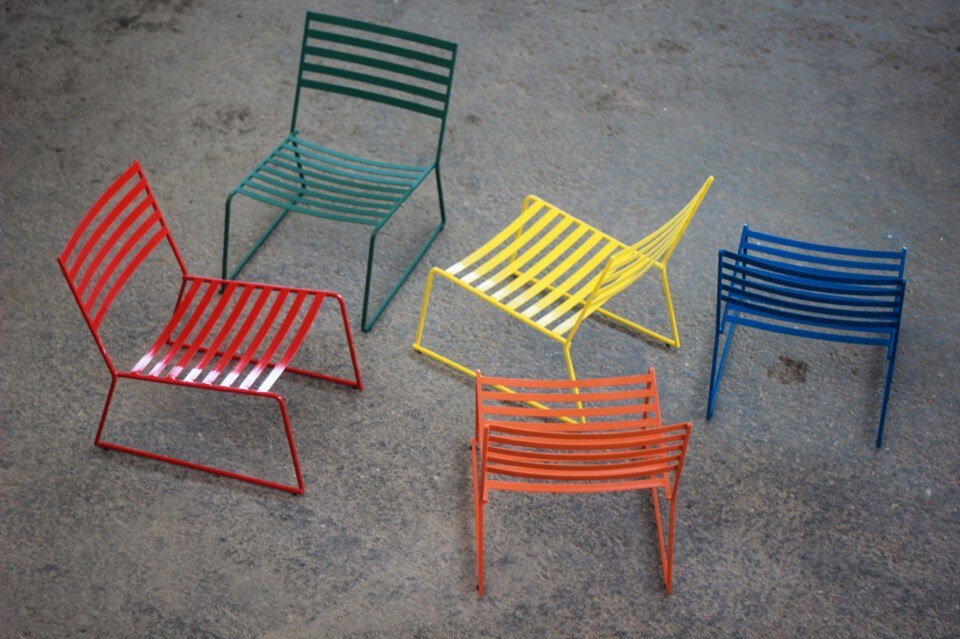
Local Industries by Elias and Yousef Anastas
Anastas’ were looking for a way to insert local craft techniques to their work. Their keen interest with furniture stems from their architectural work. Local Industries works with specific Palestinian artisans:the conception and production of furniture happensthrough a constant back-and-forth between all the agentsthus undermining the usual boundaries which separateconception from production. The result is a new type ofobject, which is adapted to local means of productions butalso to modern work or living spaces which require a highstandard in functionality, aesthetics and quality.
Local Industries was founded in 2011 by the Palestinian architects
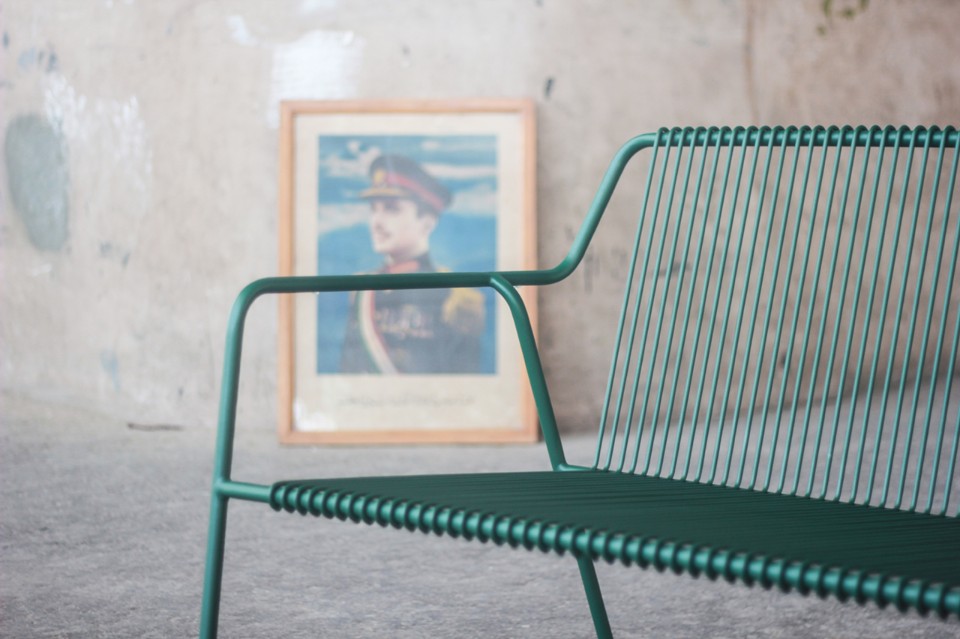
Local Industries by Elias and Yousef Anastas
Anastas’ were looking for a way to insert local craft techniques to their work. Their keen interest with furniture stems from their architectural work. Local Industries works with specific Palestinian artisans:the conception and production of furniture happensthrough a constant back-and-forth between all the agentsthus undermining the usual boundaries which separateconception from production. The result is a new type ofobject, which is adapted to local means of productions butalso to modern work or living spaces which require a highstandard in functionality, aesthetics and quality.
Local Industries was founded in 2011 by the Palestinian architects
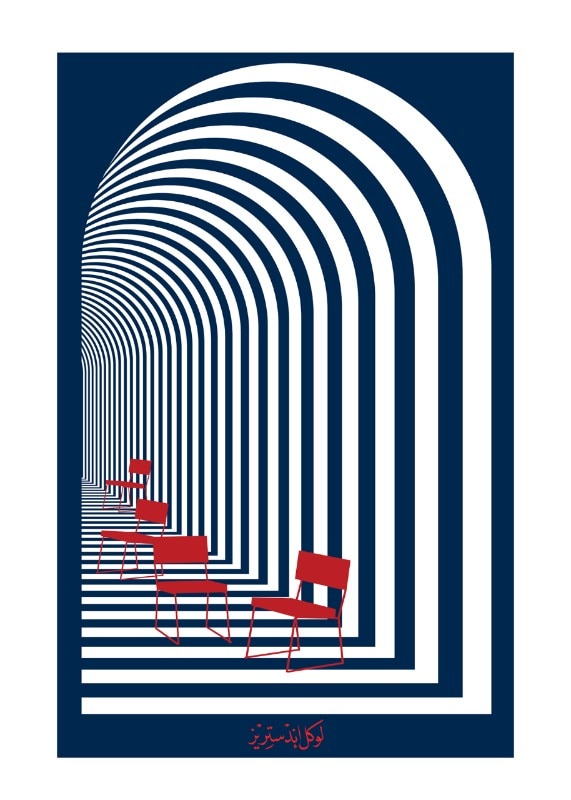
Local Industries by Elias and Yousef Anastas
Anastas’ were looking for a way to insert local craft techniques to their work. Their keen interest with furniture stems from their architectural work. Local Industries works with specific Palestinian artisans:the conception and production of furniture happensthrough a constant back-and-forth between all the agentsthus undermining the usual boundaries which separateconception from production. The result is a new type ofobject, which is adapted to local means of productions butalso to modern work or living spaces which require a highstandard in functionality, aesthetics and quality.
Local Industries was founded in 2011 by the Palestinian architects
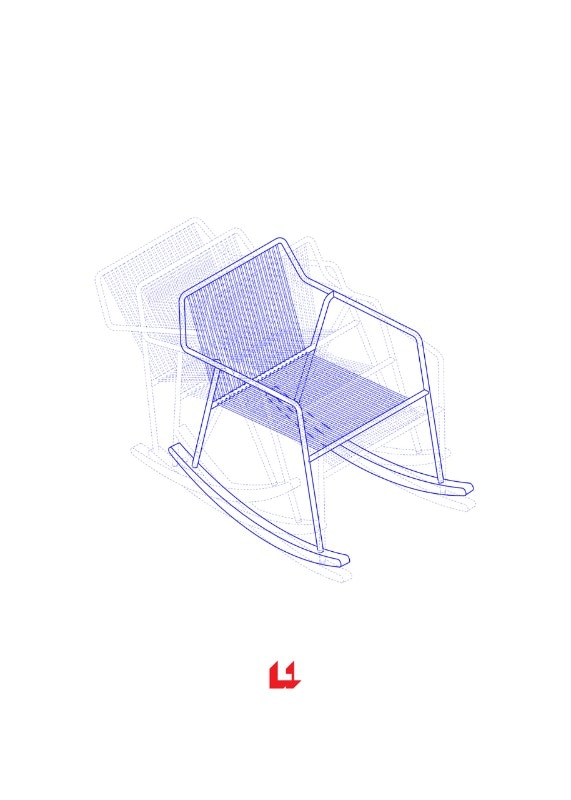
Local Industries by Elias and Yousef Anastas
Anastas’ were looking for a way to insert local craft techniques to their work. Their keen interest with furniture stems from their architectural work. Local Industries works with specific Palestinian artisans:the conception and production of furniture happensthrough a constant back-and-forth between all the agentsthus undermining the usual boundaries which separateconception from production. The result is a new type ofobject, which is adapted to local means of productions butalso to modern work or living spaces which require a highstandard in functionality, aesthetics and quality.
Local Industries was founded in 2011 by the Palestinian architects
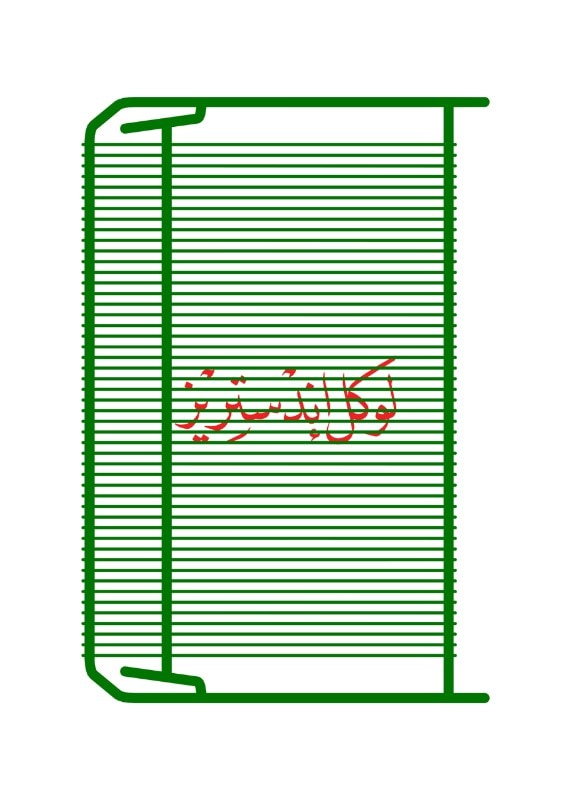
Local Industries by Elias and Yousef Anastas
Anastas’ were looking for a way to insert local craft techniques to their work. Their keen interest with furniture stems from their architectural work. Local Industries works with specific Palestinian artisans:the conception and production of furniture happensthrough a constant back-and-forth between all the agentsthus undermining the usual boundaries which separateconception from production. The result is a new type ofobject, which is adapted to local means of productions butalso to modern work or living spaces which require a highstandard in functionality, aesthetics and quality.
Local Industries was founded in 2011 by the Palestinian architects
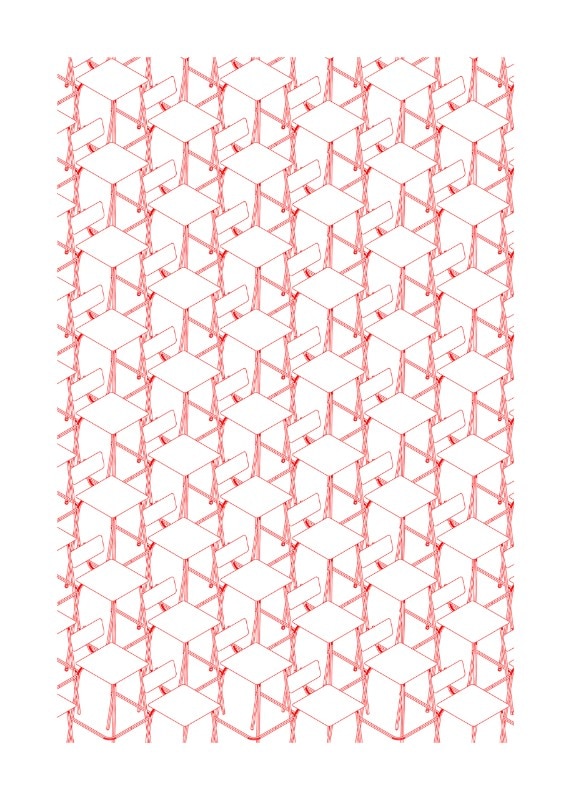
Local Industries by Elias and Yousef Anastas
Anastas’ were looking for a way to insert local craft techniques to their work. Their keen interest with furniture stems from their architectural work. Local Industries works with specific Palestinian artisans:the conception and production of furniture happensthrough a constant back-and-forth between all the agentsthus undermining the usual boundaries which separateconception from production. The result is a new type ofobject, which is adapted to local means of productions butalso to modern work or living spaces which require a highstandard in functionality, aesthetics and quality.
Local Industries was founded in 2011 by the Palestinian architects
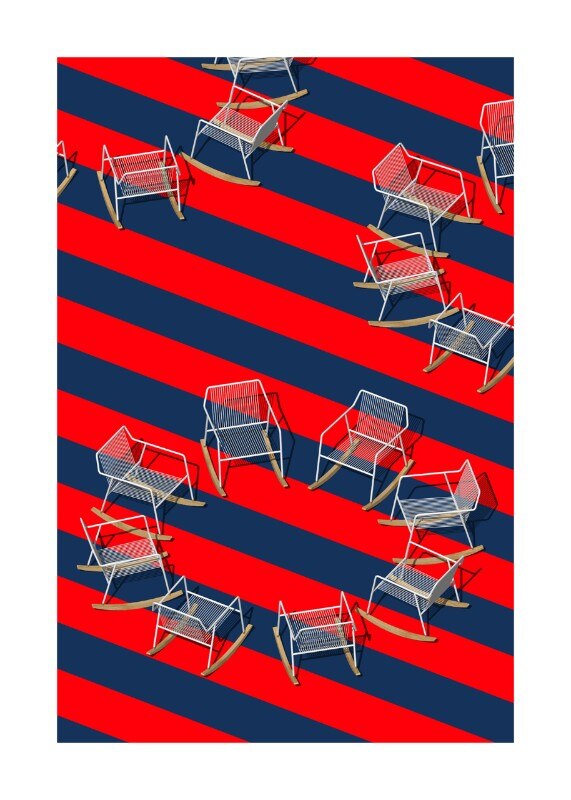
Local Industries by Elias and Yousef Anastas
Anastas’ were looking for a way to insert local craft techniques to their work. Their keen interest with furniture stems from their architectural work. Local Industries works with specific Palestinian artisans:the conception and production of furniture happensthrough a constant back-and-forth between all the agentsthus undermining the usual boundaries which separateconception from production. The result is a new type ofobject, which is adapted to local means of productions butalso to modern work or living spaces which require a highstandard in functionality, aesthetics and quality.
Local Industries was founded in 2011 by the Palestinian architects
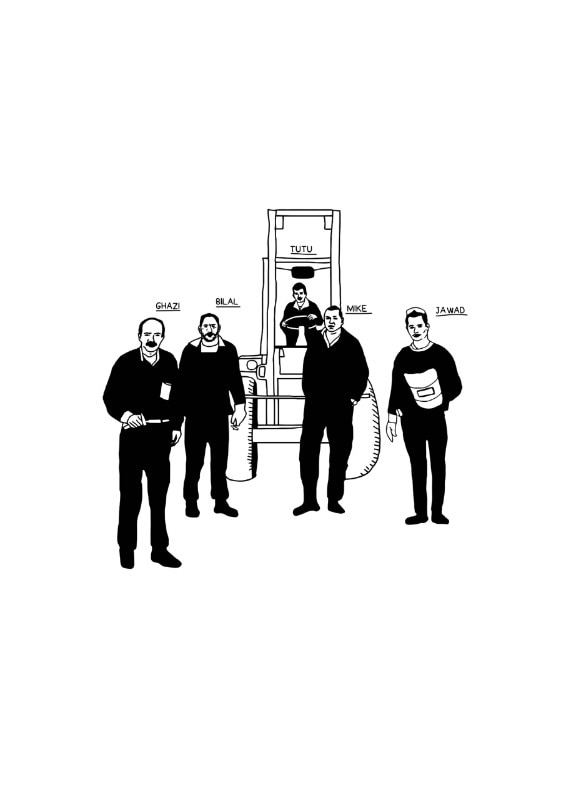
Local Industries by Elias and Yousef Anastas
Anastas’ were looking for a way to insert local craft techniques to their work. Their keen interest with furniture stems from their architectural work. Local Industries works with specific Palestinian artisans:the conception and production of furniture happensthrough a constant back-and-forth between all the agentsthus undermining the usual boundaries which separateconception from production. The result is a new type ofobject, which is adapted to local means of productions butalso to modern work or living spaces which require a highstandard in functionality, aesthetics and quality.
Local Industries was founded in 2011 by the Palestinian architects
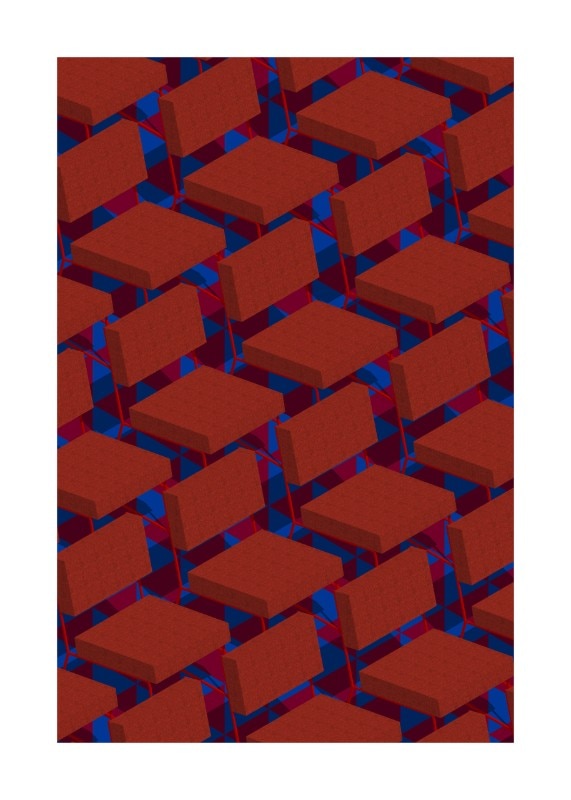
Local Industries by Elias and Yousef Anastas
Anastas’ were looking for a way to insert local craft techniques to their work. Their keen interest with furniture stems from their architectural work. Local Industries works with specific Palestinian artisans:the conception and production of furniture happensthrough a constant back-and-forth between all the agentsthus undermining the usual boundaries which separateconception from production. The result is a new type ofobject, which is adapted to local means of productions butalso to modern work or living spaces which require a highstandard in functionality, aesthetics and quality.
Local Industries was founded in 2011 by the Palestinian architects
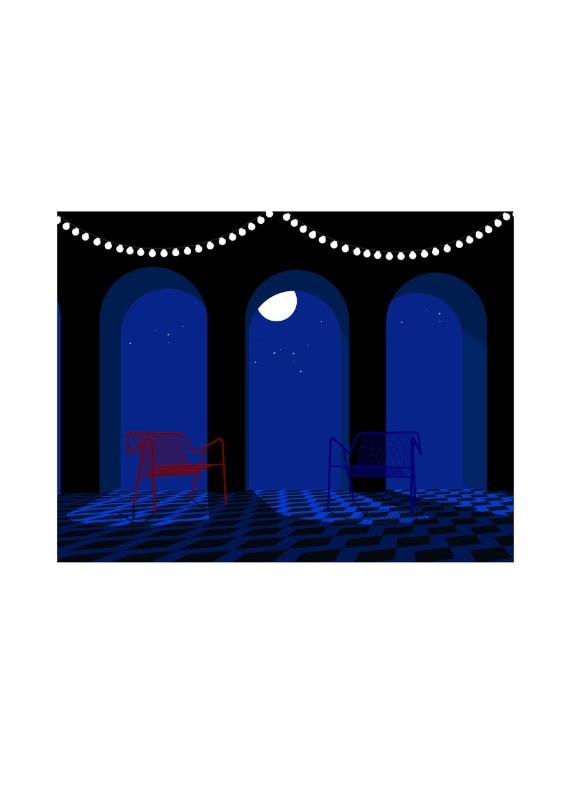
Local Industries by Elias and Yousef Anastas
Anastas’ were looking for a way to insert local craft techniques to their work. Their keen interest with furniture stems from their architectural work. Local Industries works with specific Palestinian artisans:the conception and production of furniture happensthrough a constant back-and-forth between all the agentsthus undermining the usual boundaries which separateconception from production. The result is a new type ofobject, which is adapted to local means of productions butalso to modern work or living spaces which require a highstandard in functionality, aesthetics and quality.
Local Industries was founded in 2011 by the Palestinian architects
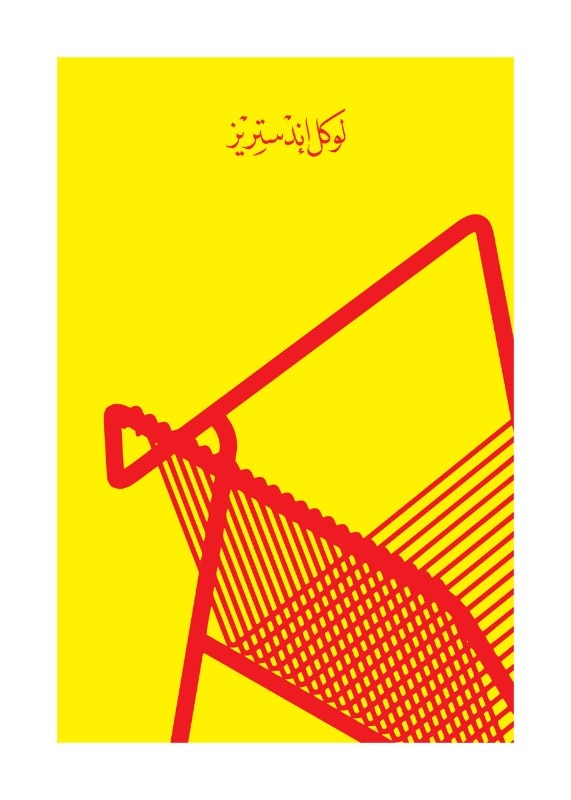
Local Industries by Elias and Yousef Anastas
Anastas’ were looking for a way to insert local craft techniques to their work. Their keen interest with furniture stems from their architectural work. Local Industries works with specific Palestinian artisans:the conception and production of furniture happensthrough a constant back-and-forth between all the agentsthus undermining the usual boundaries which separateconception from production. The result is a new type ofobject, which is adapted to local means of productions butalso to modern work or living spaces which require a highstandard in functionality, aesthetics and quality.
Local Industries was founded in 2011 by the Palestinian architects
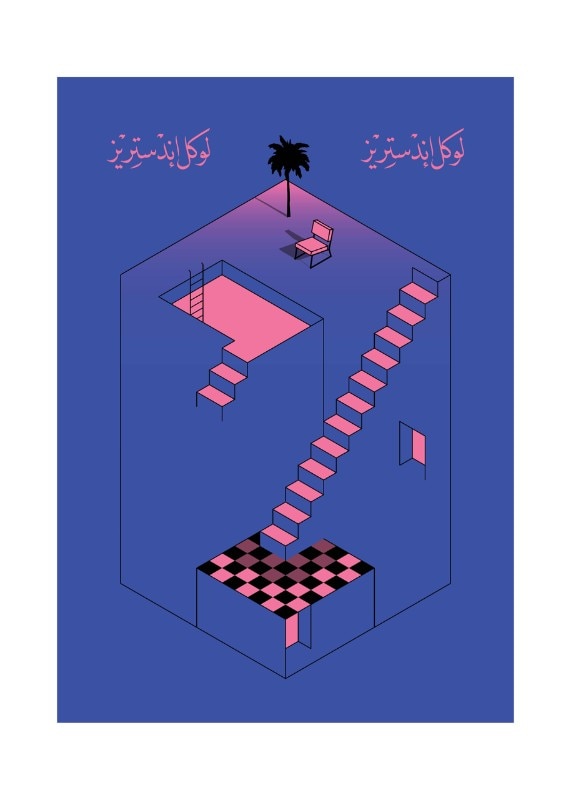
Local Industries by Elias and Yousef Anastas
Anastas’ were looking for a way to insert local craft techniques to their work. Their keen interest with furniture stems from their architectural work. Local Industries works with specific Palestinian artisans:the conception and production of furniture happensthrough a constant back-and-forth between all the agentsthus undermining the usual boundaries which separateconception from production. The result is a new type ofobject, which is adapted to local means of productions butalso to modern work or living spaces which require a highstandard in functionality, aesthetics and quality.
Local Industries was founded in 2011 by the Palestinian architects
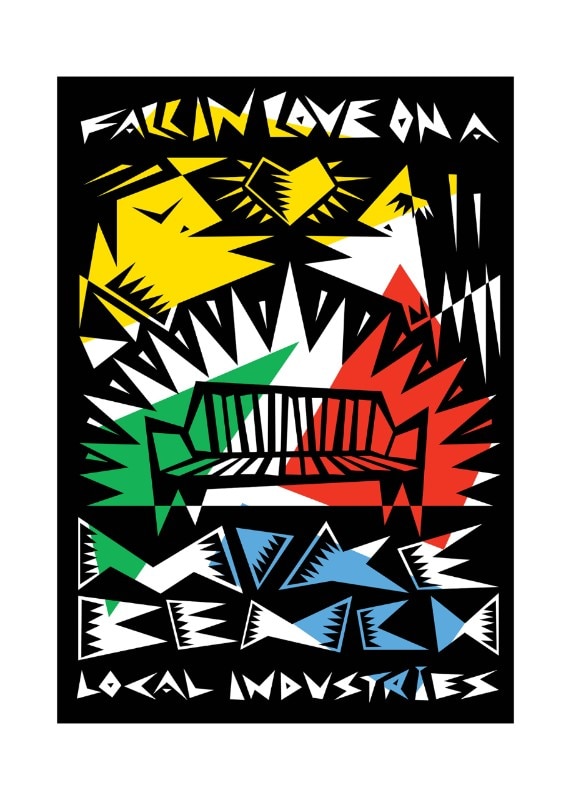
Local Industries by Elias and Yousef Anastas
Anastas’ were looking for a way to insert local craft techniques to their work. Their keen interest with furniture stems from their architectural work. Local Industries works with specific Palestinian artisans:the conception and production of furniture happensthrough a constant back-and-forth between all the agentsthus undermining the usual boundaries which separateconception from production. The result is a new type ofobject, which is adapted to local means of productions butalso to modern work or living spaces which require a highstandard in functionality, aesthetics and quality.
Local Industries was founded in 2011 by the Palestinian architects
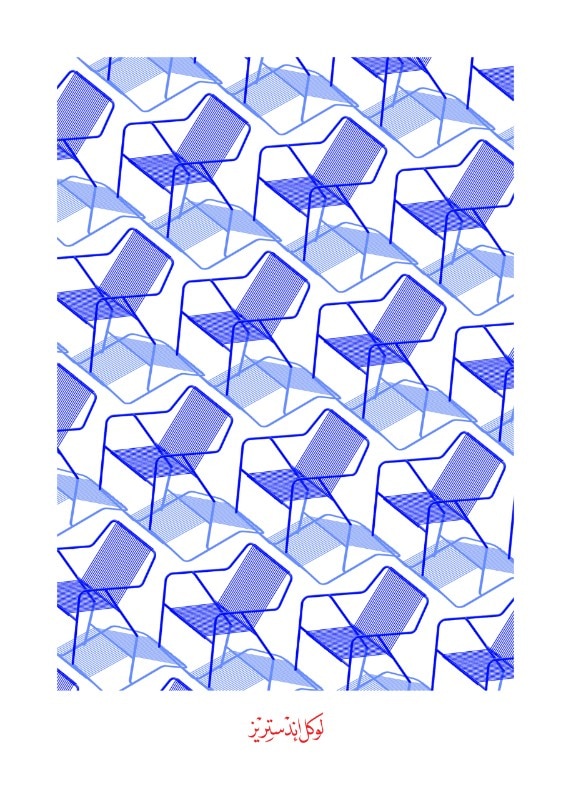
Local Industries by Elias and Yousef Anastas
Anastas’ were looking for a way to insert local craft techniques to their work. Their keen interest with furniture stems from their architectural work. Local Industries works with specific Palestinian artisans:the conception and production of furniture happensthrough a constant back-and-forth between all the agentsthus undermining the usual boundaries which separateconception from production. The result is a new type ofobject, which is adapted to local means of productions butalso to modern work or living spaces which require a highstandard in functionality, aesthetics and quality.
Local Industries was founded in 2011 by the Palestinian architects
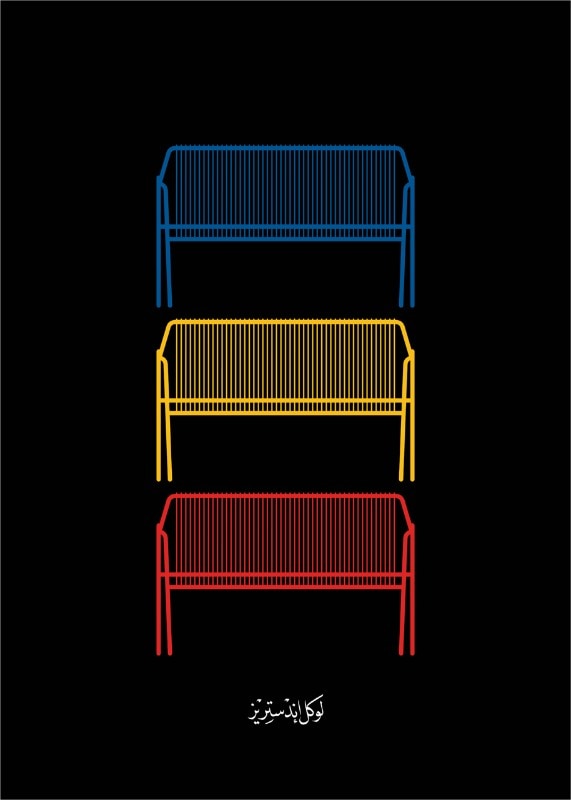
Local Industries by Elias and Yousef Anastas
Anastas’ were looking for a way to insert local craft techniques to their work. Their keen interest with furniture stems from their architectural work. Local Industries works with specific Palestinian artisans:the conception and production of furniture happensthrough a constant back-and-forth between all the agentsthus undermining the usual boundaries which separateconception from production. The result is a new type ofobject, which is adapted to local means of productions butalso to modern work or living spaces which require a highstandard in functionality, aesthetics and quality.
Local Industries was founded in 2011 by the Palestinian architects
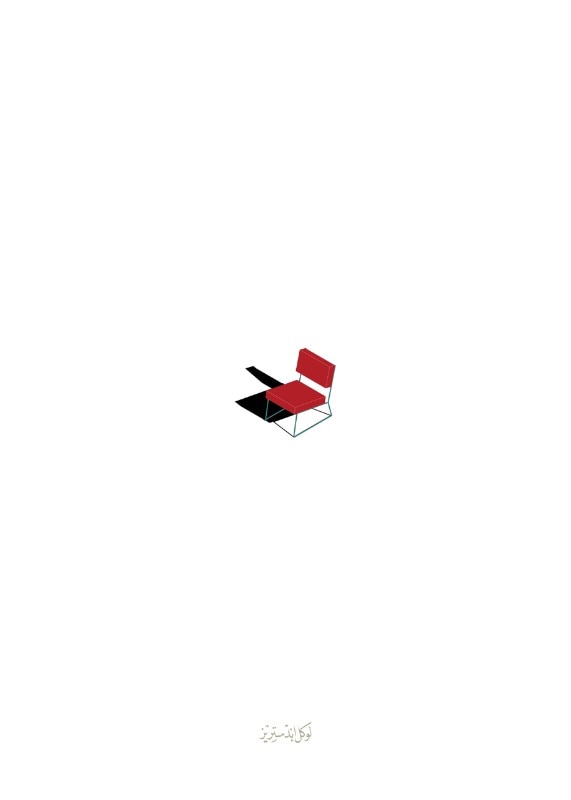
Local Industries by Elias and Yousef Anastas
Anastas’ were looking for a way to insert local craft techniques to their work. Their keen interest with furniture stems from their architectural work. Local Industries works with specific Palestinian artisans:the conception and production of furniture happensthrough a constant back-and-forth between all the agentsthus undermining the usual boundaries which separateconception from production. The result is a new type ofobject, which is adapted to local means of productions butalso to modern work or living spaces which require a highstandard in functionality, aesthetics and quality.
Local Industries was founded in 2011 by the Palestinian architects
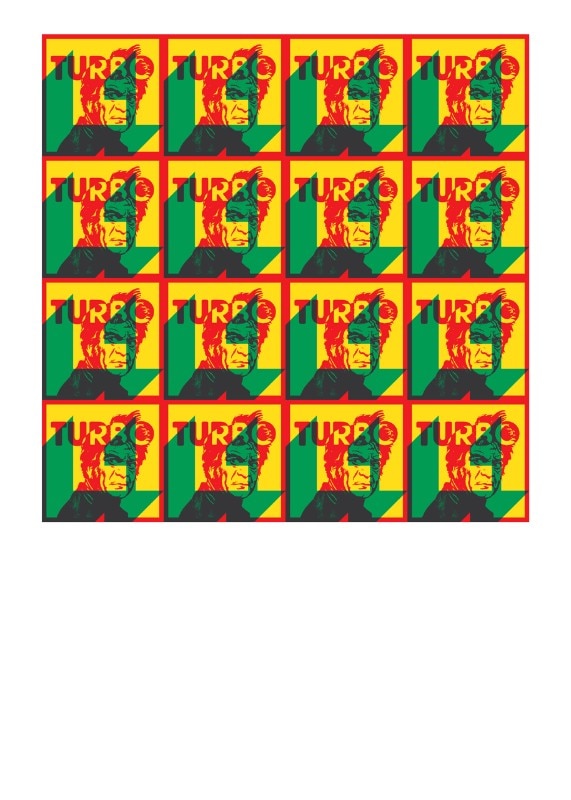
Local Industries by Elias and Yousef Anastas
Anastas’ were looking for a way to insert local craft techniques to their work. Their keen interest with furniture stems from their architectural work. Local Industries works with specific Palestinian artisans:the conception and production of furniture happensthrough a constant back-and-forth between all the agentsthus undermining the usual boundaries which separateconception from production. The result is a new type ofobject, which is adapted to local means of productions butalso to modern work or living spaces which require a highstandard in functionality, aesthetics and quality.
Local Industries was founded in 2011 by the Palestinian architects
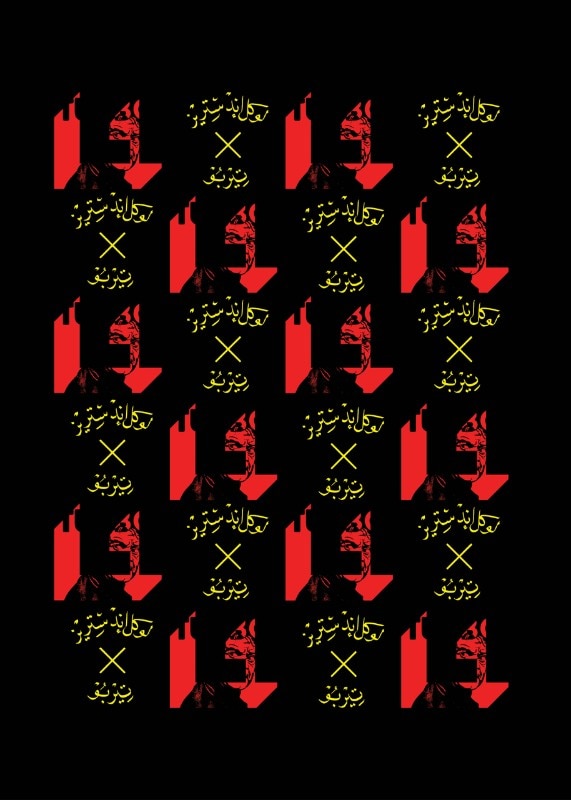
Local Industries by Elias and Yousef Anastas
Anastas’ were looking for a way to insert local craft techniques to their work. Their keen interest with furniture stems from their architectural work. Local Industries works with specific Palestinian artisans:the conception and production of furniture happensthrough a constant back-and-forth between all the agentsthus undermining the usual boundaries which separateconception from production. The result is a new type ofobject, which is adapted to local means of productions butalso to modern work or living spaces which require a highstandard in functionality, aesthetics and quality.
Local Industries was founded in 2011 by the Palestinian architects
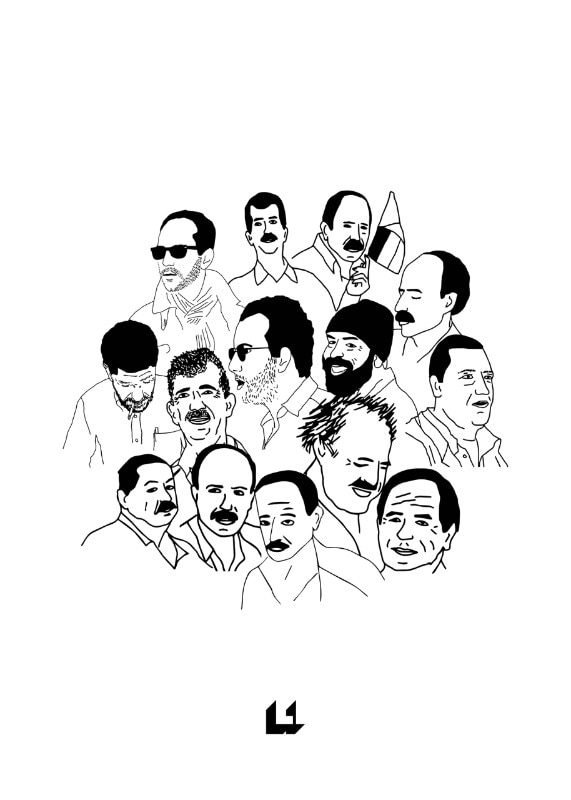
Local Industries by Elias and Yousef Anastas
Anastas’ were looking for a way to insert local craft techniques to their work. Their keen interest with furniture stems from their architectural work. Local Industries works with specific Palestinian artisans:the conception and production of furniture happensthrough a constant back-and-forth between all the agentsthus undermining the usual boundaries which separateconception from production. The result is a new type ofobject, which is adapted to local means of productions butalso to modern work or living spaces which require a highstandard in functionality, aesthetics and quality.
Local Industries was founded in 2011 by the Palestinian architects
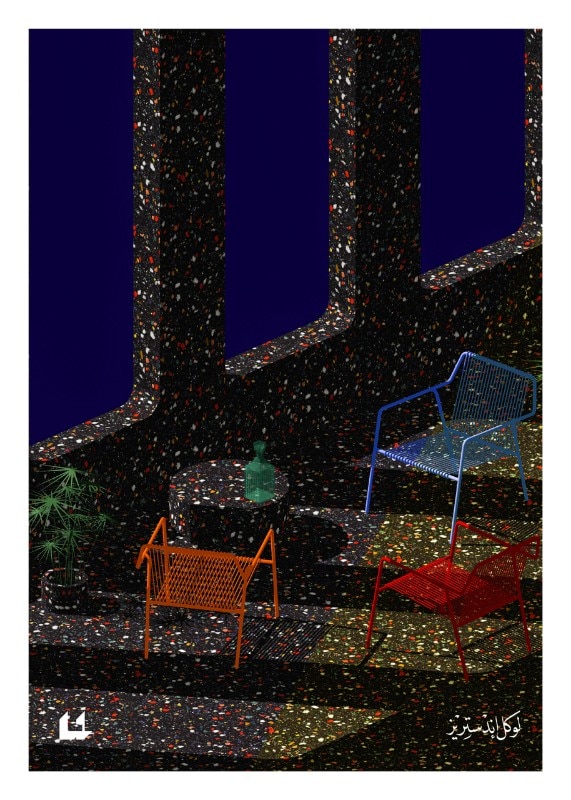
Local Industries by Elias and Yousef Anastas
Anastas’ were looking for a way to insert local craft techniques to their work. Their keen interest with furniture stems from their architectural work. Local Industries works with specific Palestinian artisans:the conception and production of furniture happensthrough a constant back-and-forth between all the agentsthus undermining the usual boundaries which separateconception from production. The result is a new type ofobject, which is adapted to local means of productions butalso to modern work or living spaces which require a highstandard in functionality, aesthetics and quality.
Local Industries was founded in 2011 by the Palestinian architects
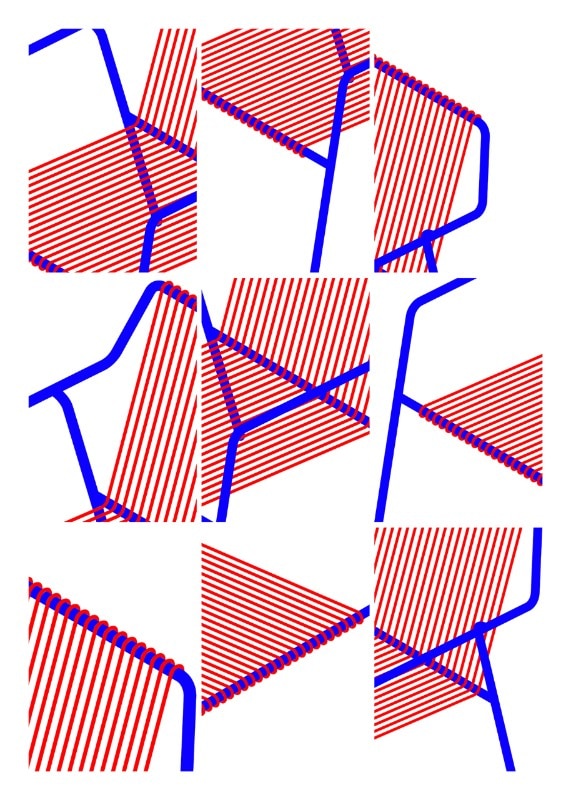
Local Industries by Elias and Yousef Anastas
Anastas’ were looking for a way to insert local craft techniques to their work. Their keen interest with furniture stems from their architectural work. Local Industries works with specific Palestinian artisans:the conception and production of furniture happensthrough a constant back-and-forth between all the agentsthus undermining the usual boundaries which separateconception from production. The result is a new type ofobject, which is adapted to local means of productions butalso to modern work or living spaces which require a highstandard in functionality, aesthetics and quality.
Local Industries was founded in 2011 by the Palestinian architects
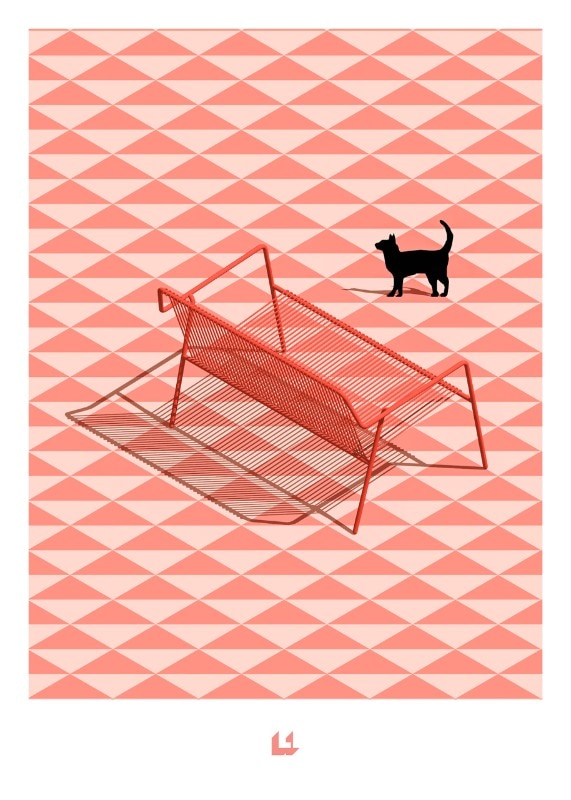
Local Industries by Elias and Yousef Anastas
Anastas’ were looking for a way to insert local craft techniques to their work. Their keen interest with furniture stems from their architectural work. Local Industries works with specific Palestinian artisans:the conception and production of furniture happensthrough a constant back-and-forth between all the agentsthus undermining the usual boundaries which separateconception from production. The result is a new type ofobject, which is adapted to local means of productions butalso to modern work or living spaces which require a highstandard in functionality, aesthetics and quality.
Local Industries was founded in 2011 by the Palestinian architects
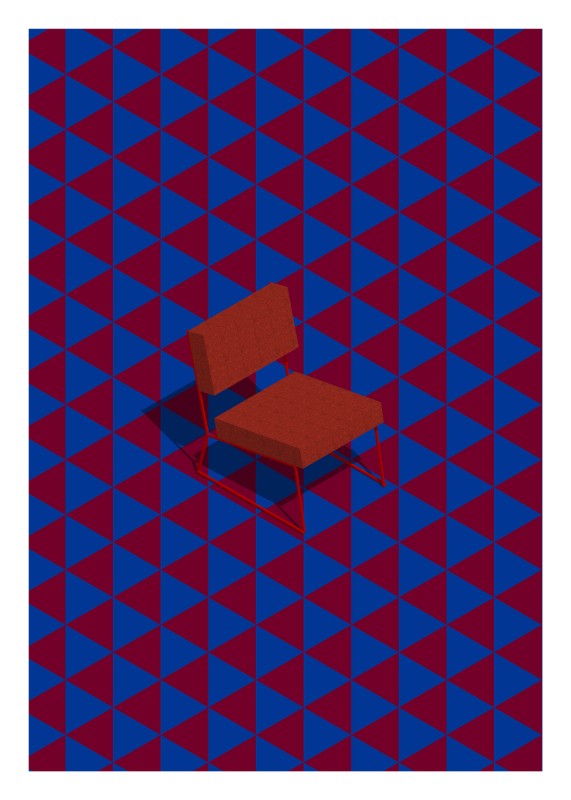
Local Industries by Elias and Yousef Anastas
Anastas’ were looking for a way to insert local craft techniques to their work. Their keen interest with furniture stems from their architectural work. Local Industries works with specific Palestinian artisans:the conception and production of furniture happensthrough a constant back-and-forth between all the agentsthus undermining the usual boundaries which separateconception from production. The result is a new type ofobject, which is adapted to local means of productions butalso to modern work or living spaces which require a highstandard in functionality, aesthetics and quality.
Local Industries was founded in 2011 by the Palestinian architects
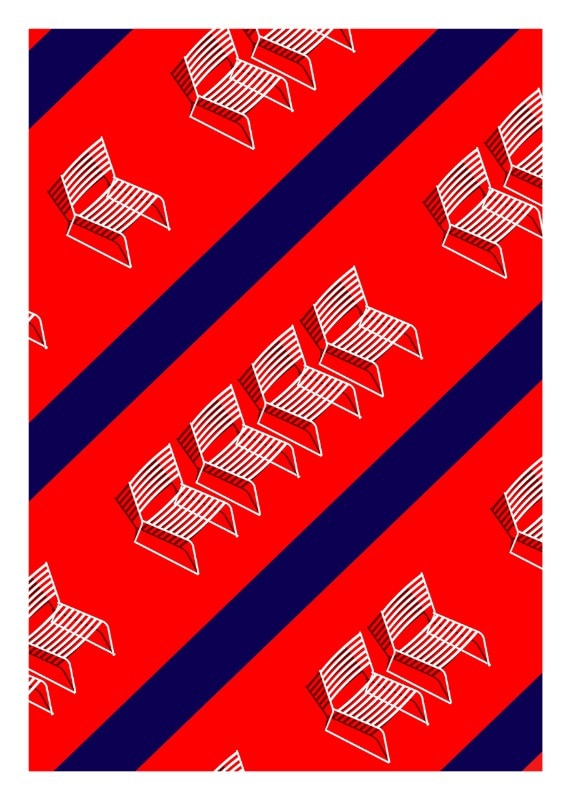
Local Industries by Elias and Yousef Anastas
Anastas’ were looking for a way to insert local craft techniques to their work. Their keen interest with furniture stems from their architectural work. Local Industries works with specific Palestinian artisans:the conception and production of furniture happensthrough a constant back-and-forth between all the agentsthus undermining the usual boundaries which separateconception from production. The result is a new type ofobject, which is adapted to local means of productions butalso to modern work or living spaces which require a highstandard in functionality, aesthetics and quality.
Local Industries was founded in 2011 by the Palestinian architects
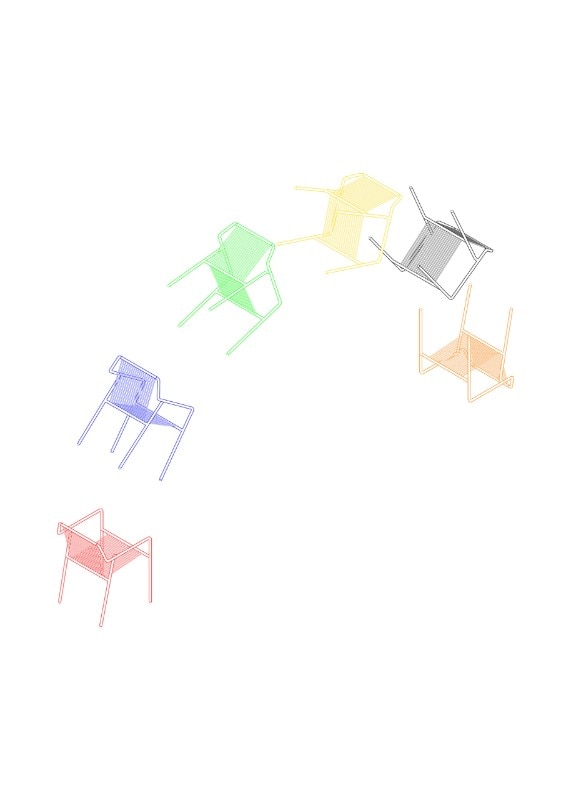
Local Industries by Elias and Yousef Anastas
Anastas’ were looking for a way to insert local craft techniques to their work. Their keen interest with furniture stems from their architectural work. Local Industries works with specific Palestinian artisans:the conception and production of furniture happensthrough a constant back-and-forth between all the agentsthus undermining the usual boundaries which separateconception from production. The result is a new type ofobject, which is adapted to local means of productions butalso to modern work or living spaces which require a highstandard in functionality, aesthetics and quality.
Local Industries was founded in 2011 by the Palestinian architects
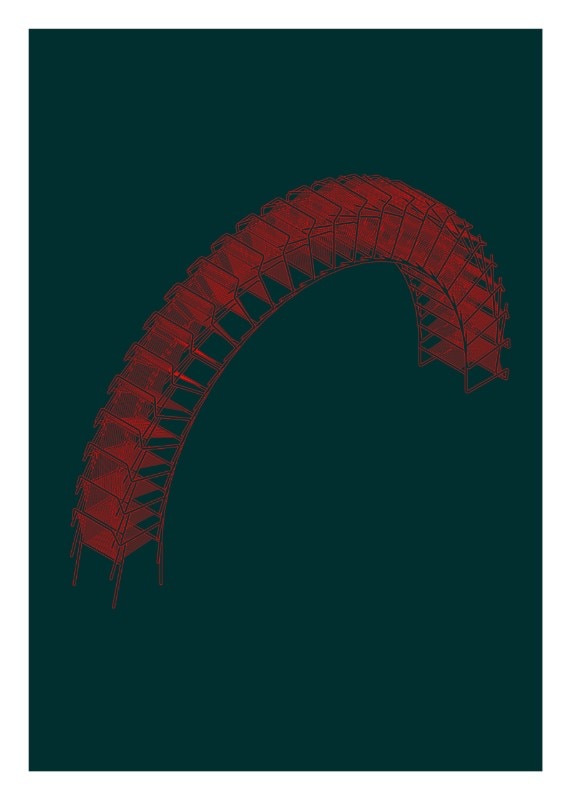
Local Industries by Elias and Yousef Anastas
Anastas’ were looking for a way to insert local craft techniques to their work. Their keen interest with furniture stems from their architectural work. Local Industries works with specific Palestinian artisans:the conception and production of furniture happensthrough a constant back-and-forth between all the agentsthus undermining the usual boundaries which separateconception from production. The result is a new type ofobject, which is adapted to local means of productions butalso to modern work or living spaces which require a highstandard in functionality, aesthetics and quality.
Local Industries was founded in 2011 by the Palestinian architects
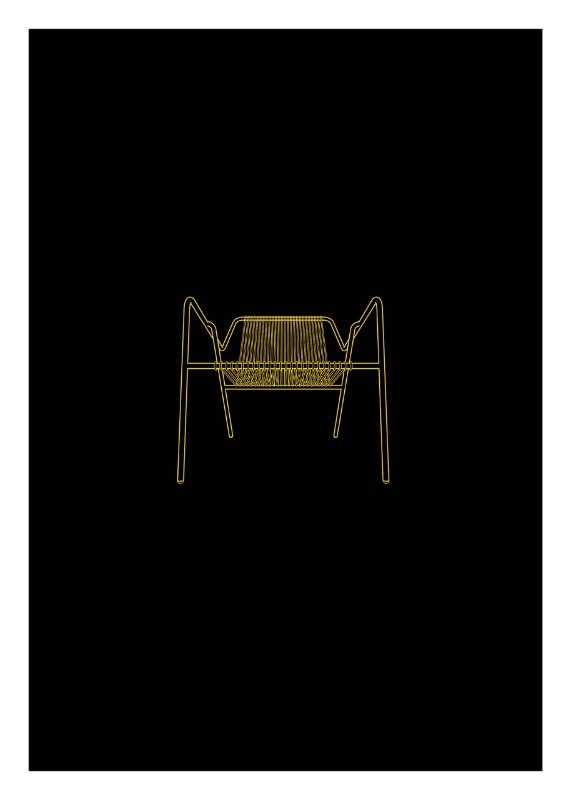
Local Industries by Elias and Yousef Anastas
Anastas’ were looking for a way to insert local craft techniques to their work. Their keen interest with furniture stems from their architectural work. Local Industries works with specific Palestinian artisans:the conception and production of furniture happensthrough a constant back-and-forth between all the agentsthus undermining the usual boundaries which separateconception from production. The result is a new type ofobject, which is adapted to local means of productions butalso to modern work or living spaces which require a highstandard in functionality, aesthetics and quality.
Local Industries was founded in 2011 by the Palestinian architects
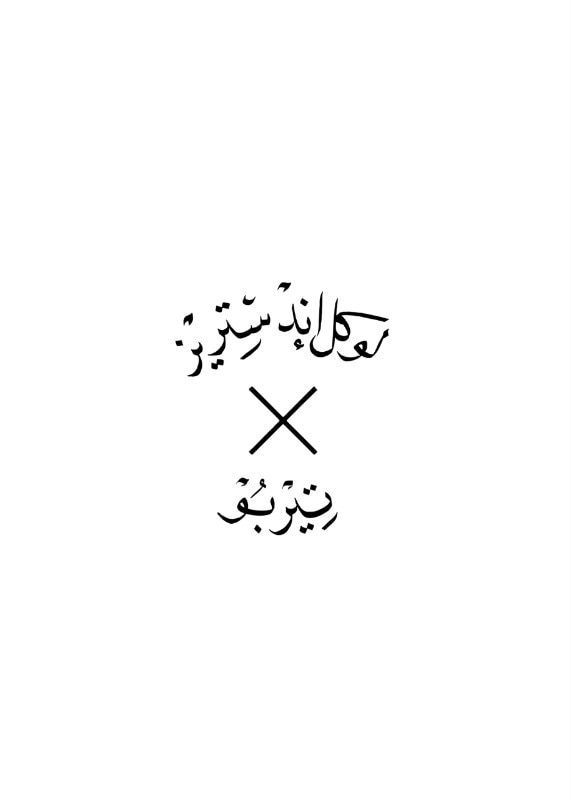
Local Industries by Elias and Yousef Anastas
Anastas’ were looking for a way to insert local craft techniques to their work. Their keen interest with furniture stems from their architectural work. Local Industries works with specific Palestinian artisans:the conception and production of furniture happensthrough a constant back-and-forth between all the agentsthus undermining the usual boundaries which separateconception from production. The result is a new type ofobject, which is adapted to local means of productions butalso to modern work or living spaces which require a highstandard in functionality, aesthetics and quality.
Local Industries was founded in 2011 by the Palestinian architects
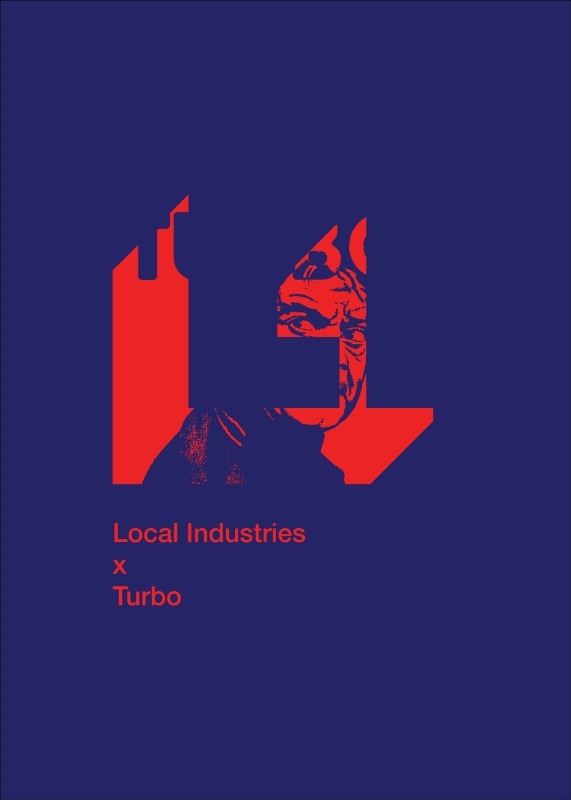
Local Industries by Elias and Yousef Anastas
Anastas’ were looking for a way to insert local craft techniques to their work. Their keen interest with furniture stems from their architectural work. Local Industries works with specific Palestinian artisans:the conception and production of furniture happensthrough a constant back-and-forth between all the agentsthus undermining the usual boundaries which separateconception from production. The result is a new type ofobject, which is adapted to local means of productions butalso to modern work or living spaces which require a highstandard in functionality, aesthetics and quality.
Local Industries was founded in 2011 by the Palestinian architects
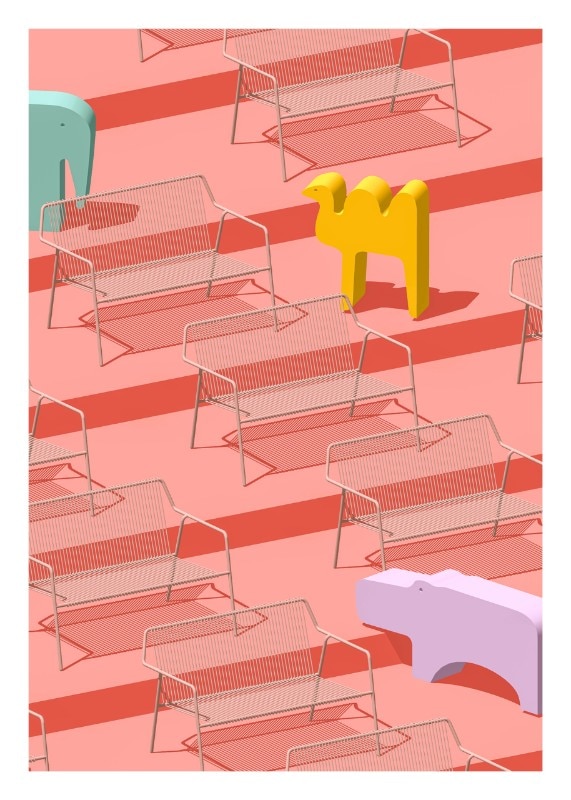
Local Industries by Elias and Yousef Anastas
Anastas’ were looking for a way to insert local craft techniques to their work. Their keen interest with furniture stems from their architectural work. Local Industries works with specific Palestinian artisans:the conception and production of furniture happensthrough a constant back-and-forth between all the agentsthus undermining the usual boundaries which separateconception from production. The result is a new type ofobject, which is adapted to local means of productions butalso to modern work or living spaces which require a highstandard in functionality, aesthetics and quality.
Local Industries was founded in 2011 by the Palestinian architects
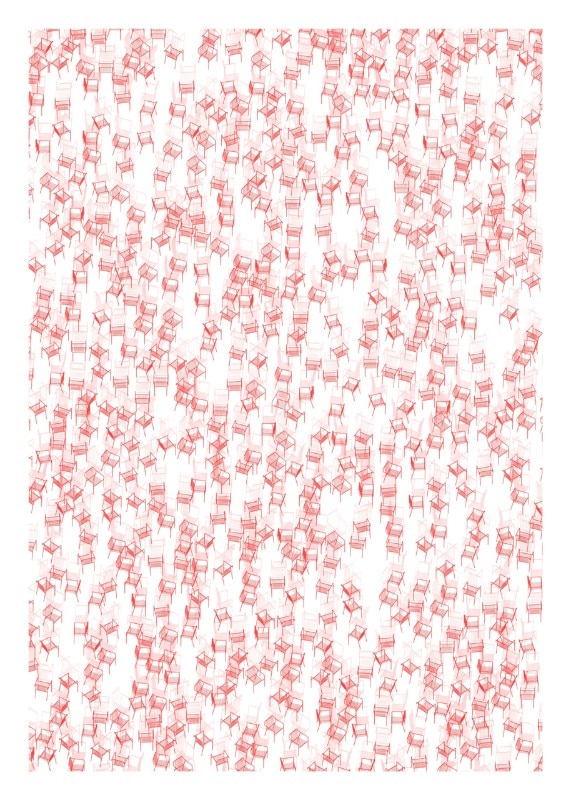
Local Industries by Elias and Yousef Anastas
Anastas’ were looking for a way to insert local craft techniques to their work. Their keen interest with furniture stems from their architectural work. Local Industries works with specific Palestinian artisans:the conception and production of furniture happensthrough a constant back-and-forth between all the agentsthus undermining the usual boundaries which separateconception from production. The result is a new type ofobject, which is adapted to local means of productions butalso to modern work or living spaces which require a highstandard in functionality, aesthetics and quality.
Local Industries was founded in 2011 by the Palestinian architects
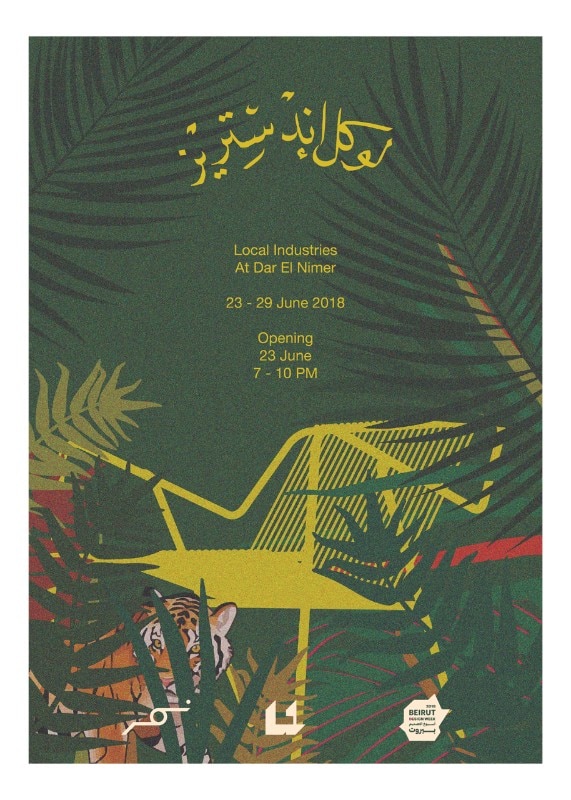
Local Industries by Elias and Yousef Anastas
Anastas’ were looking for a way to insert local craft techniques to their work. Their keen interest with furniture stems from their architectural work. Local Industries works with specific Palestinian artisans:the conception and production of furniture happensthrough a constant back-and-forth between all the agentsthus undermining the usual boundaries which separateconception from production. The result is a new type ofobject, which is adapted to local means of productions butalso to modern work or living spaces which require a highstandard in functionality, aesthetics and quality.
Local Industries was founded in 2011 by the Palestinian architects

Local Industries by Elias and Yousef Anastas
Anastas’ were looking for a way to insert local craft techniques to their work. Their keen interest with furniture stems from their architectural work. Local Industries works with specific Palestinian artisans:the conception and production of furniture happensthrough a constant back-and-forth between all the agentsthus undermining the usual boundaries which separateconception from production. The result is a new type ofobject, which is adapted to local means of productions butalso to modern work or living spaces which require a highstandard in functionality, aesthetics and quality.
Local Industries was founded in 2011 by the Palestinian architects

Local Industries by Elias and Yousef Anastas
Anastas’ were looking for a way to insert local craft techniques to their work. Their keen interest with furniture stems from their architectural work. Local Industries works with specific Palestinian artisans:the conception and production of furniture happensthrough a constant back-and-forth between all the agentsthus undermining the usual boundaries which separateconception from production. The result is a new type ofobject, which is adapted to local means of productions butalso to modern work or living spaces which require a highstandard in functionality, aesthetics and quality.
Local Industries was founded in 2011 by the Palestinian architects

Local Industries by Elias and Yousef Anastas
Anastas’ were looking for a way to insert local craft techniques to their work. Their keen interest with furniture stems from their architectural work. Local Industries works with specific Palestinian artisans:the conception and production of furniture happensthrough a constant back-and-forth between all the agentsthus undermining the usual boundaries which separateconception from production. The result is a new type ofobject, which is adapted to local means of productions butalso to modern work or living spaces which require a highstandard in functionality, aesthetics and quality.
Local Industries was founded in 2011 by the Palestinian architects

Local Industries by Elias and Yousef Anastas
Anastas’ were looking for a way to insert local craft techniques to their work. Their keen interest with furniture stems from their architectural work. Local Industries works with specific Palestinian artisans:the conception and production of furniture happensthrough a constant back-and-forth between all the agentsthus undermining the usual boundaries which separateconception from production. The result is a new type ofobject, which is adapted to local means of productions butalso to modern work or living spaces which require a highstandard in functionality, aesthetics and quality.
Local Industries was founded in 2011 by the Palestinian architects

Local Industries by Elias and Yousef Anastas
Anastas’ were looking for a way to insert local craft techniques to their work. Their keen interest with furniture stems from their architectural work. Local Industries works with specific Palestinian artisans:the conception and production of furniture happensthrough a constant back-and-forth between all the agentsthus undermining the usual boundaries which separateconception from production. The result is a new type ofobject, which is adapted to local means of productions butalso to modern work or living spaces which require a highstandard in functionality, aesthetics and quality.
Local Industries was founded in 2011 by the Palestinian architects

Local Industries by Elias and Yousef Anastas
Anastas’ were looking for a way to insert local craft techniques to their work. Their keen interest with furniture stems from their architectural work. Local Industries works with specific Palestinian artisans:the conception and production of furniture happensthrough a constant back-and-forth between all the agentsthus undermining the usual boundaries which separateconception from production. The result is a new type ofobject, which is adapted to local means of productions butalso to modern work or living spaces which require a highstandard in functionality, aesthetics and quality.
Local Industries was founded in 2011 by the Palestinian architects

Local Industries by Elias and Yousef Anastas
Anastas’ were looking for a way to insert local craft techniques to their work. Their keen interest with furniture stems from their architectural work. Local Industries works with specific Palestinian artisans:the conception and production of furniture happensthrough a constant back-and-forth between all the agentsthus undermining the usual boundaries which separateconception from production. The result is a new type ofobject, which is adapted to local means of productions butalso to modern work or living spaces which require a highstandard in functionality, aesthetics and quality.
Local Industries was founded in 2011 by the Palestinian architects

Local Industries by Elias and Yousef Anastas
Anastas’ were looking for a way to insert local craft techniques to their work. Their keen interest with furniture stems from their architectural work. Local Industries works with specific Palestinian artisans:the conception and production of furniture happensthrough a constant back-and-forth between all the agentsthus undermining the usual boundaries which separateconception from production. The result is a new type ofobject, which is adapted to local means of productions butalso to modern work or living spaces which require a highstandard in functionality, aesthetics and quality.
Local Industries was founded in 2011 by the Palestinian architects

Local Industries by Elias and Yousef Anastas
Anastas’ were looking for a way to insert local craft techniques to their work. Their keen interest with furniture stems from their architectural work. Local Industries works with specific Palestinian artisans:the conception and production of furniture happensthrough a constant back-and-forth between all the agentsthus undermining the usual boundaries which separateconception from production. The result is a new type ofobject, which is adapted to local means of productions butalso to modern work or living spaces which require a highstandard in functionality, aesthetics and quality.
Local Industries was founded in 2011 by the Palestinian architects

Local Industries by Elias and Yousef Anastas
Anastas’ were looking for a way to insert local craft techniques to their work. Their keen interest with furniture stems from their architectural work. Local Industries works with specific Palestinian artisans:the conception and production of furniture happensthrough a constant back-and-forth between all the agentsthus undermining the usual boundaries which separateconception from production. The result is a new type ofobject, which is adapted to local means of productions butalso to modern work or living spaces which require a highstandard in functionality, aesthetics and quality.
Local Industries was founded in 2011 by the Palestinian architects

Local Industries by Elias and Yousef Anastas
Anastas’ were looking for a way to insert local craft techniques to their work. Their keen interest with furniture stems from their architectural work. Local Industries works with specific Palestinian artisans:the conception and production of furniture happensthrough a constant back-and-forth between all the agentsthus undermining the usual boundaries which separateconception from production. The result is a new type ofobject, which is adapted to local means of productions butalso to modern work or living spaces which require a highstandard in functionality, aesthetics and quality.
Local Industries was founded in 2011 by the Palestinian architects

Local Industries by Elias and Yousef Anastas
Anastas’ were looking for a way to insert local craft techniques to their work. Their keen interest with furniture stems from their architectural work. Local Industries works with specific Palestinian artisans:the conception and production of furniture happensthrough a constant back-and-forth between all the agentsthus undermining the usual boundaries which separateconception from production. The result is a new type ofobject, which is adapted to local means of productions butalso to modern work or living spaces which require a highstandard in functionality, aesthetics and quality.
Local Industries was founded in 2011 by the Palestinian architects

Local Industries by Elias and Yousef Anastas
Anastas’ were looking for a way to insert local craft techniques to their work. Their keen interest with furniture stems from their architectural work. Local Industries works with specific Palestinian artisans:the conception and production of furniture happensthrough a constant back-and-forth between all the agentsthus undermining the usual boundaries which separateconception from production. The result is a new type ofobject, which is adapted to local means of productions butalso to modern work or living spaces which require a highstandard in functionality, aesthetics and quality.
Local Industries was founded in 2011 by the Palestinian architects

Local Industries by Elias and Yousef Anastas
Anastas’ were looking for a way to insert local craft techniques to their work. Their keen interest with furniture stems from their architectural work. Local Industries works with specific Palestinian artisans:the conception and production of furniture happensthrough a constant back-and-forth between all the agentsthus undermining the usual boundaries which separateconception from production. The result is a new type ofobject, which is adapted to local means of productions butalso to modern work or living spaces which require a highstandard in functionality, aesthetics and quality.
Local Industries was founded in 2011 by the Palestinian architects

Local Industries by Elias and Yousef Anastas
Anastas’ were looking for a way to insert local craft techniques to their work. Their keen interest with furniture stems from their architectural work. Local Industries works with specific Palestinian artisans:the conception and production of furniture happensthrough a constant back-and-forth between all the agentsthus undermining the usual boundaries which separateconception from production. The result is a new type ofobject, which is adapted to local means of productions butalso to modern work or living spaces which require a highstandard in functionality, aesthetics and quality.
Local Industries was founded in 2011 by the Palestinian architects

Local Industries by Elias and Yousef Anastas
Anastas’ were looking for a way to insert local craft techniques to their work. Their keen interest with furniture stems from their architectural work. Local Industries works with specific Palestinian artisans:the conception and production of furniture happensthrough a constant back-and-forth between all the agentsthus undermining the usual boundaries which separateconception from production. The result is a new type ofobject, which is adapted to local means of productions butalso to modern work or living spaces which require a highstandard in functionality, aesthetics and quality.
Local Industries was founded in 2011 by the Palestinian architects

Local Industries by Elias and Yousef Anastas
Anastas’ were looking for a way to insert local craft techniques to their work. Their keen interest with furniture stems from their architectural work. Local Industries works with specific Palestinian artisans:the conception and production of furniture happensthrough a constant back-and-forth between all the agentsthus undermining the usual boundaries which separateconception from production. The result is a new type ofobject, which is adapted to local means of productions butalso to modern work or living spaces which require a highstandard in functionality, aesthetics and quality.
Local Industries was founded in 2011 by the Palestinian architects

Local Industries by Elias and Yousef Anastas
Anastas’ were looking for a way to insert local craft techniques to their work. Their keen interest with furniture stems from their architectural work. Local Industries works with specific Palestinian artisans:the conception and production of furniture happensthrough a constant back-and-forth between all the agentsthus undermining the usual boundaries which separateconception from production. The result is a new type ofobject, which is adapted to local means of productions butalso to modern work or living spaces which require a highstandard in functionality, aesthetics and quality.
Local Industries was founded in 2011 by the Palestinian architects

Local Industries by Elias and Yousef Anastas
Anastas’ were looking for a way to insert local craft techniques to their work. Their keen interest with furniture stems from their architectural work. Local Industries works with specific Palestinian artisans:the conception and production of furniture happensthrough a constant back-and-forth between all the agentsthus undermining the usual boundaries which separateconception from production. The result is a new type ofobject, which is adapted to local means of productions butalso to modern work or living spaces which require a highstandard in functionality, aesthetics and quality.
Local Industries was founded in 2011 by the Palestinian architects

Local Industries by Elias and Yousef Anastas
Anastas’ were looking for a way to insert local craft techniques to their work. Their keen interest with furniture stems from their architectural work. Local Industries works with specific Palestinian artisans:the conception and production of furniture happensthrough a constant back-and-forth between all the agentsthus undermining the usual boundaries which separateconception from production. The result is a new type ofobject, which is adapted to local means of productions butalso to modern work or living spaces which require a highstandard in functionality, aesthetics and quality.
Local Industries was founded in 2011 by the Palestinian architects

Local Industries by Elias and Yousef Anastas
Anastas’ were looking for a way to insert local craft techniques to their work. Their keen interest with furniture stems from their architectural work. Local Industries works with specific Palestinian artisans:the conception and production of furniture happensthrough a constant back-and-forth between all the agentsthus undermining the usual boundaries which separateconception from production. The result is a new type ofobject, which is adapted to local means of productions butalso to modern work or living spaces which require a highstandard in functionality, aesthetics and quality.
Local Industries was founded in 2011 by the Palestinian architects

Local Industries by Elias and Yousef Anastas
Anastas’ were looking for a way to insert local craft techniques to their work. Their keen interest with furniture stems from their architectural work. Local Industries works with specific Palestinian artisans:the conception and production of furniture happensthrough a constant back-and-forth between all the agentsthus undermining the usual boundaries which separateconception from production. The result is a new type ofobject, which is adapted to local means of productions butalso to modern work or living spaces which require a highstandard in functionality, aesthetics and quality.
Local Industries was founded in 2011 by the Palestinian architects

Local Industries by Elias and Yousef Anastas
Anastas’ were looking for a way to insert local craft techniques to their work. Their keen interest with furniture stems from their architectural work. Local Industries works with specific Palestinian artisans:the conception and production of furniture happensthrough a constant back-and-forth between all the agentsthus undermining the usual boundaries which separateconception from production. The result is a new type ofobject, which is adapted to local means of productions butalso to modern work or living spaces which require a highstandard in functionality, aesthetics and quality.
Local Industries was founded in 2011 by the Palestinian architects

Local Industries by Elias and Yousef Anastas
Anastas’ were looking for a way to insert local craft techniques to their work. Their keen interest with furniture stems from their architectural work. Local Industries works with specific Palestinian artisans:the conception and production of furniture happensthrough a constant back-and-forth between all the agentsthus undermining the usual boundaries which separateconception from production. The result is a new type ofobject, which is adapted to local means of productions butalso to modern work or living spaces which require a highstandard in functionality, aesthetics and quality.
Local Industries was founded in 2011 by the Palestinian architects

Local Industries by Elias and Yousef Anastas
Anastas’ were looking for a way to insert local craft techniques to their work. Their keen interest with furniture stems from their architectural work. Local Industries works with specific Palestinian artisans:the conception and production of furniture happensthrough a constant back-and-forth between all the agentsthus undermining the usual boundaries which separateconception from production. The result is a new type ofobject, which is adapted to local means of productions butalso to modern work or living spaces which require a highstandard in functionality, aesthetics and quality.
Local Industries was founded in 2011 by the Palestinian architects

Local Industries by Elias and Yousef Anastas
Anastas’ were looking for a way to insert local craft techniques to their work. Their keen interest with furniture stems from their architectural work. Local Industries works with specific Palestinian artisans:the conception and production of furniture happensthrough a constant back-and-forth between all the agentsthus undermining the usual boundaries which separateconception from production. The result is a new type ofobject, which is adapted to local means of productions butalso to modern work or living spaces which require a highstandard in functionality, aesthetics and quality.
Local Industries was founded in 2011 by the Palestinian architects

Local Industries by Elias and Yousef Anastas
Anastas’ were looking for a way to insert local craft techniques to their work. Their keen interest with furniture stems from their architectural work. Local Industries works with specific Palestinian artisans:the conception and production of furniture happensthrough a constant back-and-forth between all the agentsthus undermining the usual boundaries which separateconception from production. The result is a new type ofobject, which is adapted to local means of productions butalso to modern work or living spaces which require a highstandard in functionality, aesthetics and quality.
Local Industries was founded in 2011 by the Palestinian architects

Local Industries by Elias and Yousef Anastas
Anastas’ were looking for a way to insert local craft techniques to their work. Their keen interest with furniture stems from their architectural work. Local Industries works with specific Palestinian artisans:the conception and production of furniture happensthrough a constant back-and-forth between all the agentsthus undermining the usual boundaries which separateconception from production. The result is a new type ofobject, which is adapted to local means of productions butalso to modern work or living spaces which require a highstandard in functionality, aesthetics and quality.
Local Industries was founded in 2011 by the Palestinian architects

Local Industries by Elias and Yousef Anastas
Anastas’ were looking for a way to insert local craft techniques to their work. Their keen interest with furniture stems from their architectural work. Local Industries works with specific Palestinian artisans:the conception and production of furniture happensthrough a constant back-and-forth between all the agentsthus undermining the usual boundaries which separateconception from production. The result is a new type ofobject, which is adapted to local means of productions butalso to modern work or living spaces which require a highstandard in functionality, aesthetics and quality.
Local Industries was founded in 2011 by the Palestinian architects

Local Industries by Elias and Yousef Anastas
Anastas’ were looking for a way to insert local craft techniques to their work. Their keen interest with furniture stems from their architectural work. Local Industries works with specific Palestinian artisans:the conception and production of furniture happensthrough a constant back-and-forth between all the agentsthus undermining the usual boundaries which separateconception from production. The result is a new type ofobject, which is adapted to local means of productions butalso to modern work or living spaces which require a highstandard in functionality, aesthetics and quality.
Local Industries was founded in 2011 by the Palestinian architects

Local Industries by Elias and Yousef Anastas
Anastas’ were looking for a way to insert local craft techniques to their work. Their keen interest with furniture stems from their architectural work. Local Industries works with specific Palestinian artisans:the conception and production of furniture happensthrough a constant back-and-forth between all the agentsthus undermining the usual boundaries which separateconception from production. The result is a new type ofobject, which is adapted to local means of productions butalso to modern work or living spaces which require a highstandard in functionality, aesthetics and quality.
Local Industries was founded in 2011 by the Palestinian architects

Local Industries by Elias and Yousef Anastas
Anastas’ were looking for a way to insert local craft techniques to their work. Their keen interest with furniture stems from their architectural work. Local Industries works with specific Palestinian artisans:the conception and production of furniture happensthrough a constant back-and-forth between all the agentsthus undermining the usual boundaries which separateconception from production. The result is a new type ofobject, which is adapted to local means of productions butalso to modern work or living spaces which require a highstandard in functionality, aesthetics and quality.
Local Industries was founded in 2011 by the Palestinian architects

Local Industries by Elias and Yousef Anastas
Anastas’ were looking for a way to insert local craft techniques to their work. Their keen interest with furniture stems from their architectural work. Local Industries works with specific Palestinian artisans:the conception and production of furniture happensthrough a constant back-and-forth between all the agentsthus undermining the usual boundaries which separateconception from production. The result is a new type ofobject, which is adapted to local means of productions butalso to modern work or living spaces which require a highstandard in functionality, aesthetics and quality.
Local Industries was founded in 2011 by the Palestinian architects

Local Industries by Elias and Yousef Anastas
Anastas’ were looking for a way to insert local craft techniques to their work. Their keen interest with furniture stems from their architectural work. Local Industries works with specific Palestinian artisans:the conception and production of furniture happensthrough a constant back-and-forth between all the agentsthus undermining the usual boundaries which separateconception from production. The result is a new type ofobject, which is adapted to local means of productions butalso to modern work or living spaces which require a highstandard in functionality, aesthetics and quality.
Local Industries was founded in 2011 by the Palestinian architects

Local Industries by Elias and Yousef Anastas
Anastas’ were looking for a way to insert local craft techniques to their work. Their keen interest with furniture stems from their architectural work. Local Industries works with specific Palestinian artisans:the conception and production of furniture happensthrough a constant back-and-forth between all the agentsthus undermining the usual boundaries which separateconception from production. The result is a new type ofobject, which is adapted to local means of productions butalso to modern work or living spaces which require a highstandard in functionality, aesthetics and quality.
Local Industries was founded in 2011 by the Palestinian architects

Local Industries by Elias and Yousef Anastas
Anastas’ were looking for a way to insert local craft techniques to their work. Their keen interest with furniture stems from their architectural work. Local Industries works with specific Palestinian artisans:the conception and production of furniture happensthrough a constant back-and-forth between all the agentsthus undermining the usual boundaries which separateconception from production. The result is a new type ofobject, which is adapted to local means of productions butalso to modern work or living spaces which require a highstandard in functionality, aesthetics and quality.
Local Industries was founded in 2011 by the Palestinian architects

Local Industries by Elias and Yousef Anastas
Anastas’ were looking for a way to insert local craft techniques to their work. Their keen interest with furniture stems from their architectural work. Local Industries works with specific Palestinian artisans:the conception and production of furniture happensthrough a constant back-and-forth between all the agentsthus undermining the usual boundaries which separateconception from production. The result is a new type ofobject, which is adapted to local means of productions butalso to modern work or living spaces which require a highstandard in functionality, aesthetics and quality.
Local Industries was founded in 2011 by the Palestinian architects

Local Industries by Elias and Yousef Anastas
Anastas’ were looking for a way to insert local craft techniques to their work. Their keen interest with furniture stems from their architectural work. Local Industries works with specific Palestinian artisans:the conception and production of furniture happensthrough a constant back-and-forth between all the agentsthus undermining the usual boundaries which separateconception from production. The result is a new type ofobject, which is adapted to local means of productions butalso to modern work or living spaces which require a highstandard in functionality, aesthetics and quality.
Local Industries was founded in 2011 by the Palestinian architects

Local Industries by Elias and Yousef Anastas
Anastas’ were looking for a way to insert local craft techniques to their work. Their keen interest with furniture stems from their architectural work. Local Industries works with specific Palestinian artisans:the conception and production of furniture happensthrough a constant back-and-forth between all the agentsthus undermining the usual boundaries which separateconception from production. The result is a new type ofobject, which is adapted to local means of productions butalso to modern work or living spaces which require a highstandard in functionality, aesthetics and quality.
Local Industries was founded in 2011 by the Palestinian architects

Local Industries by Elias and Yousef Anastas
Anastas’ were looking for a way to insert local craft techniques to their work. Their keen interest with furniture stems from their architectural work. Local Industries works with specific Palestinian artisans:the conception and production of furniture happensthrough a constant back-and-forth between all the agentsthus undermining the usual boundaries which separateconception from production. The result is a new type ofobject, which is adapted to local means of productions butalso to modern work or living spaces which require a highstandard in functionality, aesthetics and quality.
Local Industries was founded in 2011 by the Palestinian architects

Local Industries by Elias and Yousef Anastas
Anastas’ were looking for a way to insert local craft techniques to their work. Their keen interest with furniture stems from their architectural work. Local Industries works with specific Palestinian artisans:the conception and production of furniture happensthrough a constant back-and-forth between all the agentsthus undermining the usual boundaries which separateconception from production. The result is a new type ofobject, which is adapted to local means of productions butalso to modern work or living spaces which require a highstandard in functionality, aesthetics and quality.
Local Industries was founded in 2011 by the Palestinian architects

Local Industries by Elias and Yousef Anastas
Anastas’ were looking for a way to insert local craft techniques to their work. Their keen interest with furniture stems from their architectural work. Local Industries works with specific Palestinian artisans:the conception and production of furniture happensthrough a constant back-and-forth between all the agentsthus undermining the usual boundaries which separateconception from production. The result is a new type ofobject, which is adapted to local means of productions butalso to modern work or living spaces which require a highstandard in functionality, aesthetics and quality.
Local Industries was founded in 2011 by the Palestinian architects

Local Industries by Elias and Yousef Anastas
Anastas’ were looking for a way to insert local craft techniques to their work. Their keen interest with furniture stems from their architectural work. Local Industries works with specific Palestinian artisans:the conception and production of furniture happensthrough a constant back-and-forth between all the agentsthus undermining the usual boundaries which separateconception from production. The result is a new type ofobject, which is adapted to local means of productions butalso to modern work or living spaces which require a highstandard in functionality, aesthetics and quality.
Local Industries was founded in 2011 by the Palestinian architects

Local Industries by Elias and Yousef Anastas
Anastas’ were looking for a way to insert local craft techniques to their work. Their keen interest with furniture stems from their architectural work. Local Industries works with specific Palestinian artisans:the conception and production of furniture happensthrough a constant back-and-forth between all the agentsthus undermining the usual boundaries which separateconception from production. The result is a new type ofobject, which is adapted to local means of productions butalso to modern work or living spaces which require a highstandard in functionality, aesthetics and quality.
Local Industries was founded in 2011 by the Palestinian architects

Local Industries by Elias and Yousef Anastas
Anastas’ were looking for a way to insert local craft techniques to their work. Their keen interest with furniture stems from their architectural work. Local Industries works with specific Palestinian artisans:the conception and production of furniture happensthrough a constant back-and-forth between all the agentsthus undermining the usual boundaries which separateconception from production. The result is a new type ofobject, which is adapted to local means of productions butalso to modern work or living spaces which require a highstandard in functionality, aesthetics and quality.
Local Industries was founded in 2011 by the Palestinian architects

Local Industries by Elias and Yousef Anastas
Anastas’ were looking for a way to insert local craft techniques to their work. Their keen interest with furniture stems from their architectural work. Local Industries works with specific Palestinian artisans:the conception and production of furniture happensthrough a constant back-and-forth between all the agentsthus undermining the usual boundaries which separateconception from production. The result is a new type ofobject, which is adapted to local means of productions butalso to modern work or living spaces which require a highstandard in functionality, aesthetics and quality.
Local Industries was founded in 2011 by the Palestinian architects

Local Industries by Elias and Yousef Anastas
Anastas’ were looking for a way to insert local craft techniques to their work. Their keen interest with furniture stems from their architectural work. Local Industries works with specific Palestinian artisans:the conception and production of furniture happensthrough a constant back-and-forth between all the agentsthus undermining the usual boundaries which separateconception from production. The result is a new type ofobject, which is adapted to local means of productions butalso to modern work or living spaces which require a highstandard in functionality, aesthetics and quality.
Local Industries was founded in 2011 by the Palestinian architects

Local Industries by Elias and Yousef Anastas
Anastas’ were looking for a way to insert local craft techniques to their work. Their keen interest with furniture stems from their architectural work. Local Industries works with specific Palestinian artisans:the conception and production of furniture happensthrough a constant back-and-forth between all the agentsthus undermining the usual boundaries which separateconception from production. The result is a new type ofobject, which is adapted to local means of productions butalso to modern work or living spaces which require a highstandard in functionality, aesthetics and quality.
Local Industries was founded in 2011 by the Palestinian architects

Local Industries by Elias and Yousef Anastas
Anastas’ were looking for a way to insert local craft techniques to their work. Their keen interest with furniture stems from their architectural work. Local Industries works with specific Palestinian artisans:the conception and production of furniture happensthrough a constant back-and-forth between all the agentsthus undermining the usual boundaries which separateconception from production. The result is a new type ofobject, which is adapted to local means of productions butalso to modern work or living spaces which require a highstandard in functionality, aesthetics and quality.
Local Industries was founded in 2011 by the Palestinian architects

Local Industries by Elias and Yousef Anastas
Anastas’ were looking for a way to insert local craft techniques to their work. Their keen interest with furniture stems from their architectural work. Local Industries works with specific Palestinian artisans:the conception and production of furniture happensthrough a constant back-and-forth between all the agentsthus undermining the usual boundaries which separateconception from production. The result is a new type ofobject, which is adapted to local means of productions butalso to modern work or living spaces which require a highstandard in functionality, aesthetics and quality.
Local Industries was founded in 2011 by the Palestinian architects
By working with local artisans in ways that not only innovate but help to revive skills and support the local economy, AAU Anastas are proposing a model of building that appears to have more in common with medieval construction than with contemporary development practices. If they succeed, the Anastas brothers will have achieved something more than an architectural innovation, they will have succeeded in reestablishing Jerusalem as a global crucible for aesthetic and intellectual inspiration, a position it last occupied at the turn of the first millennium.
“Our most recent project is called Analogy, because it is about prototypical elements of architecture that are analogous to the elements that are already found in the City, not just in Palestine, but in the whole of stereotomy,” Elias Anastas explains.
“And as a city of influences and civilisations, Jerusalem, and Palestine more widely is both a place of specific architecture and one that shares much with other parts of the world.”
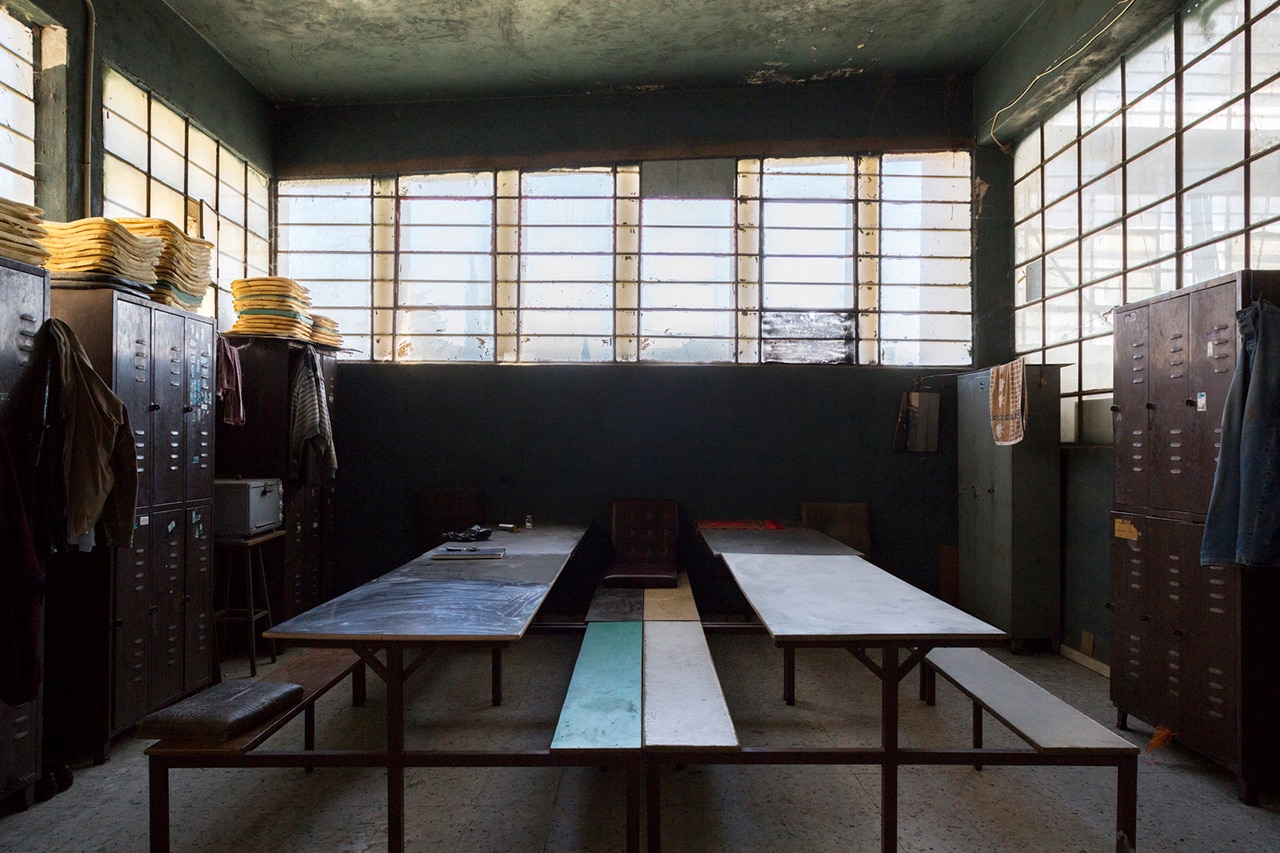
 View gallery
View gallery
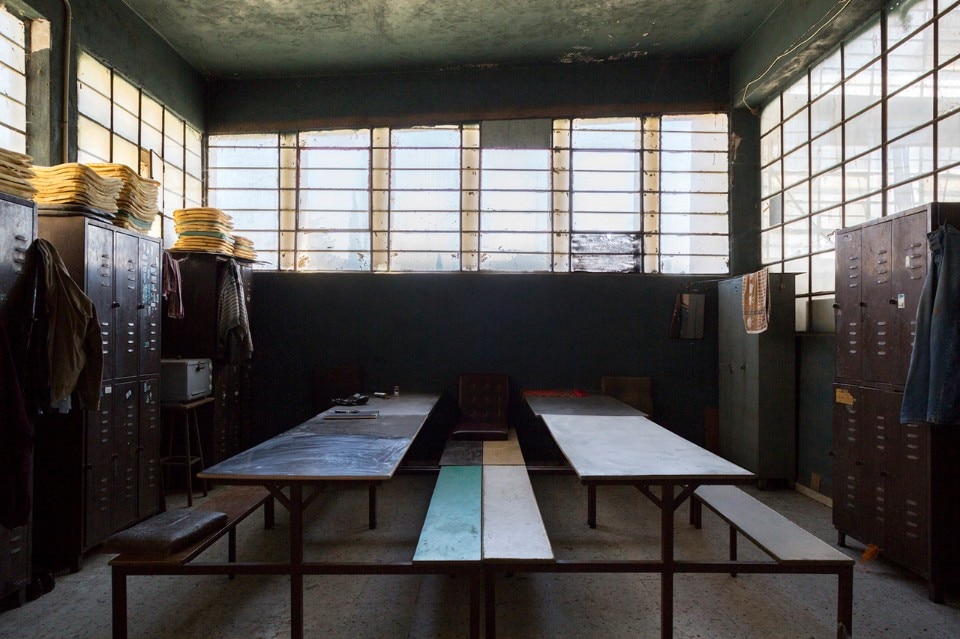
The Wonder Cabinet
The Wonder Cabinet is a project founded by Local Industries. The project aims at remodeling the historic Bandak Factory into a hybrid structure combining industrial production with a flexible cultural and social platform.
The Wonder Cabinet, a project by Local Industries, 2018
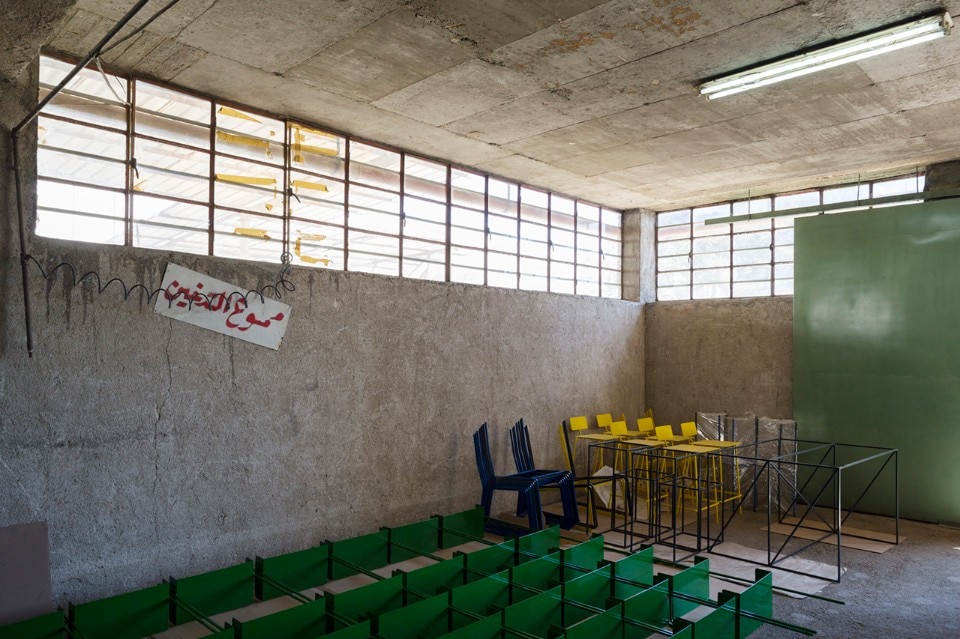
The Wonder Cabinet
The Wonder Cabinet is a project founded by Local Industries. The project aims at remodeling the historic Bandak Factory into a hybrid structure combining industrial production with a flexible cultural and social platform.
The Wonder Cabinet, a project by Local Industries, 2018
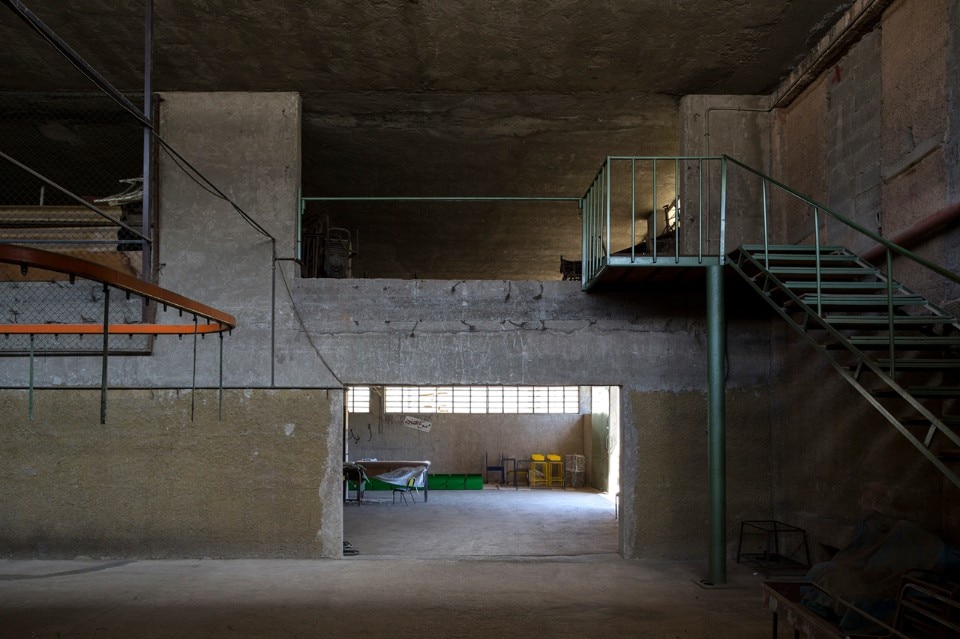
The Wonder Cabinet
The Wonder Cabinet is a project founded by Local Industries. The project aims at remodeling the historic Bandak Factory into a hybrid structure combining industrial production with a flexible cultural and social platform.
The Wonder Cabinet, a project by Local Industries, 2018
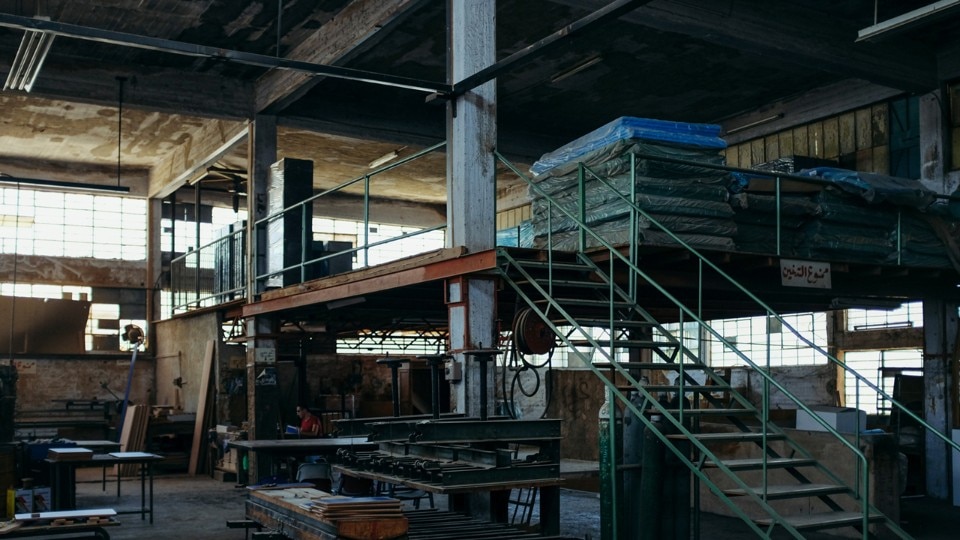
The Wonder Cabinet
The Wonder Cabinet is a project founded by Local Industries. The project aims at remodeling the historic Bandak Factory into a hybrid structure combining industrial production with a flexible cultural and social platform.
The Wonder Cabinet, a project by Local Industries, 2018
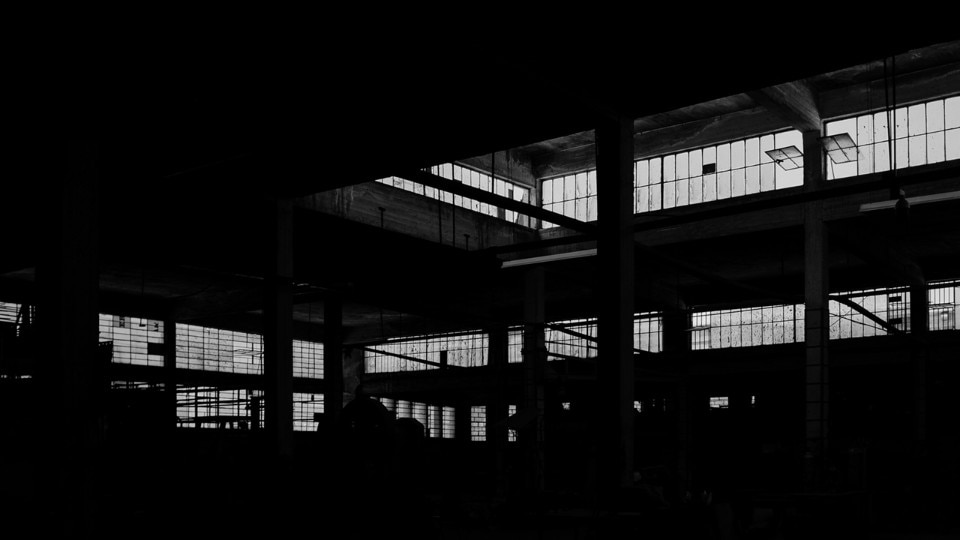
The Wonder Cabinet
The Wonder Cabinet is a project founded by Local Industries. The project aims at remodeling the historic Bandak Factory into a hybrid structure combining industrial production with a flexible cultural and social platform.
The Wonder Cabinet, a project by Local Industries, 2018
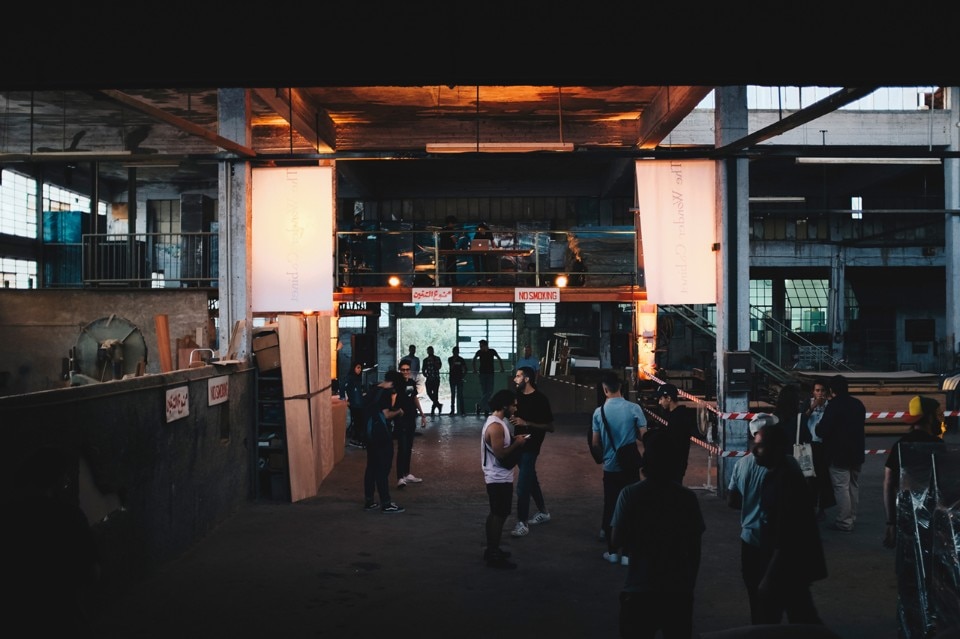
The Wonder Cabinet
The Wonder Cabinet is a project founded by Local Industries. The project aims at remodeling the historic Bandak Factory into a hybrid structure combining industrial production with a flexible cultural and social platform.
The Wonder Cabinet, a project by Local Industries, 2018
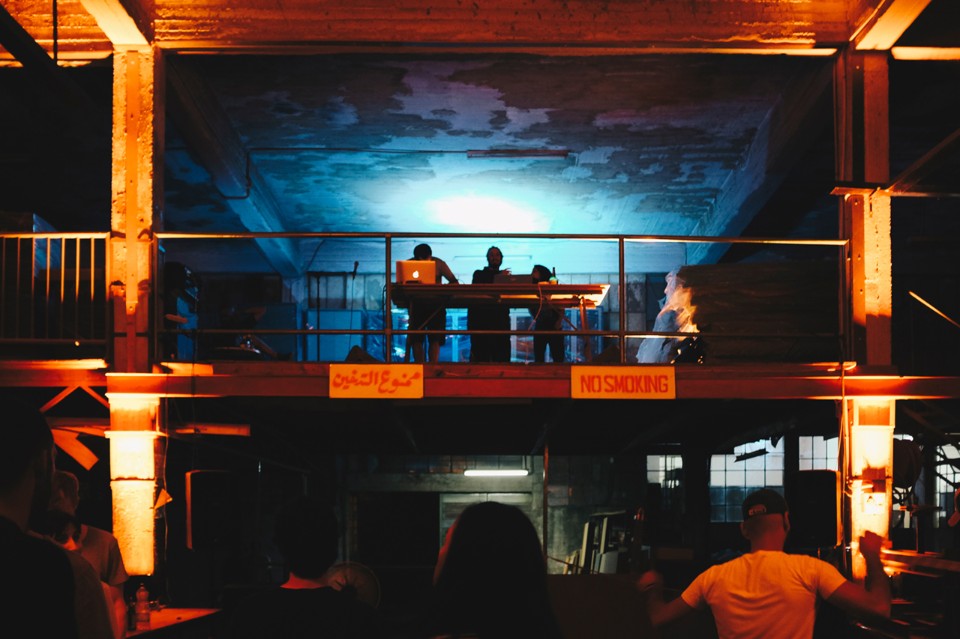
The Wonder Cabinet
The Wonder Cabinet is a project founded by Local Industries. The project aims at remodeling the historic Bandak Factory into a hybrid structure combining industrial production with a flexible cultural and social platform.
The Wonder Cabinet, a project by Local Industries, 2018
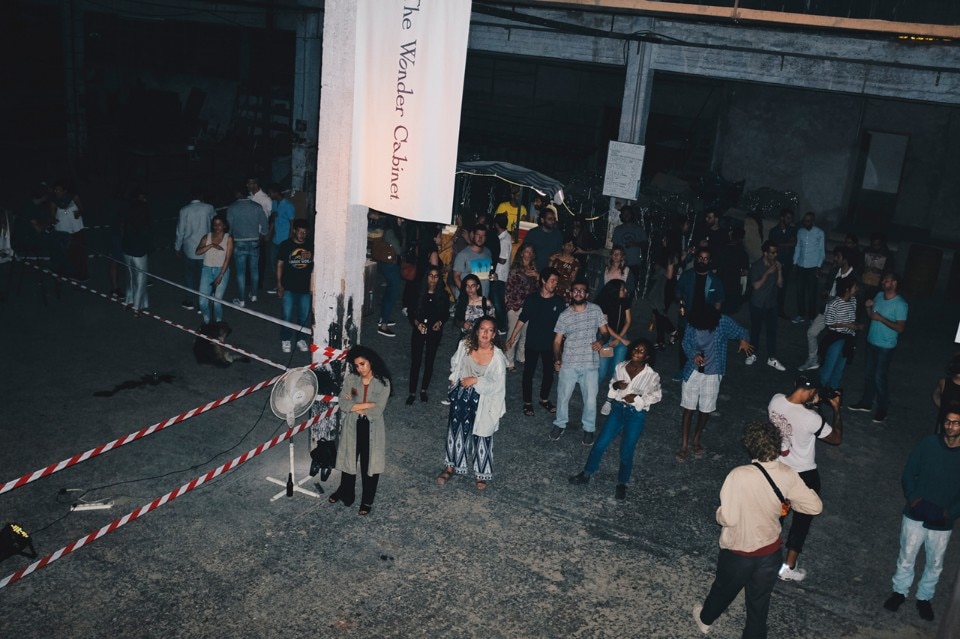
The Wonder Cabinet
The Wonder Cabinet is a project founded by Local Industries. The project aims at remodeling the historic Bandak Factory into a hybrid structure combining industrial production with a flexible cultural and social platform.
The Wonder Cabinet, a project by Local Industries, 2018
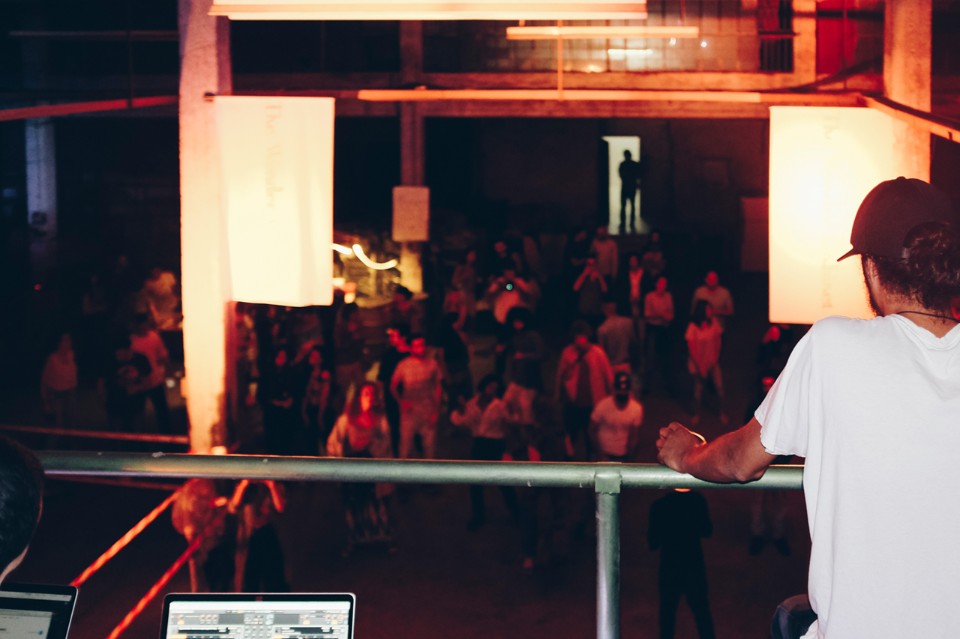
The Wonder Cabinet
The Wonder Cabinet is a project founded by Local Industries. The project aims at remodeling the historic Bandak Factory into a hybrid structure combining industrial production with a flexible cultural and social platform.
The Wonder Cabinet, a project by Local Industries, 2018
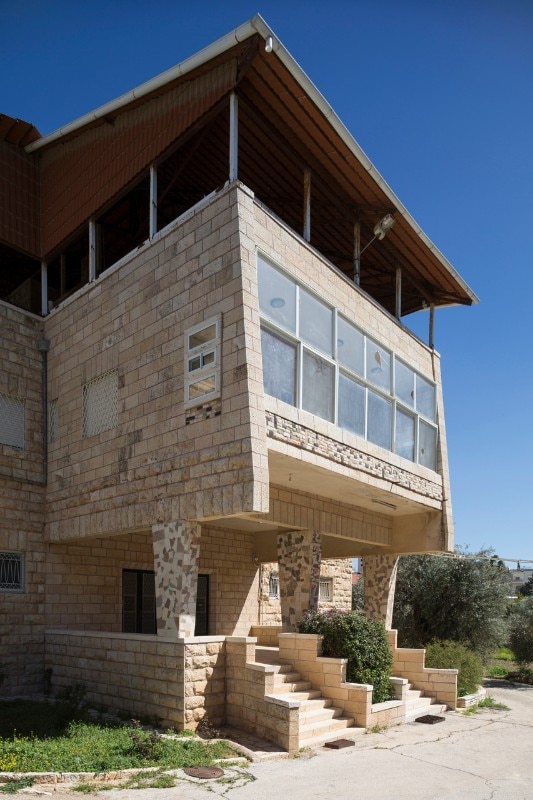
The Wonder Cabinet
The Wonder Cabinet is a project founded by Local Industries. The project aims at remodeling the historic Bandak Factory into a hybrid structure combining industrial production with a flexible cultural and social platform.
The Wonder Cabinet, a project by Local Industries, 2018

The Wonder Cabinet
The Wonder Cabinet is a project founded by Local Industries. The project aims at remodeling the historic Bandak Factory into a hybrid structure combining industrial production with a flexible cultural and social platform.
The Wonder Cabinet, a project by Local Industries, 2018

The Wonder Cabinet
The Wonder Cabinet is a project founded by Local Industries. The project aims at remodeling the historic Bandak Factory into a hybrid structure combining industrial production with a flexible cultural and social platform.
The Wonder Cabinet, a project by Local Industries, 2018

The Wonder Cabinet
The Wonder Cabinet is a project founded by Local Industries. The project aims at remodeling the historic Bandak Factory into a hybrid structure combining industrial production with a flexible cultural and social platform.
The Wonder Cabinet, a project by Local Industries, 2018

The Wonder Cabinet
The Wonder Cabinet is a project founded by Local Industries. The project aims at remodeling the historic Bandak Factory into a hybrid structure combining industrial production with a flexible cultural and social platform.
The Wonder Cabinet, a project by Local Industries, 2018

The Wonder Cabinet
The Wonder Cabinet is a project founded by Local Industries. The project aims at remodeling the historic Bandak Factory into a hybrid structure combining industrial production with a flexible cultural and social platform.
The Wonder Cabinet, a project by Local Industries, 2018

The Wonder Cabinet
The Wonder Cabinet is a project founded by Local Industries. The project aims at remodeling the historic Bandak Factory into a hybrid structure combining industrial production with a flexible cultural and social platform.
The Wonder Cabinet, a project by Local Industries, 2018

The Wonder Cabinet
The Wonder Cabinet is a project founded by Local Industries. The project aims at remodeling the historic Bandak Factory into a hybrid structure combining industrial production with a flexible cultural and social platform.
The Wonder Cabinet, a project by Local Industries, 2018

The Wonder Cabinet
The Wonder Cabinet is a project founded by Local Industries. The project aims at remodeling the historic Bandak Factory into a hybrid structure combining industrial production with a flexible cultural and social platform.
The Wonder Cabinet, a project by Local Industries, 2018

The Wonder Cabinet
The Wonder Cabinet is a project founded by Local Industries. The project aims at remodeling the historic Bandak Factory into a hybrid structure combining industrial production with a flexible cultural and social platform.
The Wonder Cabinet, a project by Local Industries, 2018

The Wonder Cabinet
The Wonder Cabinet is a project founded by Local Industries. The project aims at remodeling the historic Bandak Factory into a hybrid structure combining industrial production with a flexible cultural and social platform.
The Wonder Cabinet, a project by Local Industries, 2018


